The travel bucket list of 2023
Destination inspiration featuring Madeira, Indonesia and Finland
- Madeira, Portugal
- A luxurious sailing trip in Indonesia
- Paimio Sanatorium, Finland
- Zanzibar, Indian Ocean
- Genoa, Italy
- Lizard Lighthouse, Cornwall, England
- Meganisi, Greece
- North Yorkshire, England
- Gaspé Peninsula, Canada
- Ronda, Andalusia, Spain
- Pensacola, Florida, US
- Timișoara, Romania
- Warsaw, Poland
- Bay of Somme, France
- Broughton Estate, Yorkshire, England
- The Ridgeway, England
- Reus, Spain
- Crete, Greece
- Sorrento, Italy
- Kakheti, Georgia
- Faro, Portugal
- Croyde, North Devon, England
- Block Island, New England
- Karlovy Vary, Czech Republic
- Bordighera, Italy
- Kentucky, US
- Inner Hebrides, Scotland
- Staithes, North Yorkshire, England
- Clare Valley, Australia
- Andalucia on horseback, Spain
- Copper Canyon by train, Mexico
- Southwell, Nottinghamshire, England
- Salzkammergut, Austria
- Burlington, Vermont
- Wallingford, Oxfordshire, England
- Jutland
- Gorillas, Masai Mara and Zanzibar
- Belsay Hall, Northumberland, England
- Sierra de Guadarrama, Spain
- Lake Mergozzo, Italy
- Chesil Beach, Dorset, England
- Svalbard, Norway
- Cincinnati, Ohio
- Bhutan
- The Hebrides, Scotland
- Fort Myers, Florida
- Fagaras Mountains, Romania
- Cape May, New Jersey, US
- Camembert, Normandy, France
- Orford Ness, Suffolk, England
- Fjords of Norway
- Isle of Mull, Inner Hebrides, Scotland
- Madeira, Portugal
- Costa da Morte, Spain
- North York Moors, Yorkshire, England
- Stockholm, Sweden
- Kyrgyzstan
- Dee Valley, north Wales
- Balloon safari, Serengeti, Tanzania
- Touring hidden Vietnam
- Poetry cure at Bishop’s Castle, Shropshire
- Lakeside safari in Zimbabwe
- Glamping in Utah, US
- Gothenburg, Sweden
- Africa House at Royal Malewane, South Africa
- Limerick Greenway, Ireland
- Val d’Hérens, Switzerland
- A Taiwanese street scene
- Walking with sheep in Wales
- Nîmes, France
- Less visited Italian coastlines
- Skomer Island, Wales
- Rafting Albania’s wild rivers
- Belém, Brazil
- Chausey: an island idyll in the Channel
- Tarifa, Spain
- Horezu, Romania
- Ennerdale Valley, Lake District, England
- Menorca, Spain
- Lucca, Italy
- A lovely mile of England’s coast
- Zibo, China
- The Brando in French Polynesia
- Sun-drenched Montenegro
- Rotterdam, The Netherlands
- The ancient Greeks in Sicily
- Monsanto, Portugal
- Lancashire’s culinary delights
- Looking for the Wicker Man in Scotland
- A lakeside holiday in Hungary
- Bonaire: birdwatching in the Caribbean
- A wine tour in northern Greece
- Suva: a South Seas metropolis
- Handling eagles in Wales
- George Town’s spicy delights
- Danube Delta, Romania
- An epic rail journey across Norway
- Seeking out sea cows in Florida
- Olhão, Algarve, Portugal
- Skating in the Finnish wilds
- Heavenly hiking in Death Valley
- A brewery in Botswana
- Harvest of riches on Chios
- Dominica: a wild Caribbean island
- Accra's booming art scene
- The mixed appeal of Kalkan
- Shrewsbury’s starring role
- Wine tasting in 'Sideways' territory
- Seaside holidays on Bulgaria's Black Sea coast
- Bear spotting in Finland
- Aruba: a Dutch island in the Caribbean
- A loop around Lake Michigan
- Enticing Eastbourne
- Fabulous bathing in Iceland
- Culinary treats in Tel Aviv
- Finding peace on Patmos
- Living it up in Porto
Sign up to The Week's Travel newsletter for destination guides and the latest trends
The wilder side of Madeira
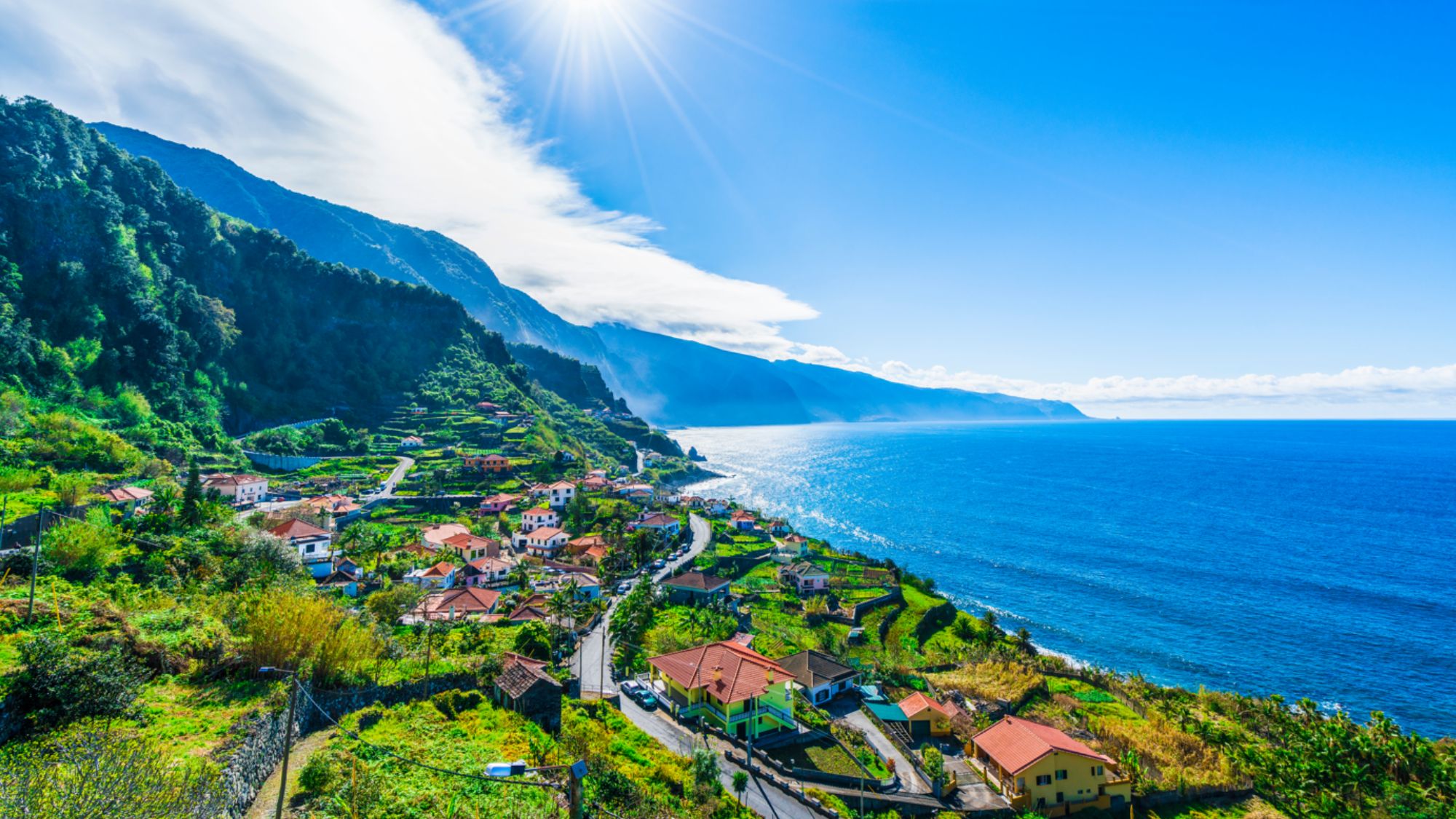
The northern coast of Madeira feels rugged and remote
Until the 1990s, it took six hours to get from Madeira's southern capital, Funchal, to the island's north coast. Since then, new roads have cut the journey to 45 minutes, said David Taylor in The Daily Telegraph, but the area still feels rugged and remote. Indeed, with its towering green peaks and vertiginous coastline, it is the most beautiful part of the island, home to a variety of microclimates so distinctive as to be "barely believable", from "subtropical pockets" to "Scottish-style forests". The climate is mild year-round (Madeira was settled by the Portuguese in 1420, but lies off the coast of Morocco), and there's no end of outdoor activities to enjoy, from cycling to surfing, as well as a pleasant new place to stay, Terrabona, a collection of "modernist" villas in a valley that "wouldn't look out of place in Jurassic Park".
A luxurious sailing trip in Indonesia
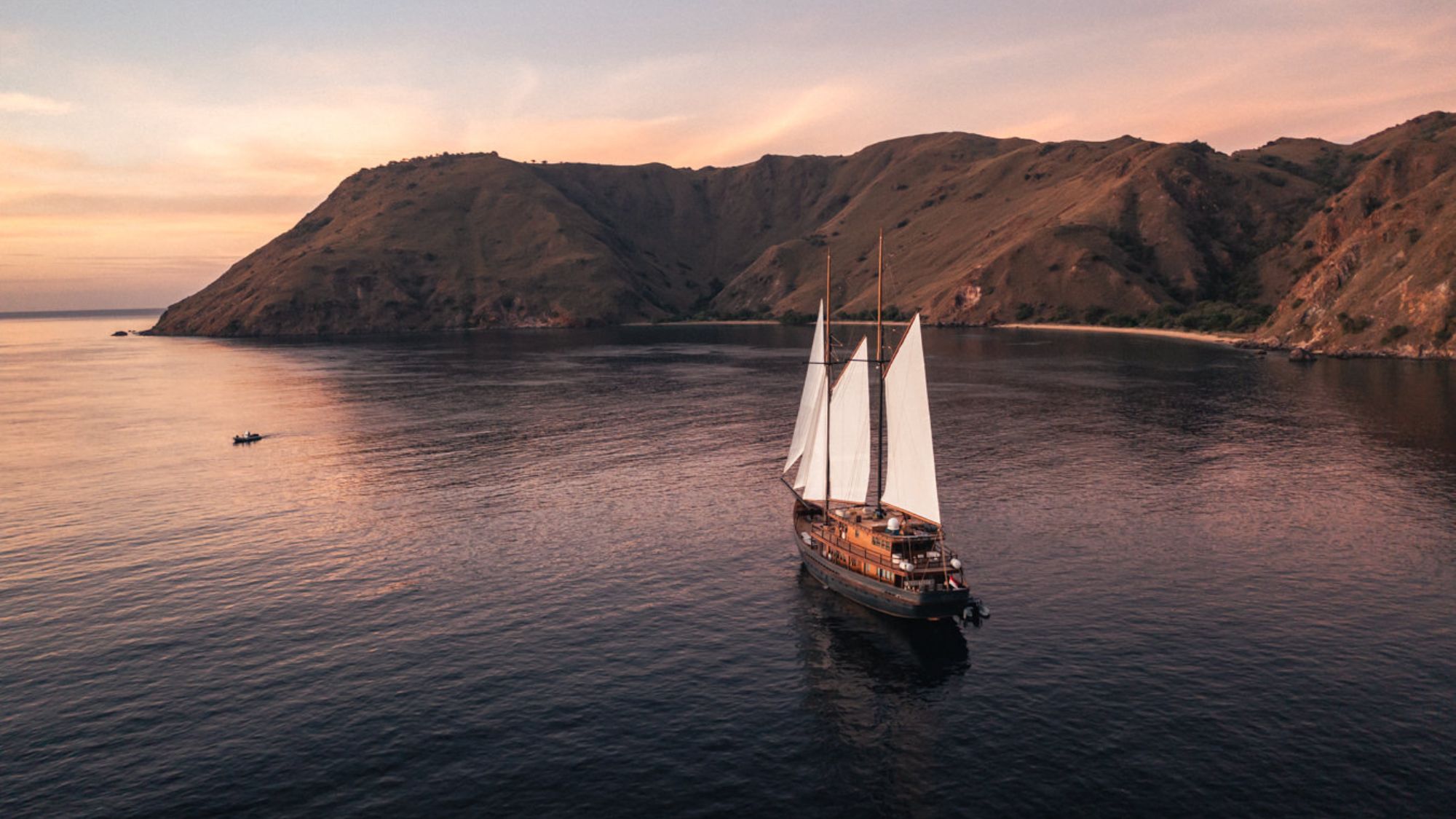
Fully rigged for sailing, Vela has room for 12 guests and a crew of 18
There's no more "romantic" way to explore Indonesia's remote islands than by phinisi – and among the newest and most luxurious of these traditional wooden boats is the Vela, said Sunil Badami in Condé Nast Traveller. Fully rigged for sailing, this 164ft vessel has room for 12 guests and a crew of 18, including a yoga instructor and a mixologist. You might sail in it to Raja Ampat or Cenderawasih, to swim with manta rays and whale sharks, but great adventures can also be had in the Komodo National Park, close to its home port on Flores. The park's islands and coral reefs offer great hiking and snorkelling, and it is famously home to komodo dragons, the world's biggest lizards at up to 10ft long – a thrilling sight in the park's "primeval" jungle. Charter from £11,900 a night, all-inclusive; sailvela.com
The Week
Escape your echo chamber. Get the facts behind the news, plus analysis from multiple perspectives.

Sign up for The Week's Free Newsletters
From our morning news briefing to a weekly Good News Newsletter, get the best of The Week delivered directly to your inbox.
From our morning news briefing to a weekly Good News Newsletter, get the best of The Week delivered directly to your inbox.
A sanatorium stay in Finland

The former Paimio Sanatorium in Finland has recently opened to visitors
A modernist masterpiece designed by Alvar Aalto in 1933, the former Paimio Sanatorium in Finland has recently opened to visitors, with guided tours and also, for the time being at least, apartments for holidaymakers to rent. And it's well worth visiting, by "design enthusiasts", of course, but also anyone in search of "untouched art deco splendour and restful escape", said Helen Barrett in The Guardian. Built as a place for tuberculosis patients to convalesce in the days before antibiotics, the "brilliant-white", elegantly curving building sits deep in a pine forest outside Helsinki, towering over the treetops like an "ocean liner". Its interiors, designed by Aalto's architect partner and wife Aino, are a "delirious dream", from the "vast" lobby with its "canary yellow" floor to the "immaculate" and "utterly silent" rooms. The highlight is the roof terrace – a "sweeping" concrete platform where patients were wrapped in lambskin sleeping bags and encouraged to sunbathe for hours.
Zanzibar's easygoing charm
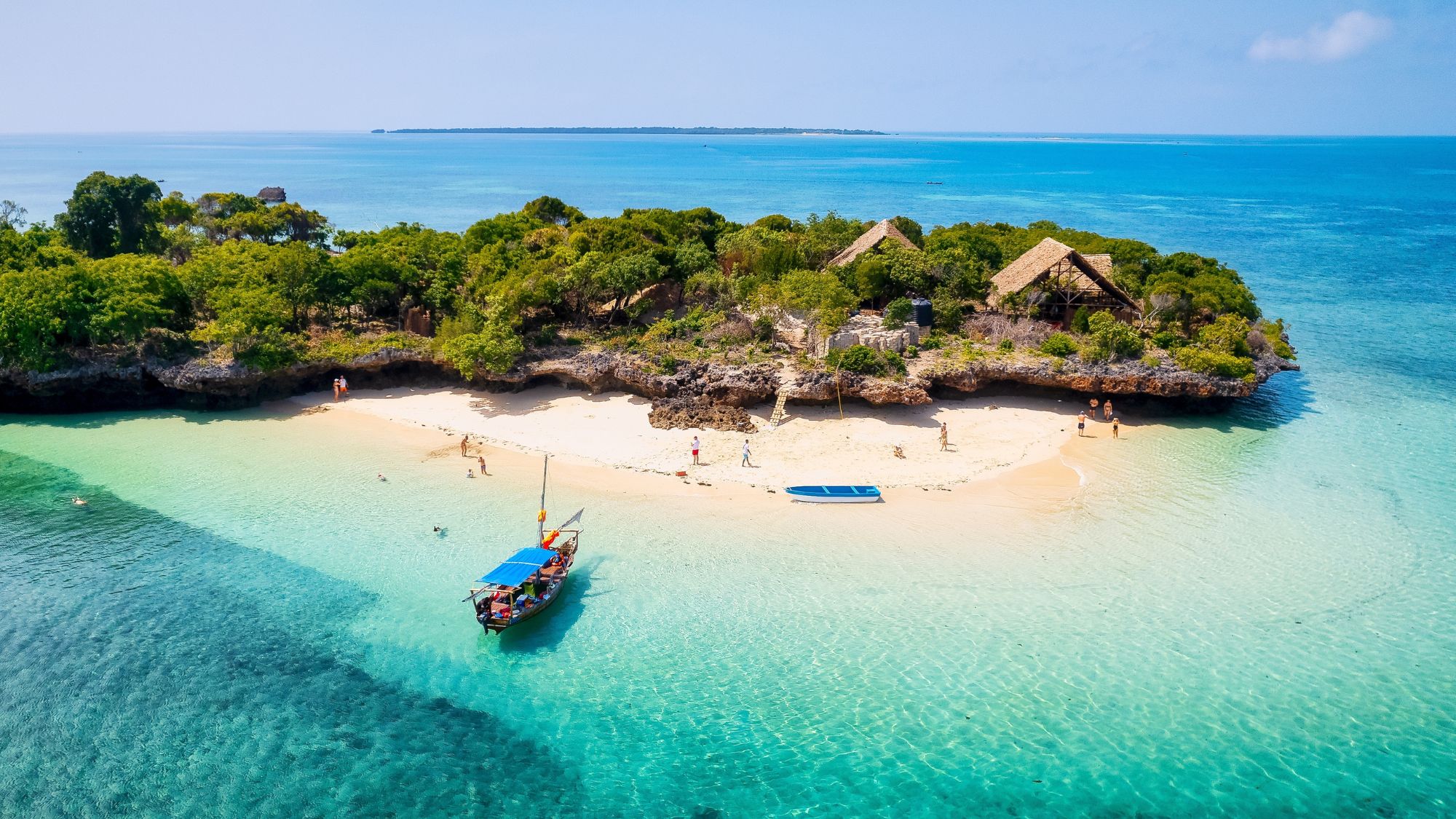
Zanzibar has 'sugar-white' beaches and a rich history
Zanzibar has all the "sugar-white" beaches you could want from an Indian Ocean archipelago, said Adam Edwards in The Sunday Times, but it also offers a richer history, lower prices, and a more sociable scene than most. Easy to reach from the Tanzanian city of Dar es Salaam, it has a few exclusive resorts, but most visitors stay in smaller hotels or holiday lets. On Unguja, the main island, it's worth spending a couple of days in the historical part of Zanzibar City, Stone Town, with its souks and Omani merchants' houses. Dongwe village is best for surfing, and Kiwengwa and Paje have lots of bars and cafés with an "easy-mingling feel". But at 53 miles long, the island is small enough that all the activities on offer – from water sports to jungle walks – are "doable wherever you stay".
The gritty charms of Genoa
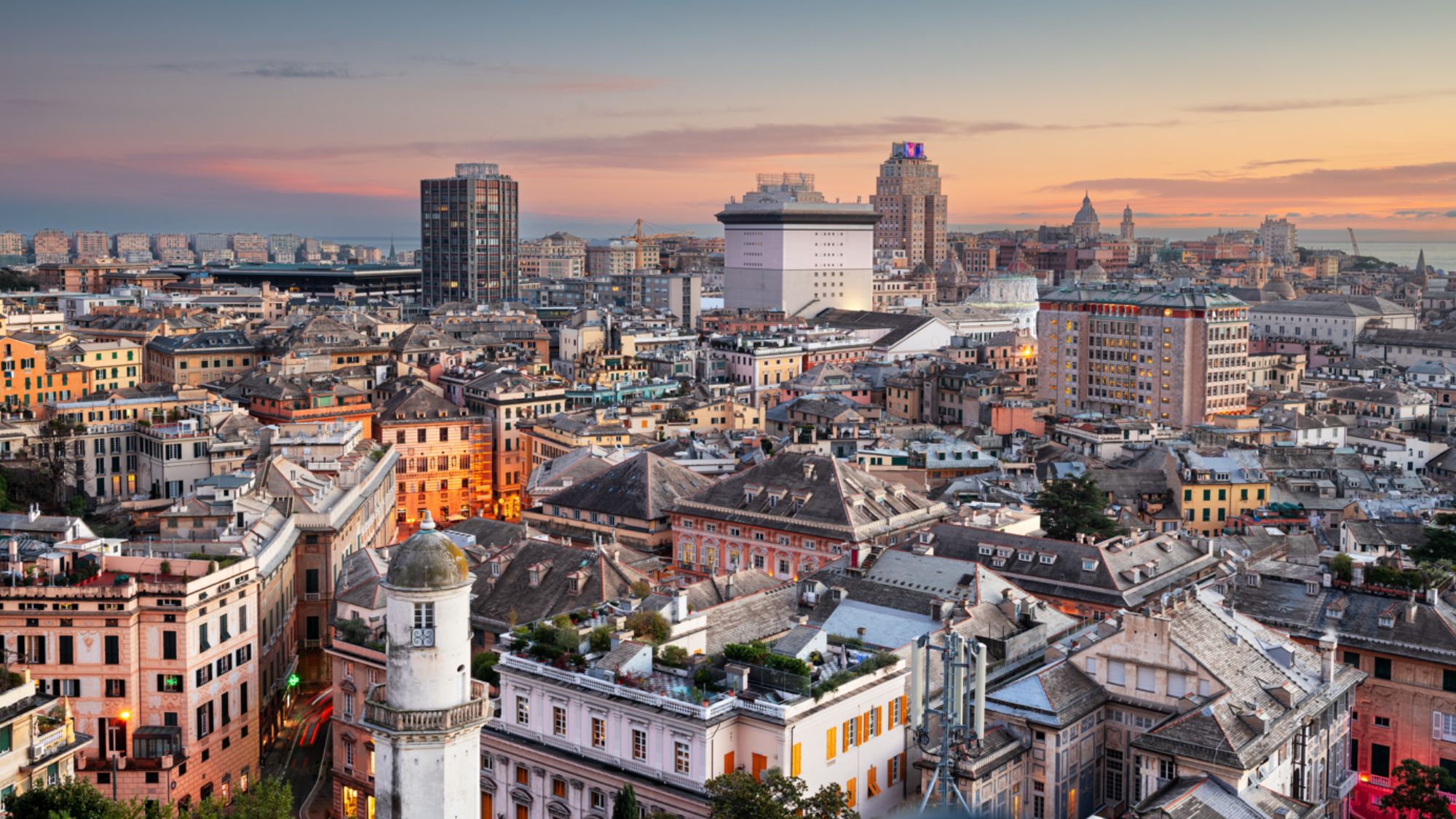
Genoa is the capital of northwest Italy's Liguria region
It is Italy's largest commercial port, an industrial city that has long shied away from the tourist limelight – but part of Genoa's appeal lies in its grittiness and freedom from ogling crowds, said Maria Shollenbarger in the FT. During the Renaissance and for a while afterwards, the city had "staggering" wealth and power, and its historic churches and palaces rival those of Rome and Naples. Many of its treasures are hidden away behind grand facades in the shadowy alleyways, or carrugi, of its historic centre, which means you do have to "dig a bit for your dazzle". But recent restoration efforts have made the task easier, such as at Palazzo Spinola (which is home to paintings by Tintoretto, Rubens and others), nearby Palazzo Rosso (which has another fine collection), and Palazzo Durazzo, newly opened as a hotel, where you'll find beautiful 17th century frescoes and "some well-judged" contemporary art.
Staying in a lighthouse in Cornwall

Lizard Lighthouse in Cornwall has six cottages available to rent
There's something irresistibly romantic about lighthouses, especially in the depths of winter. Since the late 1990s, the UK's have all been automated, and many of their keepers' cottages are now available to rent. The six at the Lizard Lighthouse in Cornwall are wonderfully cosy – perfect for a break at this time of year, said Wyl Menmuir in The Guardian. Perched at Great Britain's southernmost point, they offer great "storm-watching opportunities", with views over "dramatic" cliffs and islands where "huge" waves crash. The five-mile circular walk along "samphire-lined" cliffs to the much-photographed Kynance Cove is good for calmer days, and the little village of Lizard, with shops and pubs, lies just inland. Be warned, however – if visibility is poor at night, the lighthouse's foghorn goes into action. "Thankfully, earplugs are provided." See ruralretreats.co.uk
A free daily email with the biggest news stories of the day – and the best features from TheWeek.com
The small Greek island loved by celebrities
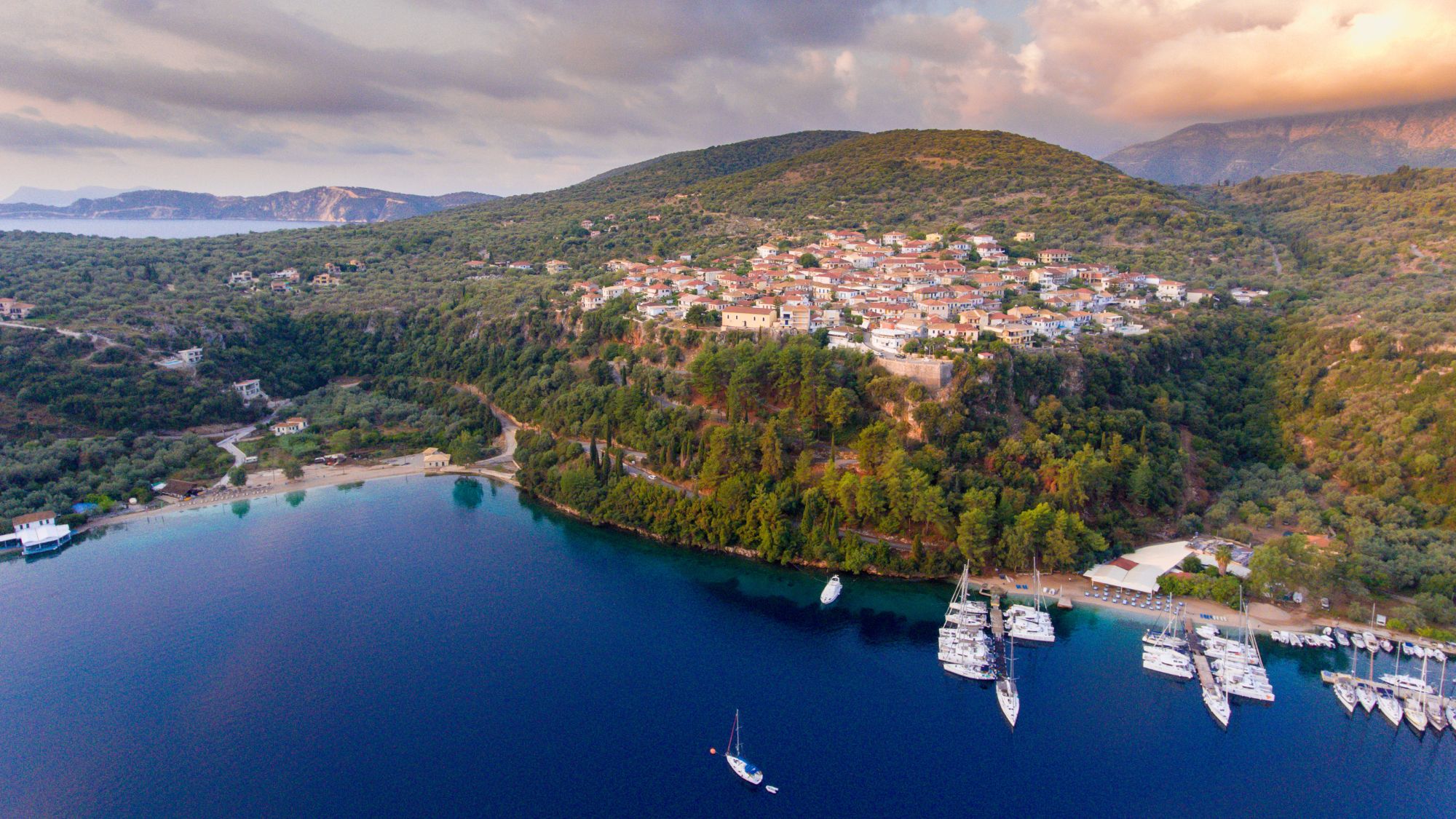
Madonna and Rafael Nadal have both spent time on Meganisi
The Greek island of Meganisi has seen plenty of celebrity visitors in recent years, from Madonna to Rafael Nadal – drawn, perhaps, by its "lush", forested hills, beautiful beaches and "crystal-clear" waters. But it remains open to "mere mortals" too, said Greg Dickinson in The Daily Telegraph, unlike neighbouring Skorpios, the privately owned island where Jackie Kennedy and Aristotle Onassis married in 1968. There's not a great deal to see – the island is only four miles wide – but pottering between its many "bays and beach bars" is delightful, as is its hilltop village, Spartochori, with its whitewashed houses and ubiquitous bougainvillea. Fly to nearby Preveza, having rented a villa (Vintage Travel has six on its books), and don't miss the friendly, family-run Stavros taverna on Vathy Bay, one of the island's unusually deep, fjord-like inlets.
A winter break in North Yorkshire
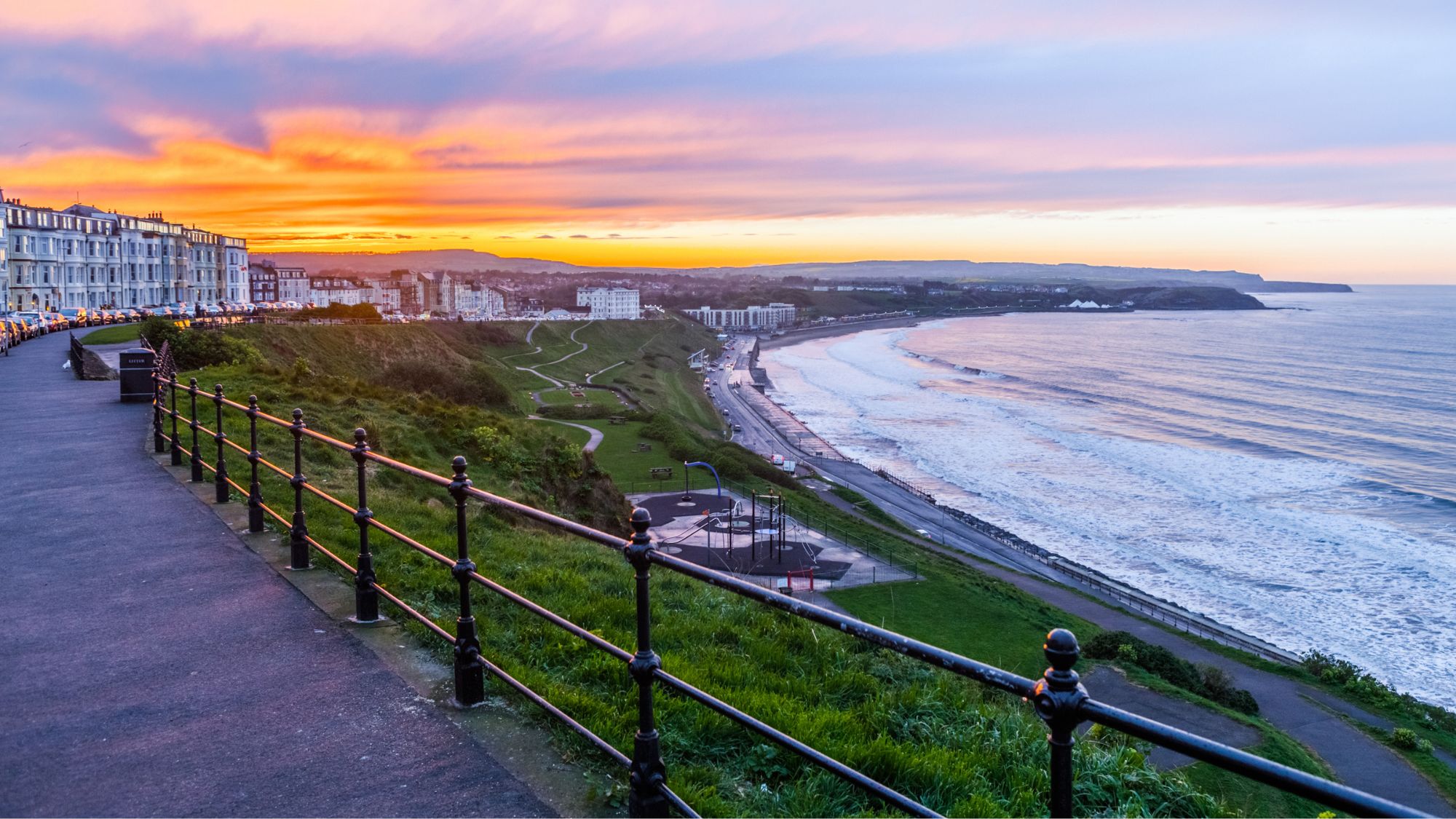
Scarborough has two 'huge' sandy beaches
With half as much winter rain as parts of the West Country, the Yorkshire coast is a great place for a "bright, bracing" off-season break, said Liz Boulter in The Guardian. Scarborough makes a good base, with its 12th century castle and two "huge" sandy beaches where you can see the fossilised footprints of giant dinosaurs in the rocks. Fifteen minutes by train to the south lies the lovely old resort town of Filey, and beyond that, Bridlington. (It is "a silent place" in winter, wrote T.E. Lawrence, who was stationed here in 1934, "where cats and landladies' husbands walk silently down the middle of the streets".) In between is the RSPB reserve at Bempton, where the 100-metre cliffs are home to thousands of gannets, as well as razorbills, guillemots and other birds. They are an "astonishing" spectacle – and incredibly noisy too.
Canada's beautiful Gaspé Peninsula
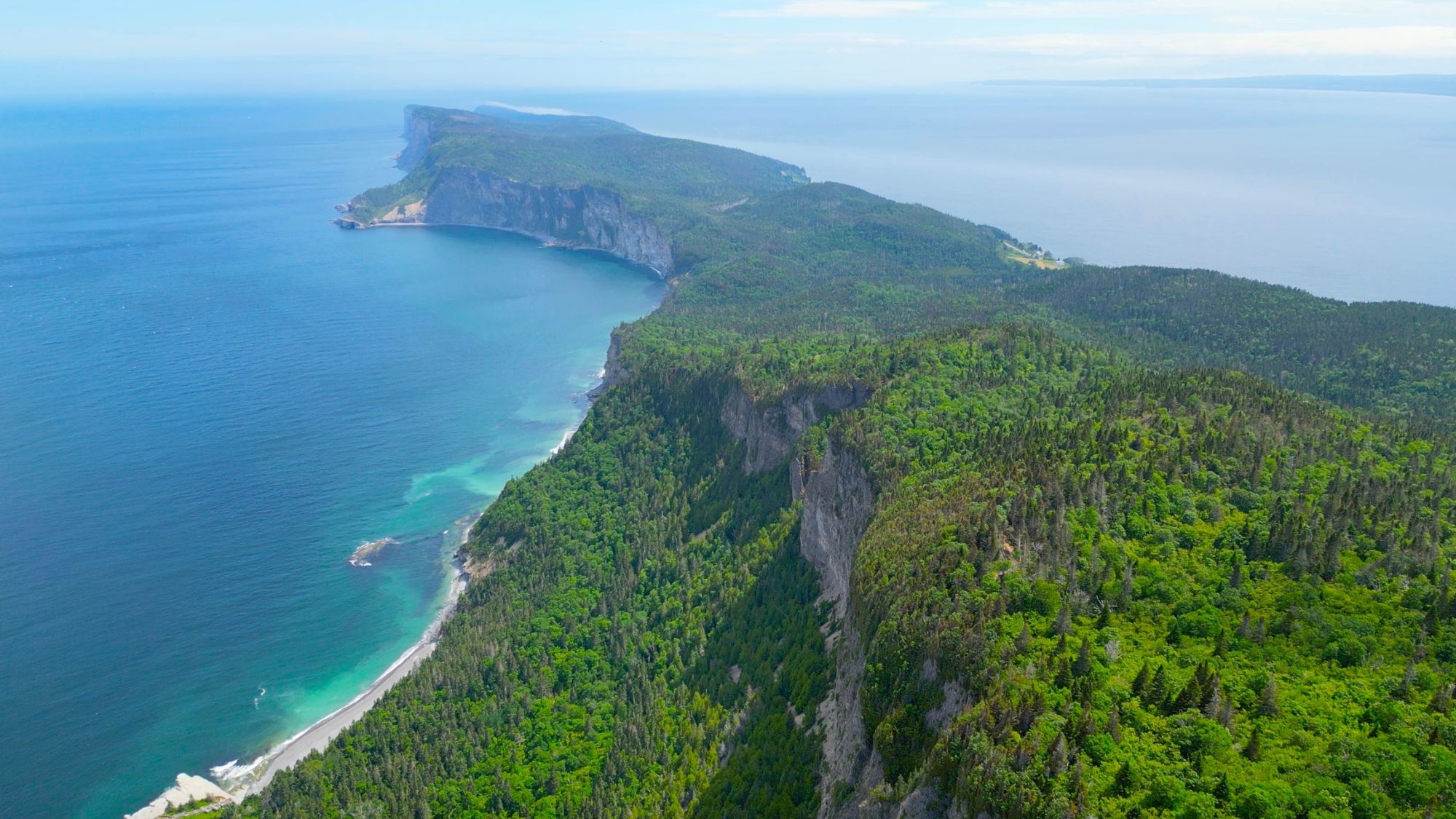
Forillon National Park on the eastern tip of the Gaspé Peninsula
Drive eastwards out of Quebec City along the vast estuary of the St Lawrence River, and you'll soon find yourself on the Gaspé Peninsula, a wild hunk of Canada pointing towards the island of Newfoundland and the open Atlantic beyond. It's a place of "exceptional beauty", said Nina Caplan in Travel + Leisure, with its forested hills, sea-cliffs and "salt-scented air". The 565-mile loop around it will take you through pretty fishing villages with wonderful seafood restaurants and microbreweries, and past Reford Gardens (a "botanical paradise" created by a wealthy Ontarian, Elsie Reford, in 1926) and the town of Gaspé, where the maritime explorer Jacques Cartier arrived in 1534 and claimed the land beyond for France. There are also four national parks, home to black bears, lynx, beavers and more, which are known for their excellent hiking, kayaking and whale-watching trips.
Walking in southern Andalusia
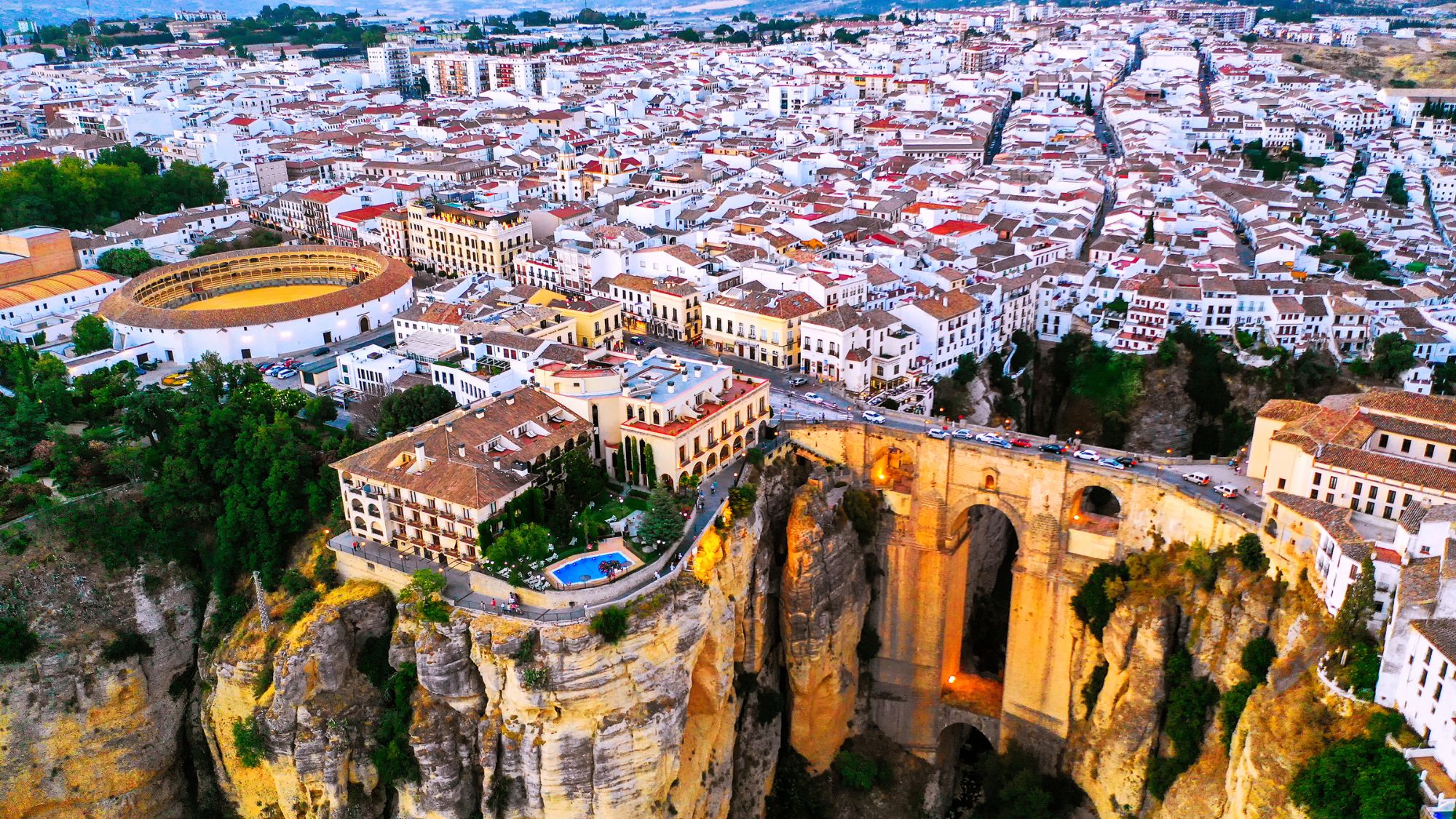
Ronda: 'the city of dreams'
The poet Rainer Maria Rilke called the Spanish town of Ronda – known for its spectacular setting on a deep gorge – "the city of dreams". These days, it is deluged with "day-trippers from the Costa del Sol", said James Stewart in The Sunday Times. But on one of Pura Aventura's Andalusian walking trips, you can visit briefly and then get out into the surrounding countryside, where there are far fewer visitors. It's a region of strange beauty, scarcely changed by the centuries, its "muscular" mountains shining with "fierce bronze light", its air heavy with the scent of wild herbs. Among the highlights of the operator's eight-day itineraries are beautiful white villages such as Montejaque and Grazalema, small hotels with gardens "like a Moorish dream of paradise", and visits to boutique wineries specialising in grape varieties "long lost elsewhere", including corchera, blasco and la melonera.
A historic beach town in Florida
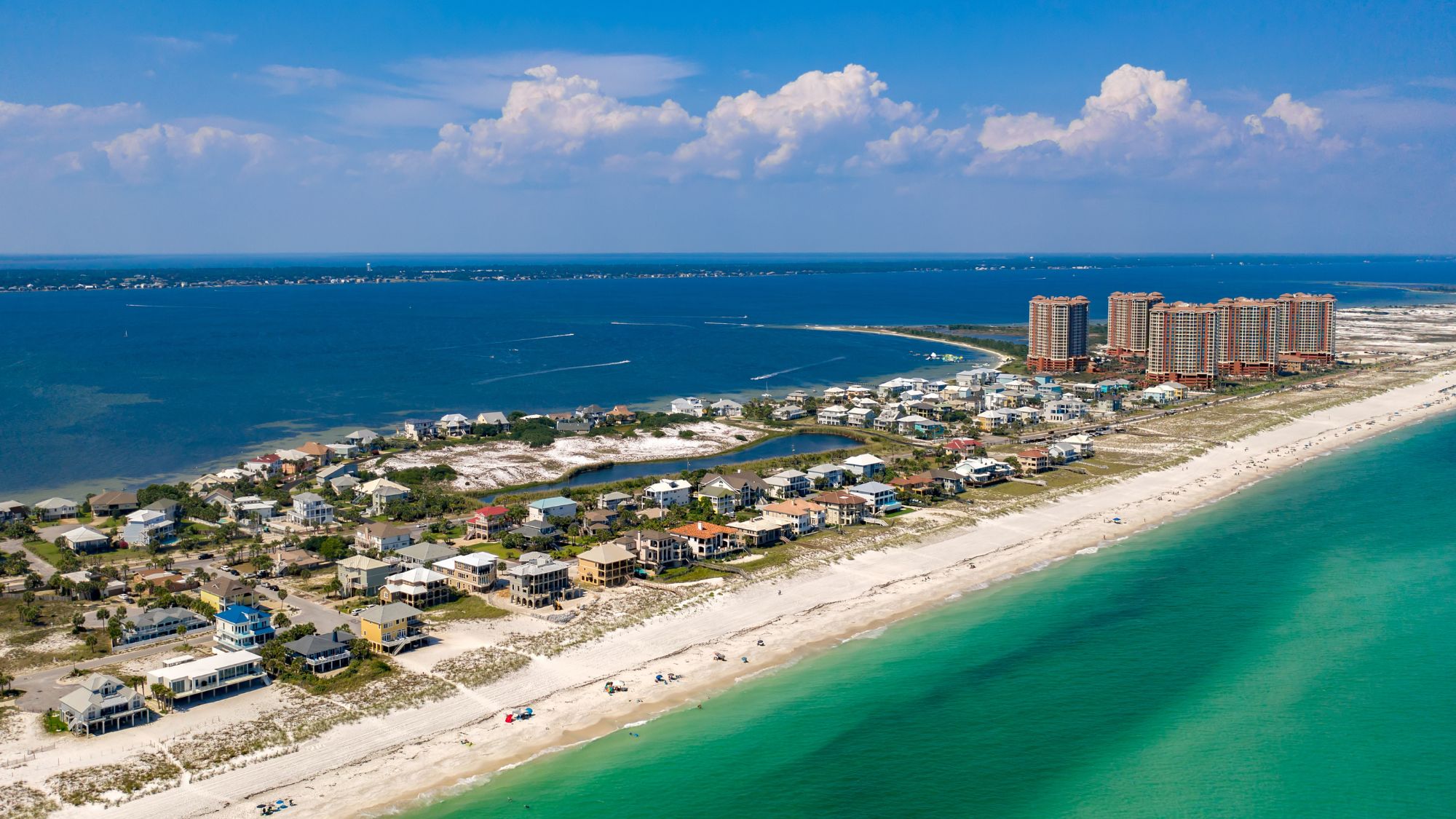
Pensacola is a near-perfect seaside town
Founded by the conquistador Tristán de Luna in 1559, Pensacola is the oldest European settlement in the US. It is also a near-perfect seaside town, said Jonathan Thompson in The Times, with vast white-sand beaches, "calm turquoise waters" and "handsome" old streets. For "an excellent twin-destination trip", you might fly into New Orleans, which lies an easy, scenic three-hour drive away (much closer than Miami), and spend a few days there before moving on to Pensacola. This will doubtless remind you of the bigger city – it has the same "raised Creole houses, pocket-sized courtyards and grand cast-iron balconies", together with some "stellar" restaurants and "intriguing" galleries and museums. But it is also a "water-sports heaven", with more than 100 wrecks for divers to explore off its coast, and it hosts "a bevy of annual festivals", including April's Interstate Mullet Toss – a fish-throwing competition and beach party.
A delightful small city in Romania
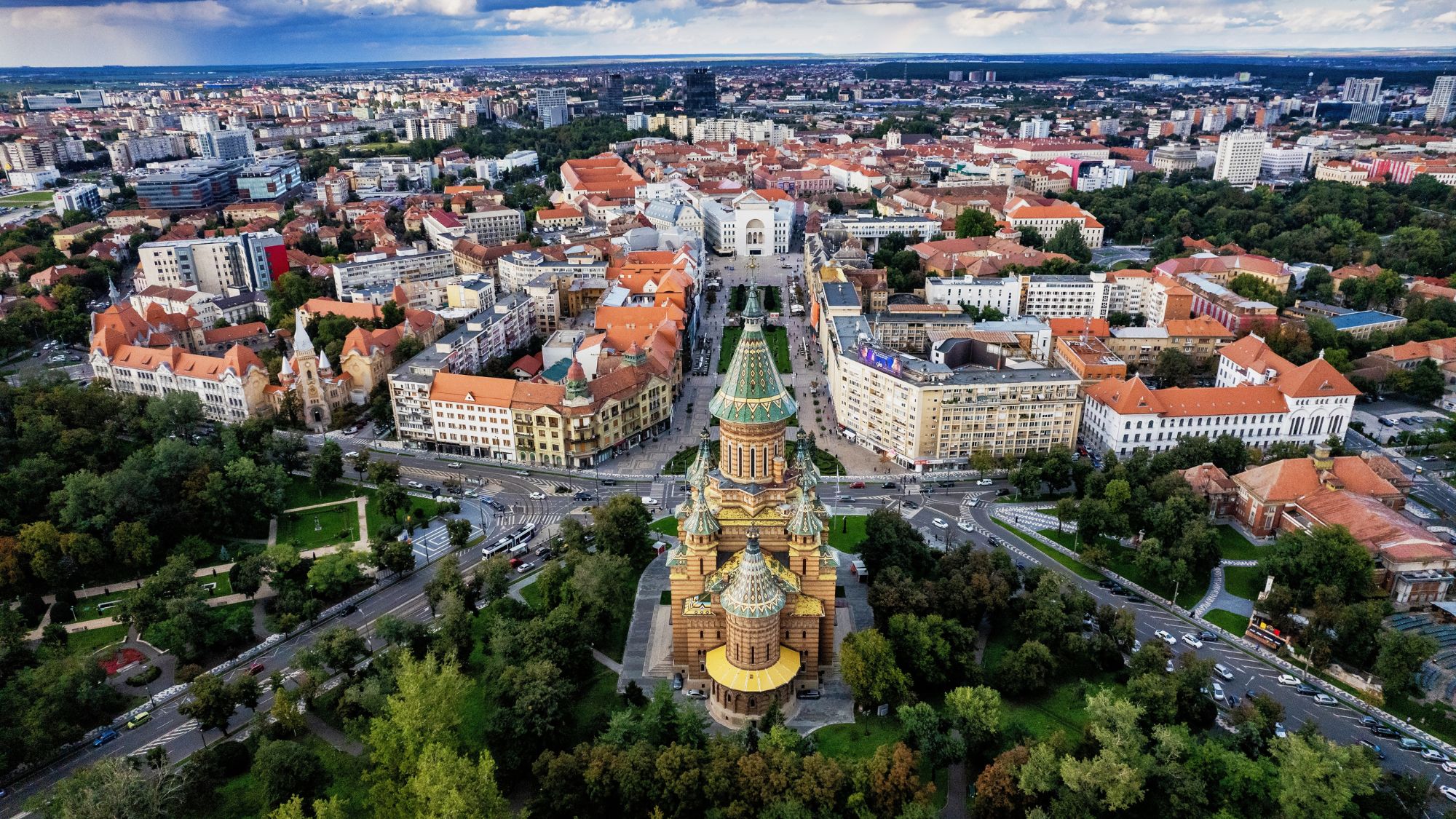
Timișoara is one of Eastern Europe's loveliest small cities
Located in the far west of Romania – closer to Budapest and Belgrade than to Bucharest – Timișoara is one of Eastern Europe's loveliest small cities, but still "relatively undiscovered" by foreign tourists, said Andy Trincia in The New York Times. Best known for its role in the revolution of 1989, it is rich in colourful baroque and Viennese secession (art nouveau) buildings, all dating from the long period of Austro-Hungarian rule. It's a delightful place to while away a long weekend, with some good restaurants (try Miorita and Vinto for traditional Romanian fare), several "verdant" parks along a willow-lined canal, and a few interesting museums (go soon for the major exhibition of the sculptor Brâncusi's work, which is at the National Museum of Art until 28 January).
The many sides of vibrant Warsaw
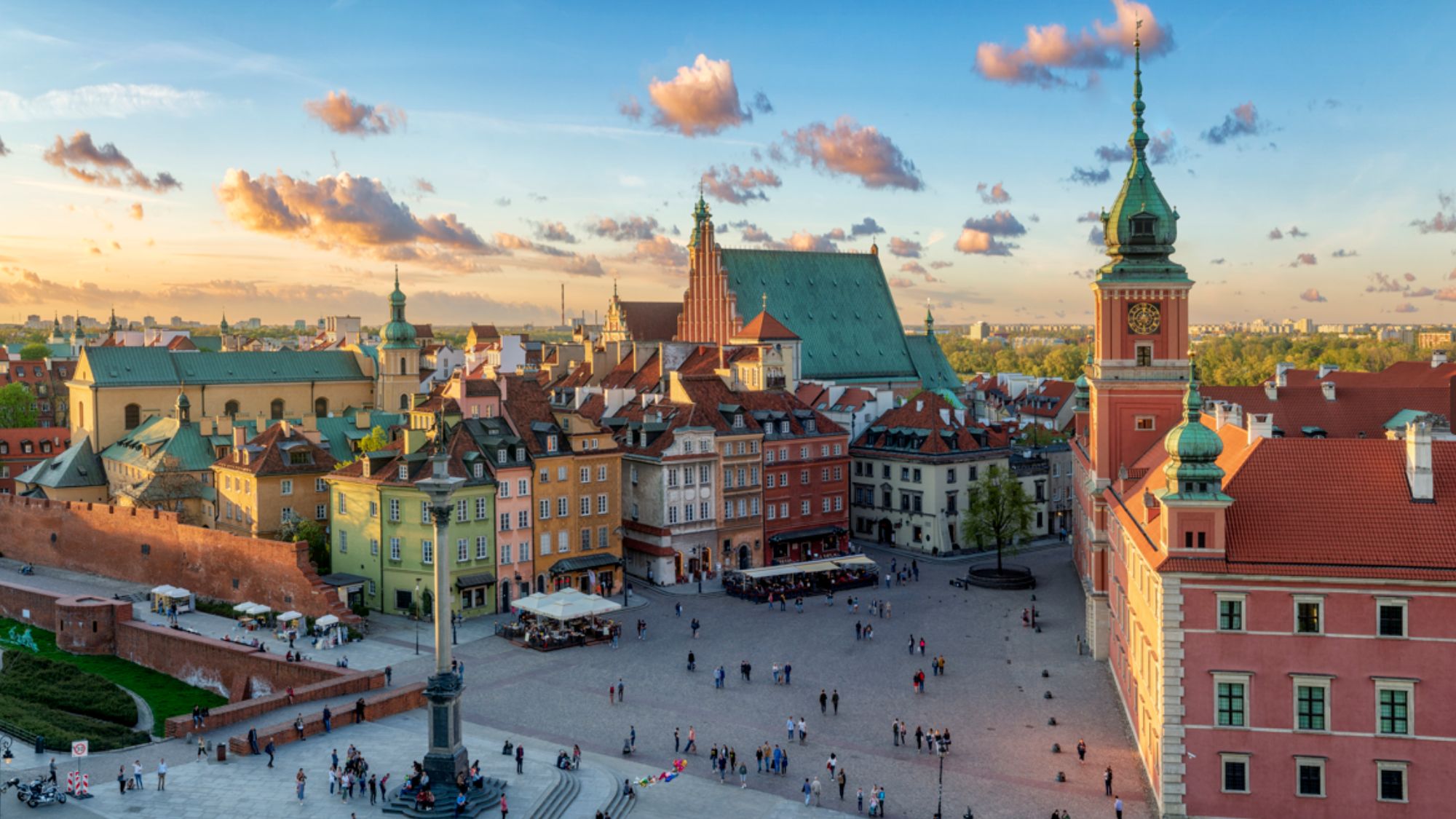
Warsaw: 'buzzy' and rich in culture
Poland's economy has boomed in recent years, and Warsaw has "a quality rare in European capitals these days: excitement about the future". The city is not exactly beautiful, said Orlando Bird in The Daily Telegraph, but it is "buzzy", rich in culture and pleasingly affordable. There's much to see in the Old Town (rebuilt with "stubborn pride" after the Second World War), and the nearby Hotel Bristol ("an art nouveau gem") makes a good base. But don't miss the Soviet side of the city – once grim, now full of life (even the old KGB headquarters has been transformed into a "warren of cafés and bars"). And set aside time for the city's "excellent" museums, including the Museum of Life under Communism ("radiantly kitsch and quietly depressing in equal measure") and the "profoundly moving" Polin Museum of the History of Polish Jews.
An old railway around the Somme
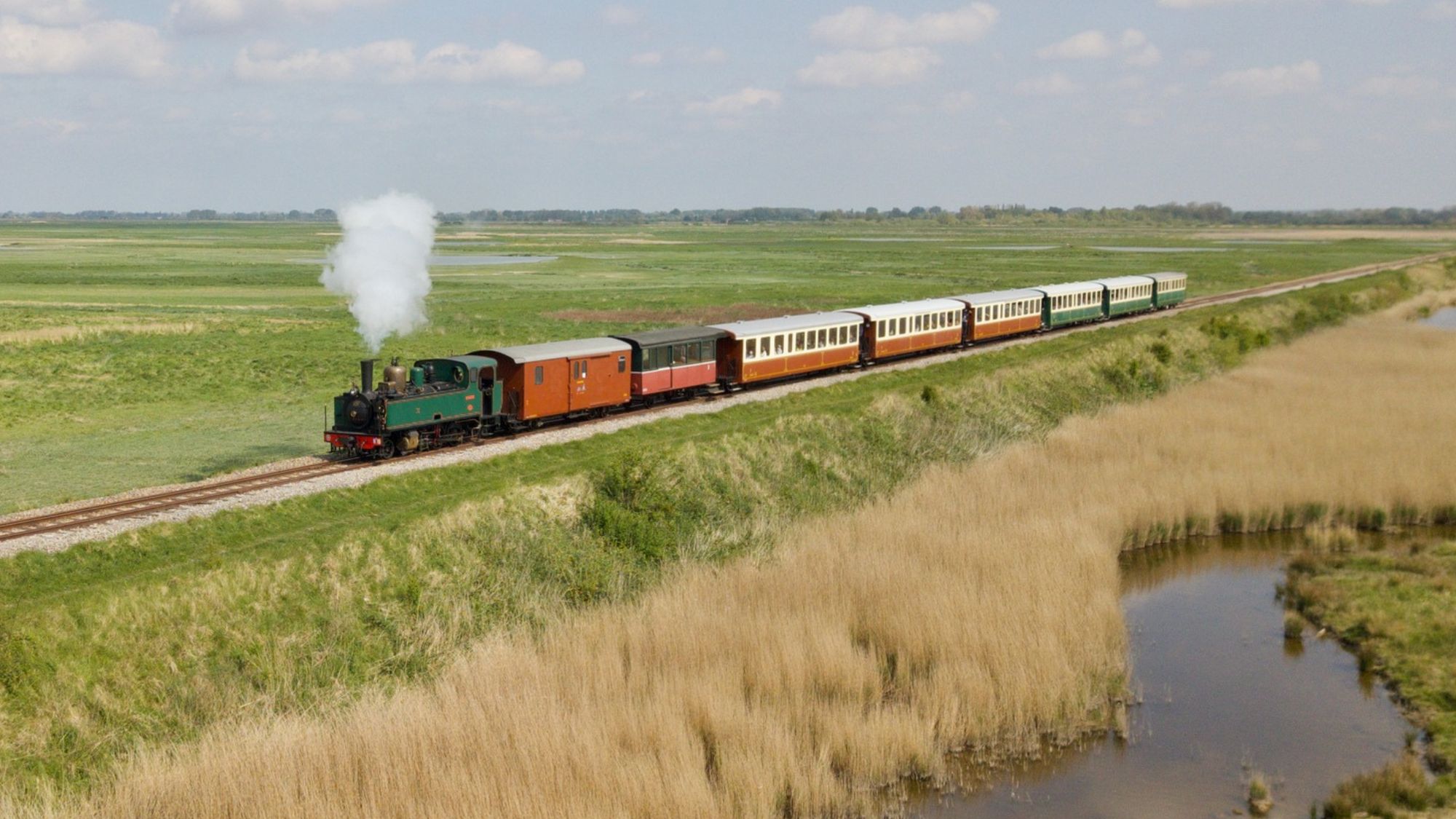
The 19th century steam railway runs around the Somme
It does not have any "big sites", but the Bay of Somme is among the loveliest corners of northern France, with its quiet old towns and "vast" landscapes of marshes, dunes, woods and cliffs. You can explore it on the Chemin de Fer de la Baie de Somme, said Lily Radziemski in The New York Times, a 19th century steam railway that runs all the way around it from Cayeux-sur-Mer to Le Crotoy, some 70 miles south of Calais. Having suffered a considerable amount of damage during the brutal Battle of the Somme in 1916, when the British Army made heavy use of the line, it was rebuilt in the 1920s and is now maintained by a non-profit group with a few paid employees aided by scores of volunteers. It is a joy to ride, like a living thing with its "rickety vibrations" and its varied music of whistles and creaks and "clicks and clacks" and "roars and double-thuds".
A new wilderness in Yorkshire
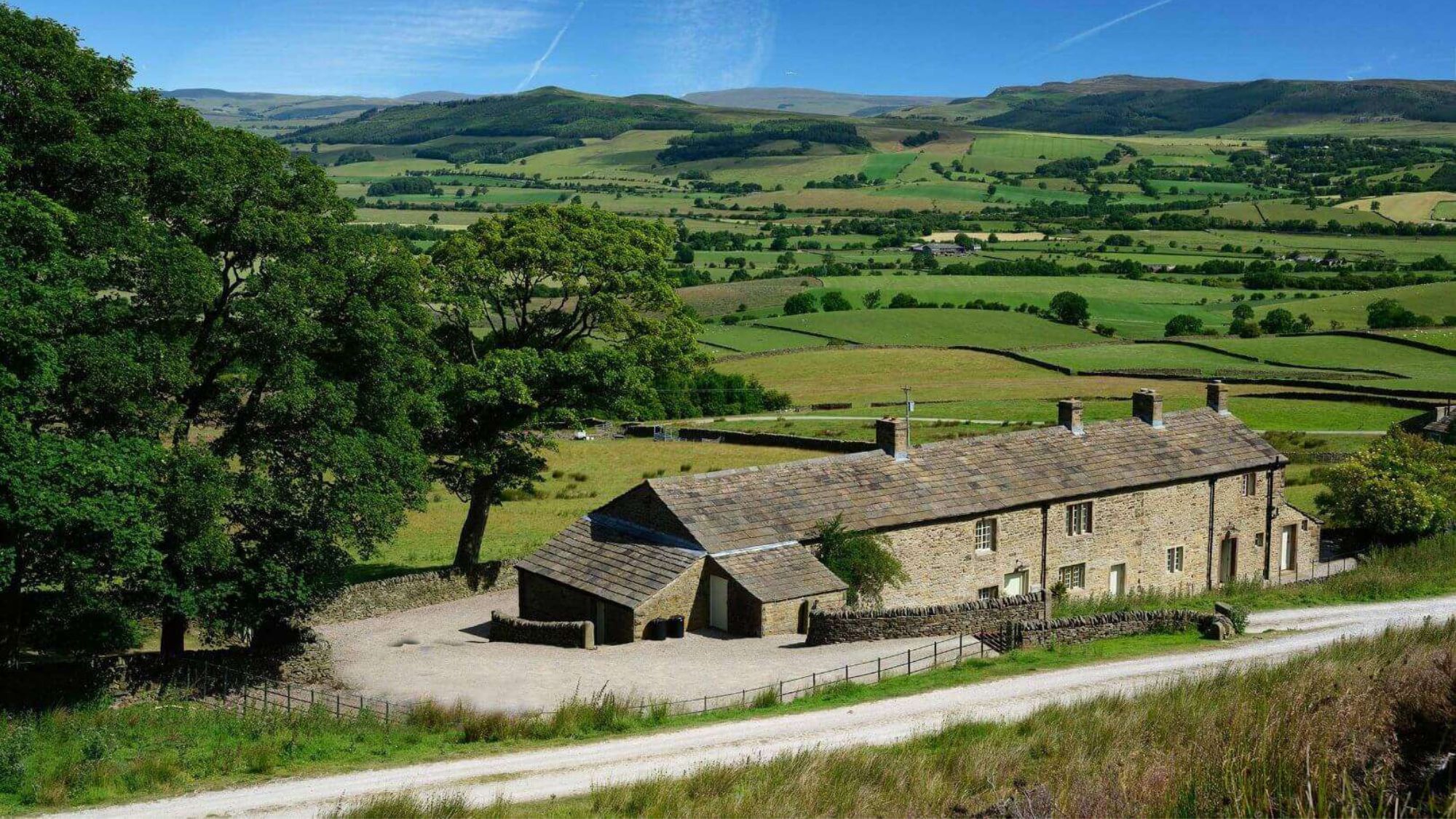
Guests can stay at Broughton Hall or in one of the cottages
Stretching across 3,000 acres near the Yorkshire Dales, the Broughton Estate has seen many changes since it was given to the Tempest family in 1097 – but none as "rapidly transformational" as the rewilding begun a few years ago. As a guest at Broughton Hall or in one of the cottages nearby, you can "immerse" yourself in it, said Adam Weymouth in The Guardian, either actively, by helping with planting and monitoring, or – more passively – by wild swimming and "forest bathing". Wildflower meadows have been sown, 350,000 native broadleaf trees planted, and already the estate is looking more like "an ancient landscape", a "mosaic of meadow, forest and scrub" to which butterflies, grasshoppers and more have returned. "To see a hare, or a hen harrier, where there were none a year ago, is a very specific form of therapy."
A walk along the Ridgeway
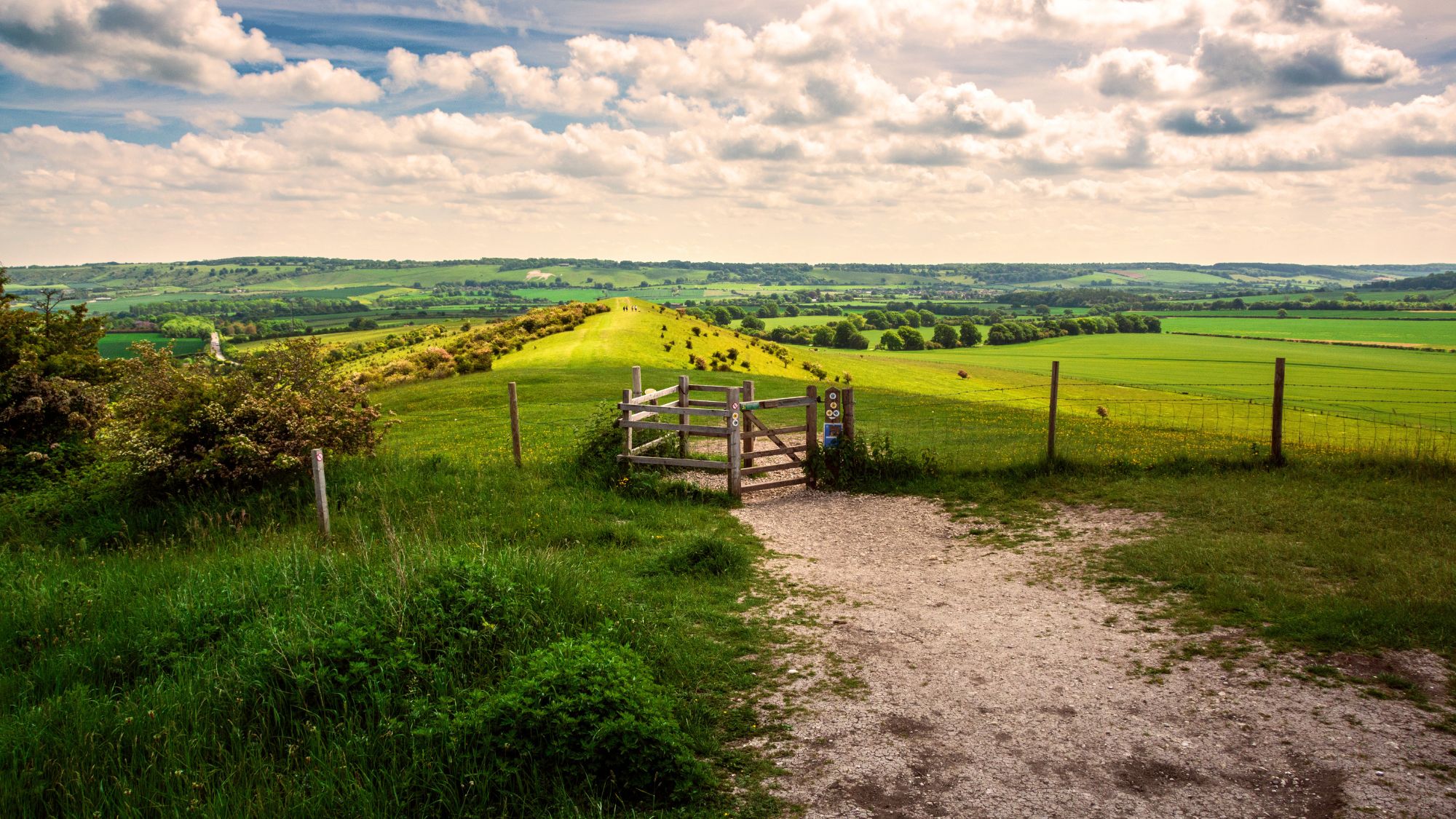
The Ridgeway National Trail from Ivinghoe Beacon towards Whipsnade
The Ridgeway National Trail spans 87 miles from Ivinghoe Beacon in Buckinghamshire to Overton Hill near Avebury in Wiltshire, and celebrates its 50th birthday this year, said Gail Simmons in The Sunday Times. The Ridgeway itself, of course, is far older: travellers (and their animals) have used the path for at least 5,000 years. Rather than tackle the whole thing in one go, one option is to spend "three unhurried days" walking the stretch between Letcombe Regis and Avebury. There are some comfortable places to stay along the way (The Greyhound Inn, for instance, is "cosy"). When you peel off the path and head into Avebury, you'll come across "one of the most complete prehistoric complexes in Europe": in the heart of the village, sarsen stones lie like "scattered sheep" in a circle. "For those sensitive to it, there's an energy here, an awareness of history under your feet."
Gaudi's underrated birthplace
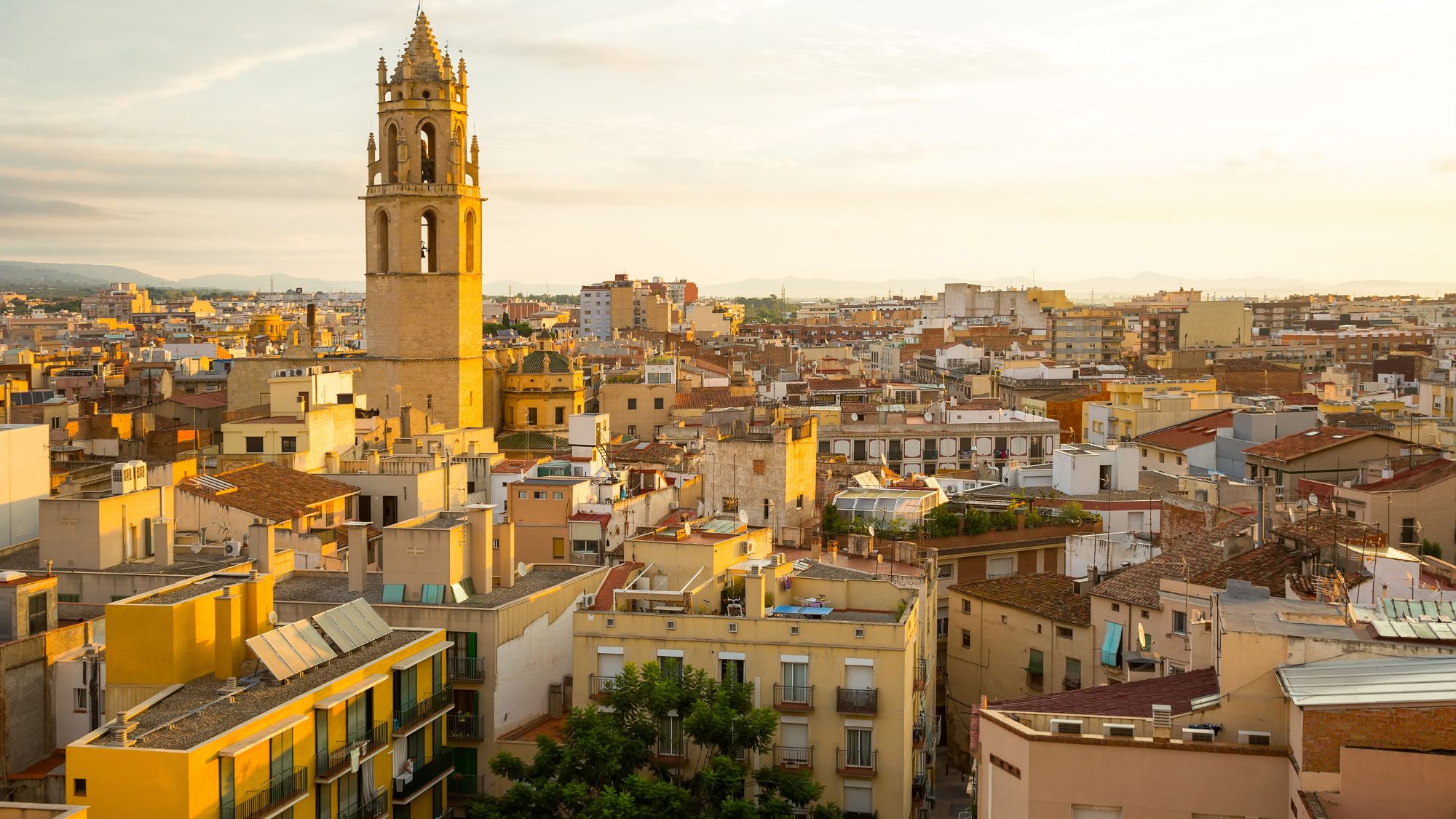
Reus is 'dripping in beautiful buildings'
The city of Reus, in the Spanish province of Tarragona, is best known as the birthplace of the architect Antoni Gaudí, said Katja Gaskell in the Daily Mail. "But it's often overlooked by tourists", who head to Barcelona up the coast, to marvel at his Sagrada Família. Yet Reus too "is dripping in beautiful buildings; its narrow paved streets are lined with charming family-run stores dating back hundreds of years, and the food is local, fresh and delicious". A good way to get to know this compact city is to follow the Modernista Route (it's set out in a leaflet you can pick up from the tourist office), which stops at 26 listed buildings. Other attractions include the Gaudí Centre, dedicated to the architect who left when he was 16, the vermouth museum, and an old tailor's shop which is reputed to be haunted by the ghost of the Catalan artist Joan Miró.
On the hunt for unspoiled Crete

You can hike through gorges all year round in Crete
The largest of the Greek islands, Crete is often thought of "as a place spoiled by over-development", said Gisela Williams in the Financial Times. But that's only really true of the northeast of the island. "Much of the rest, in particular the south coast and the far edges of the island, is still wild and untouched, characterised by a diversity of striking natural landscapes." In winter, you can ski the Lefka Ori mountain range; almost all year long, you can "hike through gorges to hidden coves and swim in turquoise water". In Chania, "the pretty historic port on the northwest coast, with its 16th century, Venetian-era fortified walls, you'll find a flourishing creative scene": ruins have been turned into bars, and traditional crafts are being reinterpreted for contemporary tastes. In sum: it's high time Crete stopped being "misunderstood".
A winter break in Sorrento
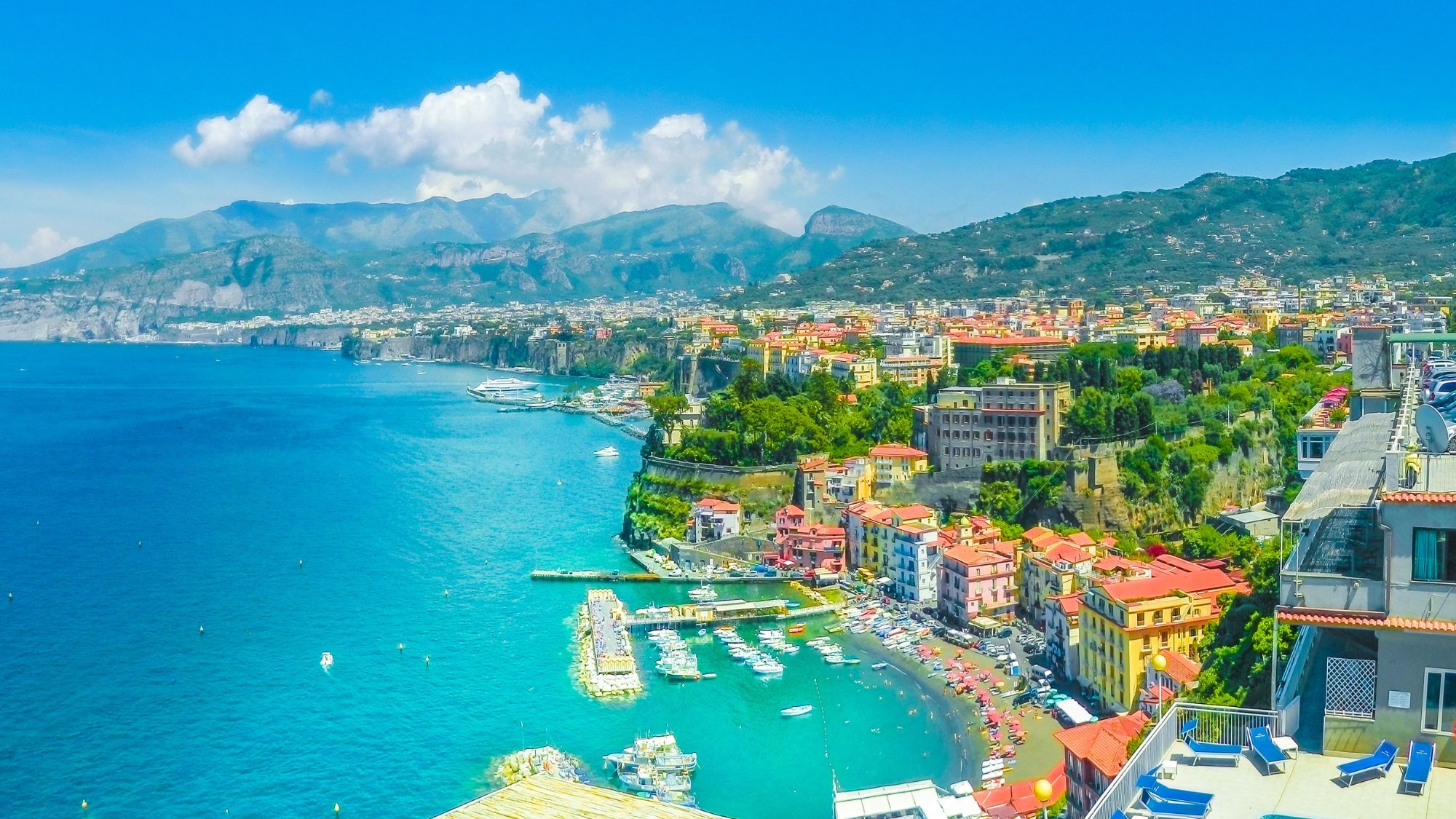
Sorrento is a 'charming old-fashioned town' on the Bay of Naples
Keats visited Sorrento in the winter, as did Byron; and for a Mediterranean holiday in the colder months, this "charming old-fashioned town" on the Bay of Naples is still hard to beat, said Matthew Bell in The Times. While the big luxury hotels on the nearby Amalfi coast shut in October, Sorrento's Grand Hotel Excelsior Vittoria stays open until January (for more affordable stays, try the Palazzo Marziale and the Maison il Conservatorio). Some local swimmers brave the sea through the winteGeorgia r, but you might find a visit to the Museo Correale di Terranova – a private art collection in a Sorrentine palazzo – more congenial, and there are glorious places to visit by boat or car nearby, including Capri and the "incredible" archaeological sites of Pompeii and Herculaneum.
Trampling grapes in Georgia
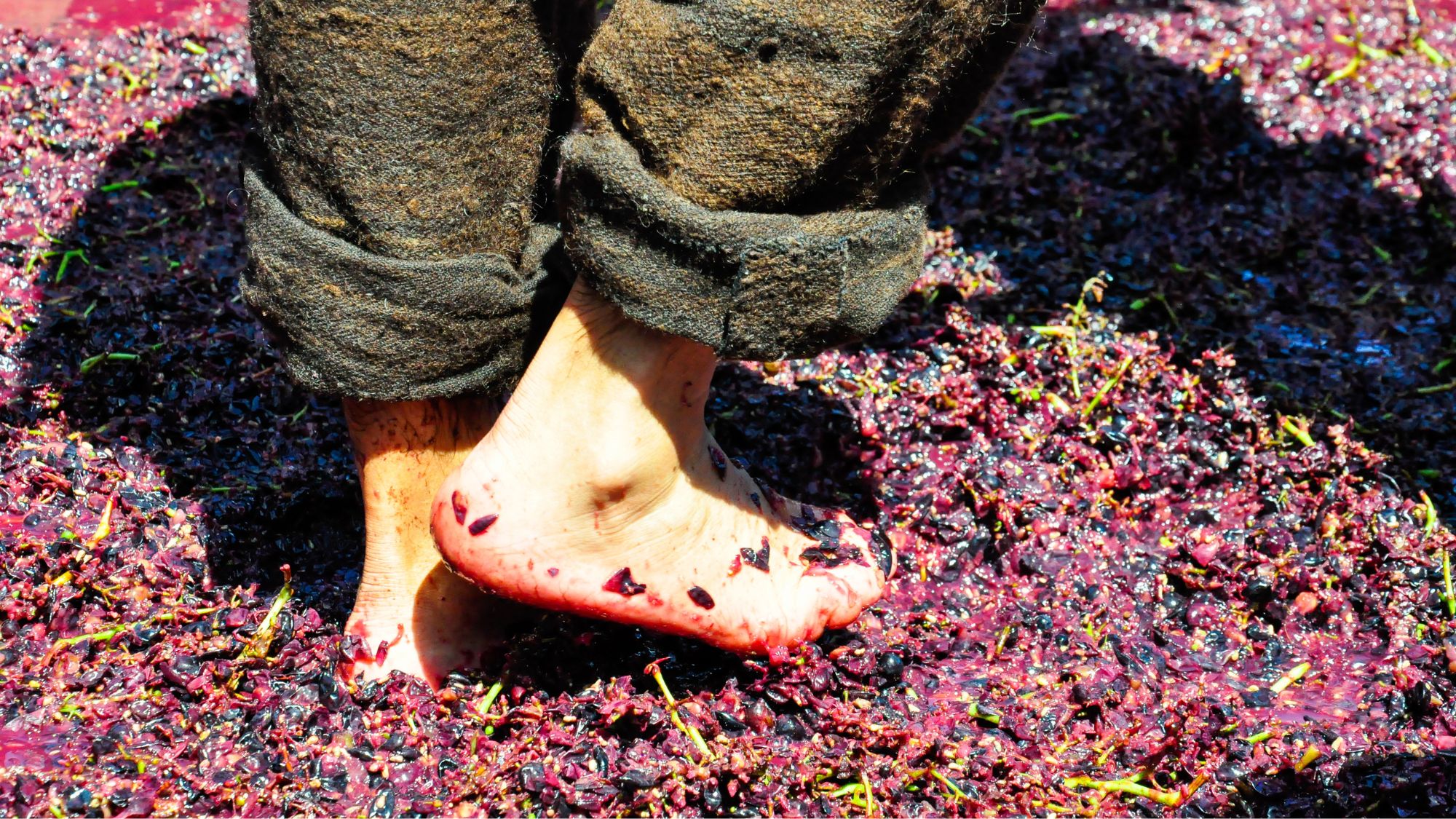
Trampling grapes is 'pure pleasure', like 'squelching mud between the toes'
People have been making wine in Georgia for 8,000 years – longer than anywhere else on Earth – and the industry is booming today. In the "vineyard-laden" Kakheti region, anyone is welcome to join in the Rtveli, or autumn harvest, said Camilla Bell-Davies in the FT. To get involved, contact family-run wineries that have guesthouses (such as the Kviria, in Telavi), or go with a tour operator such as Wild Frontiers. You won't get paid, and the work will leave your back aching and your fingers "stained purple". But you will get to trample the grapes ("pure pleasure, like squelching mud between the toes") and to join in the owners' celebratory feasts, at which the tables groan with barbecued meat, khachapuri (cheesy bread) and bottles of last year's wine. It is downed to cries of "Gaumarjos!", praising the good harvest, and the festivities carry on well into the night.
Faro's modernist marvels
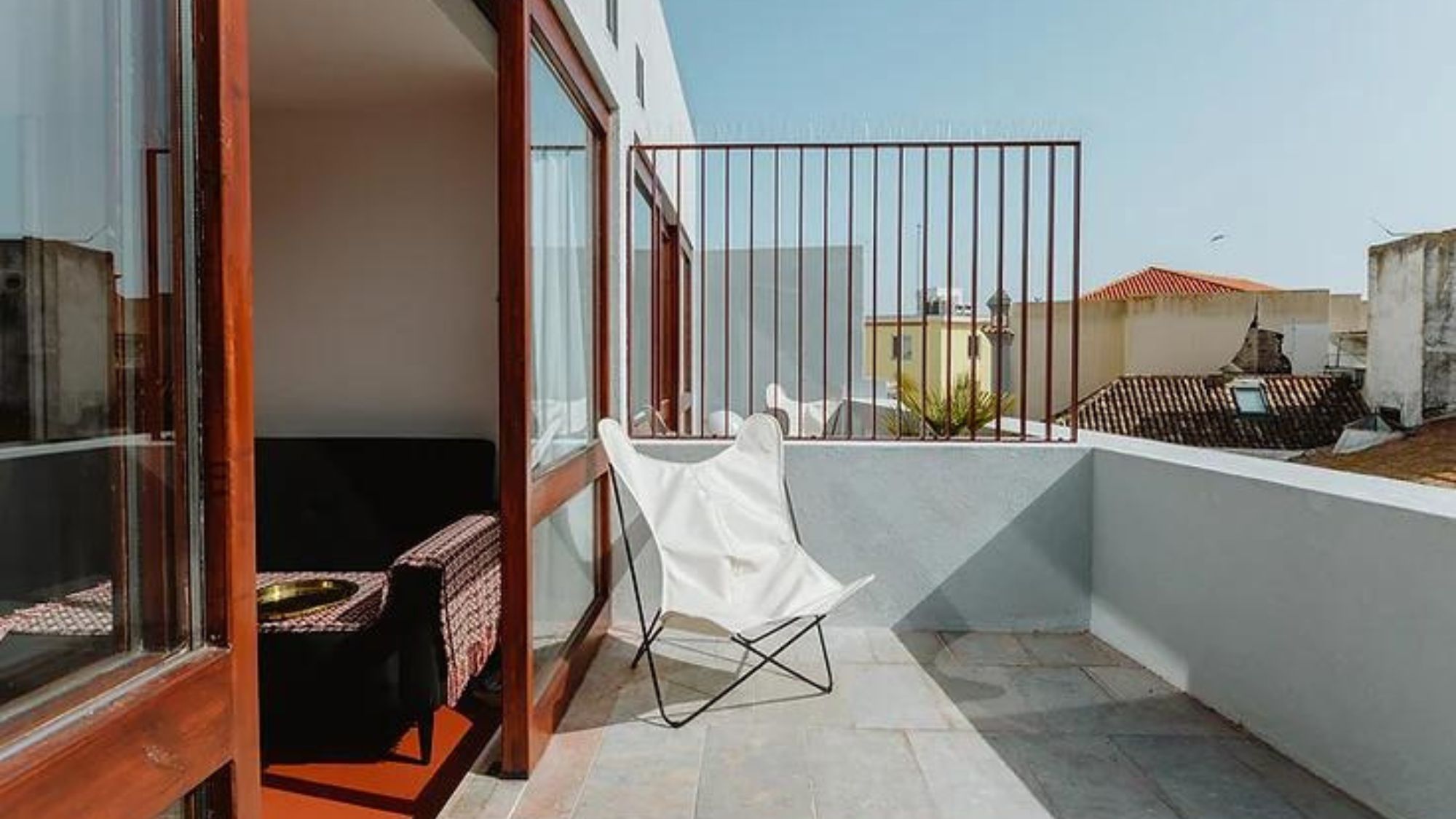
'Archi-tourists' should stay at The Modernist hotel
It's not the prettiest spot in the Algarve, and it's far from "polished", but Faro has considerable appeal – not least as a trove of modernist architecture, said Paul Tierney in The Guardian. The city is home to around 500 mid-century buildings, giving it the highest concentration of them in southern Europe. They're largely the work of a group of Portuguese architects, led by Manuel Gomes da Costa, who made their fortunes in South America and returned home in the early 1950s to breathe new life into this "overlooked" city. Their "South Modern" style has a unique flavour: think of it as a "tropical futurism" that "celebrates the Sun", filtering its light into "shadowy abstraction". "Archi-tourists" should stay at The Modernist hotel, a former office block with appealing interiors. Its owners help organise the Faro Modernist Weekend each November, which features exhibitions, walking tours, dinners and more.
Croyde: sea and surf in North Devon
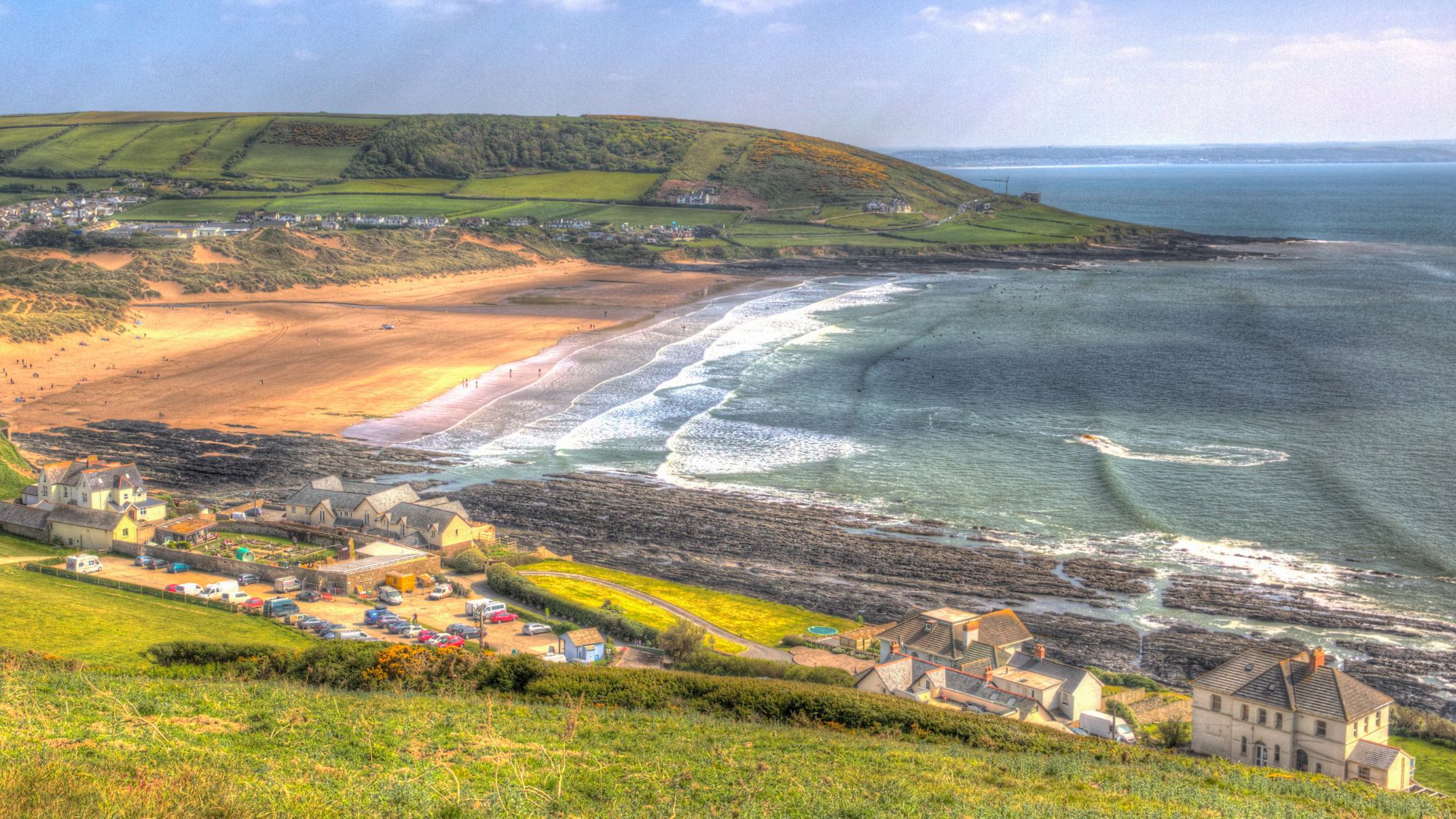
Croyde Bay in North Devon
The seaside village of Croyde made headlines earlier this year when it became part of the UK's first world surfing reserve – 19 miles of North Devon shoreline deemed especially worthy of protection by the surfing organisation Save the Waves. But you don't need to be a surfer to love this "glorious" corner of the West Country, said Annabelle Thorpe in The Observer. Croyde itself is wonderfully unspoiled, thanks in part to the dunes (a site of special scientific interest, or SSSI) that lie between the village and its beach, and there are other "stunning" beaches, such as Woolacombe and Saunton Sands, nearby. There's fabulous hiking to be had on this coast in both directions from Croyde. If you are going en famille, stay at the Old Cider Barn, a spacious holiday let in the village.
Block Island: a quiet island in New England

North Light lighthouse on Block Island
It's smaller and less well known than Nantucket and Martha's Vineyard, to its east, but Block Island is an equally charming corner of maritime New England, said Karen Angel in The New York Times – and it's wilder and less touristy too. "A haven for numerous endangered animals, and anyone else seeking a little solitude", it can be reached by ferry from ports in New York, Connecticut, Massachusetts and Rhode Island, the state to which it belongs. Its only town, New Shoreham, is tiny, and beyond it lie nine square miles of rolling countryside, much of which is bisected by beautiful walking trails. There are ticks here, so take precautions – but also look out for rare birds (some 300 avian species can be seen here each year); and be sure to visit the spectacular sea cliffs at Mohegan Bluffs and the "secluded" beach below.
Karlovy Vary: a beautiful Bohemian spa town
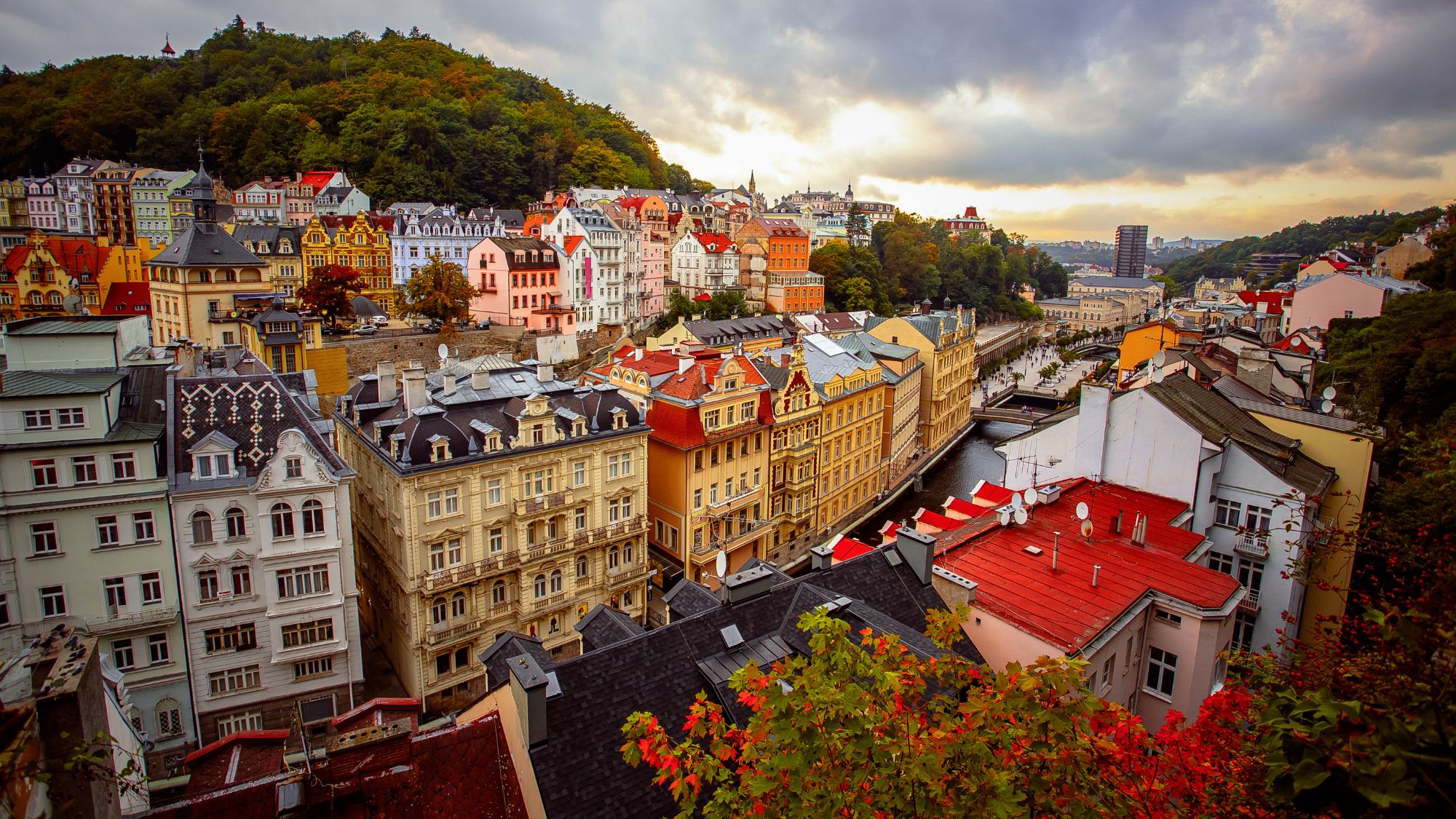
Karlovy Vary's 'wedding-cake architecture'
From Mozart and Goethe to Peter the Great and Queen Victoria, "everyone who was anyone" flocked to take the waters in Karlovy Vary, then widely known as Karlsbad, in the 18th and 19th centuries. Some people still do today, said Jane Knight in The Daily Telegraph – but this Czech spa town is worth a visit for its beauty alone. "Strung scenically" along the River Teplá amid the forested hills two hours west of Prague, it is well preserved, with a historic centre that is a veritable feast of "wedding-cake architecture". There are some "exquisite" restaurants to be found, and the walking trails that wend their way through the surrounding woods offer fine views across town. You might stay in the "neo-Renaissance" Grandhotel Pupp (which hosts "Hollywood royalty" during the July film festival), but be sure to visit the "brutalist" Thermal Hotel too, for a dip in the "balmy" waters of its "superb" rooftop pool.
Bordighera: a forgotten gem on the Italian Riviera
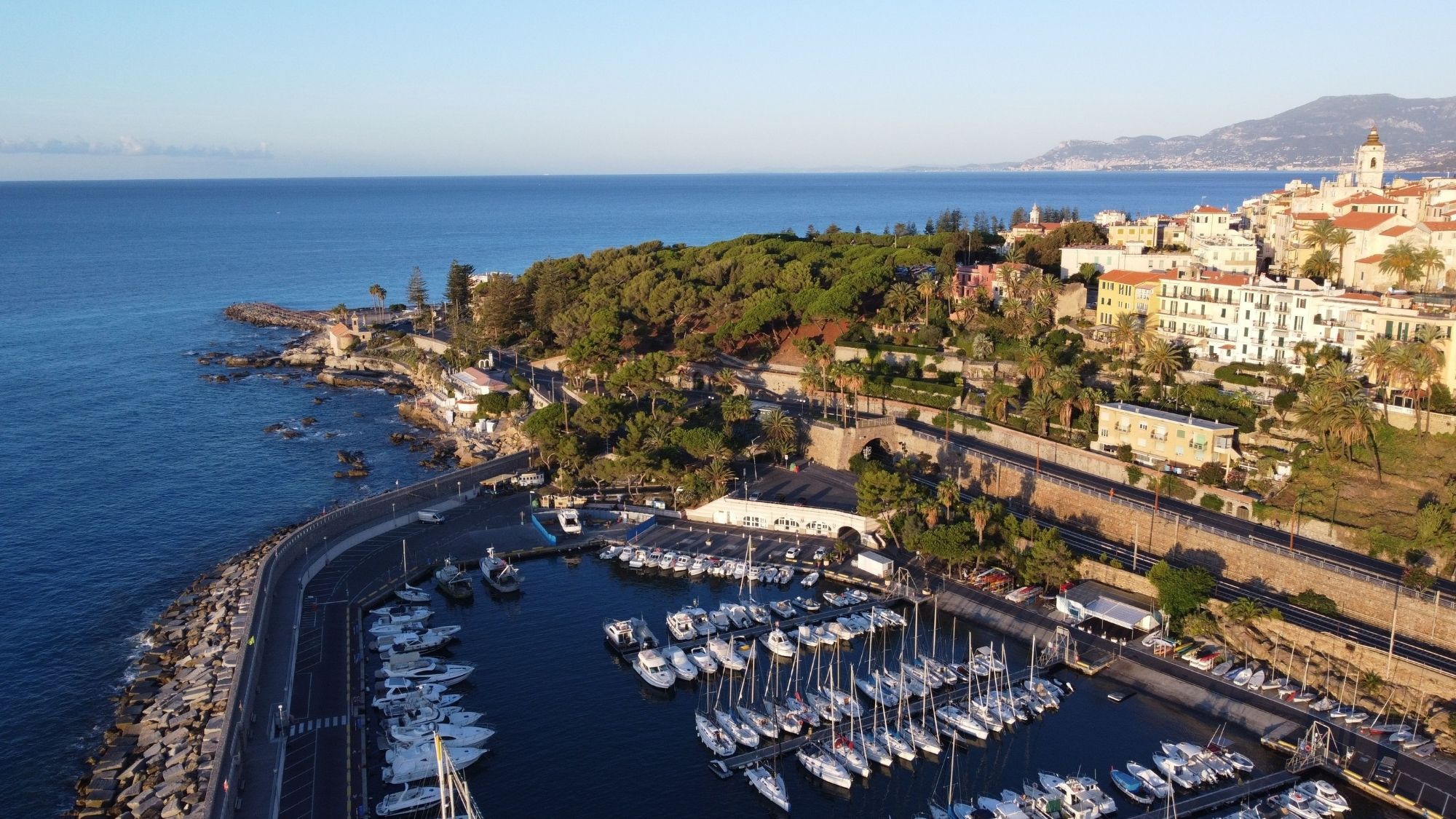
Bordighera: a charming coastal town
Around the turn of the last century, Bordighera was one of the most popular resorts on the Italian Riviera, inhabited by more British expatriates – some 3,000 – than local people. Since then, its fame has dwindled, said Jon Bryant in The Guardian, but its beauty has not. High above the coast, its medieval old town is a "tangle" of narrow streets and "shady" squares, and all around stand the "extravagant" villas built by the British, their gardens "bursting" with exotic plants. It's worth a visit simply to enjoy the sweeping, sandy beach, but there are also some charming cultural sights, including the Museo Bicknell, which houses the collection of an Anglican clergyman, Clarence Bicknell, who abandoned his "tea-party, gossipy" congregation in 1886 to devote his time to botany, archaeology and more. The Villa Garnier has doubles from €94; villagarnier.it
Kentucky's bourbon trail
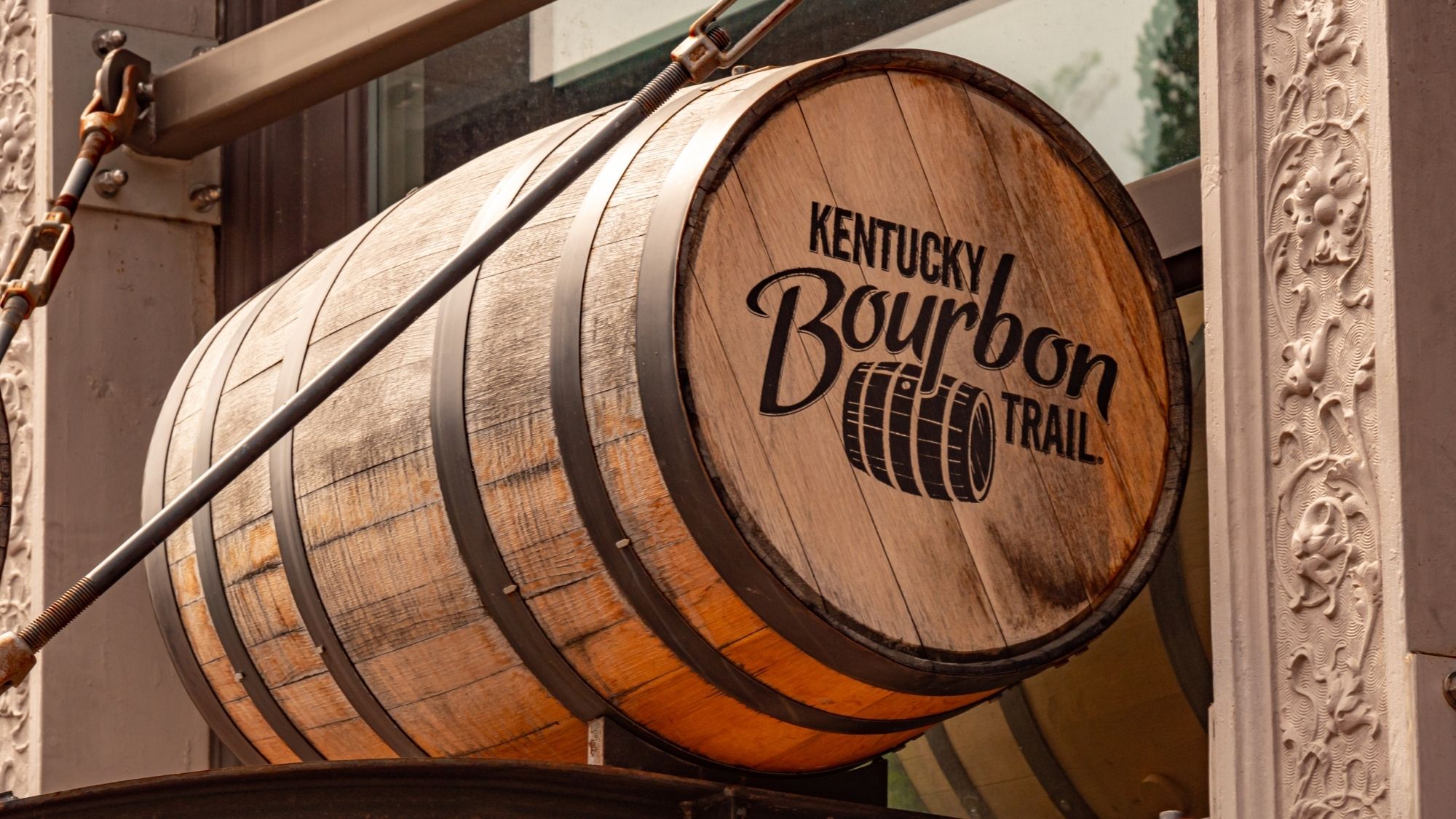
Pick up the 'bourbon trail' in Louisville
It went out of fashion for a while in the 1970s, but recent years have seen a revival in enthusiasm for bourbon whiskey – and nowhere more than in Kentucky, its historic home. The state now has 95 distilleries, up from 19 in 2009, and many welcome visitors with tours and tastings, said Emily Bingham in Travel + Leisure. Pick up the "bourbon trail" in Louisville – where the Frazier History Museum examines the drink's place in the state's identity – and then head south to the Bardstown distillery, where you can sample bourbon straight from the barrel (this is known locally as "thieving" a taste). Among the other indispensable stops are Heaven Hill, Castle & Key (which has pleasant 19th century gardens laid out by its founder, Colonel E.H. Taylor Jr) and Log Still, whose owners run a good country hotel, Dant Crossing, nearby.
A Hebridean sailing holiday
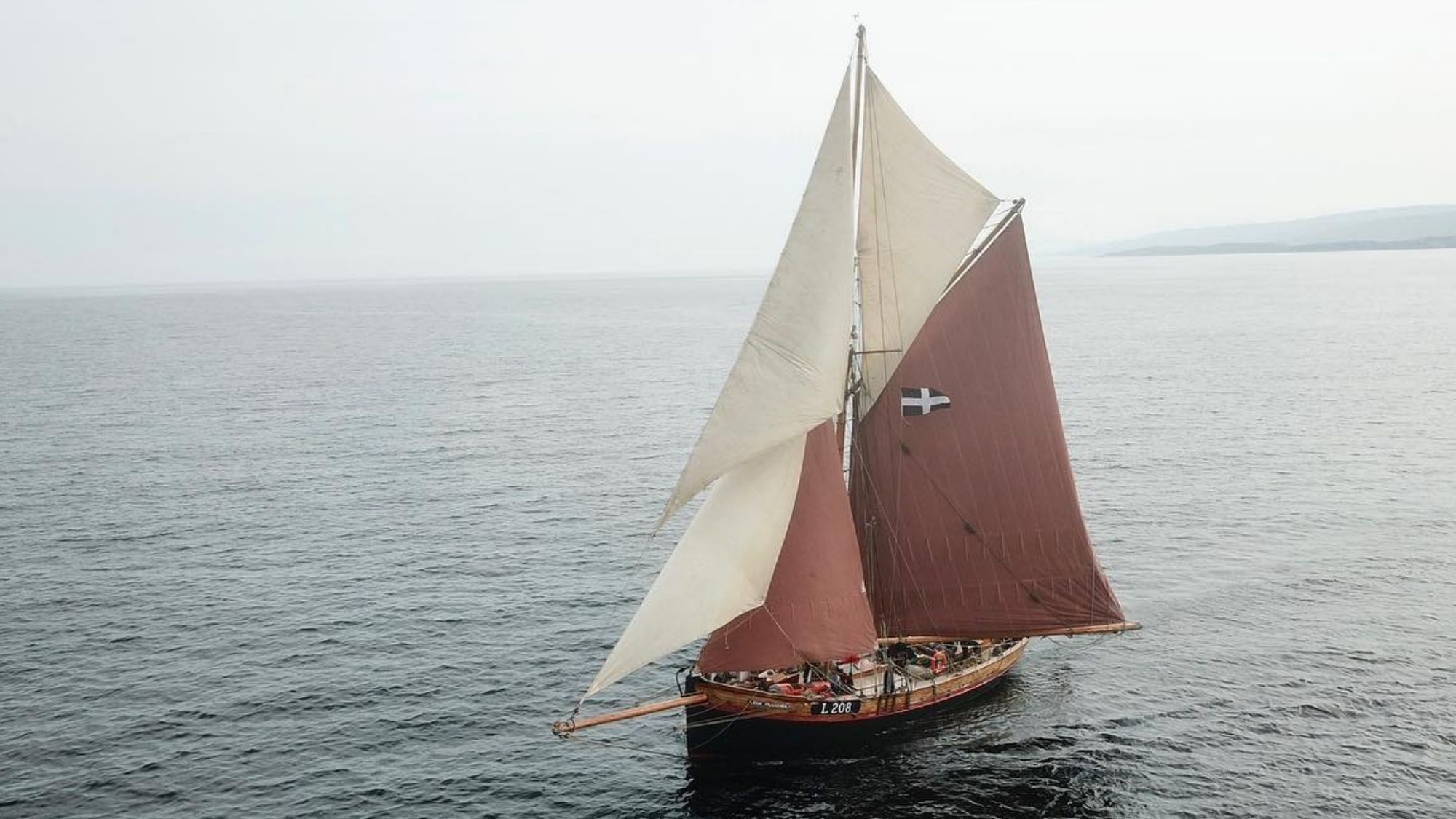
Eda Frandsen is a strikingly elegant craft
A traditional gaff cutter built in Denmark in 1938 and restored in the 1990s, Eda Frandsen is a strikingly elegant craft, with her "russet and cream sails and lashings of mahogany and teak". She's "sturdy" too – making her a great match for Scotland's rugged yet "stirringly beautiful" Western Isles, said Duncan Craig in House & Garden. On a week-long voyage through the Inner Hebrides, skipper Mungo Watson and his crew will let you muck in on deck as much or as little as you choose, while chef Stella Stabbins turns out "stellar creations" single-handed in the little galley. There's plenty of time for hiking and swimming (perhaps even around the mouth of Fingal's Cave, on the uninhabited island of Staffa, after the tour boats have left), and wonderful wildlife to spot, including eagles, dolphins and whales. The boat accommodates eight guests, from £1,320pp for six nights; eda-frandsen.co.uk
A seaside village in North Yorkshire
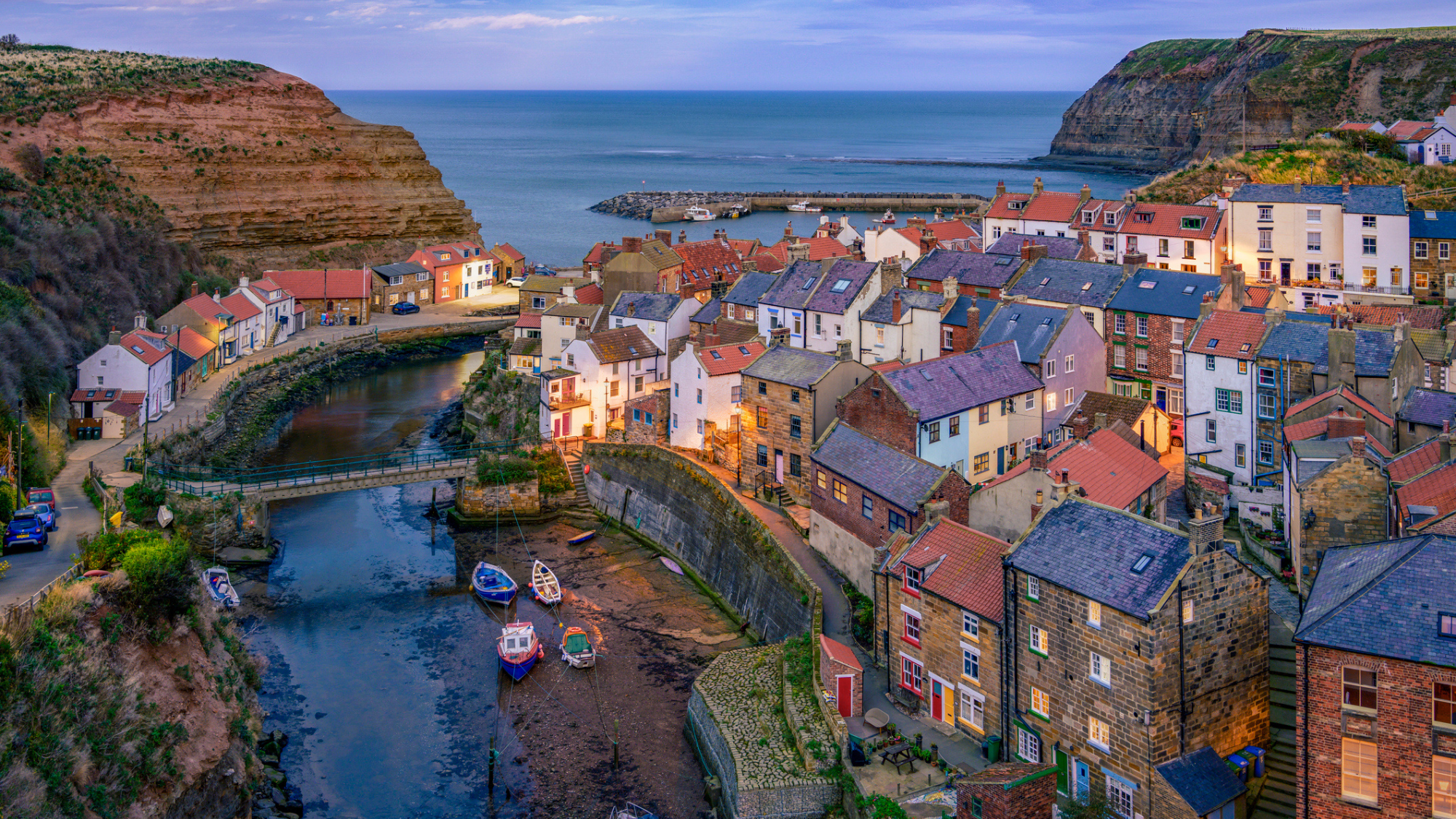
This popular tourist spot offers opportunities to hunt fossils and explore the nearby countryside
Squeezed between towering cliffs and the sea, the little village of Staithes in North Yorkshire is "impossibly pretty" – and winningly unpretentious too, said Simon Ingram in The Sunday Times. With a lifeboat station, a working harbour "stacked with fishing creels", and two "salty" pubs "selling decent food at good prices", it remains "resolutely itself" despite its popularity with tourists. Book a cottage in the lower village, where Captain Cook grew up, go fossil hunting on the "broad and dramatically rocky beach" – great fun for children – and be sure to explore the village's glorious surroundings. Whitby (where Dracula comes ashore in Bram Stoker's novel) is wonderfully atmospheric, the village of Robin Hood's Bay is "exquisite", with a "dinky" museum crammed with dinosaur paraphernalia, and there's wonderful walking along the coast and inland, on the Yorkshire Moors.
Wine and walking in Australia
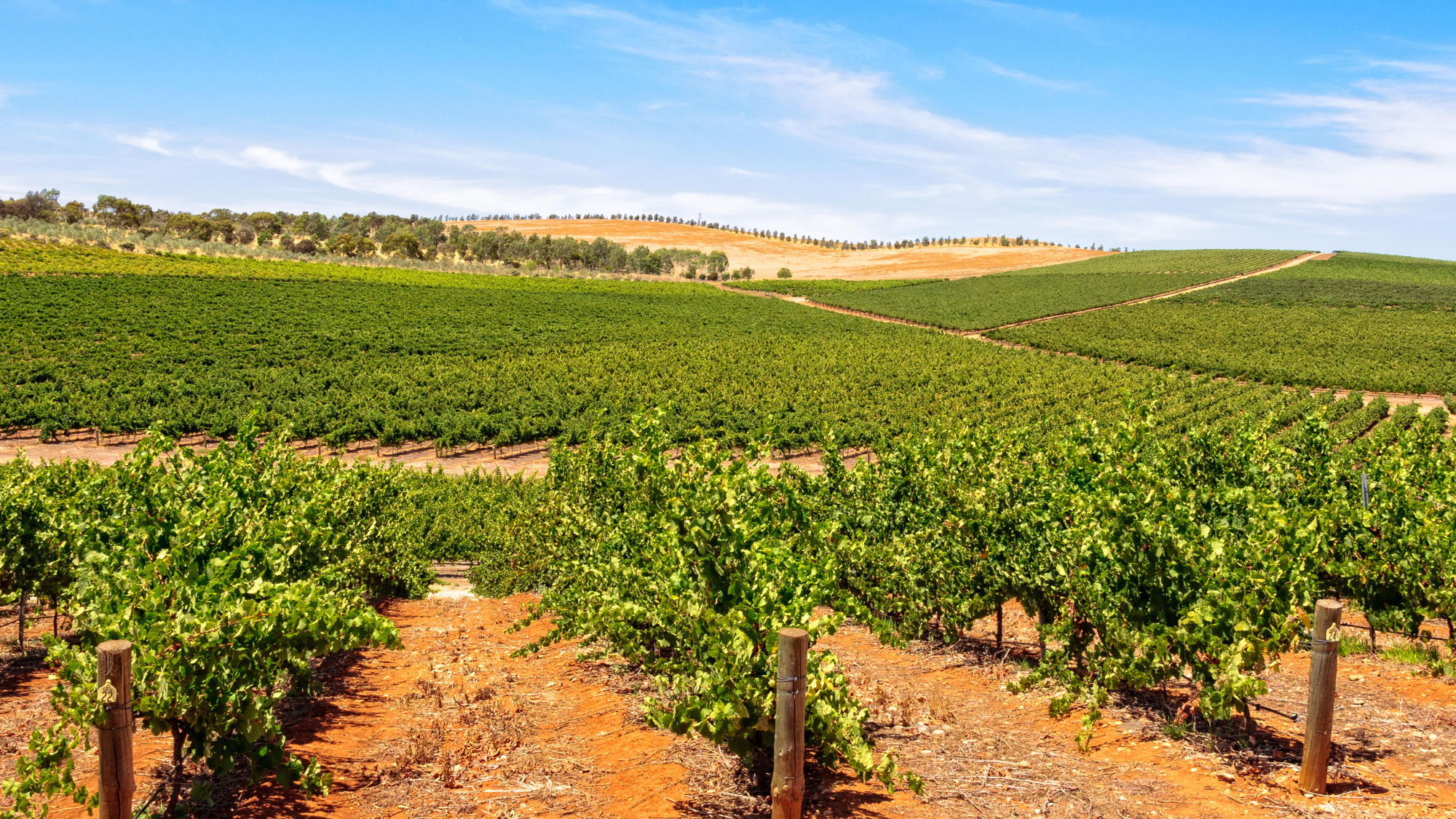
A new 70-mile walking route passes by 24 wine cellars and offers wonderful views across Clare Valley
Known for its world-class rieslings, the Clare Valley wine region is a "picturesque pocket of Australia" 90 miles north of Adelaide and peppered with attractive old towns. Explore it by following the Clare Valley Wine and Wilderness Trail, said Teresa Machan in The Daily Telegraph, a new 70-mile path that takes in 24 cellar doors and some "stunning" ridge-top views. The valley's oldest winery, the Jesuit-owned Sevenhill, was founded in 1851 to produce sacramental wine. But more typical of its "small, family-run" vineyards today is Pauletts, which also has a "terrific" restaurant where many dishes feature "bush tucker" such as muntries (a fruit) and saltbush. There are some lovely places to stay along the way, and plenty of wildlife to look out for, including kangaroos, koalas and snakes (wear snake gaiters just in case). See cvwwt.com.au
Exploring Andalucia on horseback
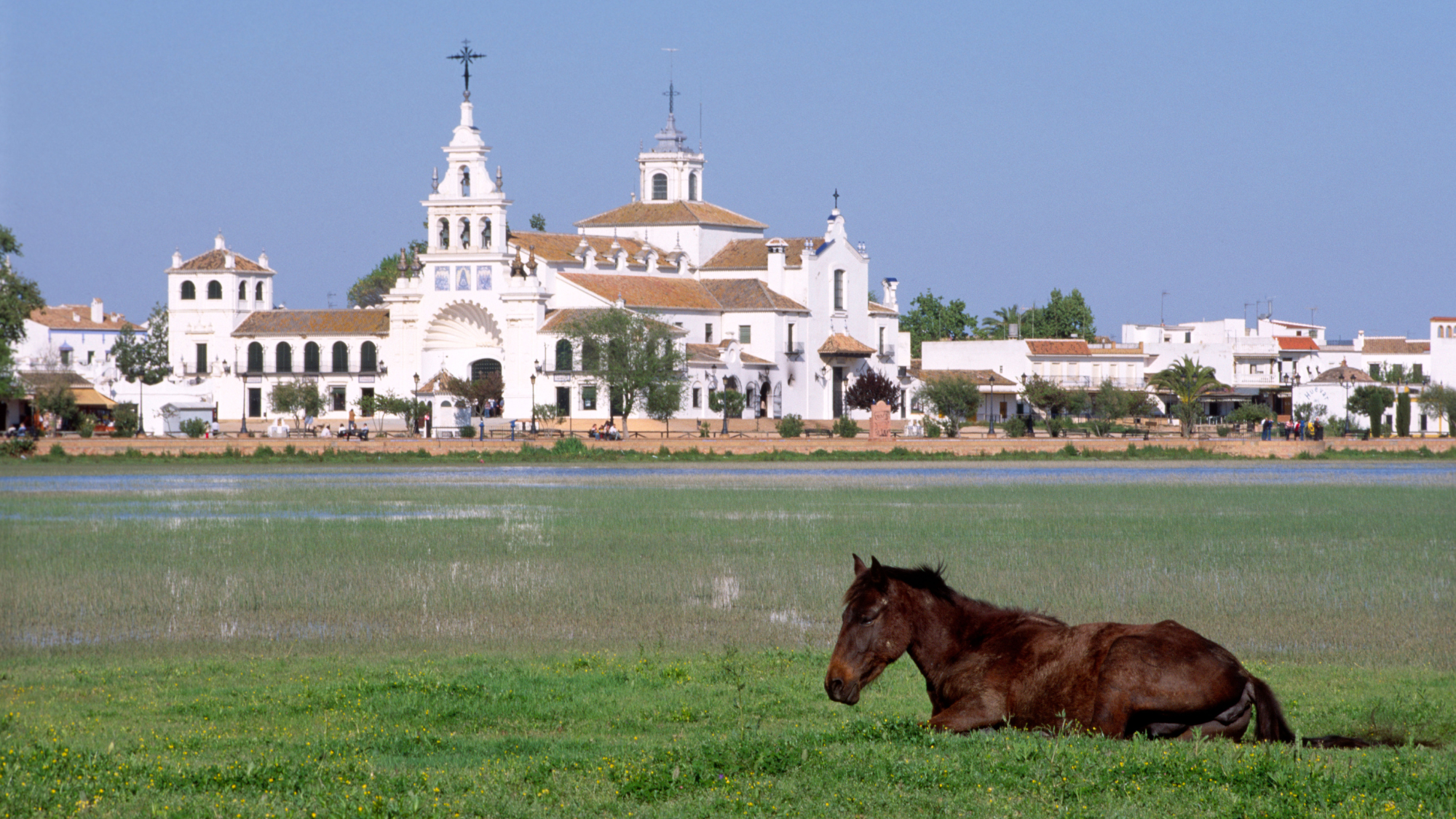
Explore the Doñana National Park on horseback
Encompassing the delta of Andalucia's great Guadalquivir River, the Doñana National Park is a 200-square-mile expanse of "wetlands, juniper-carpeted sand dunes, forest and heath" – a wonderful landscape to explore on horseback, said Catherine Buni in Travel + Leisure. On one of Equiberia Riding Holidays' eight-day group trips, guests follow the route of the annual pilgrimage to the town of El Rocío, and continue from there to the Atlantic coast. Accommodation is in "elegant" guesthouses en route. The region "brims" with wildlife, including lynx, wild horses and a vast array of birds, from colourful bee-eaters to imperial eagles. There are daily picnics featuring local specialities (including sherry), and the trip ends with a canter along the vast beach at Mazagón. Trip from €3,300pp; see equiberia.com
The Copper Canyon by train
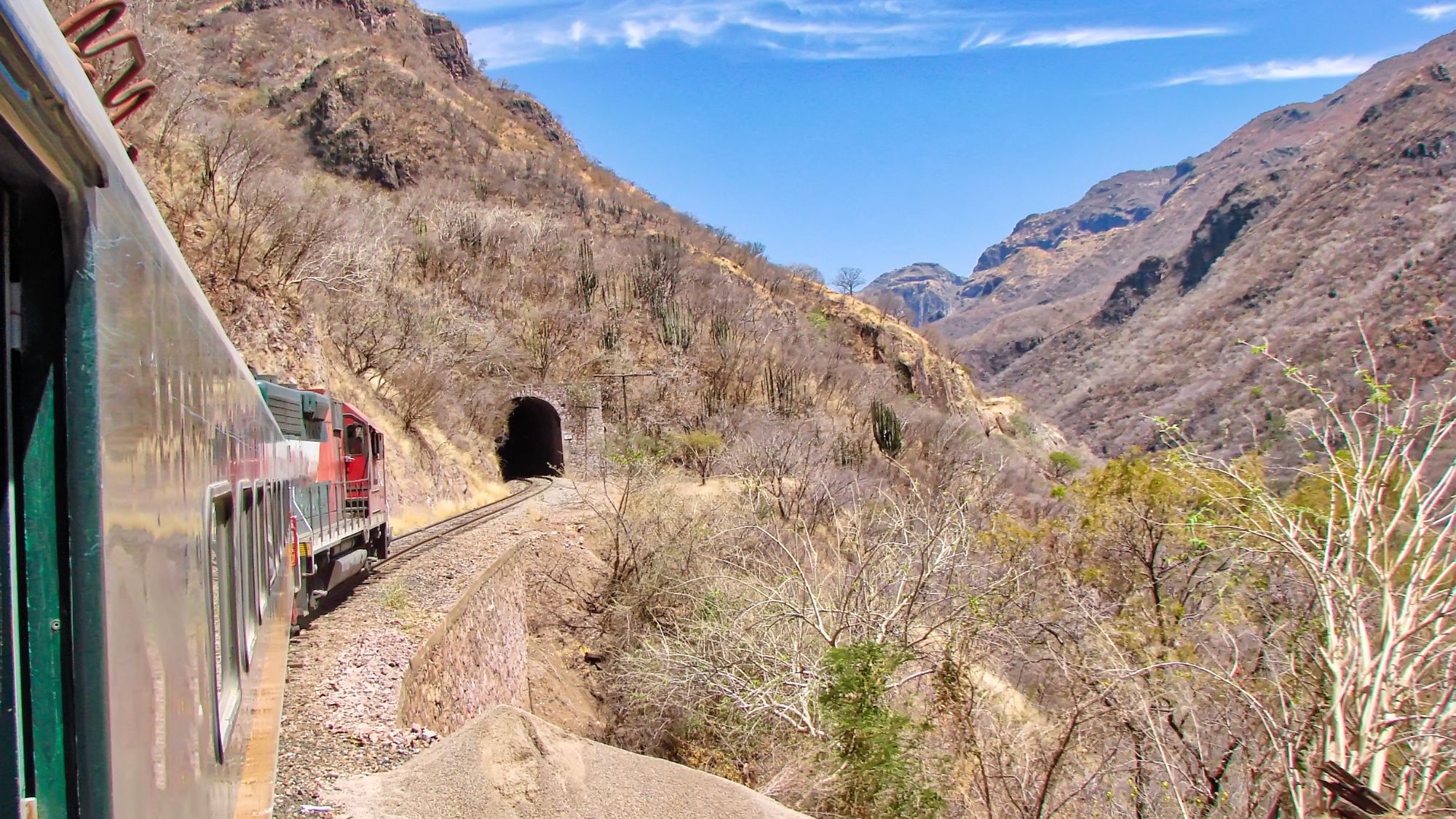
El Chepe railway passes through the Copper Canyon
Winding over Mexico's Sierra Madre mountains from the Pacific coast to the city of Chihuahua, the "legendary" El Chepe railway passes through the Copper Canyon, a series of ravines and gorges that rival the Grand Canyon in their beauty and grandeur. It's a glorious journey, said Adrian Bridge in The Daily Telegraph – and there's now a particularly splendid train in which to make it. Launched five years ago, the Chepe Express is "a joy to the eye", with its deep-green and royal-blue carriages, and offers "comfortable" accommodation including a glass-domed observation car in first class. Spend a day or two in Posada Barrancas, to explore the canyon on foot, by horse and via zip wire, and take the train from nearby Divisadero to El Fuerte, the most "dramatic" stretch of track, affording a series of "incredible" views.
Southwell's historic treasures
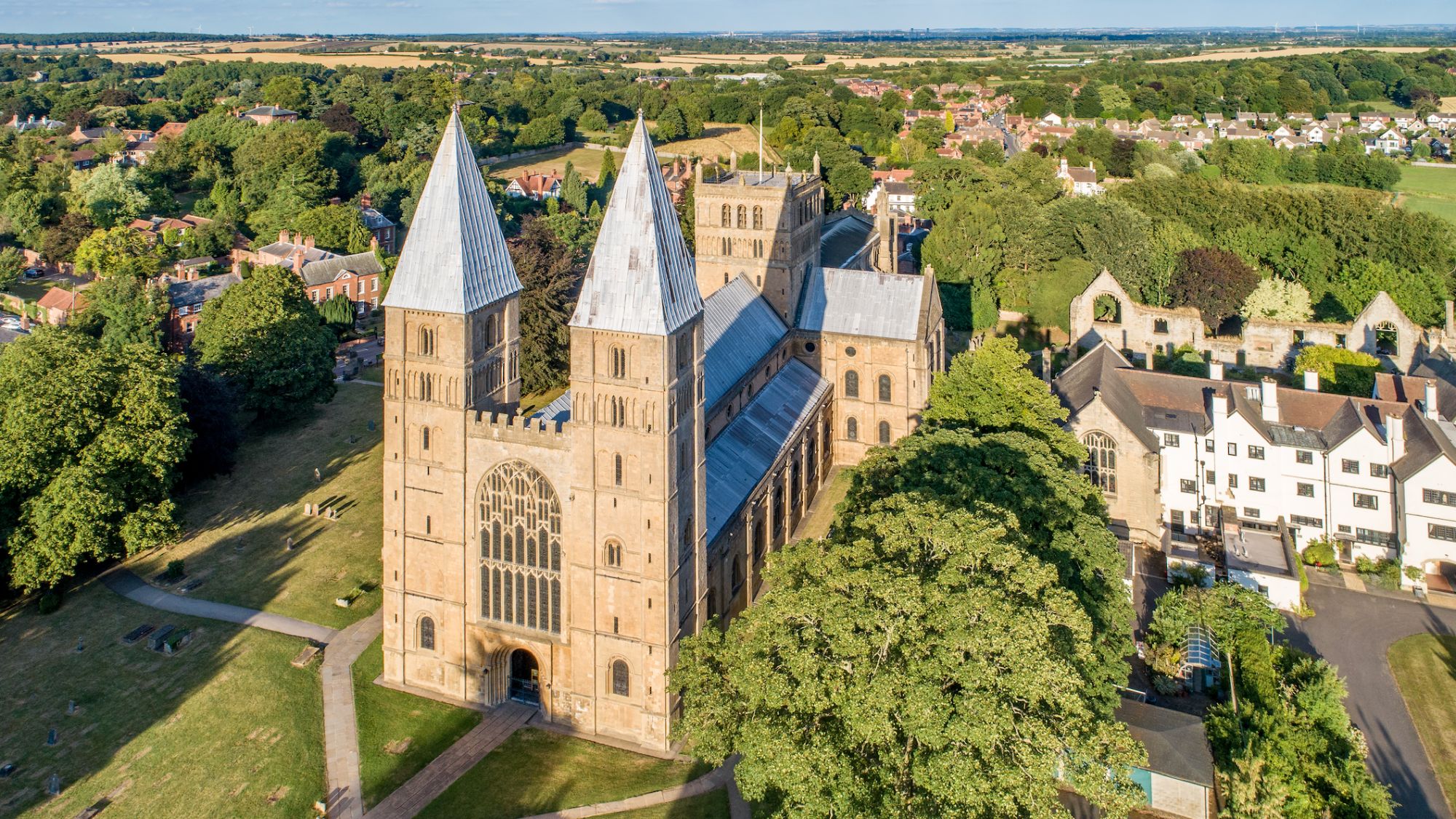
Southwell Minster in Nottinghamshire
It is home to just 7,000 people, but the Nottinghamshire market town of Southwell was an important place in the Middle Ages, and harbours historical riches that belie its diminutive size. Chief among them is its "magnificent" minster, said Neil Clark in the Daily Mail, a huge Romanesque church with an unusually "friendly" air. Sir John Betjeman held that there was no ecclesiastical building more beautiful, and Sir Nikolaus Pevsner dedicated a 1945 monograph to the exquisitely naturalistic gothic carvings of foliage, animals and green men in its octagonal Chapter House. But there's much else to see in Southwell too, including the Saracen's Head – the inn where Charles I spent his last night as a free man – and the Southwell Workhouse, the best-preserved 19th century workhouse in the country.
A family holiday in Austria's lake district
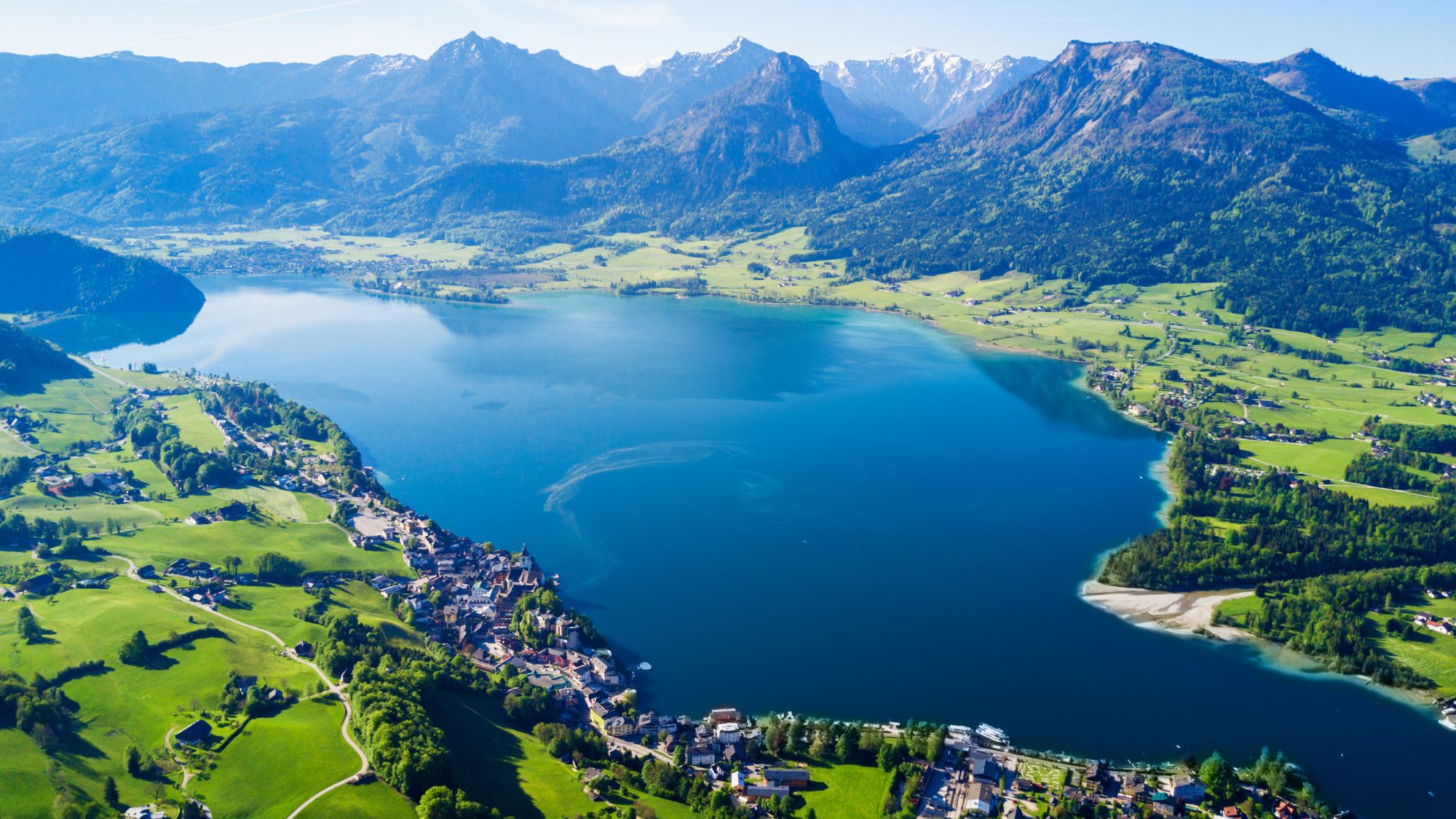
Wolfgangsee lake in Austria
With its soaring peaks and "crystal clear" waters, Austria's lake district – the Salzkammergut – is a delightful place for a multi-generational family summer holiday, said Neil Fisher in The Times. Book a farmstay such as Hauslhof, where the Hinterbergers accommodate guests in several cabins and in a "well laid-out" apartment in their own house. There is plenty of fauna to keep children happy (including miniature ponies and even an occasional fawn), and a garden overlooking a big lake, the Wolfgangsee. Last month, locals in picturesque Hallstatt, nearby, protested against mass tourism (the village is believed to be the model for Arendelle in Disney's "Frozen", a curse that brings 10,000 visitors a day in high season). But there are much quieter lakeside towns to visit, lake beaches where there is good swimming, and no end of lovely hiking trails. See hauslhof.com
A short stay in Burlington

Burlington is the most populous city in Vermont
"Sitting on Lake Champlain and framed by the Green Mountains and New York's Adirondacks", Burlington – the most populous city in Vermont, with just 45,000 residents – attracts weekend visitors for its beauty, its farm-to-table food and its "progressive sensibility", said Kristina Samulewski in The New York Times. A new crop of bars and restaurants has opened up recently to add to the stallholders at the farmers' market, many of them artisans who "embody Vermont geniality". To work off your lunch, you could walk or cycle along the eight-mile Burlington Greenway, which leads to Waterfront Park, with its wonderful lake views. As well as being home to Ben & Jerry's ice cream, Vermont is famed for its many breweries – more per capita than any other state, it is said – so it makes sense to visit one of them. Just behind Waterfront Park, Foam Brewers has a range of its own beers on sale, and also hosts music events, DJ nights, gigs by local and touring bands, art openings and other events.
Wallingford: Agatha Christie's tranquil home
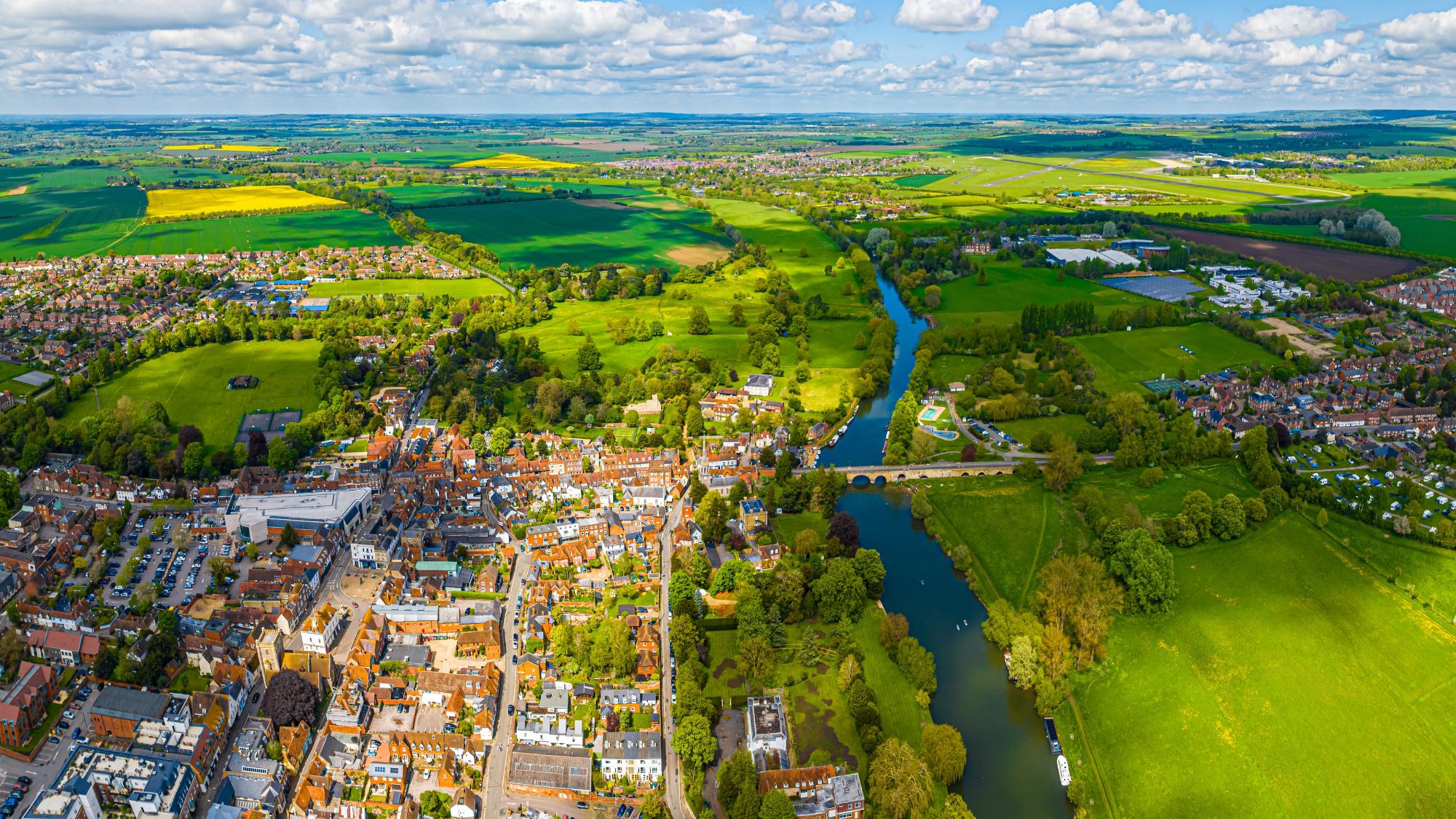
The historic market town Wallingford in Oxfordshire
In 1934, Agatha Christie had just caused a sensation with "Murder on the Orient Express" and was in search of somewhere to escape her fame. She found it in Wallingford, a tranquil market town on the Thames in Oxfordshire. The Queen of Crime acquired the five-bedroomed Winterbrook House – and lived "a life of relative anonymity" there for the next 40 years, under her married name of Mallowan. The town, with its cobbled streets and 19th century corn exchange, still has a "quiet gentleness", said Angela Epstein in the Daily Mail. However, it is no longer keeping its famous former resident "under wraps". A corner of the town's museum is devoted to her life, and there are themed walking tours that take in her grave. The River Thames is the other great attraction: there is a little beach along a straight stretch of it just outside the town; there is also an open-air pool by the river.
Something for everyone in Jutland
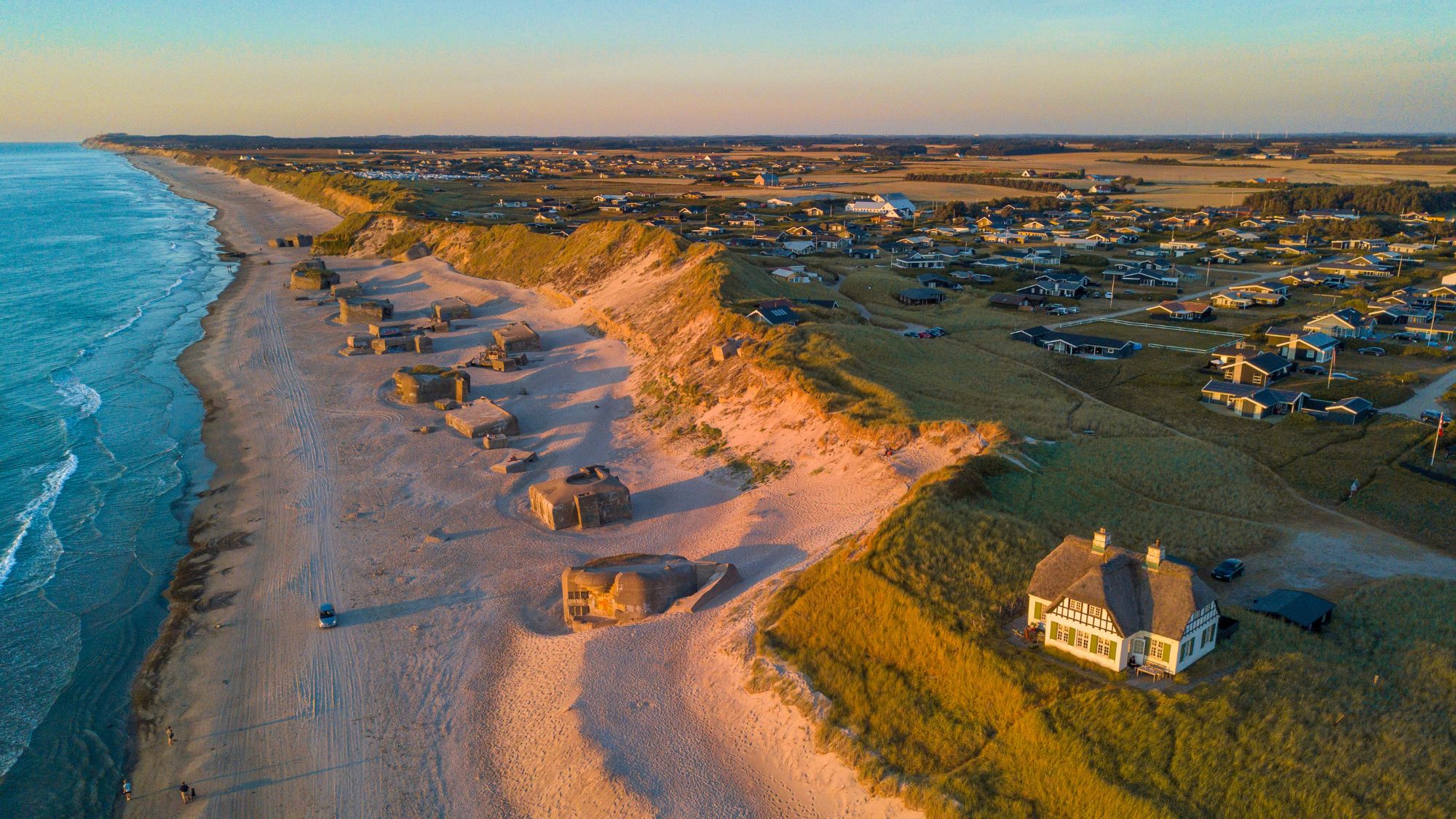
Lokken Beach in north Jutland
Although often overlooked by travellers heading to Copenhagen, the Jutland peninsula is remarkably easy to get to and "offers something for all the family", said David Nikel in Forbes. With its deep Viking roots, the area is a treasure trove for history buffs. And while it may lack the "dramatic scale" of some Nordic beauty spots, it has a fabulously diverse landscape that takes in wild beaches, dense forest and expansive heathlands. In season, there are numerous festivals to enjoy. For culture vultures, there is also the city of Aarhus, with its lively arts scene, or Aalborg, which is one of the oldest towns in Denmark. And for children there is, of course, Legoland.
East African adventure: gorillas, Masai Mara and Zanzibar
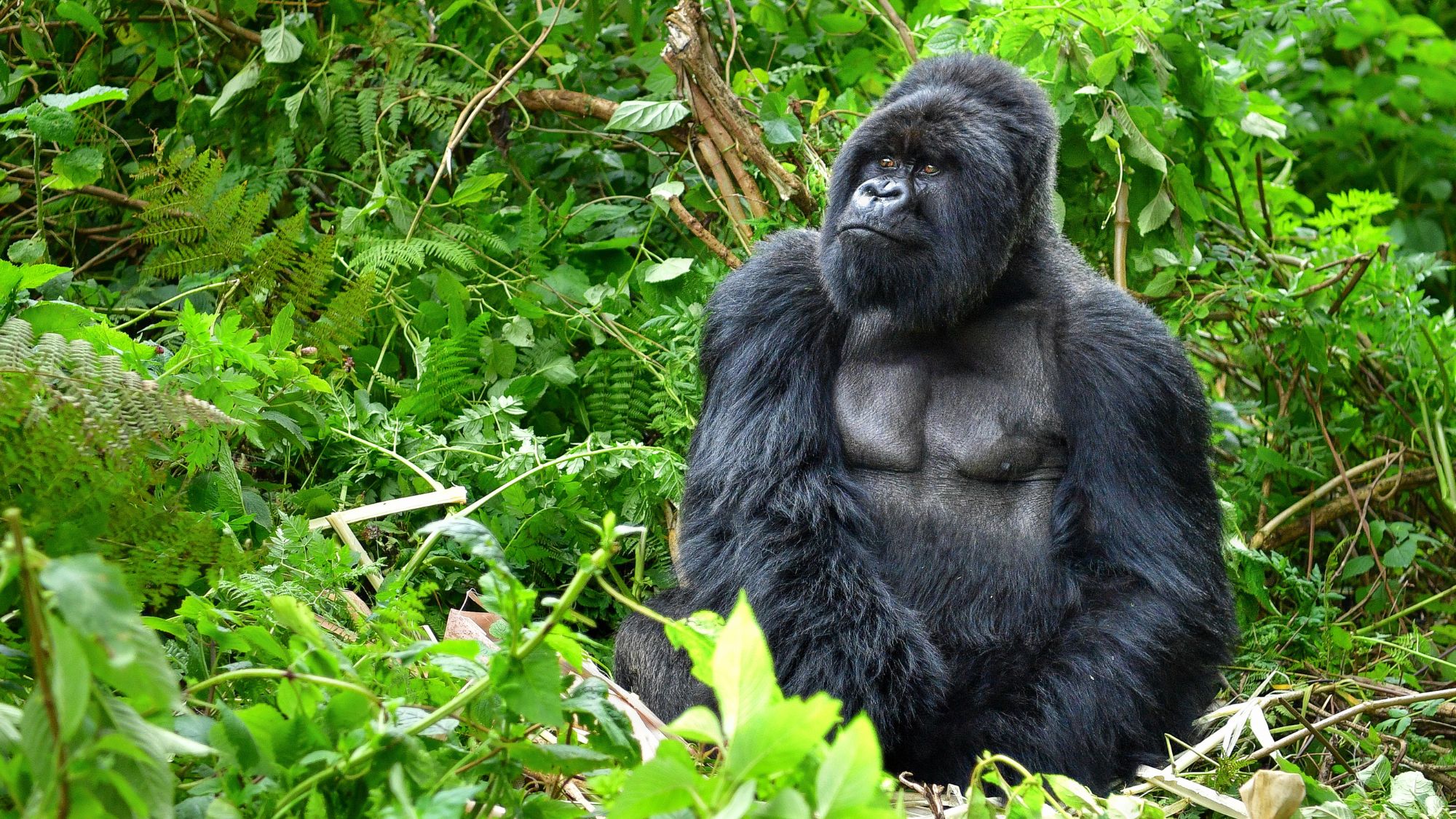
A silverback mountain gorilla in Rwanda
Go on an East African adventure with Wayfairer Travel's new 11-day "Gorillas, Masai Mara & Zanzibar" package which takes in three jewels of the region: Rwanda's Parc National des Volcans, Kenya's Masai Mara and the coastline of Zanzibar. The undoubted highlight of the trip is a trek up into the Virunga Volcanoes, where guests will spend one magical hour with the last of the mountain gorillas. After the gorilla trek, take a tour of Rwanda's capital city Kigali before flying to Kenya for a classic big five safari in the Masai Mara. Here guests can enjoy game drives, guided walks and authentic cultural experiences. The trip will conclude with relaxation on the beautiful beaches of Zanzibar. From £7,550 per person; wayfairertravel.com
A garden in Northumberland

Belsay Hall, Castle and Gardens in Northumberland
One of England's loveliest Greek-revival buildings, Belsay Hall in Northumberland, has recently been subject of a refurbishment costing £3.4m – a fair chunk of which has gone on restoring its glorious grounds, said Sean Newsom in The Times. In its formal gardens, the landscape designer Dan Pearson has conjured "soft, billowing clouds of colour" that evolve through the spring and summer. More striking still is the celebrated quarry garden, created in the early 19th century. A deep, winding canyon seething with an extraordinary array of subtropical plants (some with leaves "the size of upturned golf umbrellas"), it is like "a glasshouse with the roof blown off" – a magical sight amid the surrounding farmland. Combine your trip with a visit to Cragside, another house with a remarkable garden, set above a gorge.
Sierra de Guadarrama: hiking with Hemingway

Sierra de Guadarrama in Spain
The mountains of the Sierra de Guadarrama were the site of the fierce Spanish Civil War battles that inspired Hemingway's 1940 novel "For Whom the Bell Tolls". Today, they're a popular escape from Madrid, only 30 miles away, said James Patterson in The Sunday Times – and yet you can still walk for hours here in solitude. On one of The Natural Adventure's self-guided, Hemingway-themed hiking trips, you'll stay at good hotels and enjoy daily luggage transfers as you make your way from the "huge" palace-monastery of El Escorial to the historic city of Segovia. En route you'll pass by various reminders of the war, including the "pharaonic" tomb of General Franco, and the Puente de la Cantina, on which Hemingway is said to have modelled the bridge that his pro-Republican hero, Robert Jordan, plans to destroy. A six-night trip costs from £645pp, excluding flights; thenaturaladventure.com
Lake Mergozzo: Lake Maggiore's little sister
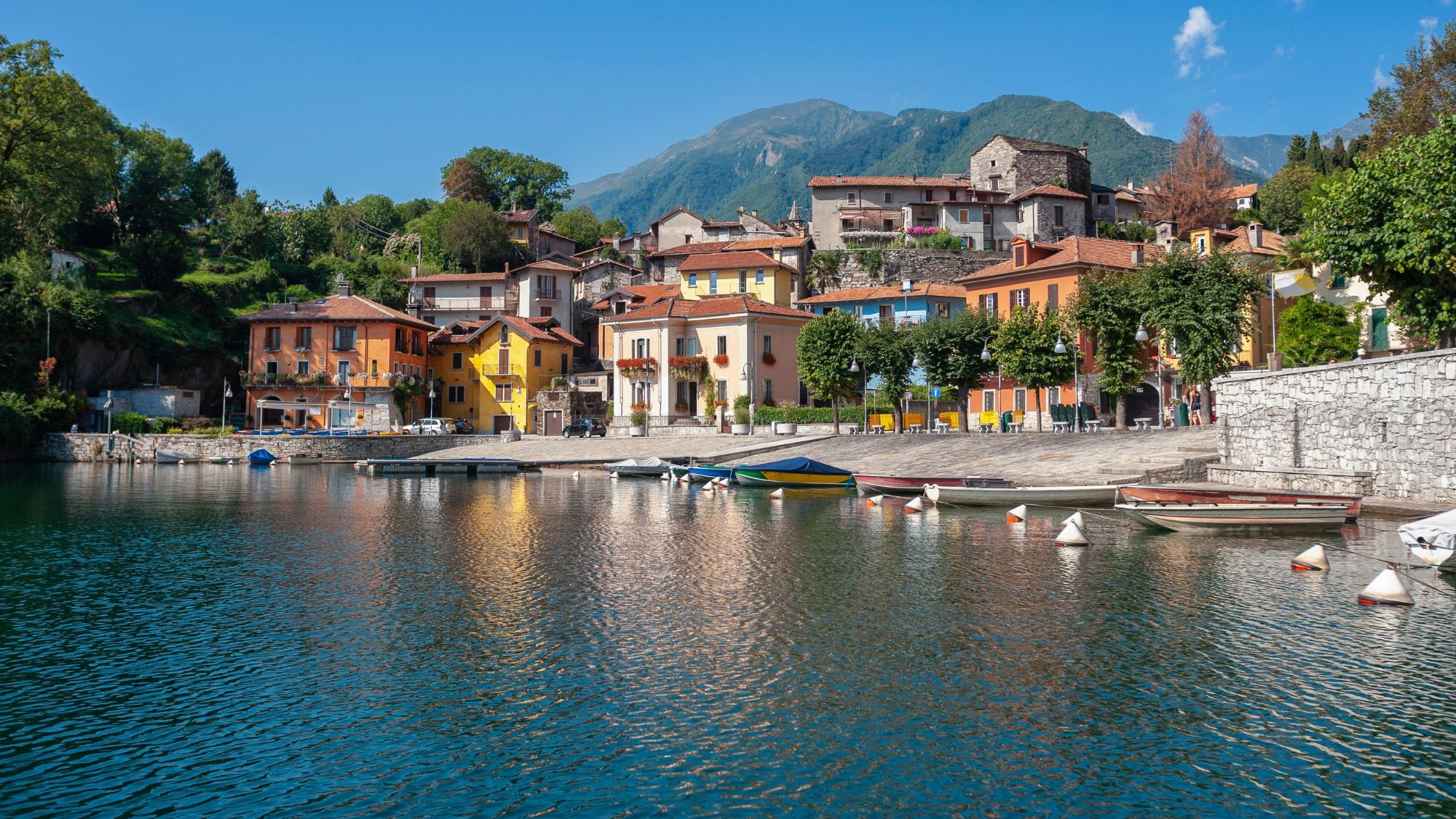
The great mountain lakes of northern Italy (Maggiore, Como, Garda) are among the country's best-known draws. But little Lake Mergozzo – a couple of miles from Maggiore – sees relatively few visitors, and has "an authenticity that will delight even the most seasoned of Italophiles", said Kiki Deere in The Daily Telegraph. Its main town, Mergozzo, is "charming", and nearby is Piccolo Lago, a restaurant with two Michelin stars and a glass dining room commanding "gorgeous" views of the lake. There's hiking and cycling to enjoy in the surrounding mountains (don't miss the hamlet of Montorfano, with its Romanesque church), and some pleasant places to stay, including Casa Castagna 1620, a townhouse with five guest rooms, and Casa della Capra, where the owners offer art workshops, food tours, cycling trips and more.
A lonely walk on Chesil Beach
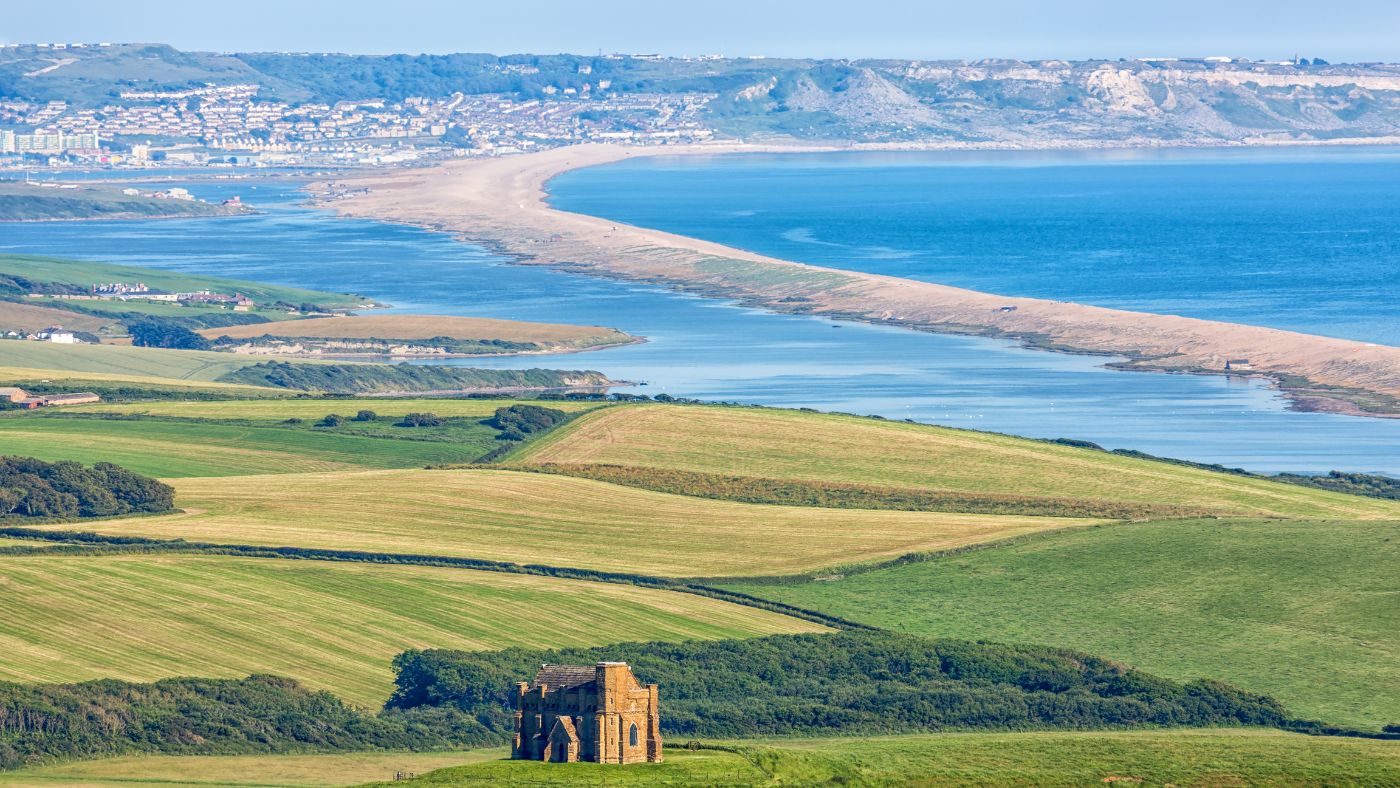
An 18-mile “ribbon of wilderness” that stretches along the Dorset coast, Chesil Beach has been immortalised in fiction, from Thomas Hardy’s “The Well-Beloved” to the eponymous Ian McEwan novella. Its loose shingle makes it difficult – indeed, potentially “ankle-shredding” – to walk here. Some think it “monotonous”, too, said Oliver Smith in the FT, but I found the beach “calming”, with its pebbles “raked by wind and tide” like in a Zen garden. Particularly “eerie” is the eight-mile stretch between Portland and Abbotsbury, where a lagoon separates the beach from the mainland, so there’s no way off but to walk on or walk back. It tends to be lonely going, and perhaps made only more haunting by the sight of the abandoned medieval chapel, St Catherine’s, perched on a hill at the Abbotsbury end, like “a lighthouse for souls”.
Svalbard in the summer
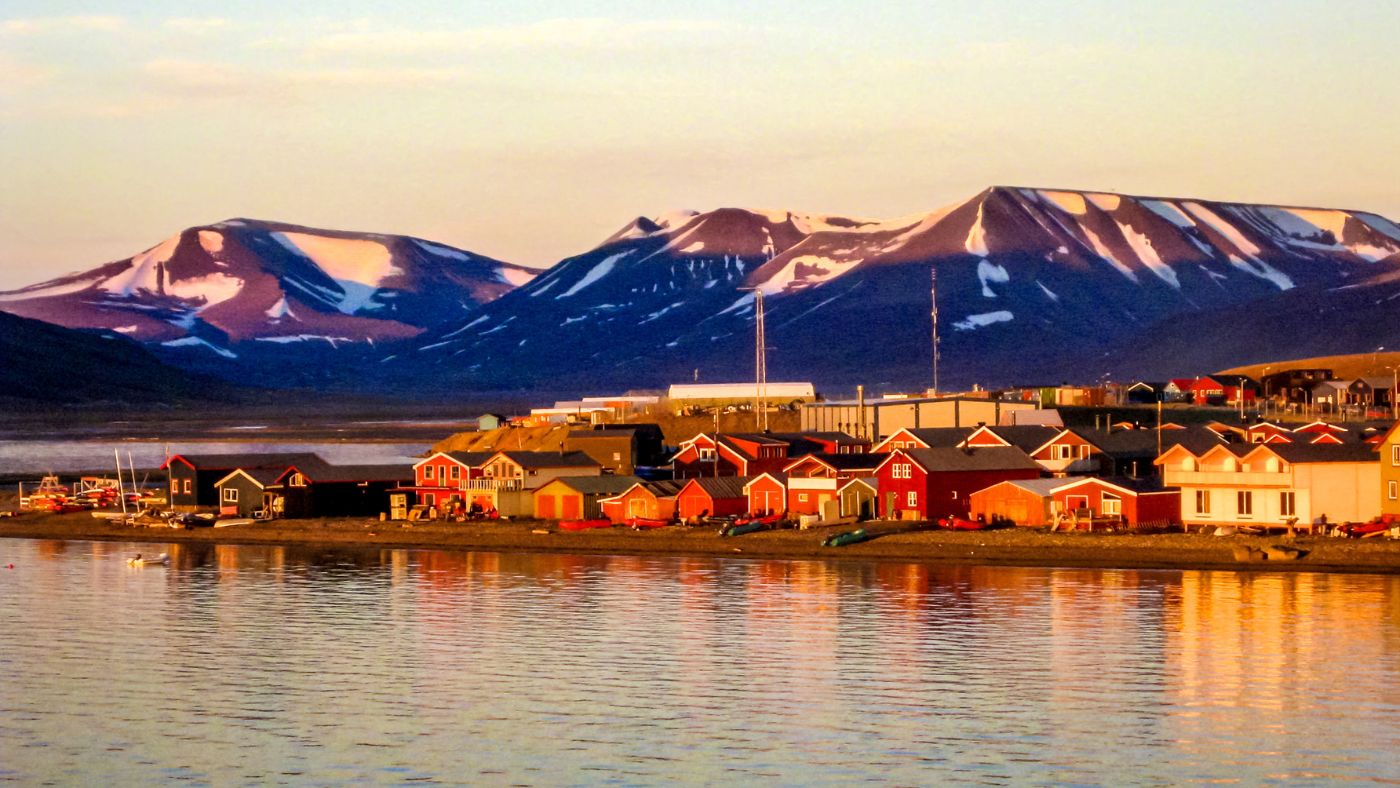
In winter, Norway’s Svalbard archipelago is the place to go for husky sledding, snowmobiling and seeing the Northern Lights. In summer, these Arctic islands feel very different, said Anna Murphy in The Times. Delicate wildflowers emerge from the scree beneath their “vast buttressed cliffs”, and the lightness of the nights lends a dreamlike quality to every view. Summer also offers the chance to see polar bears, as the ice pack melts and the animals head onto land to hunt. On the main island, Longyearbyen, the Isfjord Radio Adventure Hotel makes for a stylish but adventurous stay. As well as the bears, there are walruses, Arctic foxes, reindeer and whales to spot. Boat trips afford fabulous views of calving glaciers, and back at the hotel there’s haute cuisine on offer, and a “remarkable” sauna set on rocks beside the ice-cold sea. Original Travel has a six-night trip from £3,295pp, including flights; originaltravel.co.uk
A weekend in Cincinnati
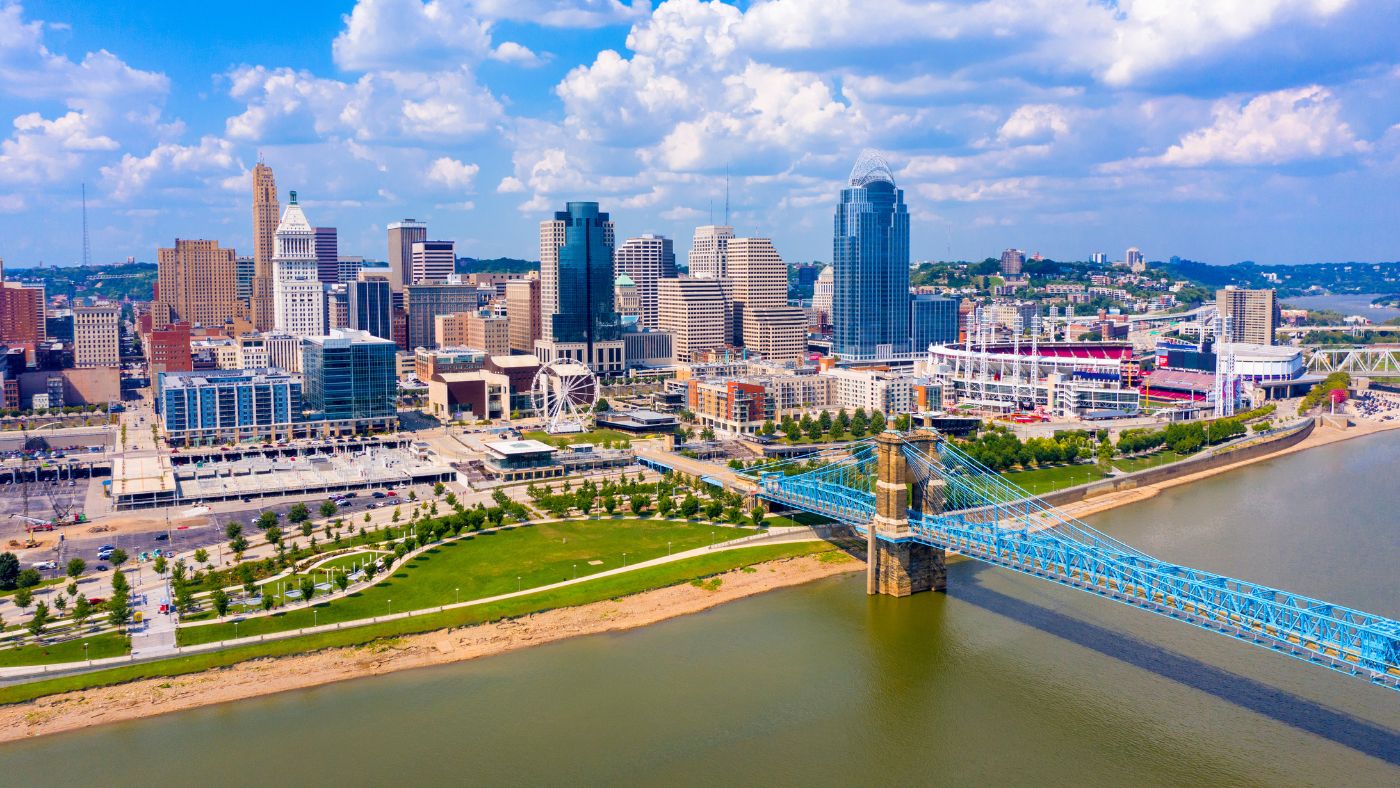
Cincinnati in Ohio is a ‘deeply American’ city
Located in the heart of North America and now “super accessible”, thanks to new British Airways flights from Heathrow, Cincinnati makes a good starting point for a road trip. But it’s worth spending a bit of time in this “brawny, historic, sometimes handsome, deeply American” city, said Sean Thomas in the Daily Mail. You could watch a game at the stadiums of the Cincinnati Reds or the Bengals, and try the “infamous” Cincinnati chili (spaghetti with chili, cheddar, chocolate and more) at the Findlay food market. Stay in Over-the-Rhine, a “historic, boozy, gritty yet up-and-coming neighbourhood” with good boutique hotels. And don’t miss the American Sign Museum (“brilliant in a pure Americana-in-neon way”) or the Freedom Centre, a “seriously moving” tribute to the slaves who once fled here from Kentucky.
The great wilderness of Bhutan
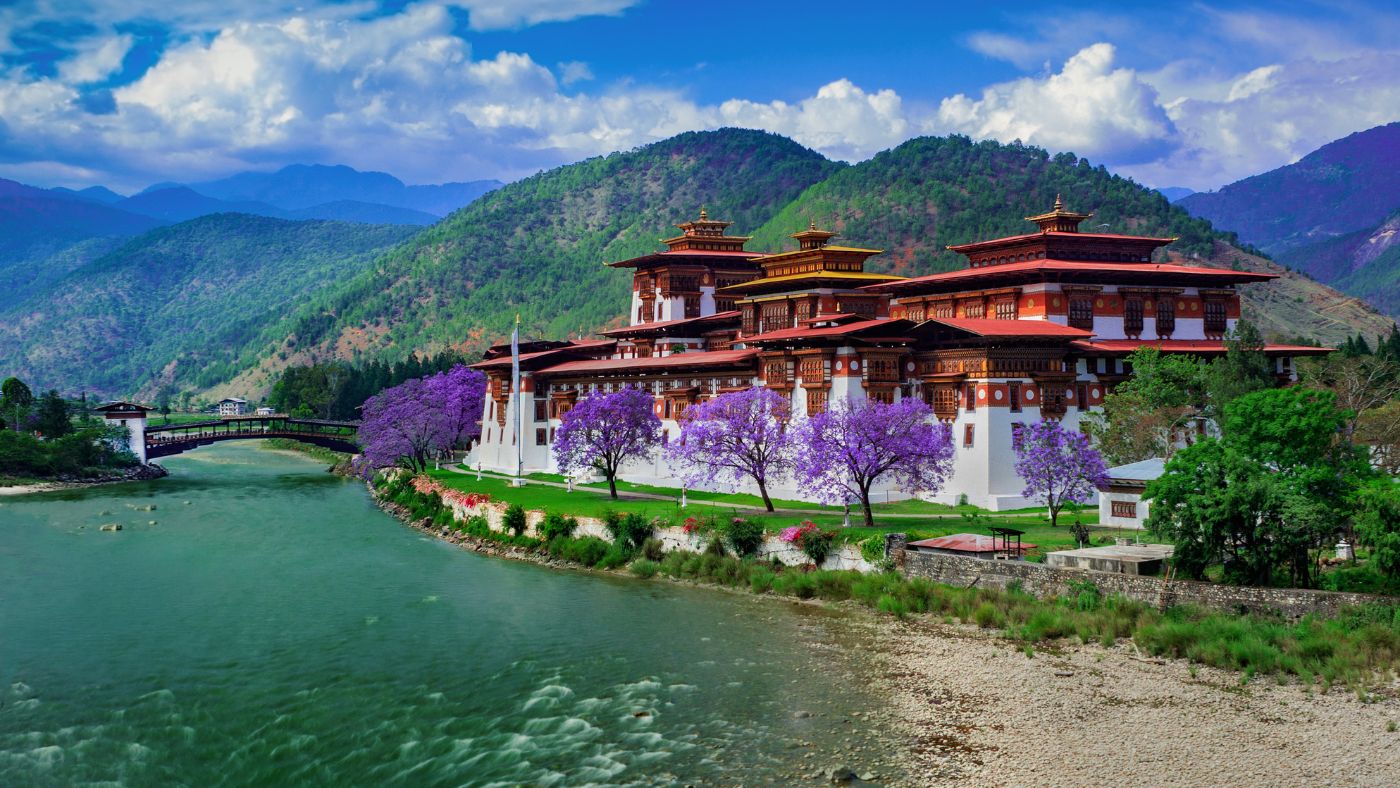
Travel company The Luminaire has launched a nine-day experience exploring the great wilderness of Bhutan, the Buddhist kingdom in the eastern Himalayas. Guests will be guided through Bhutan’s pristine landscapes by expert environmentalists and participate in the work of the local conservationists preserving the kingdom’s rich biodiversity. Activities include descending into the valley of Punakha to the Mo Chhu (Mother River) to explore it by raft, visiting the Unesco-protected Boudhanath Stupa, and sustainable foraging for wild edible orchards. From £16,990 per person based on two travellers and including all accommodation, activities, transfers and some meals; theluminaire.com
Heavenly views in the Hebrides
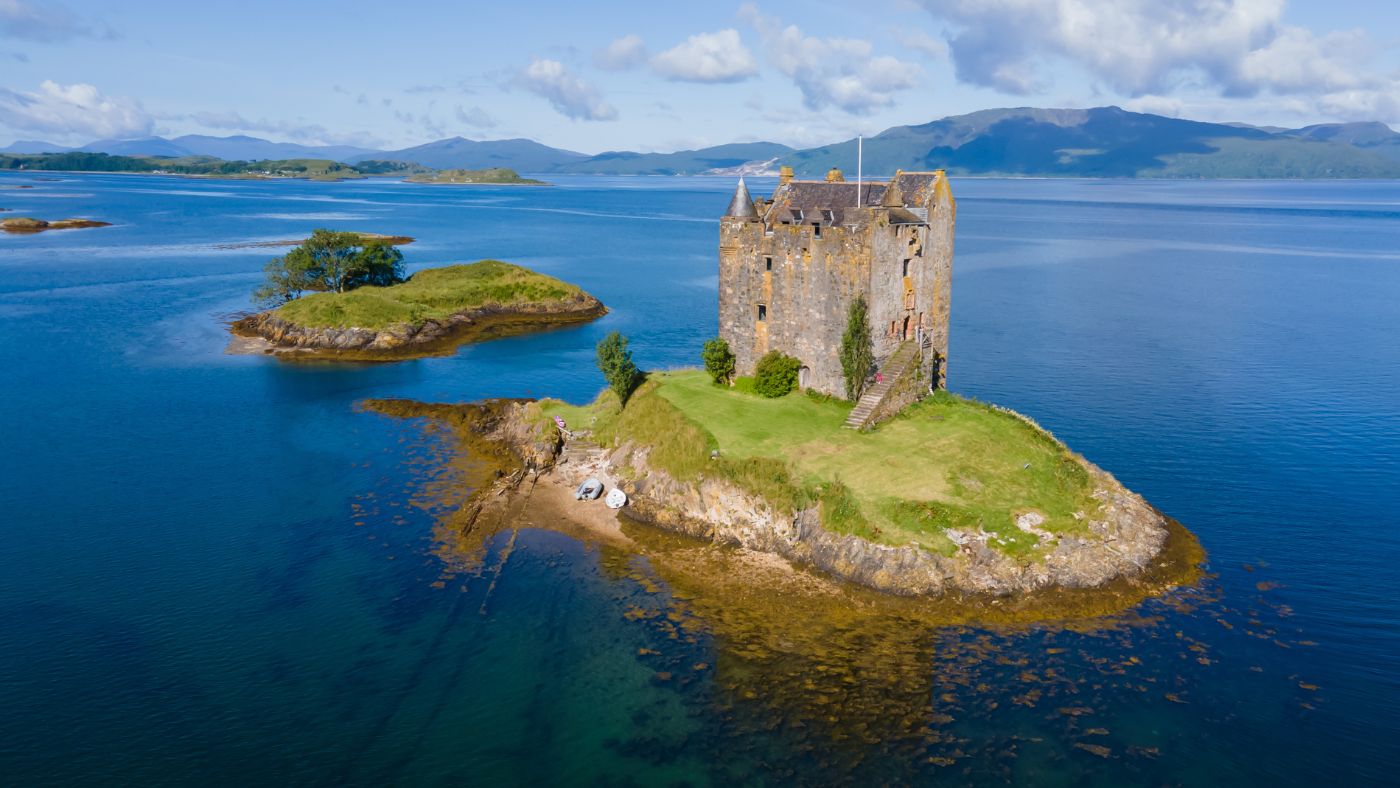
There can be few more wonderful spots from which to contemplate the Inner Hebrides than the village of Portnacroish, said Antonia Quirke in The Sunday Times – and now there’s a great new place to stay on the hillside just above it. An “uncluttered” studio made of glass and cedar, Stormhouse South commands “breathtaking” views down Loch Linnhe to Castle Stalker (the island fortress seen at the end of “Monty Python and the Holy Grail”), and the isles of Lismore and Mull beyond. It feels “very remote”, but lies within easy reach of Oban and Fort William, and still closer to some decent eateries, including The Old Inn in Appin and The Pierhouse Hotel in Port Appin. Lismore – an “utterly lovely” island with a “bohemian, almost Mediterranean” air – is ten minutes away by ferry. A five-night stay costs from £1,750 for two.
Fort Myers: a historic resort town in Florida
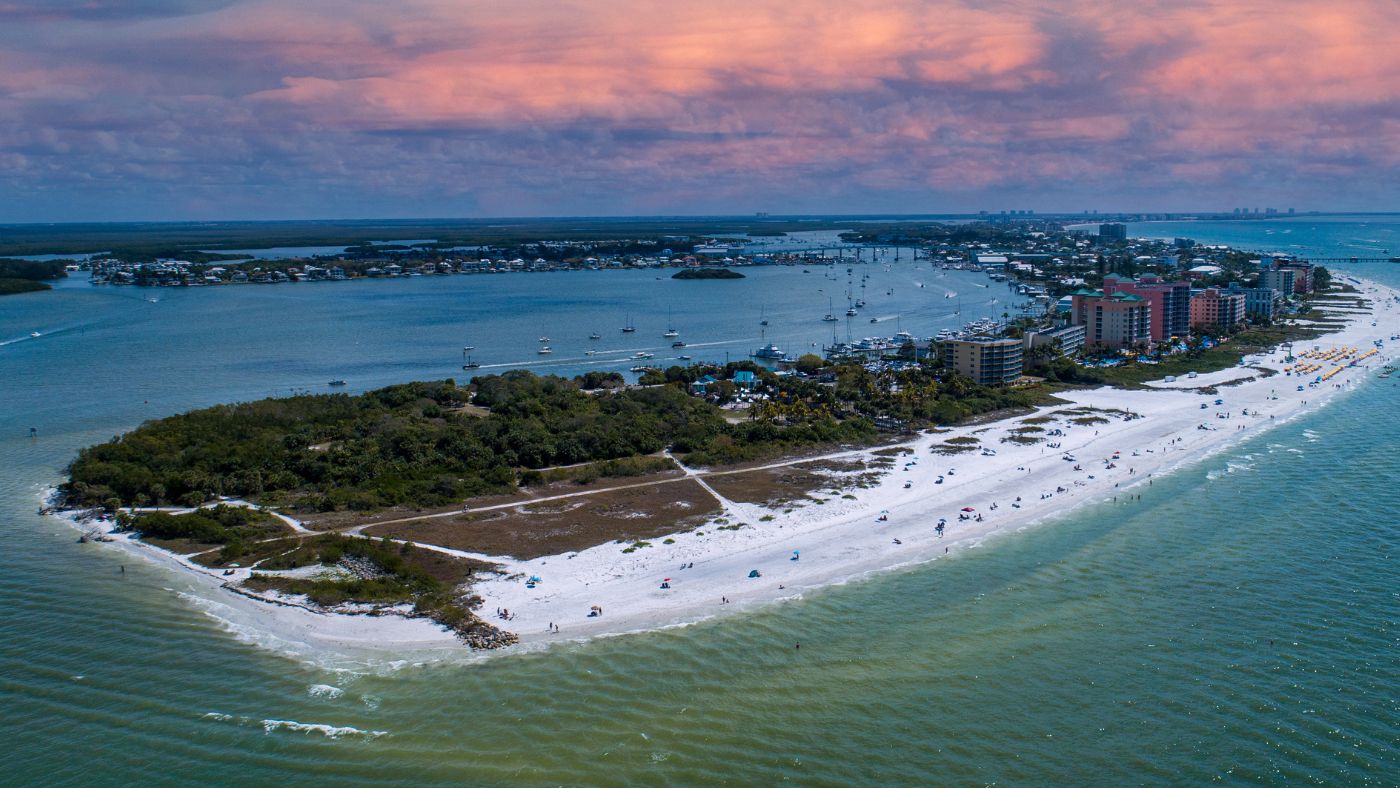
Set on Florida’s southwest coast, an hour from Tampa, Fort Myers offers a “refined” taste of the state, said Mark Porter in the Daily Mail, with some fabulous beaches, and “no Mickey Mouse in sight”. Henry Ford and Thomas Edison had neighbouring summerhouses here (now a single museum), and the high street is still “grandly porticoed” today, and home to restaurants such as The Veranda (all “lacquered teak and ceiling fans, fresh seafood and old money”). Stay at the “stylish” Luminary Hotel, and at the ’Tween Waters resort on nearby Captiva, one of a string of sandy barrier islands shadowing the coast. From there, you can go on a cycle tour of the “Ding” Darling Wildlife Refuge (but watch out for alligators), and kayak in Pine Island Sound, where manatees can be seen.
A bear-spotting trip in the Fagaras Mountains, Romania
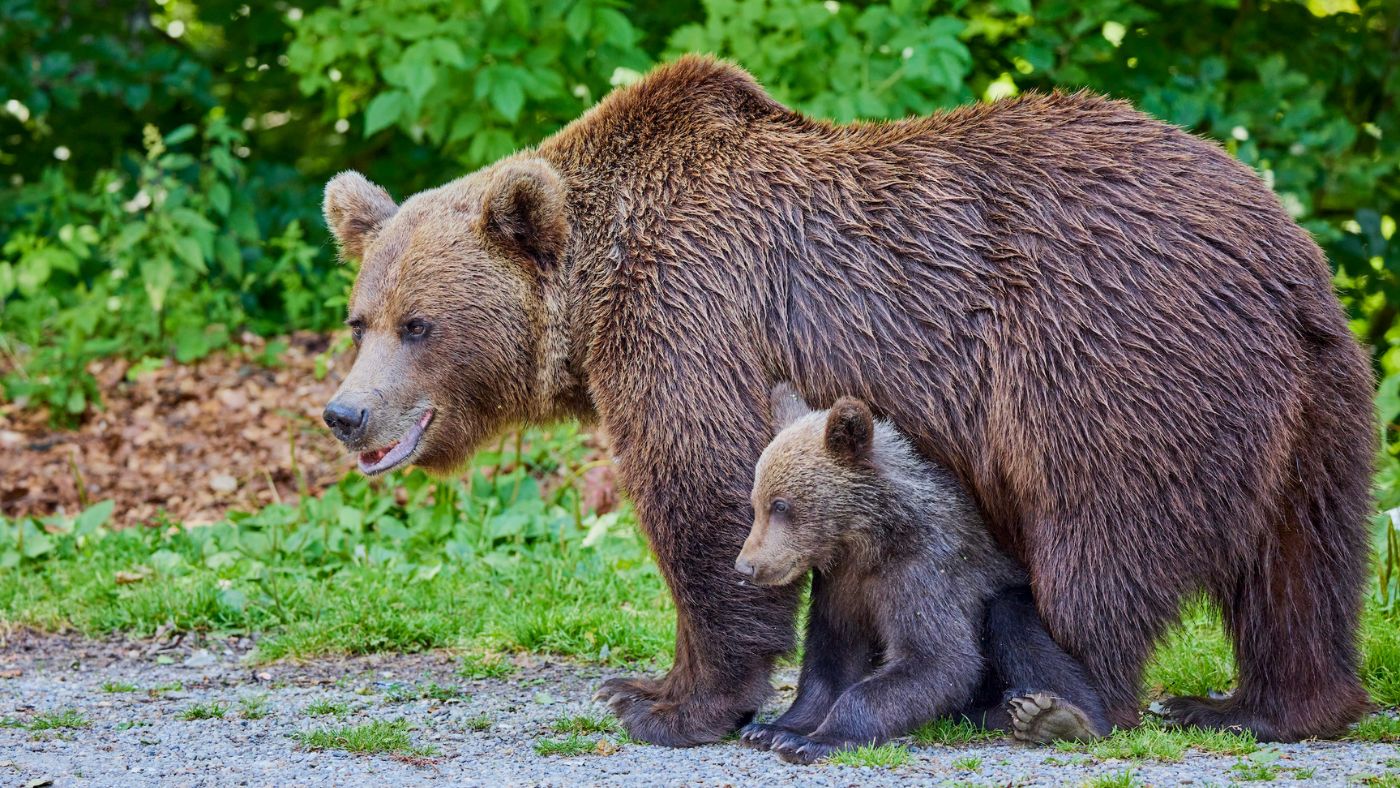
Romania’s Fagaras Mountains are among the best places in Europe to see bears – and sightings are even more likely if you stay in the “stylish” hides run by Foundation Conservation Carpathia, said Mark Stratton in The Daily Telegraph. Bankrolled by a Swiss billionaire, this NGO owns 66,000 acres of the region’s forests, and is working to establish a national park almost ten times larger – roughly the size of the Lake District. The hiking in the area is “glorious”, and there’s “cosy” visitor accommodation including a guesthouse, a glampsite and two hides, one (the four-bed Comisu) overlooking an Alpine meadow, and the other (Bunea, with six beds) set in a forest glade. Bears are regular visitors to both sites, and there’s much other wildlife to spot, including wild boar, wolves, lynx and bison, recently reintroduced to the area. Journeys with Purpose has a four-day guided tour from €2,450pp, excluding flights; journeyswithpurpose.org
Cape May: New Jersey’s seaside jewel
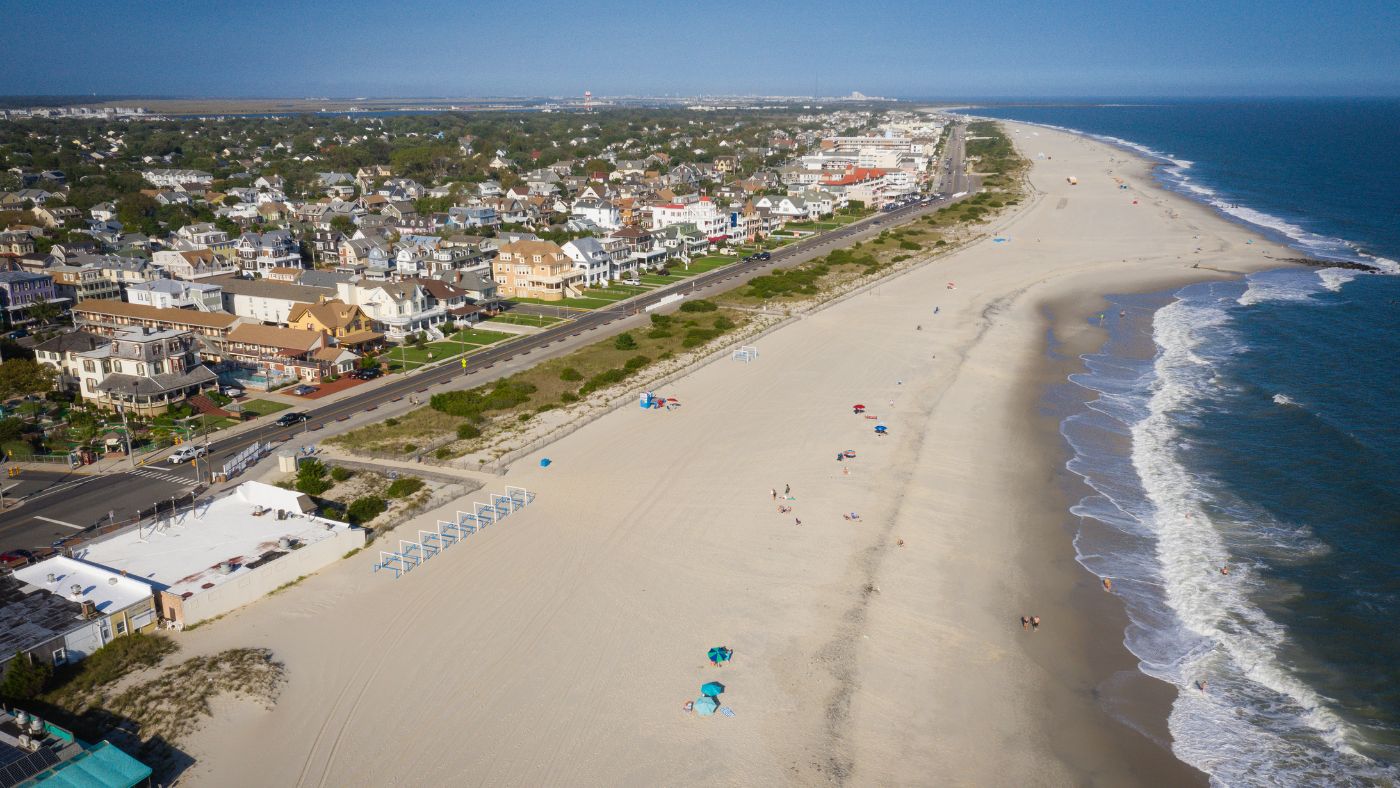
Known as the “Queen of the Seaside Resorts”, Cape May in New Jersey was the summer playground of presidents in the 19th century, and still makes for a “serene and sophisticated” escape from the nearby cities of Philadelphia and New York, said Cathy Toogood in The Daily Telegraph. The town’s huge, golden beach is the main attraction, but it also has a lively arts scene, wild surroundings and beautifully preserved Victorian architecture (much of it painted in “cheerful shades of cornflower blue, lemon, pink and sage”). Sign up for a historic street tour (the Cape May MAC trolley tour is among the best), ride a “railbike” out along the tracks of the old seashore railroad, past beautiful salt marshes and wildflower meadows, and be sure to take a whale-watching boat tour in Delaware Bay, where sightings are “extremely common”.
Cycling around Camembert
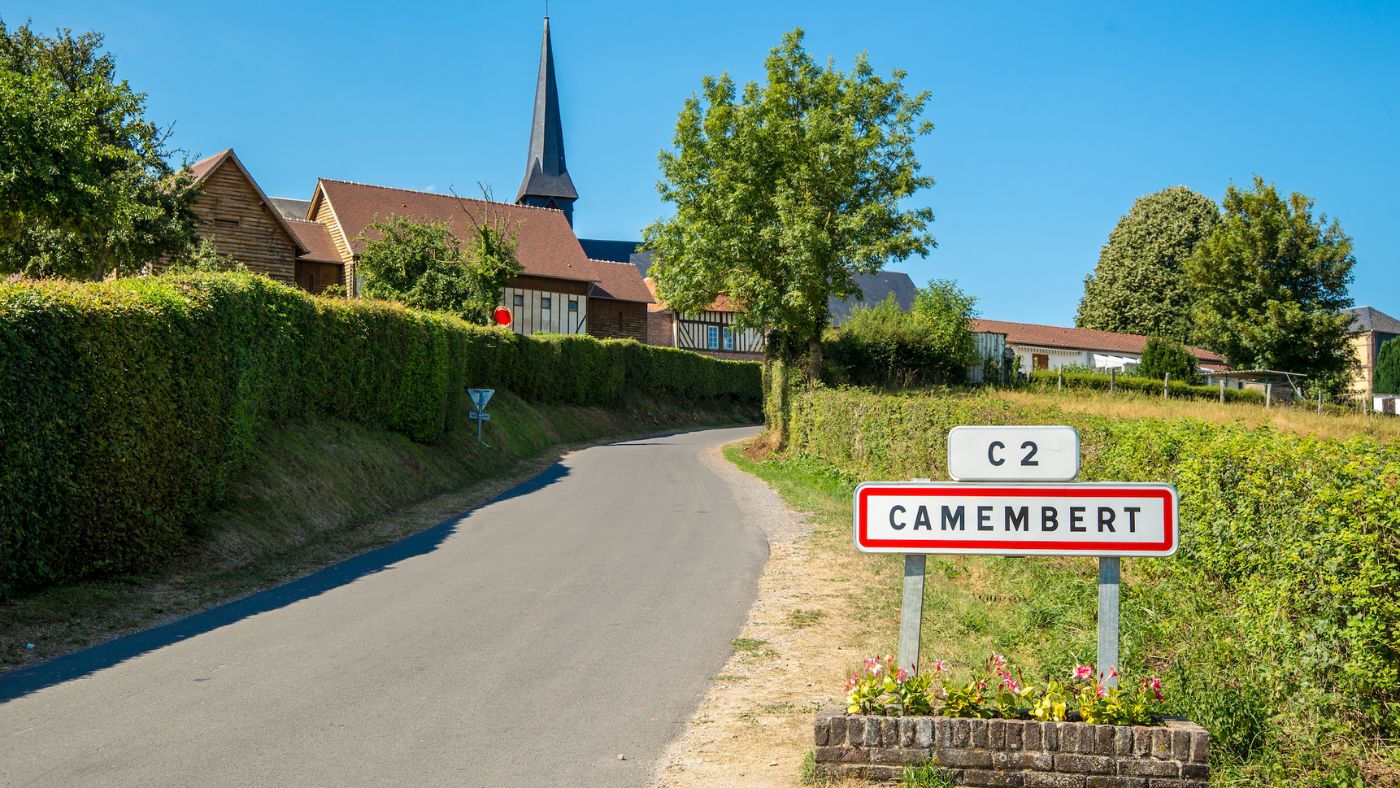
For lovers of cheese and gentle cycling, it’s the perfect trip, said Chris Allsop in The Times – a journey through the “rumpled” heart of Normandy taking in three villages that have lent their names to some of the region’s finest fromage. Hire an e-bike from Locvélo at the Ouistreham-Caen ferry port and head first for Camembert, whose local museum offers tastings. Next comes Livarot, where a tour of Graindorge Fromagerie is not to be missed. And the final stop is Pont l’Évêque – beyond which the pretty seaside towns of Deauville and Honfleur lie within easy reach. The route takes you through “a haze of hamlets overflowing with geranium-filled flower boxes”, and there are other “boutique” producers of cheese (such as La Ferme de l’Instière) and cider (such as Bellou Manor) to visit along the way. See normandie-tourisme.fr and locvelo.fr
The secrets of Orford Ness
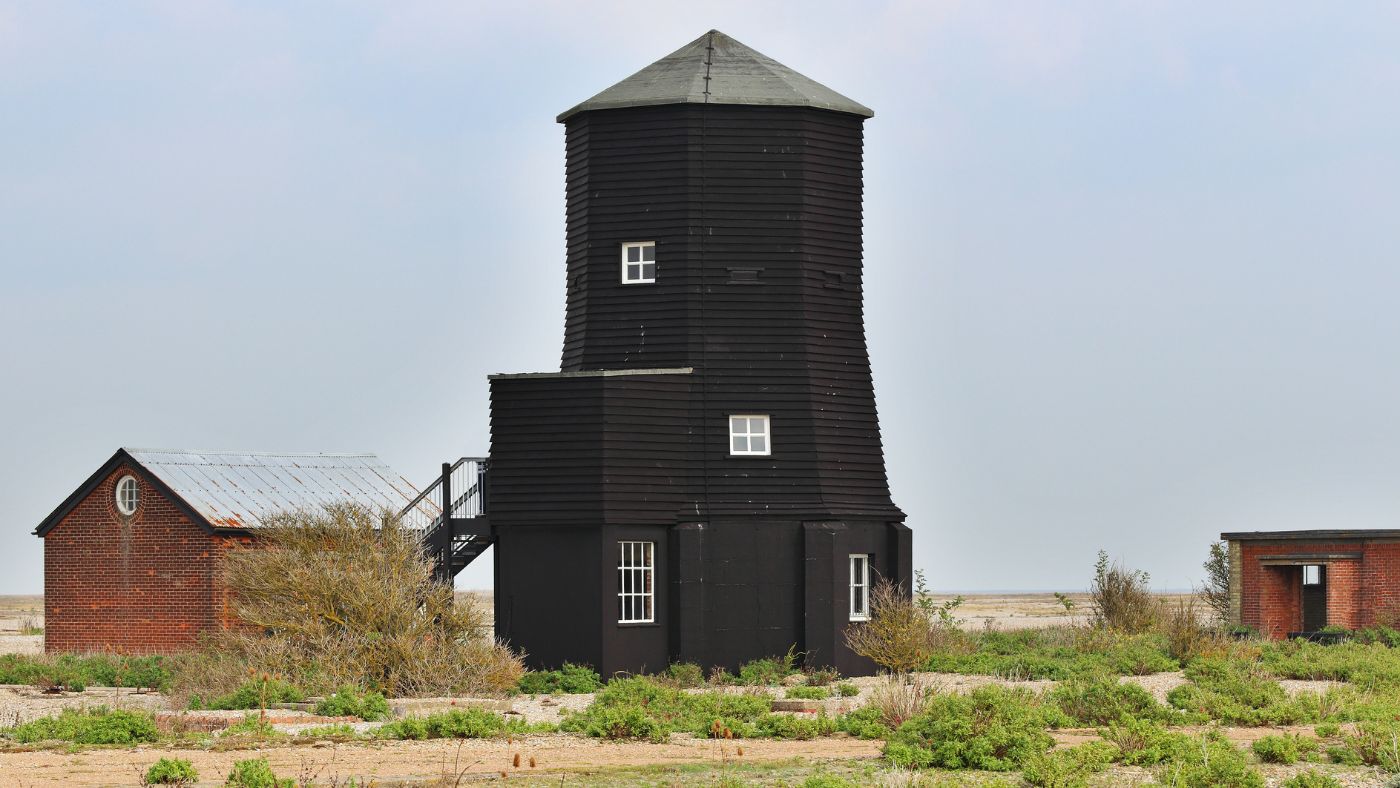
A 12-mile spit of shingle and reed marsh caught between the River Alde and the sea, Orford Ness in Suffolk is a National Trust nature reserve of “stark” and “fragile” beauty. But the hulking remains of concrete buildings across it testify to a darker past, said Simon Ingram in The Sunday Times – as a testing ground for some of the 20th century’s key military technologies, including radar and the atomic bomb. These structures – from the windmill-like Black Beacon to the “sinisterly derelict” Control Room – lend a surreal and unsettling edge to any visit, and there’s an excellent exhibition, “Island of Secrets”, for anyone interested. Still, “shingle, sky and sea” are powerful presences too, and so is resurgent nature, with sea pea and sea campion “enlivening the stones”, and many animals to spot, including hares, otters and a rich array of birds.
A culinary journey through the fjords of Norway
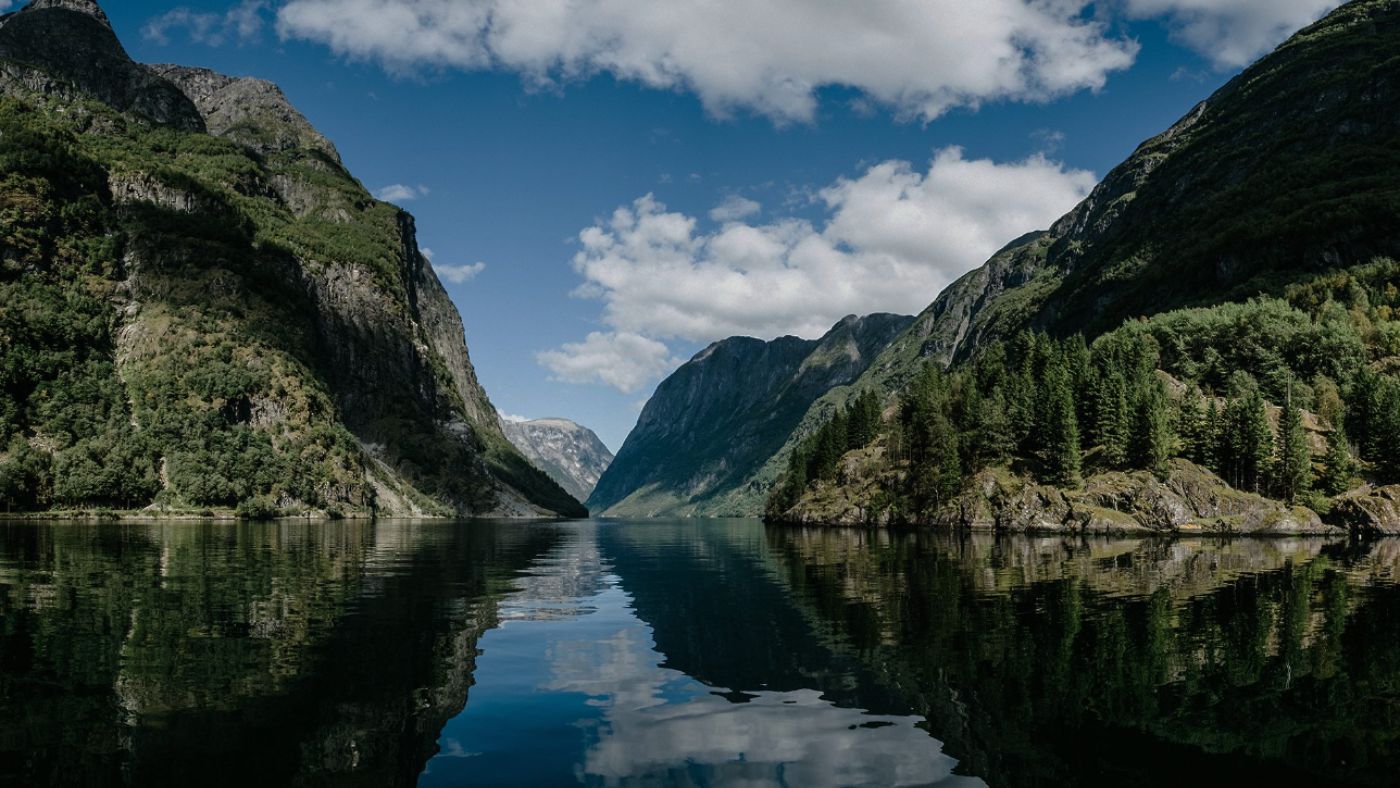
Experiential travel company Pelorus has launched “A Taste for Adventure”, a foodie journey through the fjords of west Norway created in partnership with luxury travel operator 62°NORD and culinary experience company SKANDL. The five-day package features masterclasses led by chefs from Michelin-starred restaurants, accommodation at 62°NORD properties Union Øye or Storfjord Hotel, immersive dining experiences and activities including Nordic fishing, foraging, and food preparation techniques. Available from March to November, “A Taste of Adventure” starts from £100,000 for a group of six guests travelling for five days. This includes all experiences, accommodation at Union Øye or Storfjord Hotel, logistics planning, domestic transport, and dining experiences. International flights are not included. pelorusx.com
Wildlife spotting in Mull
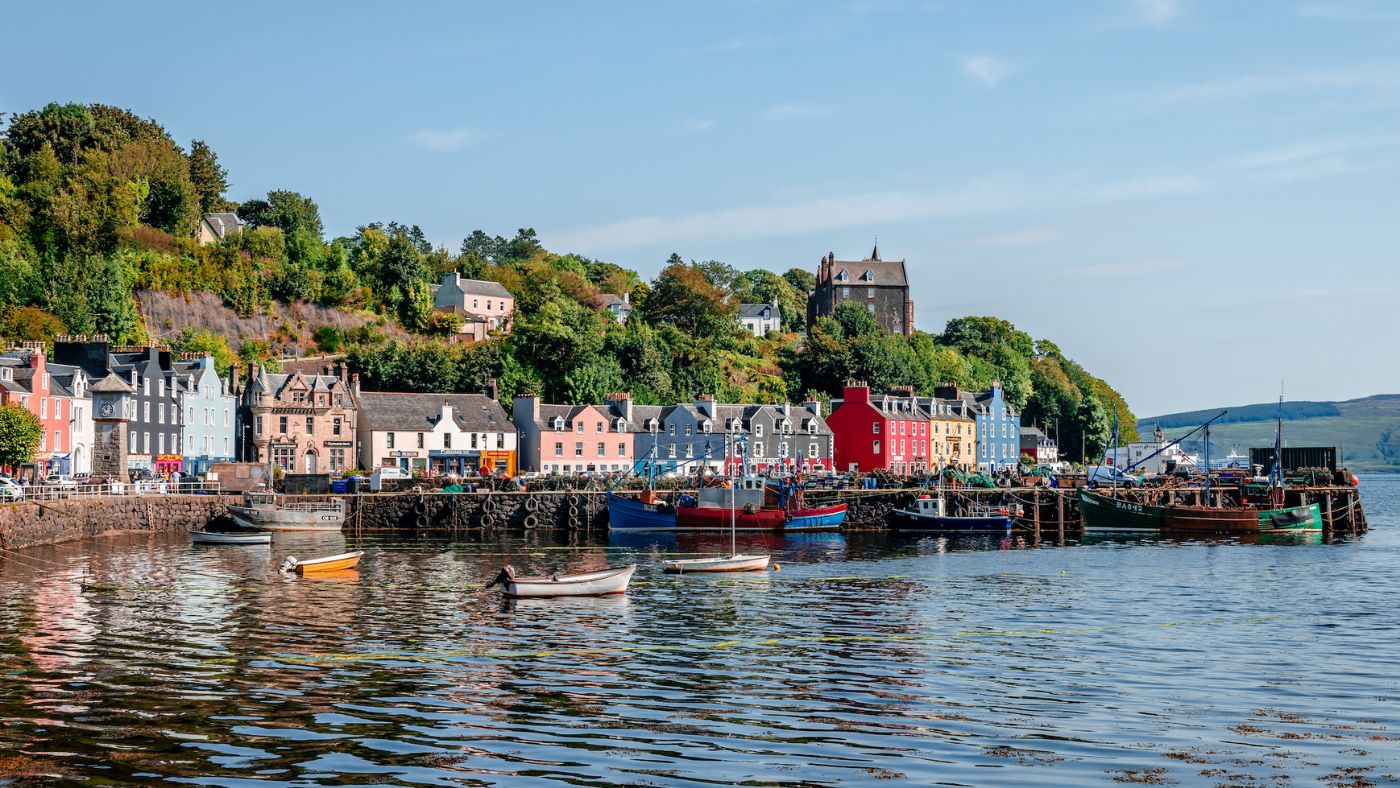
Mull, the second-largest of the Inner Hebrides, is “less afflicted by coach-tour logjams” than Skye and has “whopping wildlife”, said Paul Bloomfield in The Daily Telegraph. “Massive golden and white-tailed eagles, wingspans topping two metres, soar above glens grazed by magnificent red deer”; “minke breach waves to the west, joined by bottlenose dolphins and harbour porpoises”. “Somewhat smaller but no less charismatic are the otters and seabirds around Mull’s coast and offshore islands”, particularly Staffa, which is famed for the extraordinary polygonal basalt pipes of Fingal’s Cave. Between taking all this in, you could visit the “venerable” Tobermory Distillery, or “savour a dram in the Mishnish, the legendary live-music pub”. There is “real local spirit”, and Tobermory – familiar to viewers of the children’s BBC TV show “Balamory” – has the kind of “rainbow-hued harbour for which postcards were invented”.
Madeira’s year-round charms

“Madeira has a subtropical climate and boasts year-round sunshine,” said Daniel Lavelle in The Guardian, so “there’s never a bad time to visit”. The island is the emerged top of a dormant volcano, and its fertile soils have produced a lush landscape. There is an abundance of trails, caves, beaches and taverns to explore; and outside Funchal, the capital, “it’s all reasonably priced”. Nearly every bar serves drinks with a hearty portion of “pickled lupin beans, monkey nuts, and occasionally chicken wings and salted fish”, which means you “could probably eat a day’s fill here for the cost of a pint in the West End”. There are, of course, piña coladas and sun loungers for those who want them, but the island has far more to offer than that: “in fact, it has a little something for everyone”.
A road trip in northern Spain
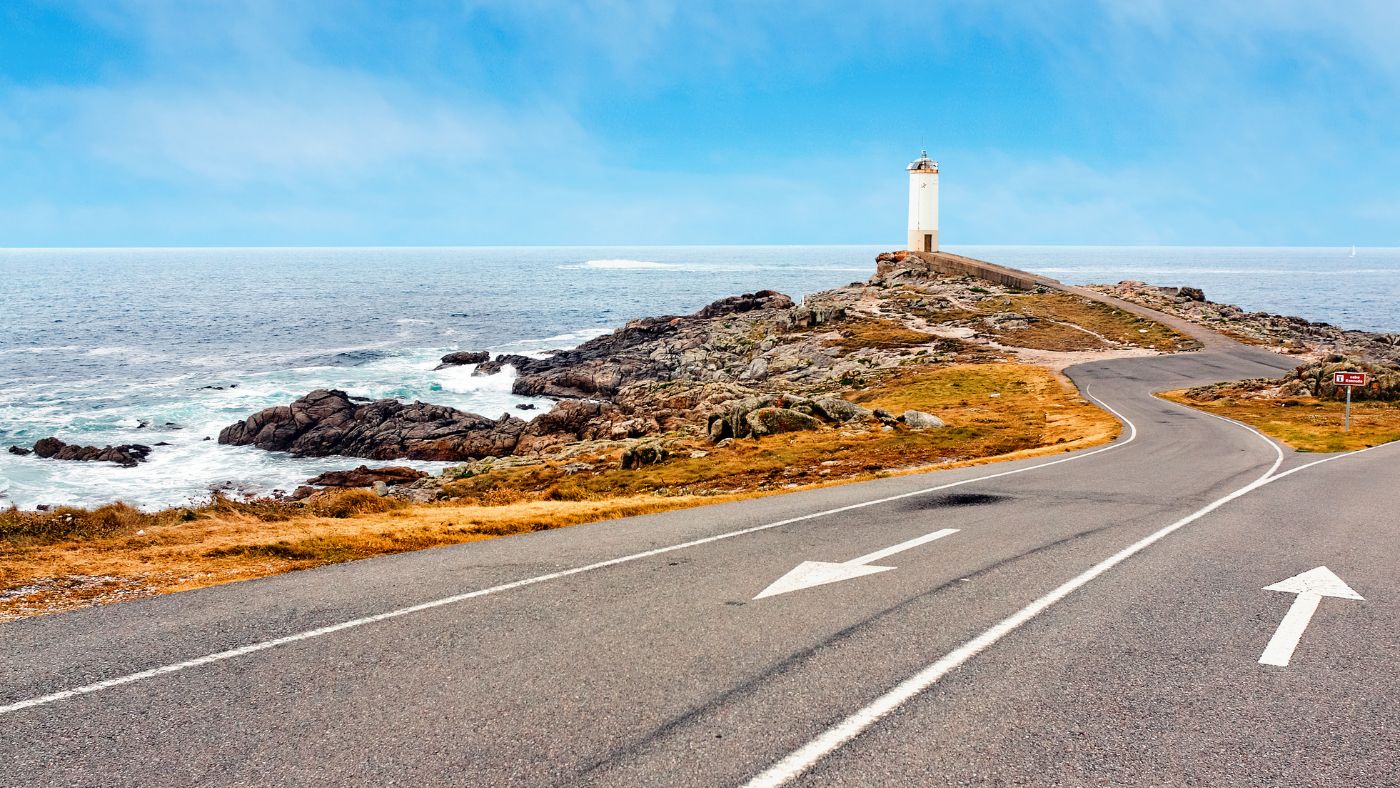
“As monikers go,” said Sarah Gordon in The Times, “the Coast of Death isn’t the most welcoming, which is a shame, because there are few stretches in Spain that offer such pristine beauty.” On this serrated coastline in the north of the country, thousands of ships have been wrecked, and fishermen still battle rough seas to provide kitchens with octopus, barnacles and scallops. And yet the Costa da Morte also has “quiet beaches of powdery white sand, sleepy villages, rustic restaurants and a clutch of new boutique hotels”. The best way to explore it is to take a road trip: start at the village of Buño, once a centre in the region’s pottery trade, then “wend your way along coastal roads, dipping into empty beaches such as Soesto or stopping at dramatic lookout points including Punta da Barca”. You may even find that the Coast of Death is remarkably “full of life-affirming experiences”.
Glorious moorland in Yorkshire
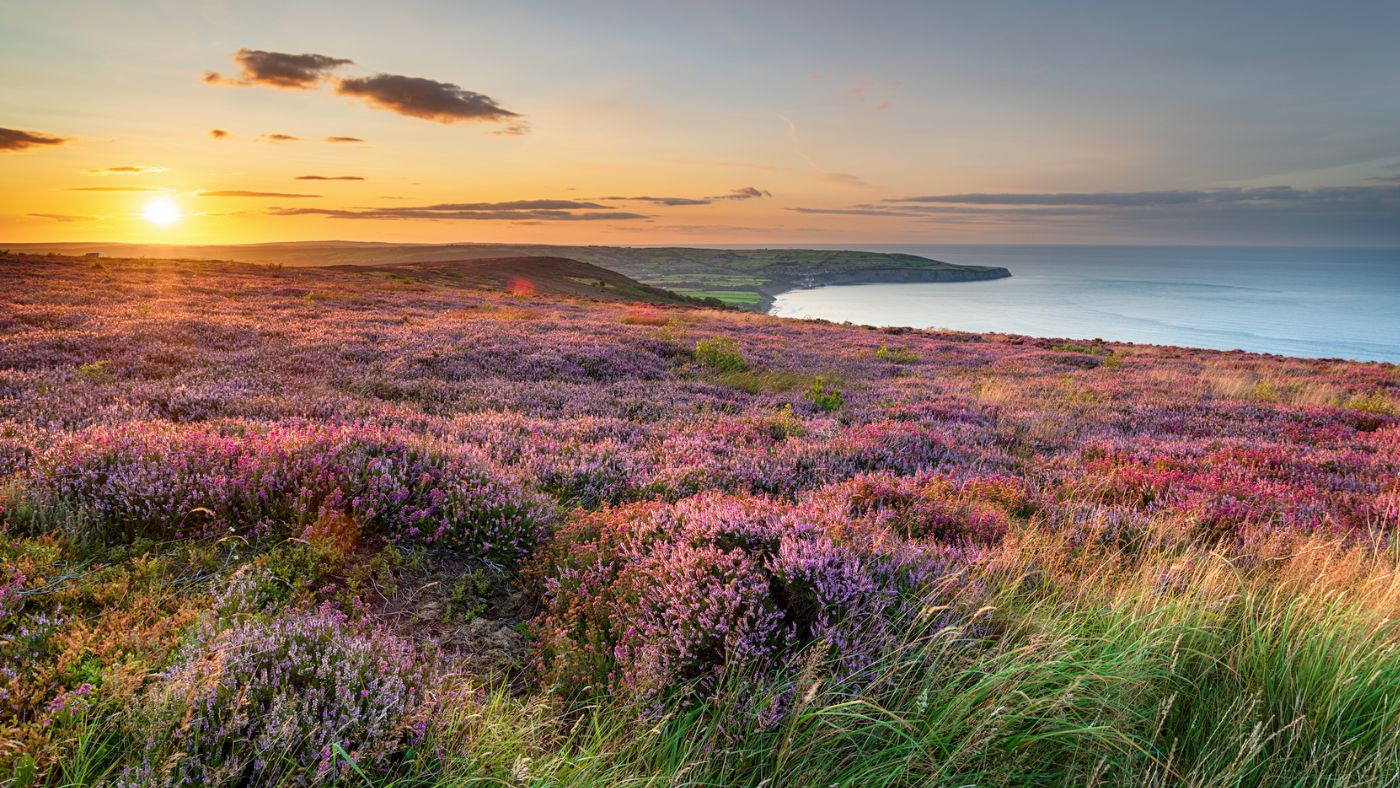
“Yorkshire’s ‘God’s Own Country’ boastfulness can be annoying, but when it comes to moorland heather, there’s no contest,” said Helen Pickles in The Daily Telegraph. From August until September, it coats the North York Moors in a “hallucinogenic haze of pinks and purples”. You can see it from the roadside, or enjoy it in a more immersive way on foot. Several walks start from Rosedale Abbey, including a circular walk via Lastingham, where the Norman church, St Mary’s, has a “splendidly preserved crypt”. A more ambitious walk is the 109-mile Cleveland Way, which “encircles much of the moors” and starts in Helmsley. There’s wildlife to see too, and “as it’s Yorkshire” there’s always a reviving pint or cup of tea not far away.
Exploring Stockholm’s archipelago
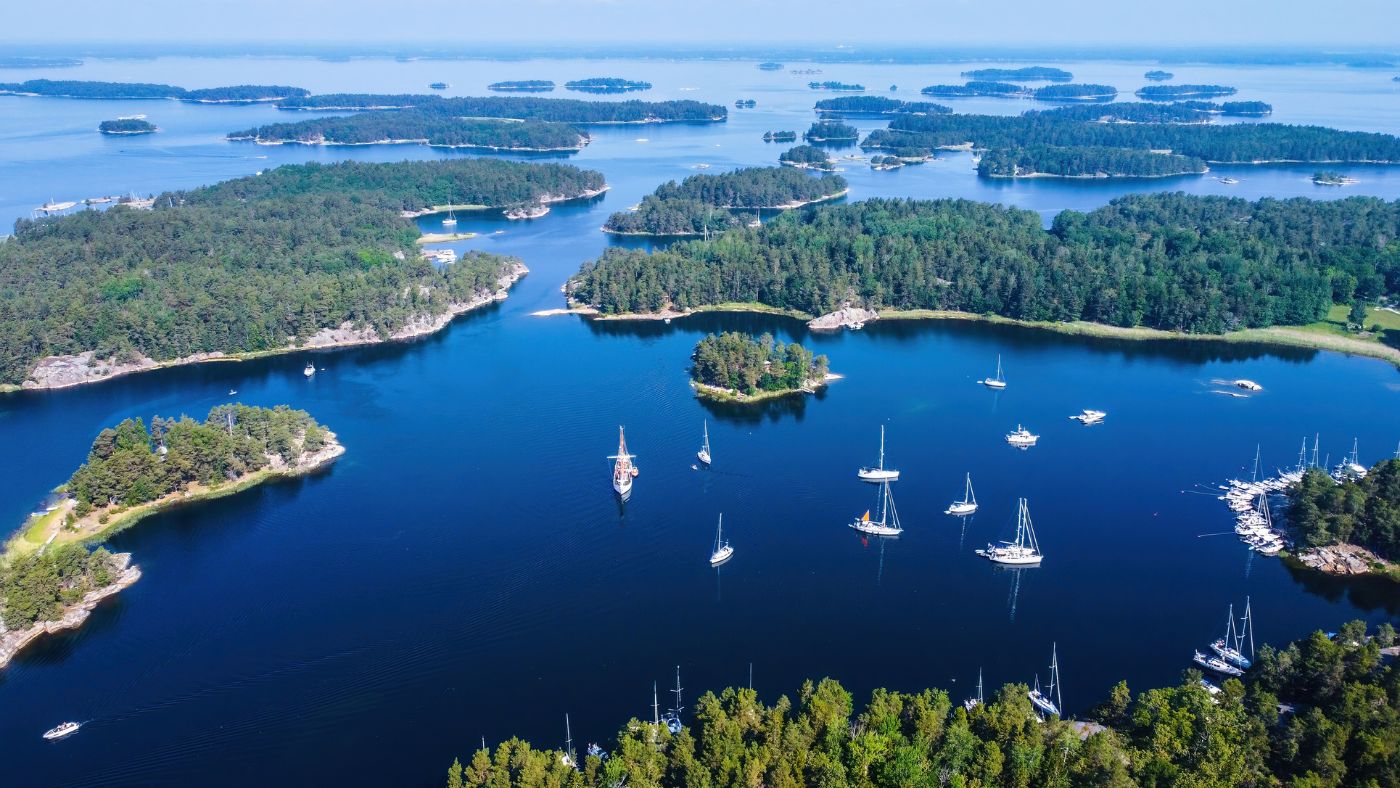
Stockholm’s archipelago is “astounding”, said Ingrid K. Williams in The New York Times. “Shaped like a fan spreading out from the capital into the Baltic Sea, this watery region spans over 650 square miles”, and comprises somewhere between 24,000 and 30,000 islands and islets. These are rarely visited by foreign tourists, but for Swedes they are “a quintessential summer destination”. Many islands are accessible by ferry, bus or car, “but the vast majority can be reached only by motorboat or sailboat, which one can rent with or without a skipper”. A recommended stop is Svartsö, which has a good, seasonal restaurant, and glamping options (you’ll need to reserve a tent well in advance). “With so many islands, so many things to do and see”, the hard part of visiting the archipelago is often just deciding how to spend your time.
In the saddle in Kyrgyzstan
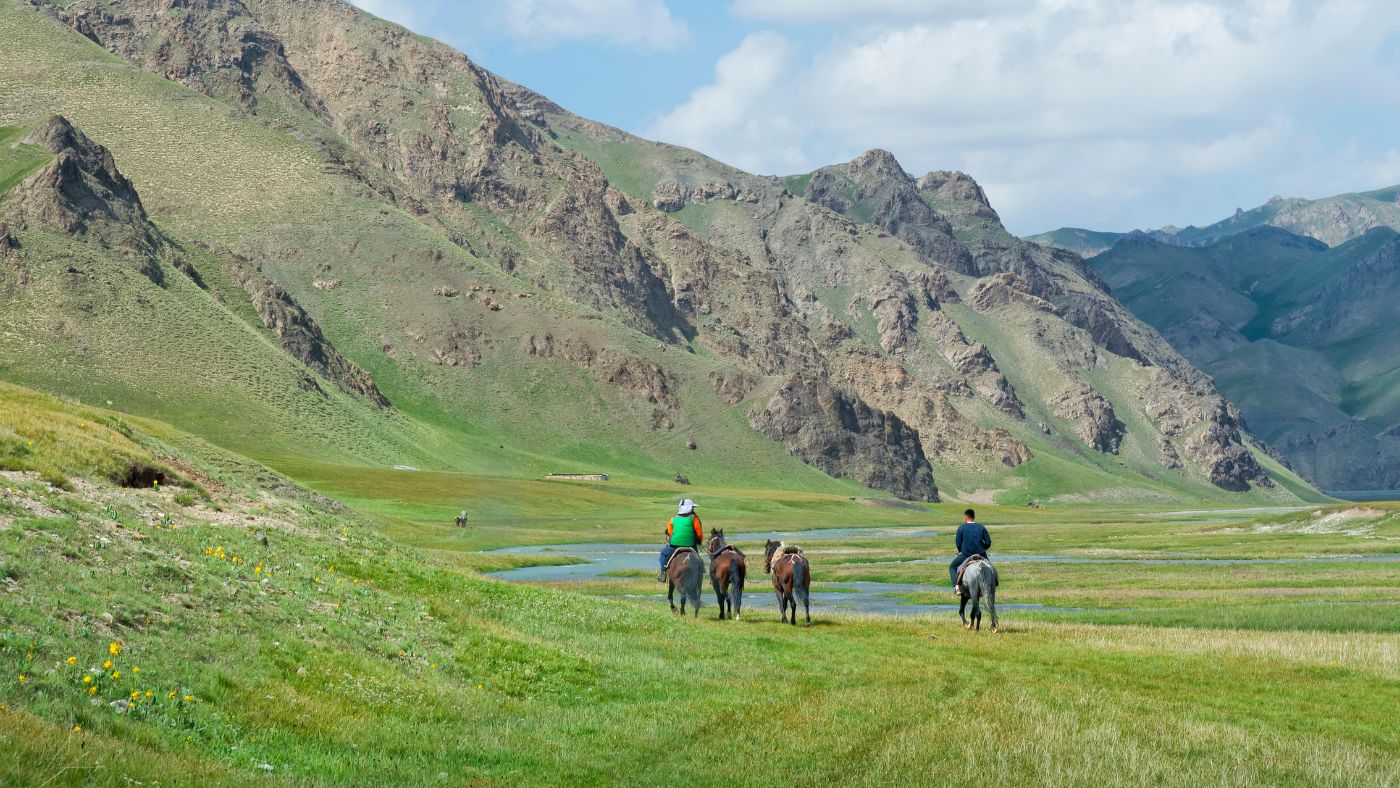
With its “Heidi-esque” mountain scape and its hospitable – and horse-centric – nomadic culture, Kyrgyzstan is a joy to explore in the saddle, said Sarah Siese in House & Garden. On one of Alexandra Tolstoy’s 11-day riding tours, guests sleep in “spacious” tents and eat “appealing” food (such as pumpkin dumplings and fresh river trout) prepared by a local mother-and-daughter team. The tour starts in the capital, Bishkek, where there are trips to the Osh Bazaar (“a jamboree of delicious colours, textures and smells”) and the National Museum of Fine Arts. The riding starts a day’s journey away in the Sary-Chelek Nature Reserve, a “charmed” region in the Tian Shan mountains. There’s much cantering through meadows of wild flowers, and a bit of crossing of “waist-high rivers”, and jagged passes. Equally wonderful are the meals shared with local people in their yurts, and don’t miss the chance to watch a game of ulak tartysh – a polo-style contest with a headless goat carcass for a ball. From $5,700pp, excluding flights; alexandratolstoytravel.com
Unplugged ‘digital detox’ escape in north Wales
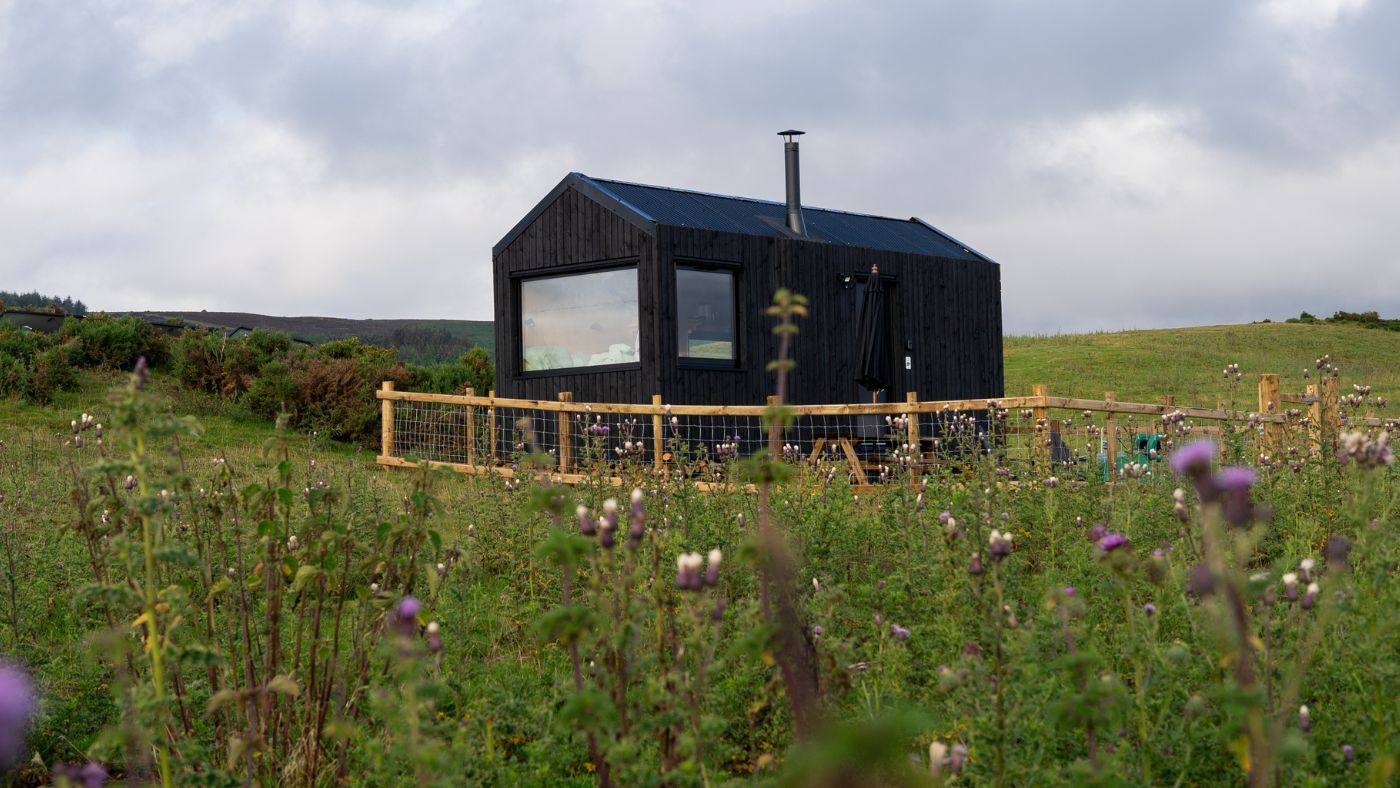
If you feel that it’s time to put down the mobile, log off social media and embrace all things nature, then maybe a “digital detox” is in order? Unplugged, which provides digital detox cabins, has recently unveiled “Marley”, its first cabin in Wales and 18th in its portfolio. Located in the Dee Valley area of outstanding natural beauty, Marley is “sustainably built, runs on solar power and is fitted with panoramic windows”, said the Manchester Evening News. This allows guests to “wake naturally, swap blue light for starlight, and enjoy north Wales’s luscious, rolling green hills”. Visitors staying at the “off-grid retreat” have the option to “lock their phones in a lockbox” for the duration of their stay and swap them for an “old school” Nokia mobile, with games like “Snake” included. There’s also an “instant camera with film and a physical map to explore the area’s scenic surroundings”. Minimum of three nights start from £390 per cabin; unplugged.rest
Balloon safari across the Serengeti
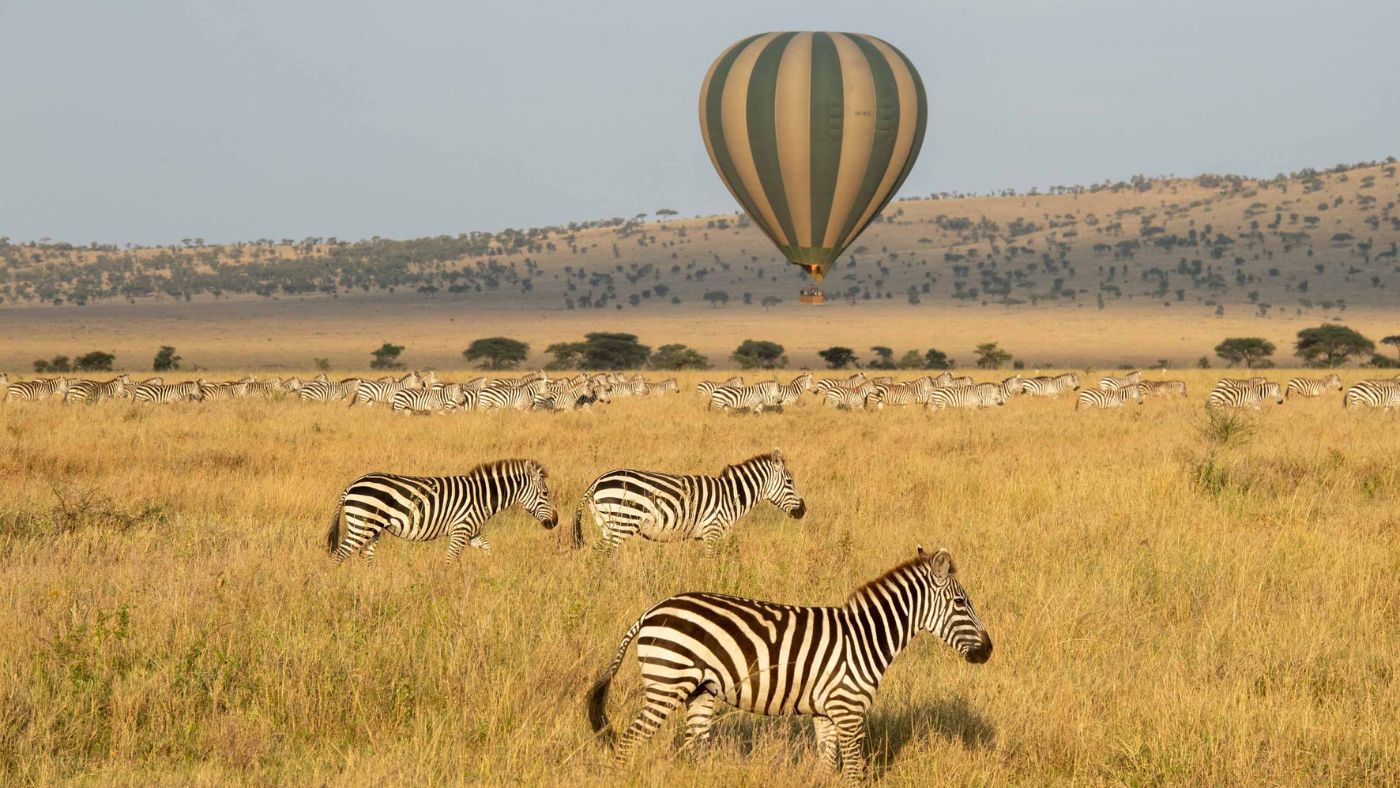
Aardvark Safaris, in partnership with Serengeti Balloon Safaris and Wayo Africa Fly Camps, is offering its first ever balloon safari across the stunning Serengeti National Park from 1-7 November 2023. Starting and finishing in Arusha, this safari adventure “takes to the skies each day to traverse the Serengeti”, said TravelMole, and includes four nights fly-camping in “star cocoon tents”. Each morning, guests will be flown by hot air balloon to a new wilderness spot from where they can explore and discover the area with both walking safaris and traditional wildlife drives. Highlights include panoramic views while flying up to 2,000ft above the Serengeti and close-up wildlife encounters while flying at grass level. Available through Aardvark Safaris from £7,995 per person, based on two sharing, the price includes all transfers, four nights full-board fly-camping, two nights b&b at Rivertrees Inn Arusha, four extended balloon flights, guided walking and 4x4 safaris, all drinks on safari, guided activities in Arusha, and return internal flights from Arusha to Serengeti. aardvarksafaris.com
Touring hidden Vietnam
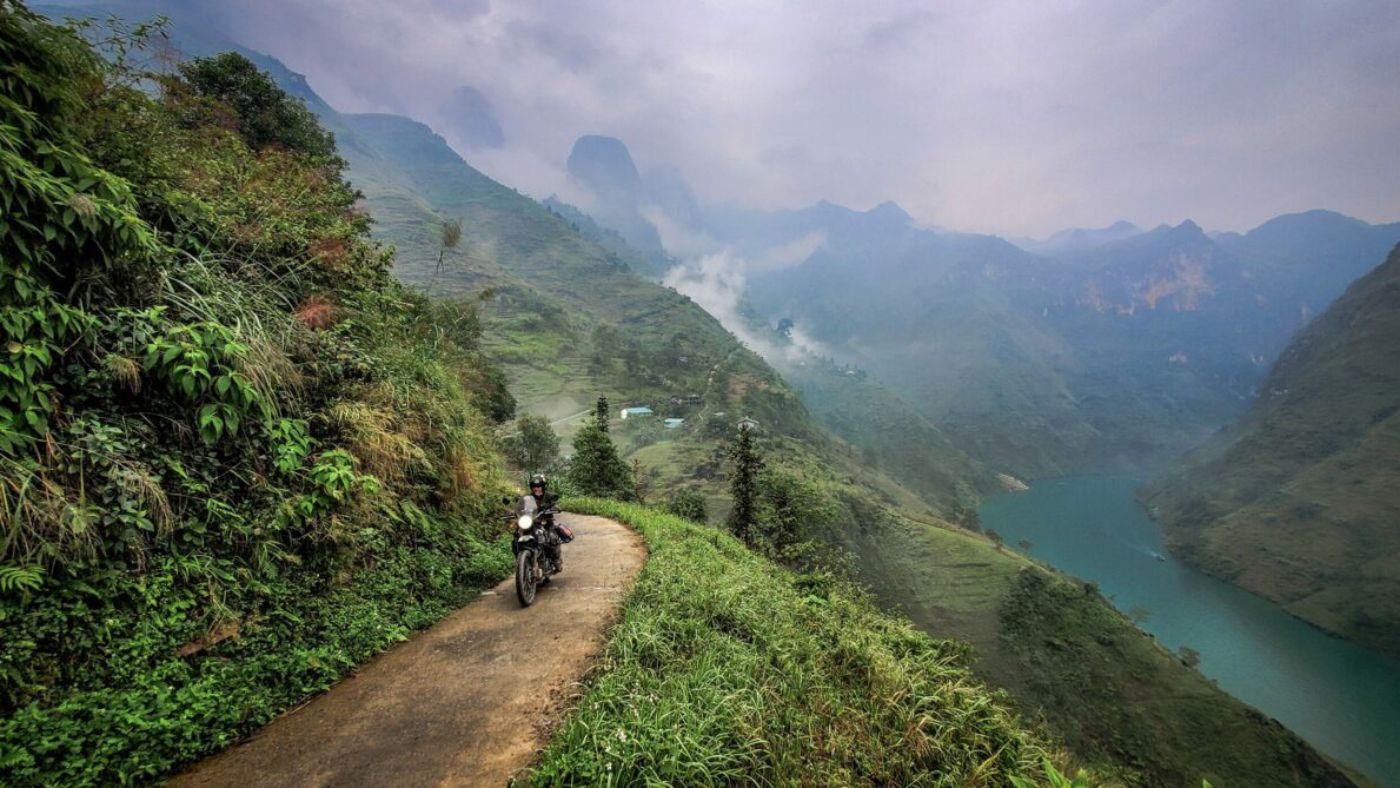
A motorbike tour with Vintage Rides is an “exhilarating” way to explore the “vast” landscapes and remote villages of northern Vietnam, said Charlie Thomas in the FT. A strong sense of “camaraderie” always develops on this operator’s 12-day group trips, and the welcome from local people is invariably warm and enthusiastic. Within an hour of leaving the busy capital, Hanoi, you’re in the deep countryside, often riding narrow, unpaved tracks unsuited to larger vehicles. Some of the accommodation is spartan, but food is superb, including plenty of “incredibly fresh and spicy” bowls of pho. And the scenery is wonderfully varied, with “jagged mountains” giving way here and there to emerald plains where farmers in their nón lá conical hats work the rice paddies surrounded by dizzyingly strange towers of karst limestone. The trip costs from €3,430pp; vintagerides.travel
A poetry cure in Shropshire
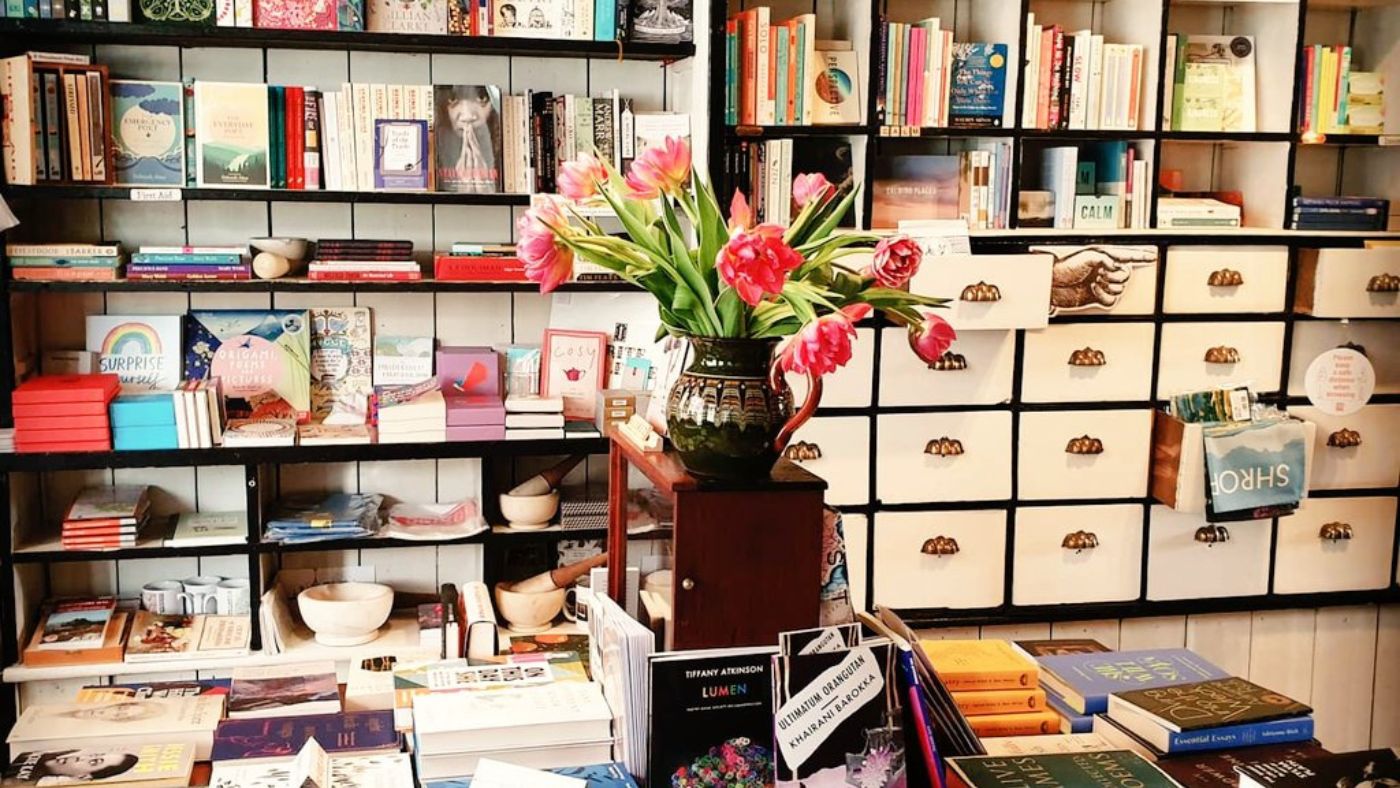
Set in the hills of Shropshire, the “bohemian” market town of Bishop’s Castle is a delightful place, with its vertiginous streets of multicoloured houses and fine cafés. So too is its Poetry Pharmacy, said Ian Belcher in The Sunday Times – a former ironmonger’s shop where the writer Deborah Alma (the resident “pharmacist”) prescribes poems, from John Donne to Seamus Heaney and beyond, to help people banish the blues. There’s a café downstairs where the “terrible puns” (cups of T.S. Eliot, slices of Philip Parkin) might make you smile, and a consulting room with a chaise longue from which customers share their happiest memories with Alma, who then tailors her recommendations accordingly. The “cosy” Castle Hotel has a one-night Poetry Package from £299 for two, including consultations; thecastlehotelbishopscastle.co.uk
Lakeside safari in Zimbabwe
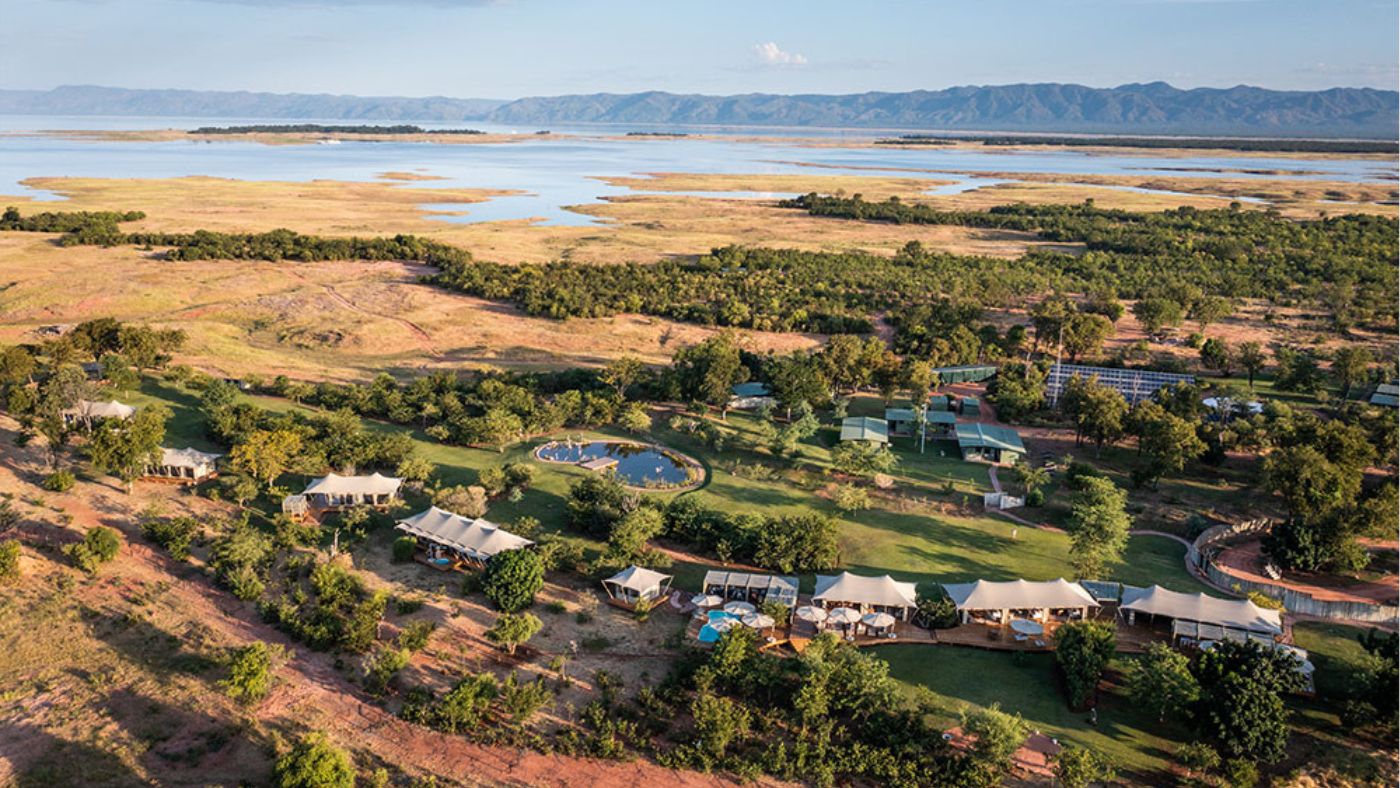
Created 70 years ago by the damming of the Zambezi, Lake Kariba is the world’s largest artificial reservoir – but though man-made, its surroundings are wonderfully wild. On its southern shore, in Zimbabwe, a new safari camp, Fothergill, has given the area its first luxury accommodation, said Lisa Grainger in The Times. Occupying a 20,000-acre private concession abutting the Matusadona National Park, it has a good chef, “friendly, knowledgeable” guides, and “spacious” tents with private decks. A “wildlife paradise” in the 1970s, Matusadona was ravaged by poaching, but is recovering fast under the stewardship of the NGO African Parks. There is lion, elephant and much other big game to see, and the avian life, from “iridescent” sunbirds to the lake’s “iconic” fish eagles, is spectacular. Mavros Safaris has 10 nights from £6,300pp, including domestic flights; mavrossafaris.com
Glamping in the wilds of Utah
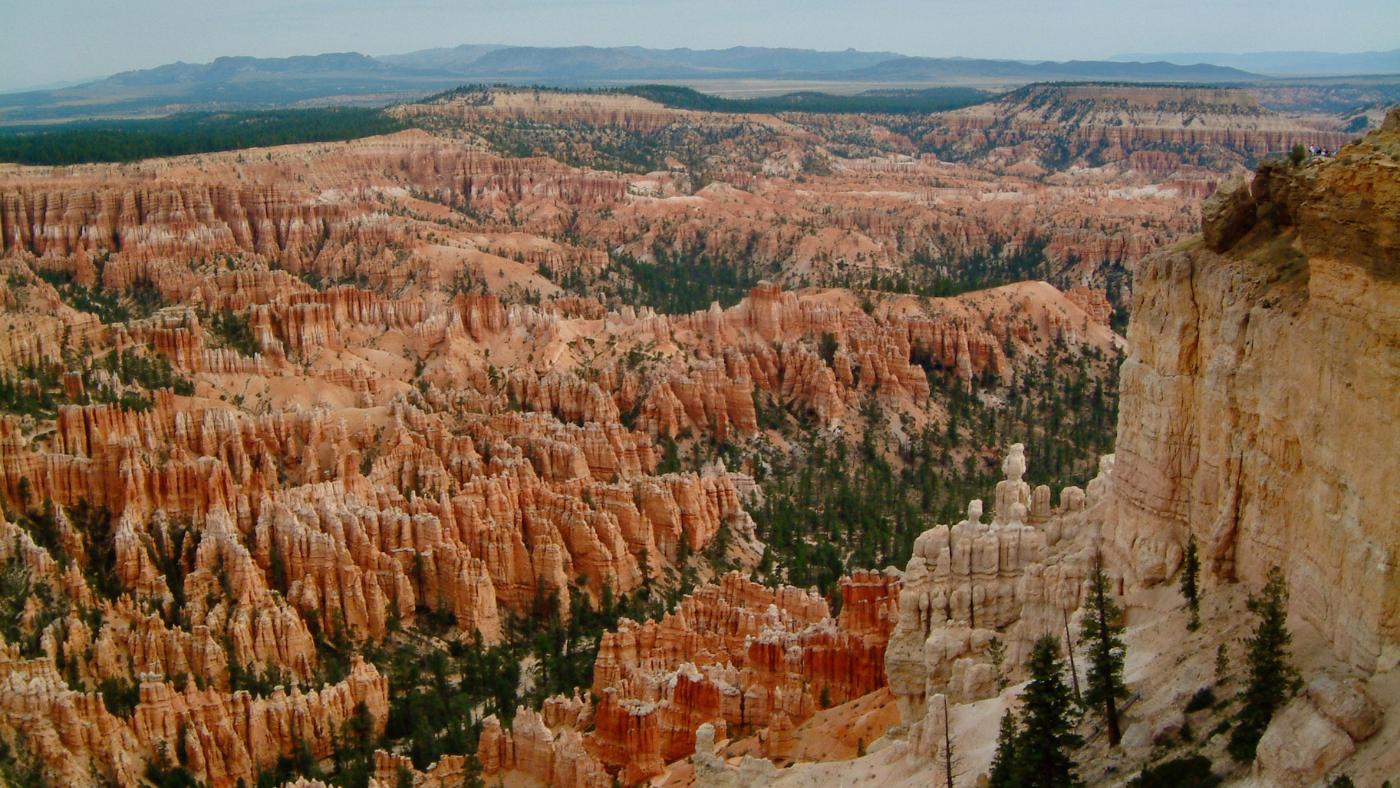
Known for its immense sandstone chasms and the hoodoos (cathedral-like rock spires) that tower within them, Utah’s Bryce Canyon National Park is a paradise for adventurers, says Samantha Falewée in Travel + Leisure. Go to hike, bike, climb and more, and consider staying at Under Canvas Bryce Canyon, a new glamping retreat set on a 700-acre site nearby. It has safari-style tents with king-size beds and “full en-suite” bathrooms, and “outdoor rec” areas where people sip almond-milk lattes around campfires. Staff are a helpful source of information on local adventure tour operators, including Western Canyons Trailrides (for excellent horseriding trips) and Zion Guide Hub, which offers activities such as canyoneering – an experience liable to leave you with “a childlike sense of elation”.
Family trip to Gothenburg

Founded in 1621, Gothenburg, Sweden’s second city, is celebrating its 400th anniversary late owing to the pandemic. It’s a great time to visit with children, says Rhonda Carrier in The Guardian, as the festivities planned through the year include lots of fun things for them to do. You can also explore its canals on a self-drive electric boat, and swim in the new open-air swimming pools in its former docklands. There is also the Liseberg amusement park. It was the city’s gift to itself on its 300th birthday, but it has been much modernised since. It has a superb array of rides, a newly opened hotel (the Liseberg Grand Curiosa) with “quirky” features including a spiral slide between the top floor and the lobby, and two family friendly museums, the Världskulturmuseet (devoted to world culture) and the Universeum (devoted to science).
Africa House at Royal Malewane
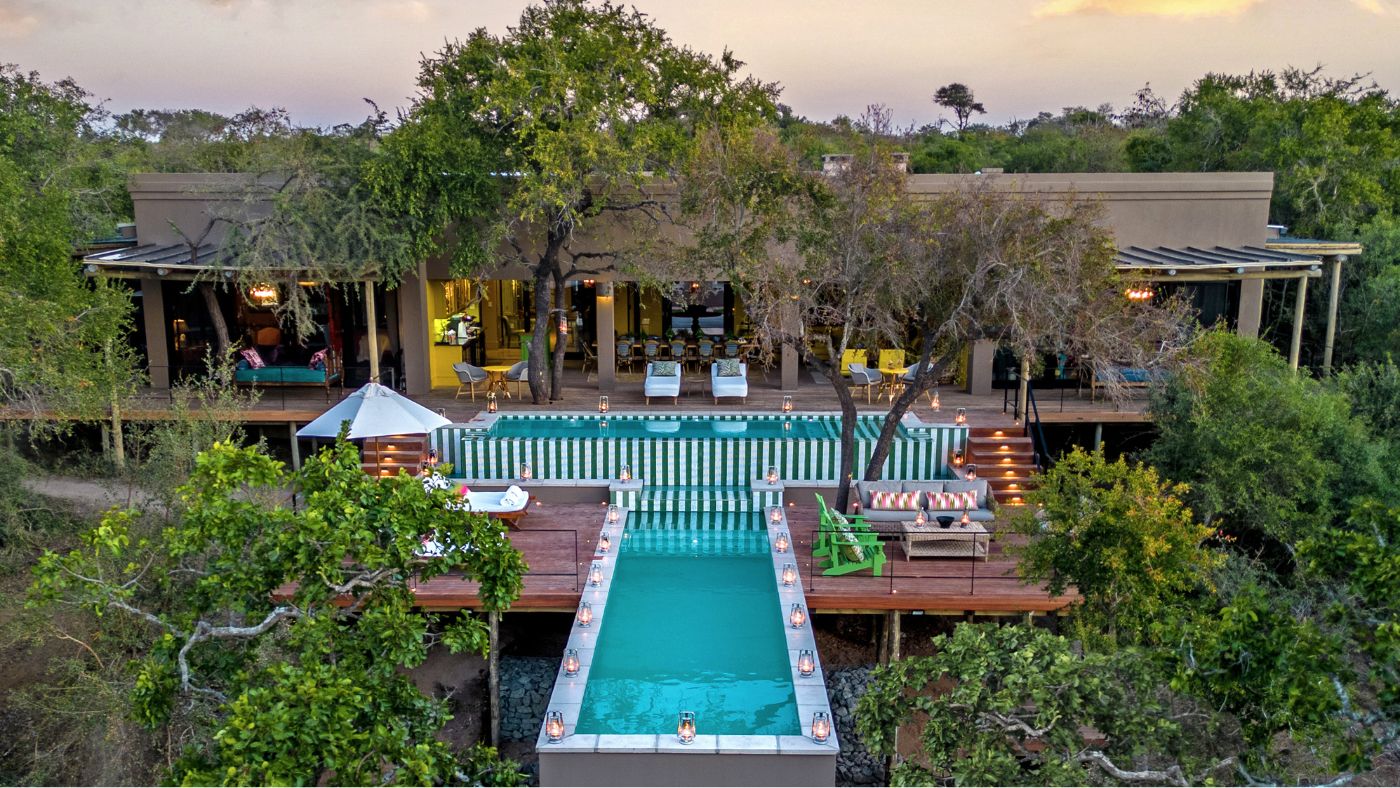
Located in South Africa’s Greater Kruger National Park, Royal Malewane “mixes up colonial and contemporary style”, said The Telegraph, with “gourmet cuisine” and “stellar service”. “Spectacular” wildlife sightings are “right on the doorstep” of this intimate boutique lodge and the “first-rate” guides are among the “most experienced in Africa”. Royal Malewane is home to a range of accommodation and facilities, including luxury safari lodges, private bush villas and luxury bush spas. Africa House, a stunning exclusive-use bush villa, has reopened after being redesigned by owner Liz Biden. The villa features six bedrooms for up to 12 guests and private services include a chef, guide, tracker and up to two safari vehicles. There’s also a courtyard, pool table and games, a long room and a swimming pool. Rates at Africa House start from £15,140 per night inclusive of private services and game drive vehicle; theroyalportfolio.com
A ride along an Irish branch line
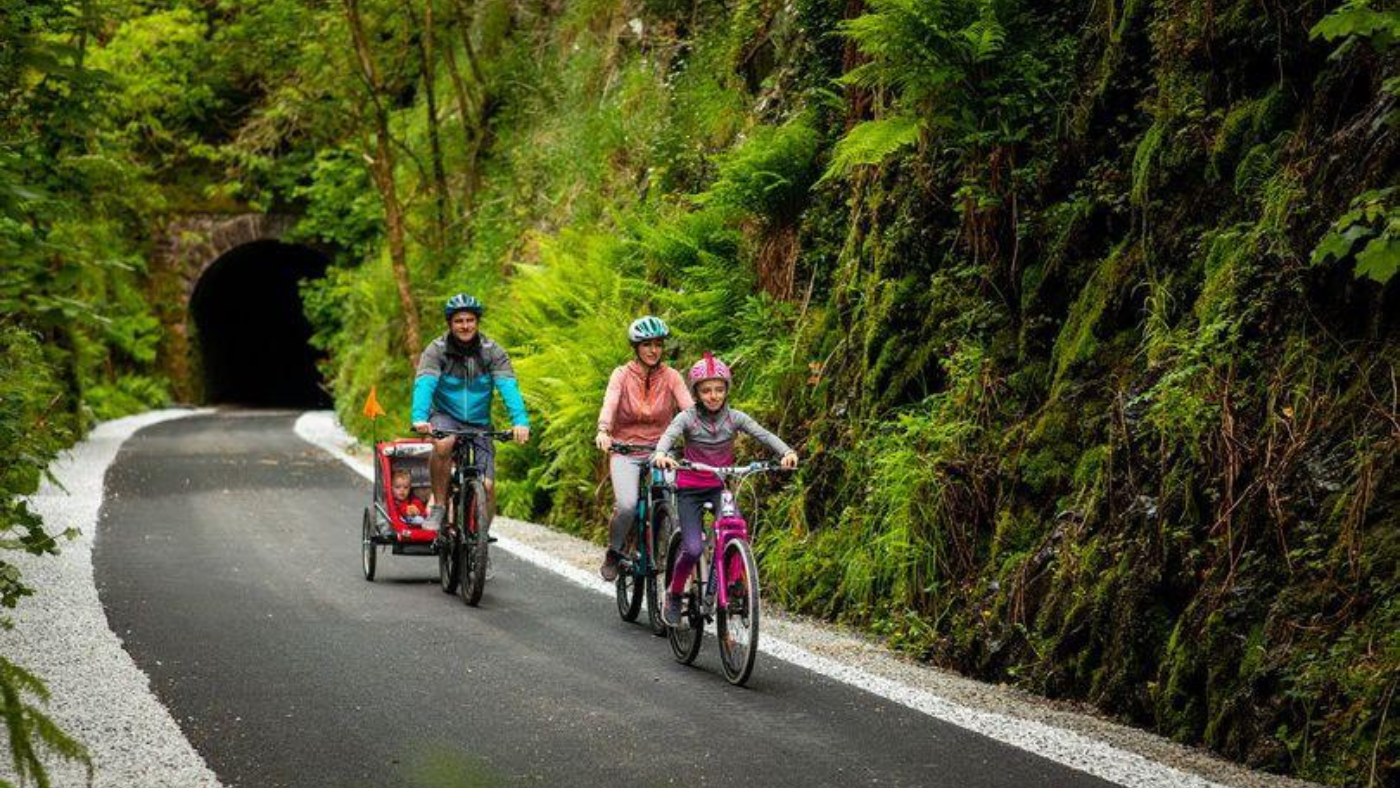
From County Mayo to County Waterford, sections of Ireland’s abandoned railways are being transformed into delightful off-road trails for walkers and cyclists. Among the latest of these upgrades is the Limerick Greenway, says Pól Ó. Conghaile in National Geographic Traveller, which follows a 25-mile stretch of the old Limerick to Tralee line in the southwest of the country. Wending through green fields and copses (including Tullig Wood, “a rare splash of native Irish woodland”), it offers easy cycling on smooth Tarmac, and passes plenty of “stop-the-bike attractions”. Among these are impressive feats of Victorian railway engineering such as the Barnagh Tunnel and Ferguson’s Viaduct, and the historic towns of Abbeyfeale and Newcastle West, where you might visit The Silver Room, a restaurant that offers a tasting board of local produce, including Cahill’s cheese and Tournafulla black pudding.
An idyll in the high Alps
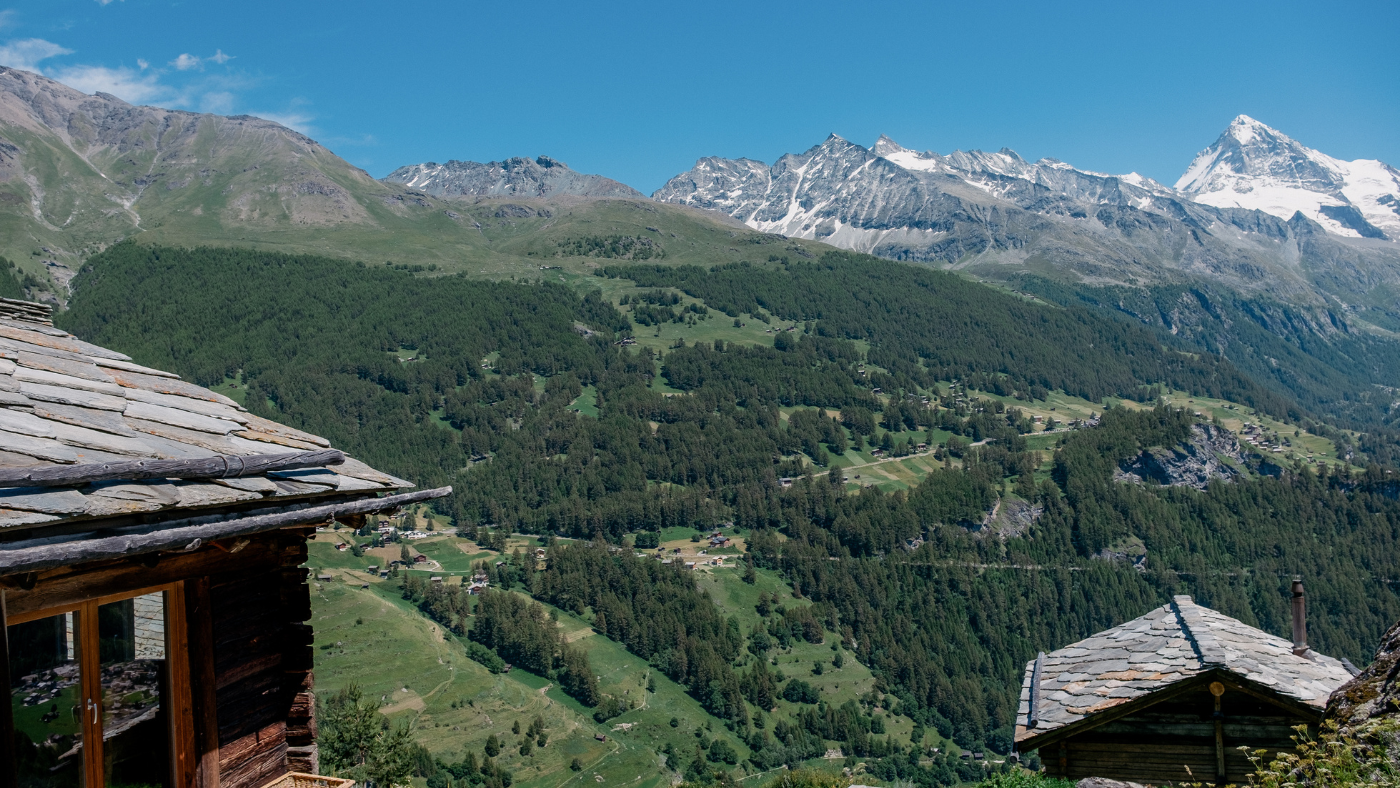
It’s in a “sublimely beautiful” corner of Switzerland; it is not far from “upscale” resorts such as Verbier and Zermatt; and it was well known to British travellers at the dawn of Alpine tourism in the late 19th century. Yet the Val d’Hérens is quite unspoiled by modern development, says Gemma Bowes in The Times. On a family summer walking holiday, you might divide your time between the “classic” Grand Hôtel & Kurhaus in Arolla (where the “wood-panelled” interiors have “barely been modernised”, but dinner is “a fine-dining extravaganza”), and nearby Camping Arolla, said to be Europe’s highest campsite, at 1,950m. Its “glamping” bell tents are luxurious and it has a café with “proper coffee”, but its setting is “pristine” – strike out in any direction and chances are you’ll experience “love at first hike”.
A Taiwanese street scene
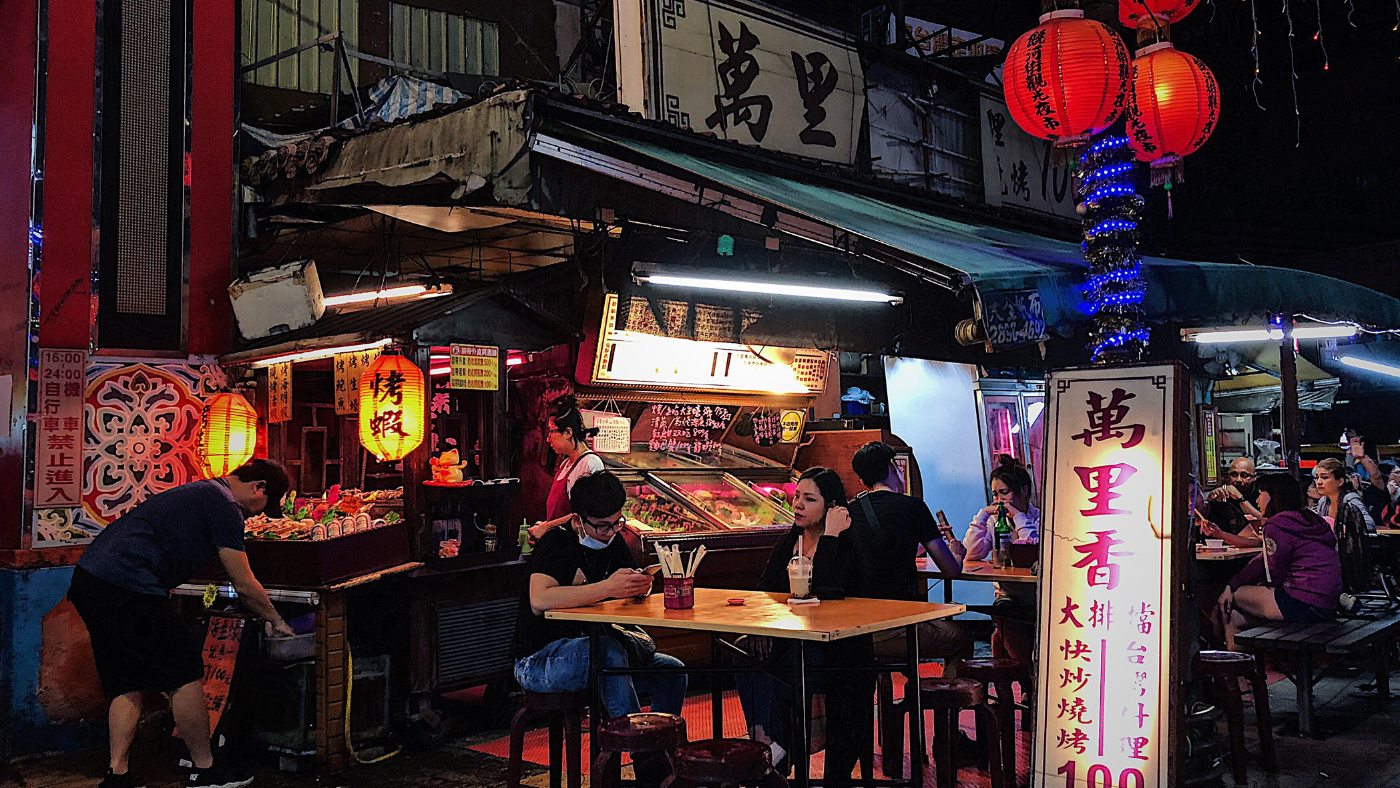
Noisy, late-night restaurants with outdoor seating on long tables, rechao (or “hot stir fry”) joints emerged in Taiwan in the 1990s when the island grew prosperous and people sought new ways to relax. Today, they’re a common sight, says Clarissa Wei in Afar magazine. The food they serve can be excellent, with dishes from across Taiwan, China and Japan, and frequent use of local ingredients such as ferns, maqaw (a lemony spice) and the pickled seeds of the birdlime tree. But it’s “unfussy”, and the joy of the rechao is also social and atmospheric, involving free-flowing beer, the raucous chatter of friends, the homely glow of paper lanterns, and the sticky heat of summer nights. In short, these eateries are a “glorious” microcosm of modern urban Taiwan, and an essential stop on any visit.
Walking with sheep in Wales
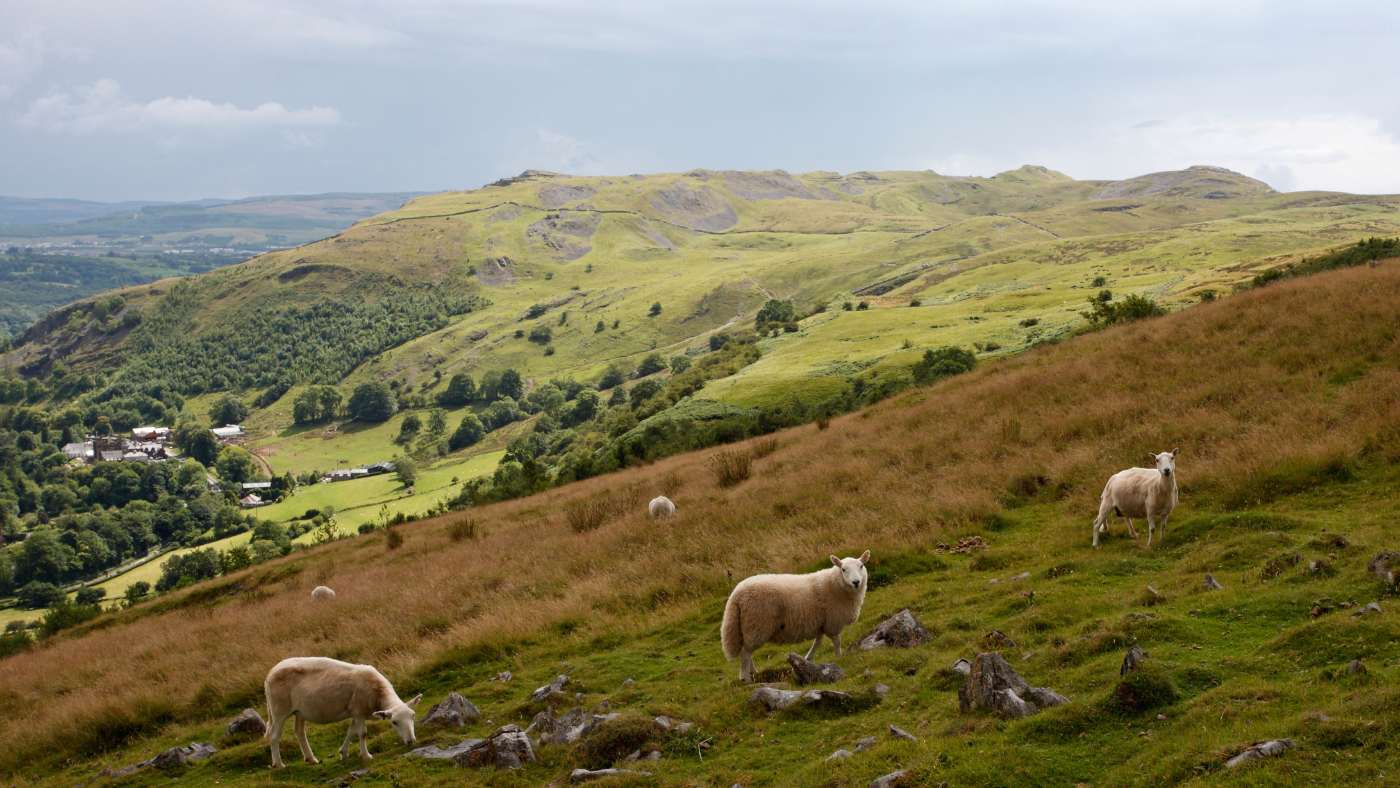
Most sheep scarper when you approach – but not the flock on Aberhyddnant Farm in the Brecon Beacons. Tamed as lambs by father-daughter team Paul and Nicola Matthews, these sheep jump for joy at the sight of human beings, says Kerry Walker in National Geographic Traveller, and will even accompany you, en masse, on long strolls around the surrounding hills – hence the name of the family business, Jacob Sheep Trekking. The flock is made up of a variety of rare breeds (from “hardy” Jacobs to Breton Ouessants, the world’s smallest sheep, and Blacknoses, the “cutest”), and a diverse array of characters (Socks is a “diva”; Jester, a “born leader”), and they all make for delightful and “affectionate” walking companions. The farm also offers other experiences – such as lambing and “shear-a-sheep” days – as well as accommodation in “historic” cottages and bell tents in a private wood.
The history of denim in Nîmes
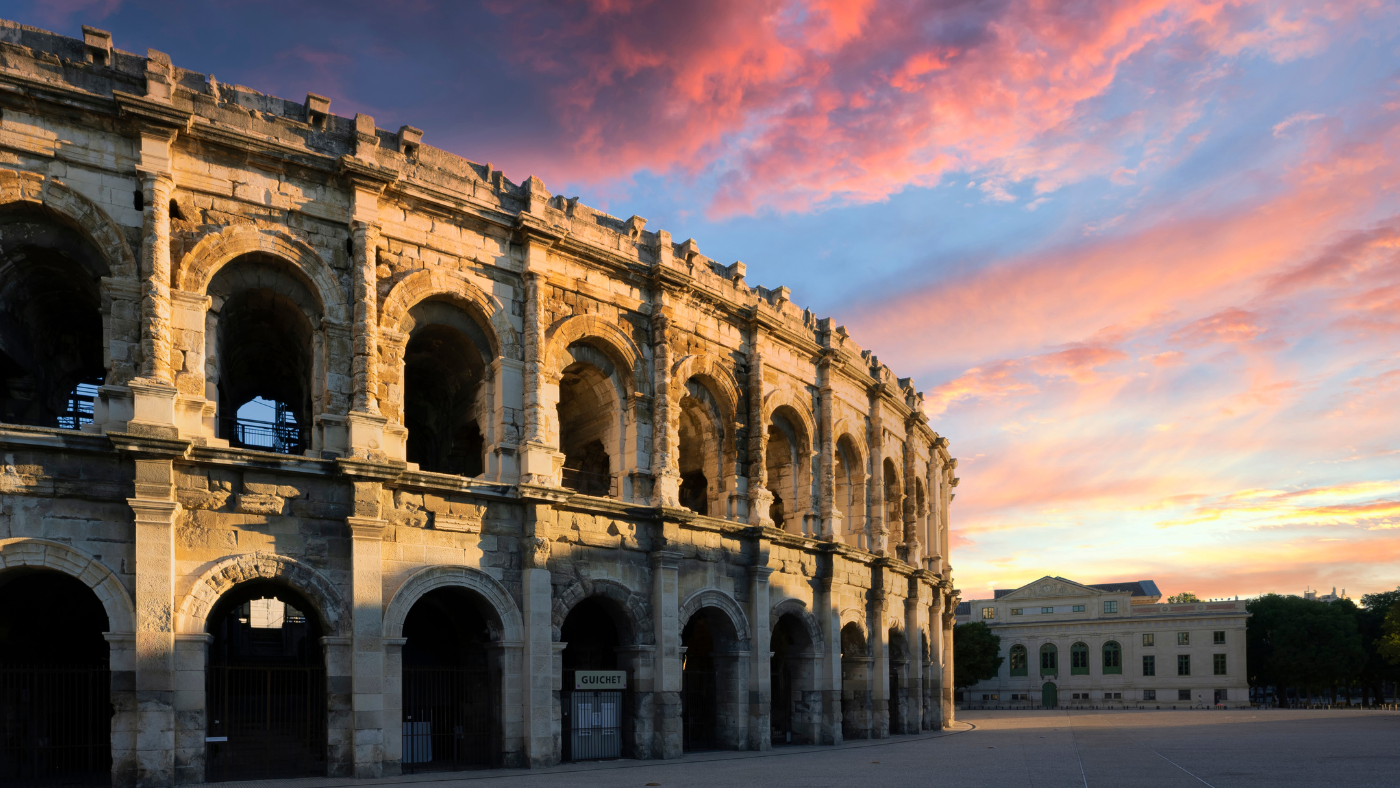
There are plenty of reasons to visit Nîmes, including its Roman buildings (the finest intact outside Italy), its charming medieval cityscape, and its striking contemporary art museum. But among its most distinctive claims to fame is as the birthplace of denim, or serge de Nîmes, says Mark Jones in the FT. Manufacture of the “hard-wearing” cotton twill began here in the 17th century (the earliest swatches are showcased in the city museum), but ceased in the early 20th, just as it took off in the US. This year, however, a locally born entrepreneur, Guillaume Sagot, has opened a small workshop producing it. Book ahead for one of his informative tours, then visit his shop, Ateliers de Nîmes (ateliersdenimes.com) where jeans cost €180 – “not too pricey” given the quality of his denim, which is made with soft, unglued, single-strand threads, “in defiance of mass-production techniques”.
Less visited Italian coastlines
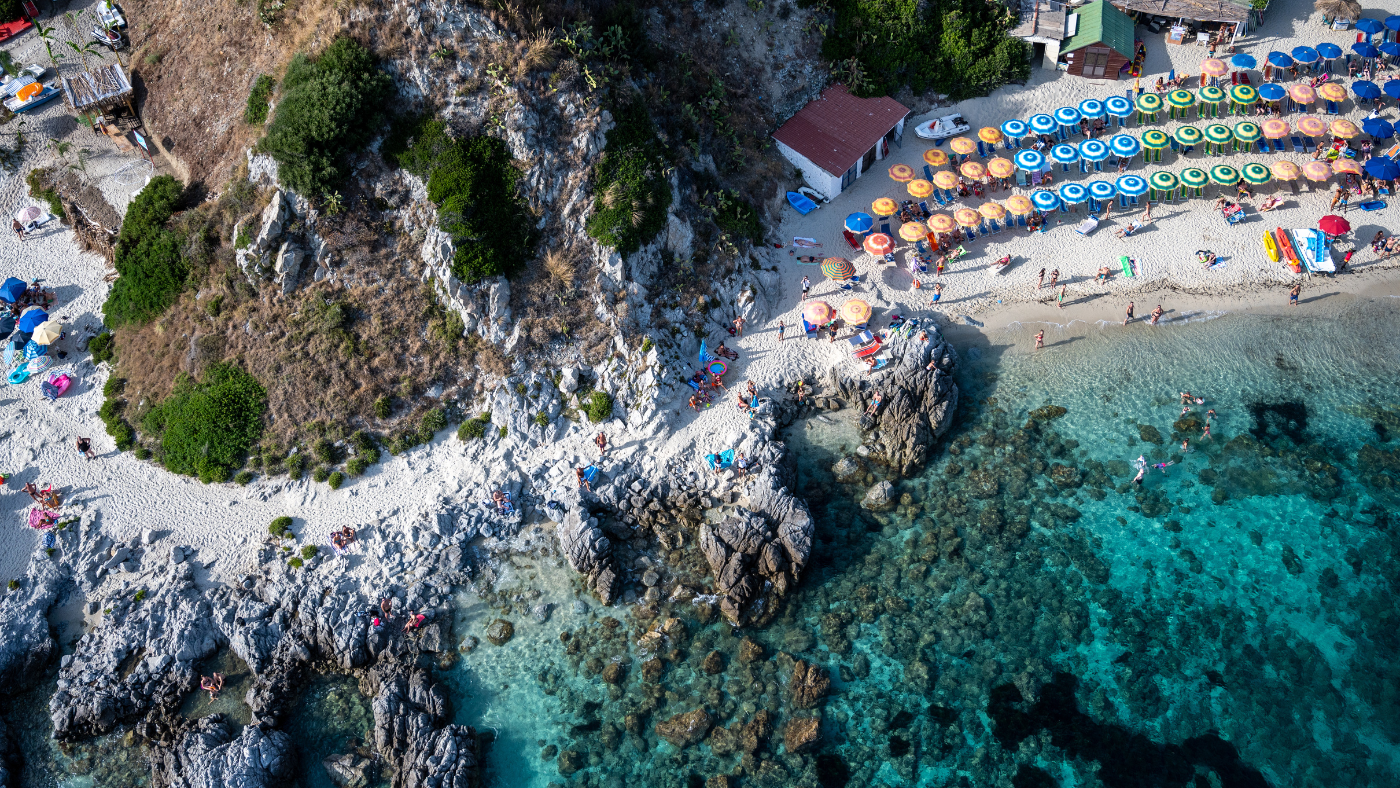
The Amalfi Coast is glorious, but south of it lie other lovely stretches of the Italian shore where accommodation is more affordable and you’ll see fewer foreign tourists, says Kiki Deere in The Daily Telegraph. Among them are the coasts of Cilento and Basilicata, and – not far from the tip of the Italian toe – the Costa degli Dei, a “ruggedly beautiful” 35-mile stretch of the Calabrian coast which is punctuated by delightful hidden coves. Perched spectacularly on sea cliffs, the “bijou” town of Tropea commands fine views of the Santuario di Santa Maria dell’Isola (a monastery on a rocky island). There’s “fantastic” snorkelling and kayaking to enjoy nearby, and the region’s cuisine is “divine”. Among the best places to stay is Villa Paola, a hotel with double rooms costing from £250 per night; VillaPaolaTropea.it
Wales’s ‘island of lost souls’
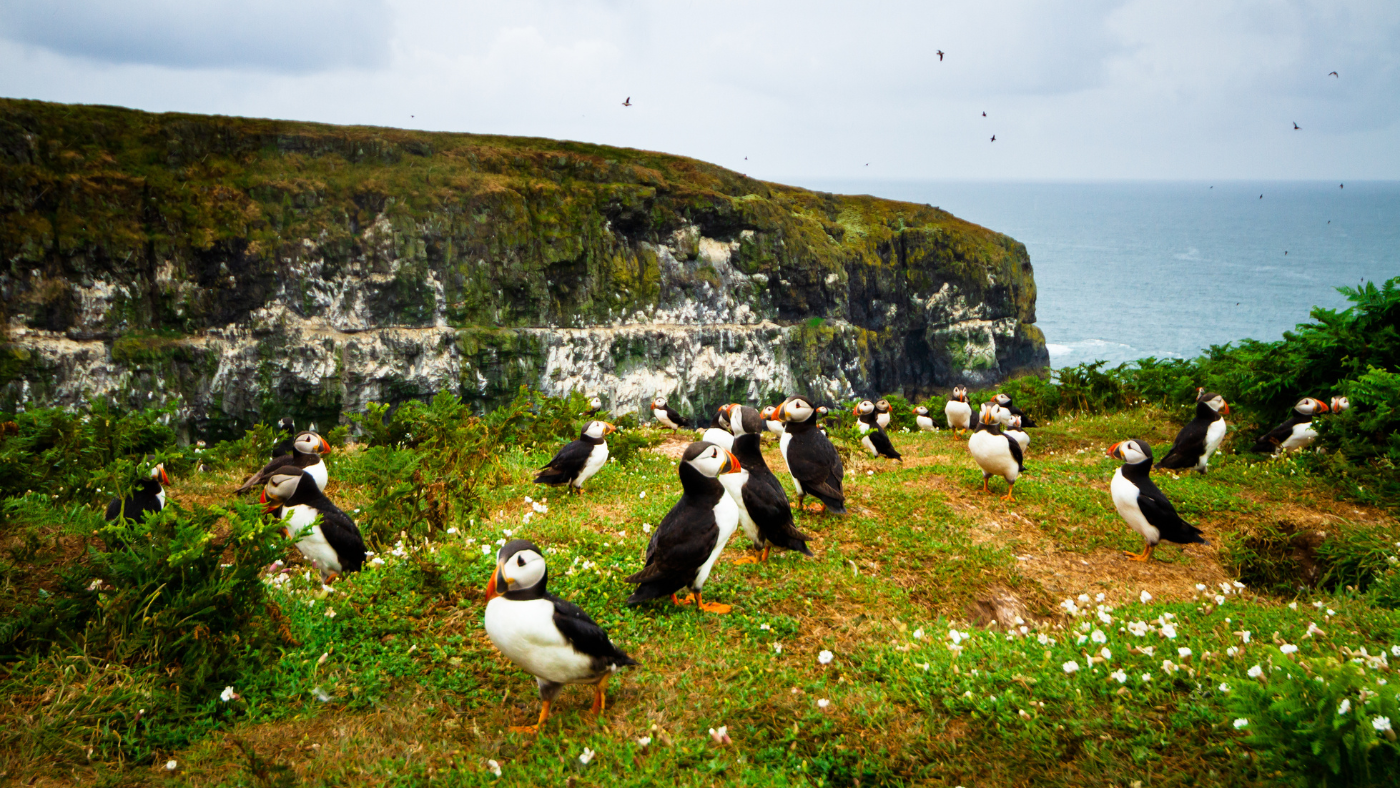
Thousands of puffins nest on Skomer Island every summer
A “short, bumpy” boat trip from Martin’s Haven in Pembrokeshire, the island of Skomer is home to the largest seabird colony in southern Britain, says Kerry Walker in National Geographic Traveller. On the 3.5-mile walk around its coast, you’ll see puffins “diving in and out of burrows like wind-up toys” – more than 38,000 of them nest here in summer, and the number keeps increasing. But there are plenty of other species too, including the biggest concentration of Manx shearwaters on Earth. Stay overnight at the island’s hostel, the Old Farm, in August, and you’ll witness these nocturnal birds setting off across the Atlantic in their tens of thousands. It’s one of the world’s great wildlife experiences. Fledglings look for any high point, including nearby human heads, to get airborne, and the sound of their cries is “spine-tingling” – hence Skomer’s nickname, “the island of lost souls”.
Rafting Albania’s wild rivers
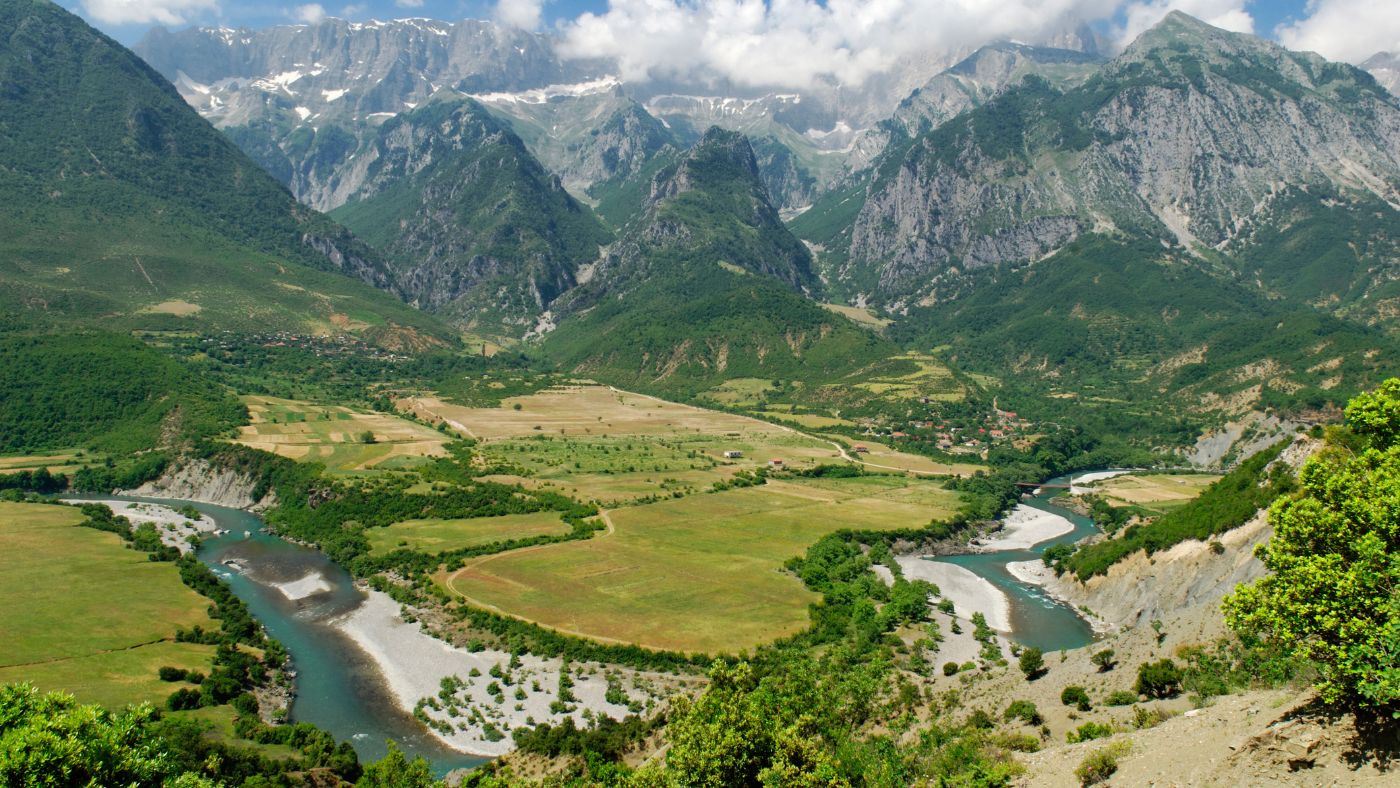
Large parts of Albania resemble a “European Garden of Eden”, with “ravishing” mountainscapes unspoiled by development; and its rivers are particularly beautiful. On a Much Better Adventures group tour, you can explore them with Endri Hoxha, a member of the country’s national rafting team, said Sean Newsom in The Sunday Times. The Vjosa, held to be “the last truly wild European river west of Russia”, is grandest, but even more “striking” is the Osumi, which passes through 16 miles of sheer-sided canyons laced with waterfalls and “trailing tendrils of ivy”, like a vision from the “Avatar” films. Rafting their turbulent waters can be terrifying at first, but when the anxiety dissipates, you’ll wonder at the majestic beauty of it all. A five-night trip costs from £766pp, excluding flights.
Belém: the Amazon's culinary capital
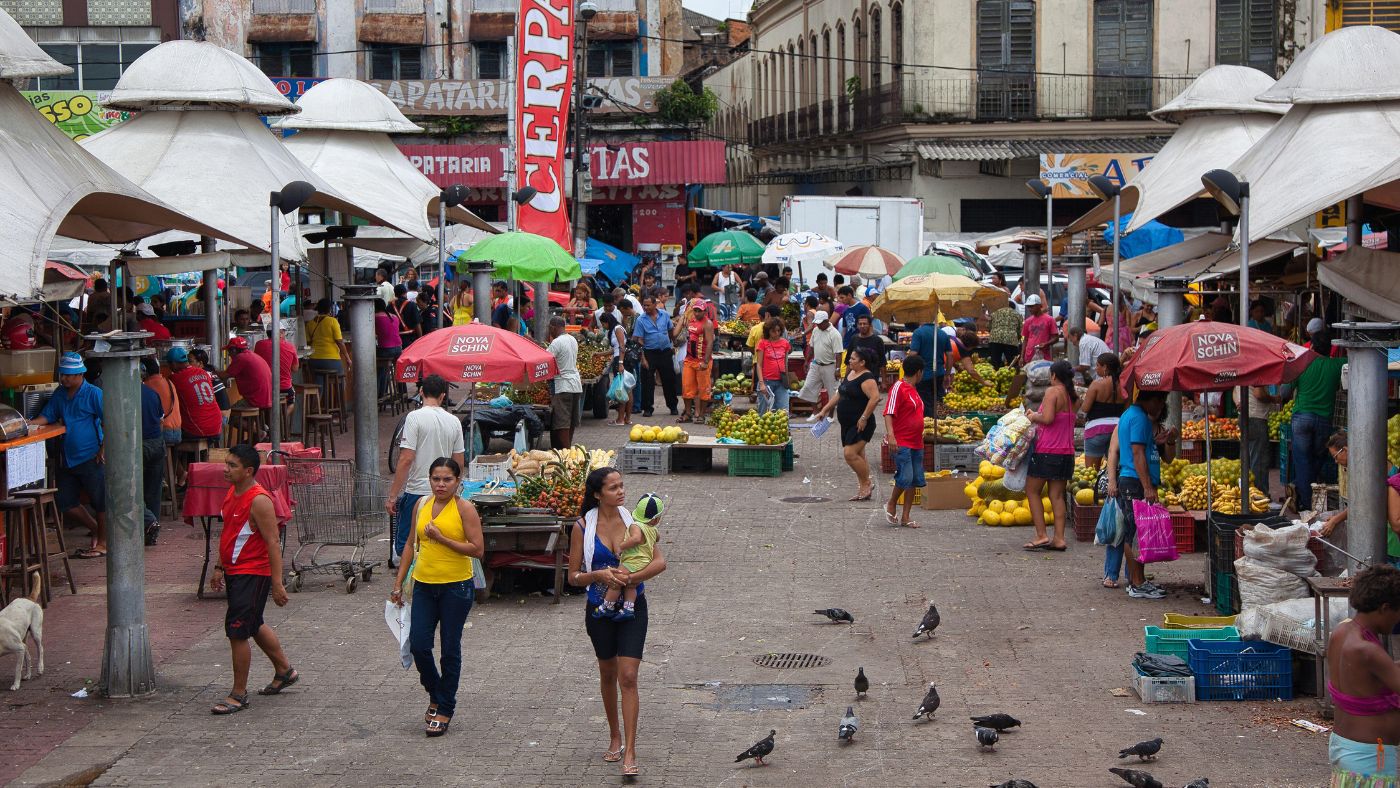
Perched at the mouth of the Amazon, the city of Belém has perhaps the most distinctive cuisine in Brazil, said Tomé Morrissy-Swan in National Geographic Traveller. At Ver-o-Peso – Latin America’s largest open-air market – you can see an amazing range of local ingredients: huge river fish, leaves such as the “mouth-numbing” jambú, and fruits including honey-scented tucumã and “sour, gummy” bacupari. Street stalls in the old town (which has “striking” colonial buildings, many in “slow decay”) serve dishes such as unha (coriander-infused crab croquettes) and tacacá (a prawn soup made with jambú and fermented cassava, or tucupi). Several of Belém’s chefs have won nationwide acclaim for their sophisticated modern takes on local culinary traditions. Don’t miss Thiago Castanho’s restaurant Remanso do Peixe, or Saulo Jennings’ Casa do Saulo, set in a colonial-era mansion with “stunning” river views.
Chausey: an island idyll in the Channel
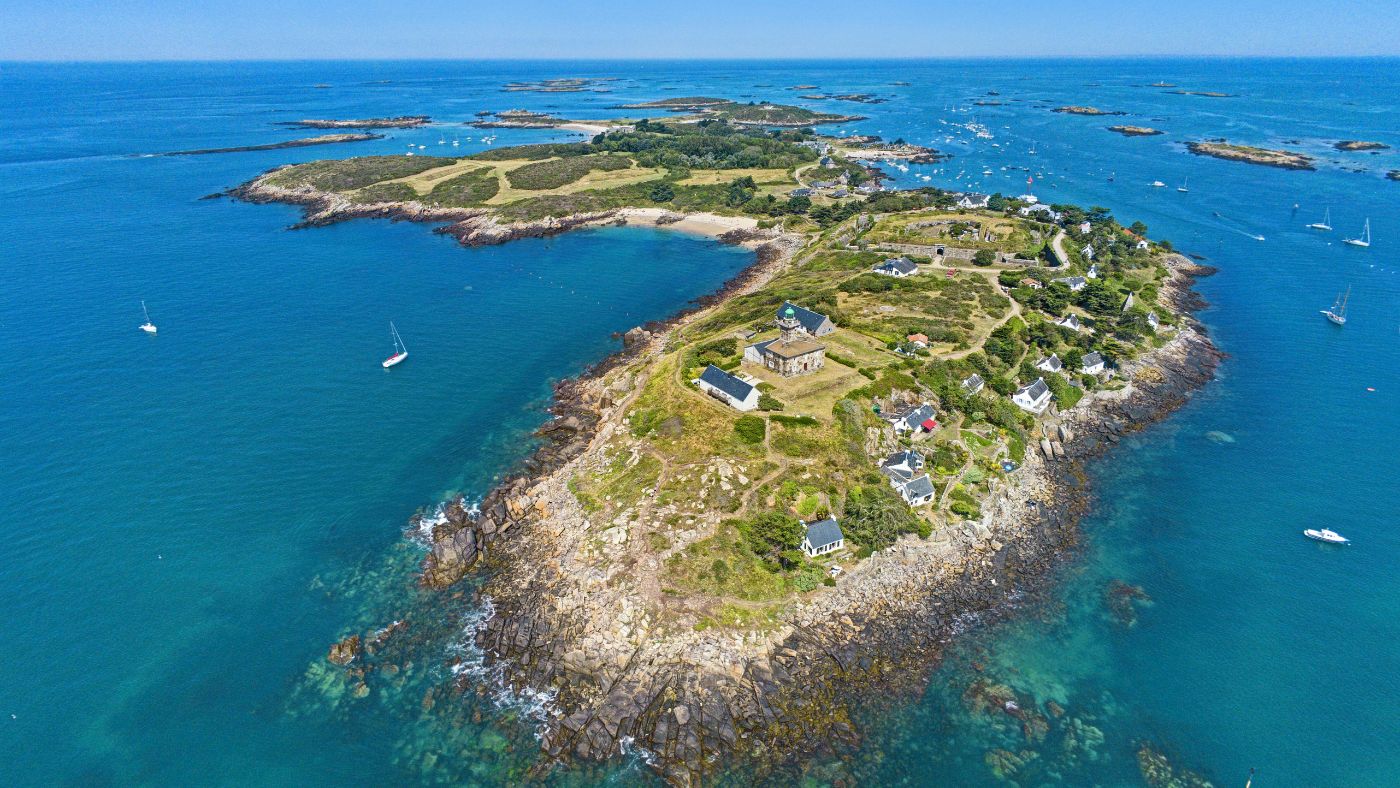
Few people in Britain have heard of Chausey, perhaps because it is under French jurisdiction, yet this little huddle of Channel islands to the south of Jersey is a great place to “let your soul hang”, said Andrew Eames in The Sunday Telegraph. An hour by ferry from Granville, south of Cherbourg, the main island, Grand Île, is only a mile long, but is surrounded by 364 other granite islets, many so “low-slung” that they “could be mistaken for a trick of the light”. Grand Île itself is sometimes overwhelmed by day-trippers in summer, but in springtime its three “glorious” beaches are often uncrowded, and there’s solitude to be found on a walk around its coast. Many of the island’s “neat” stone houses are now holiday lets, and there’s a single hotel – Hôtel du Fort et des Îles – which serves good seafood.
Tarifa’s wild and windy beauty
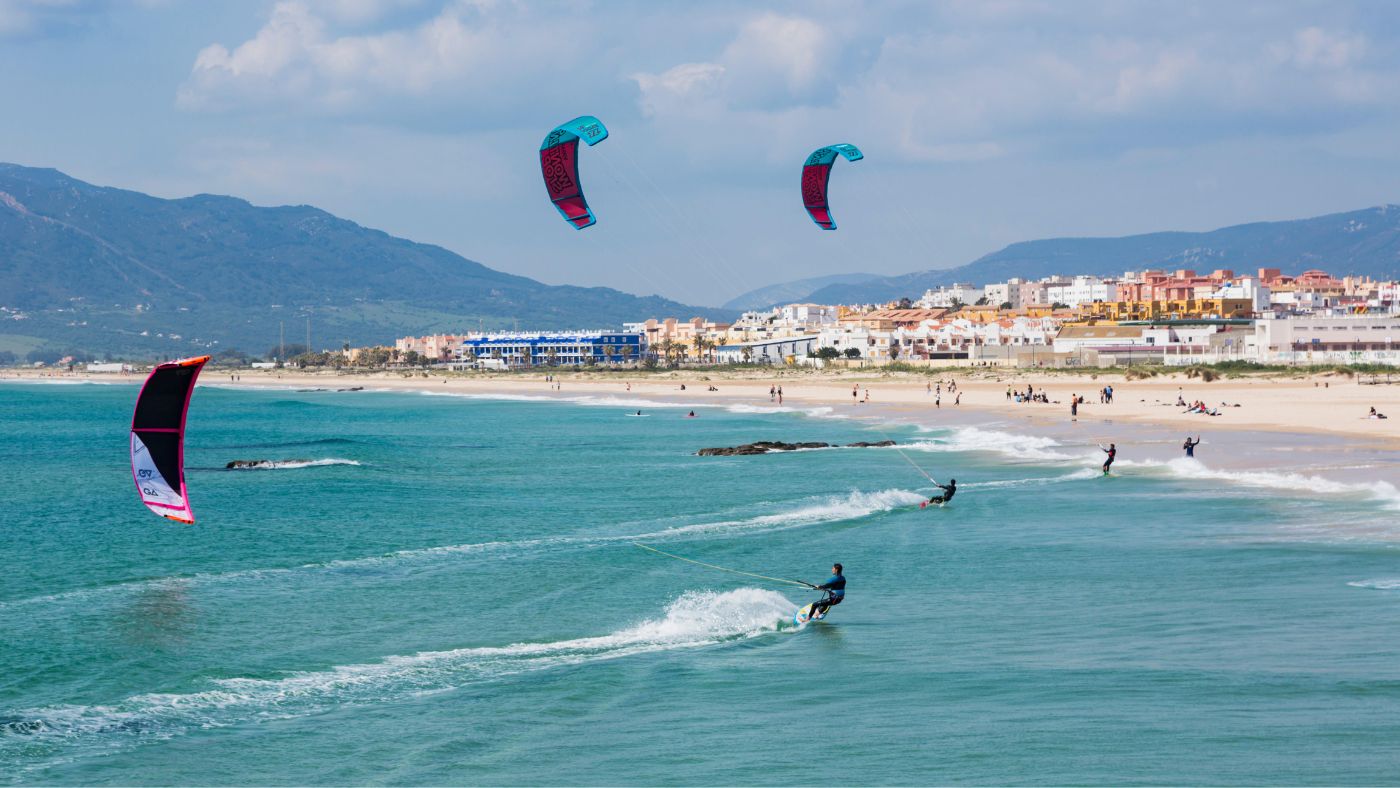
Tarifa in the far south of Spain has a wild coastline made up of sweeping, pale beaches, sand dunes and “rock-strewn” hills. The area has long been popular with backpackers and kitesurfers, said Bridget Harrison in The Times – but more recently a “well-heeled crowd” has been attracted to its “laid-back beachy vibe”. It’s not a good place for sunbathing – the wind is relentless – but there’s riding, hiking, biking and water sports to enjoy. Tarifa itself has a beautiful old town with Moorish city walls, excellent tapas bars and “upmarket surfy boutiques”; there are “impressive” Roman ruins beside the nearby Bolonia beach, and Tangier is a ferry hop away. Among the area’s most stylish hotels are La Residencia and The Lances, and there’s an “exquisite” new five-bedroom holiday let, Villa Punta Paloma, that sits on a headland.
Horezu: a potters’ town in Romania
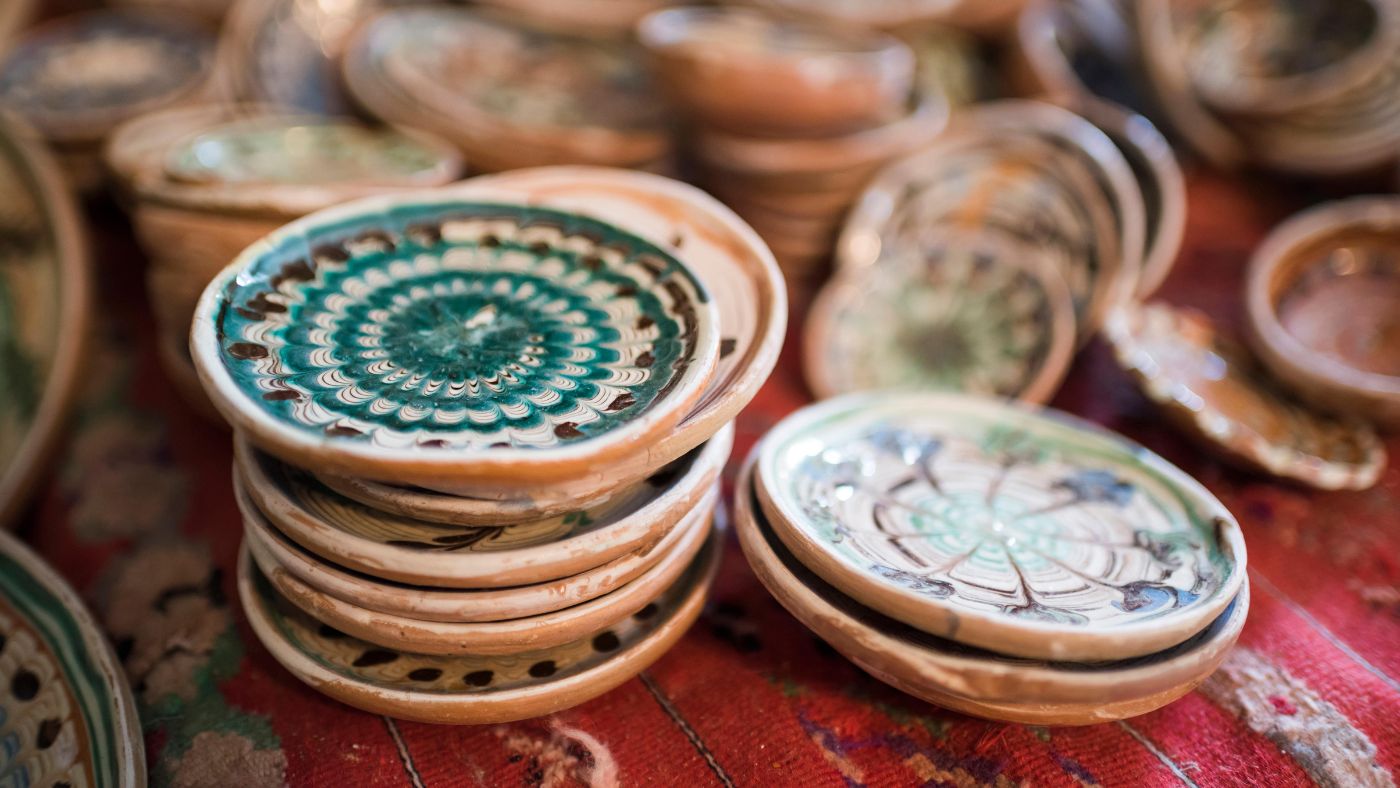
As interest in ceramics has grown, pottery from Horezu, in Romania, has started to appear in “trendy design-orientated” stores around the world – but its production has been the lifeblood of this small town for three centuries or more, said Chantel Tattoli in The New York Times. Today, some 50 artisans have studios there, and all of them work with the timeworn methods for which Unesco recognised Horezu pottery as an Intangible Cultural Heritage of Humanity in 2012. Clay is taken from a single hill nearby; paint, in muted hues, is made with minerals found in the area; and designs, including rooster, serpent and fish patterns, have traditional roots. In the UK, you can see the work at Casa De Folklore in London, but nothing is likely to fire your enthusiasm for it as much as a trip to Horezu itself.
Ennerdale: rewilding in the Lakes
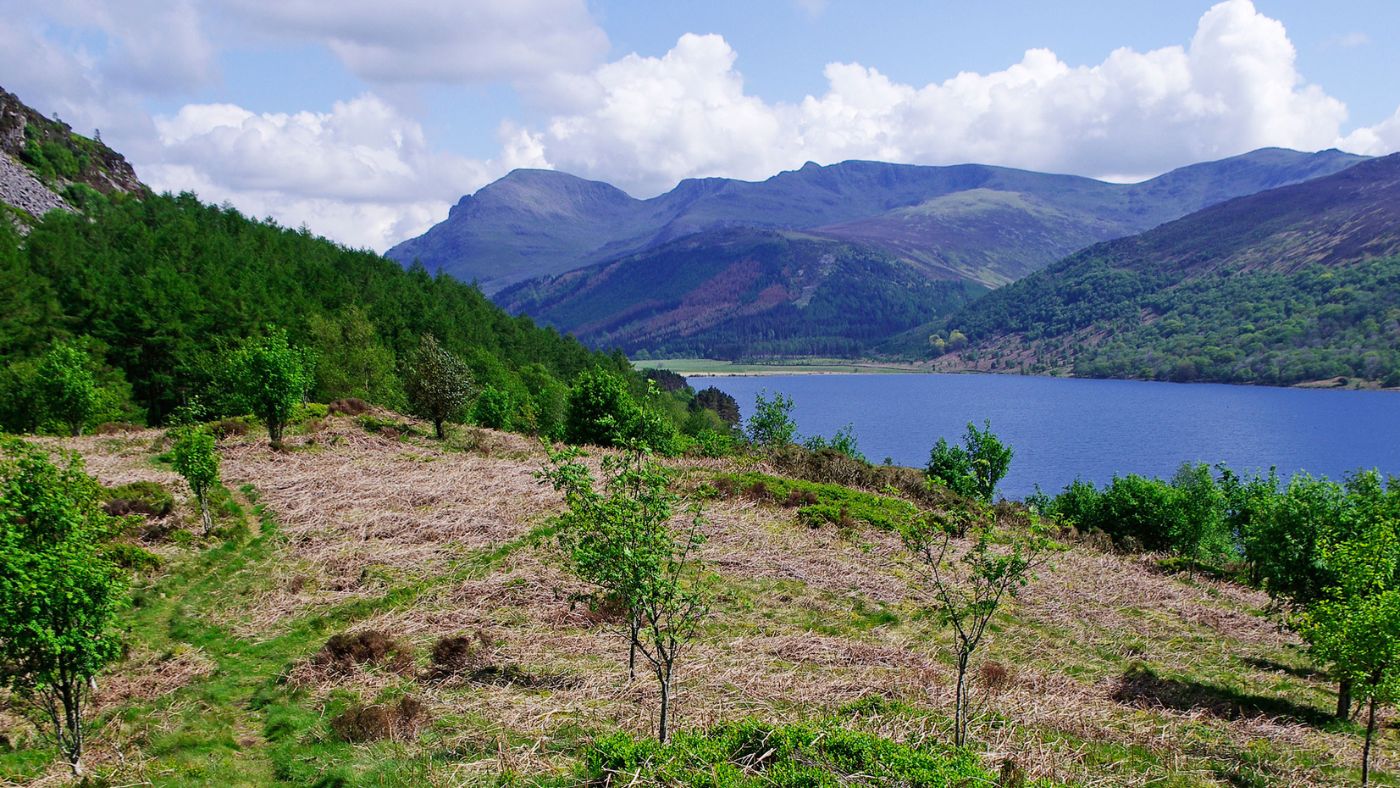
Ennerdale Valley in the Lake District
It has been 20 years since work began to rewild Ennerdale, one of the Lake District’s “quietest” valleys – and the results are wonderful to behold, said Helen Pickles in The Daily Telegraph. Founded by local landowners, including the National Trust and Forestry England, the Wild Ennerdale project has taken steps including planting native trees and introducing black Galloway cattle, which break up the ground, creating space for wild flora to take root. Species such as the green woodpecker and the marsh fritillary butterfly, once extinct in the area, have returned; others, from the “jolly-sounding” bilberry bumblebee to the spectacular peregrine falcon, are flourishing; and now there’s talk of reintroducing beavers. Last year, the valley was designated a “super” National Nature Reserve. If you are planning to stay locally, there is accommodation at the Fox and Hounds, a traditional Lakeland inn. wildennerdale.co.uk
A glitzier version of Menorca
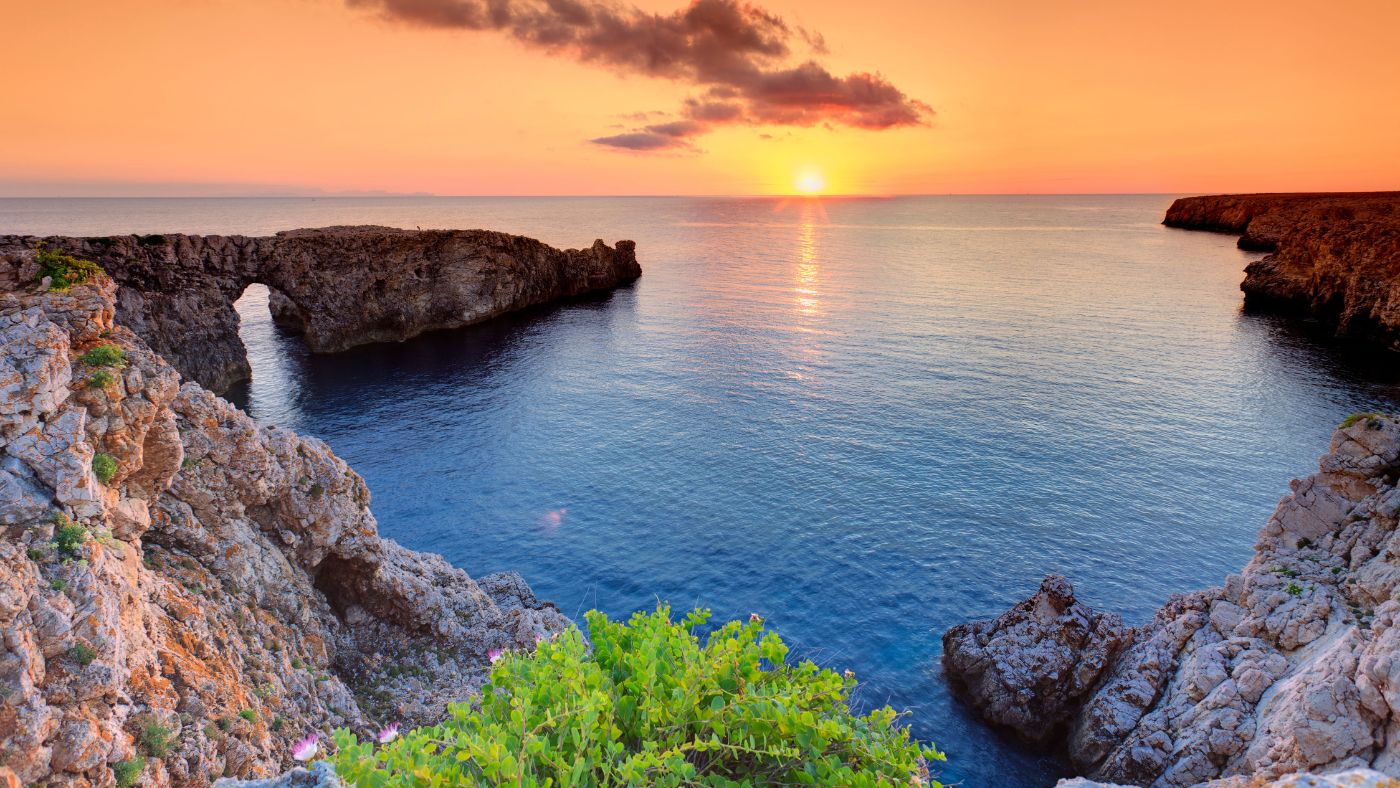
Long known as “a haunt of British pensioners”, Menorca is the sleepiest of the Balearic islands. But in recent years, its “elemental” landscape, quaint old towns and slow pace of life have attracted “a new set of wanderers”, said Stephanie Rafanelli in Condé Nast Traveller – and it has seen a new wave of creativity to match. Go for its natural beauty (notably in the Camí de Cavalls, its 115-mile coastal path), but don’t miss its art galleries (such as LoAC and Hauser & Wirth, which both opened in 2021), burgeoning wine scene (including the pioneering Binifadet estate) and excellent restaurants (look up Sa Punta, Ses Forquilles, Quitapenas and Smoix). There’s also any number of attractive new boutique hotels and renovated farmhouse lets to choose from, with Son Blanc, Es Bec d’Aguila, Torre Vella, Cristine Bedfor and Menorca Experimental among the best.
Lucca: a Tuscan city’s easy charm
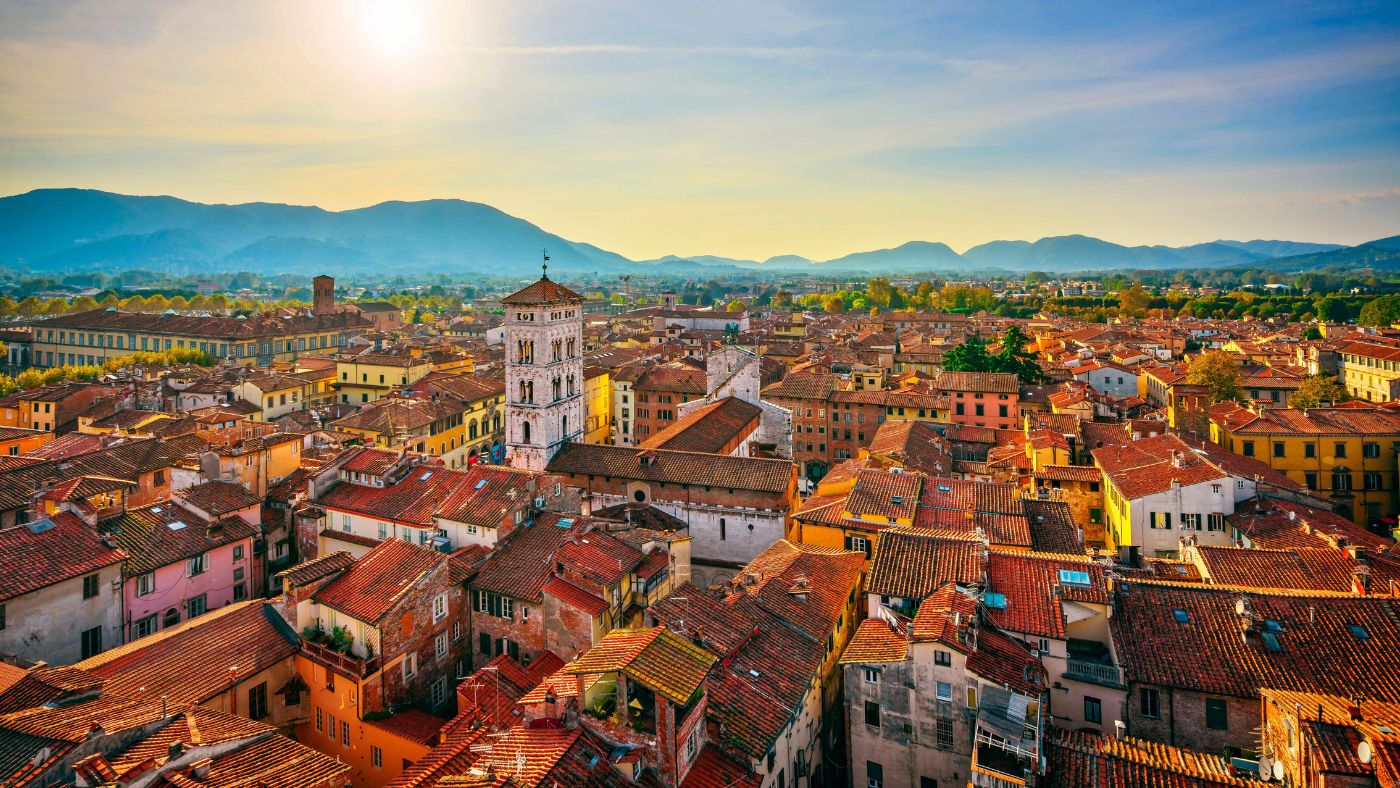
“An almost faultless combination of the usual Italian temptations” – art, architecture, food and wine – Lucca is a gem among Tuscan cities, said Tim Jepson in The Sunday Telegraph. It has “glorious” churches, of which San Michele, with its elaborate Romanesque facade, is perhaps the most exquisite; excellent old restaurants (such as Buca di Sant’Antonio, in business since 1782); and “elegant” shops. Encircling it all are broad, tree-lined city walls that you can walk or cycle along, enjoying magnificent views. With an “easygoing charm”, the city makes for a delightfully relaxing short break. But if staying a little longer, you could tour some of the many “exceptional” villas and gardens nearby (Villa Reale and Villa Torrigiani can be strongly recommended), or visit the seaside resort of Viareggio, 20 minutes away by train.
A lovely mile of England’s coast
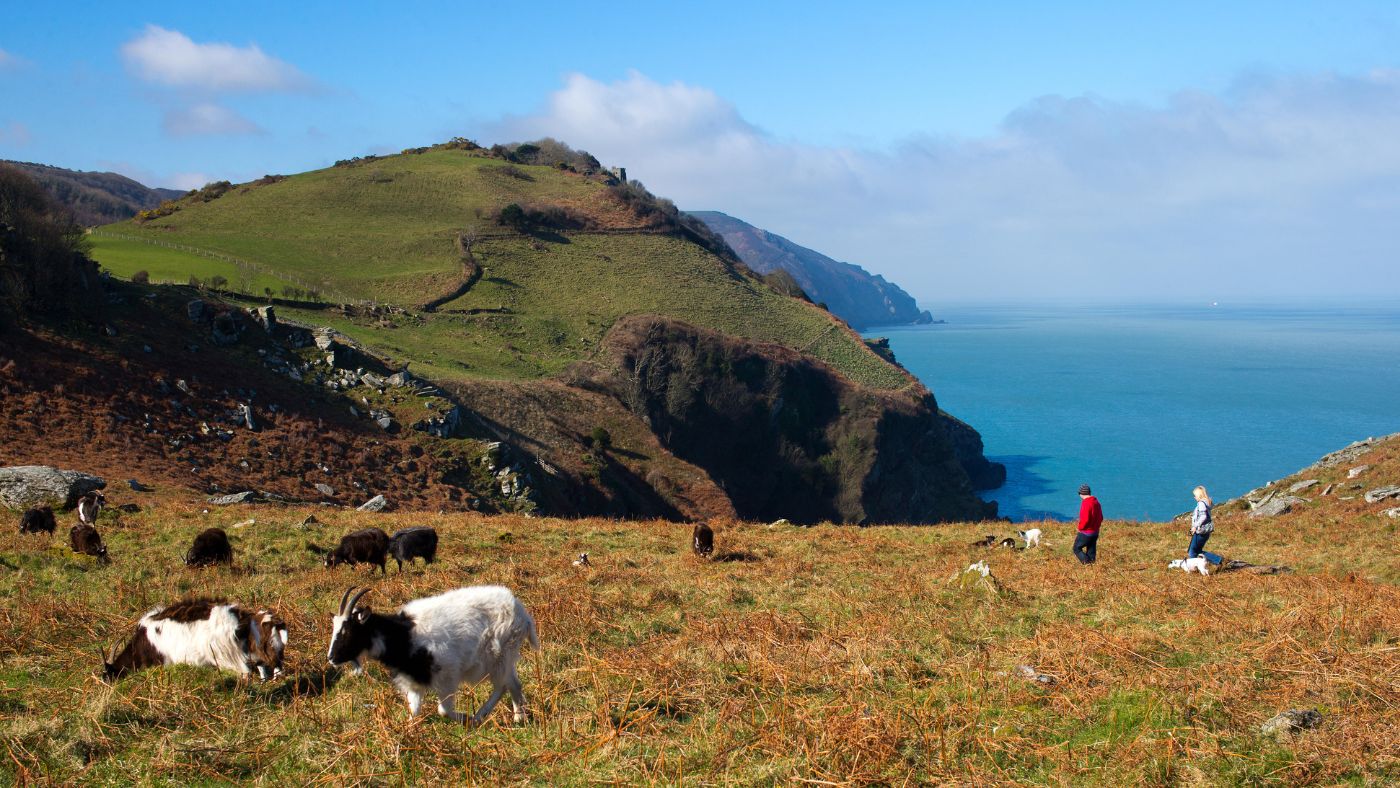
Once the England Coast Path has been completed (which should be in a couple of years), the UK will have some 10,000 miles of accessible coastal trails. Having walked 1,000 of the most glorious myself, I’m often asked to name the winning stretch, said Paul Bloomfield in The Sunday Times – and my answer is always the South West Coast Path, which meanders for 630 miles between Minehead in Somerset and Poole in Dorset. If pressed for time, head straight for Lynton on the Exmoor coast, and take the cliff path westwards from the top of its funicular railway to Woody Bay. Passing through the Valley of the Rocks (north Devon’s “Little Switzerland”) and the “idyllic, brook-babbled” Lee Abbey estate, the route is neither particularly tough nor exceptionally remote, but there’s no doubt in my mind that this is “Britain’s most beautiful coastal mile”.
Zibo: China's new barbecue hotspot

A once-obscure manufacturing hub 270 miles south of Beijing, Zibo has risen in just a few months to become China’s hottest tourist destination, said Vivian Wang in The New York Times. And it’s all down to two things: barbecues and the power of social media. The city is home to 4.7 million people, yet it received 4.8 million visitors in March alone, not long after the local BBQ technique – you grill your meat on skewers then wrap it with condiments in tortilla-like pancakes – began trending on social media. Keen to please, the authorities have set up a “Barbecue Experiential Ground” the size of 12 football fields, with hundreds of grills, and even far-flung suburban eateries are doing a roaring trade. Tourists queue for hours, and few seem to mind the wait: everyone agrees that, while Zibo cuisine is wonderful, the city’s “liveliness”, after three years of Covid lockdowns, is a pleasure more piquant still.
The Brando: an exclusive eco-resort in French Polynesia
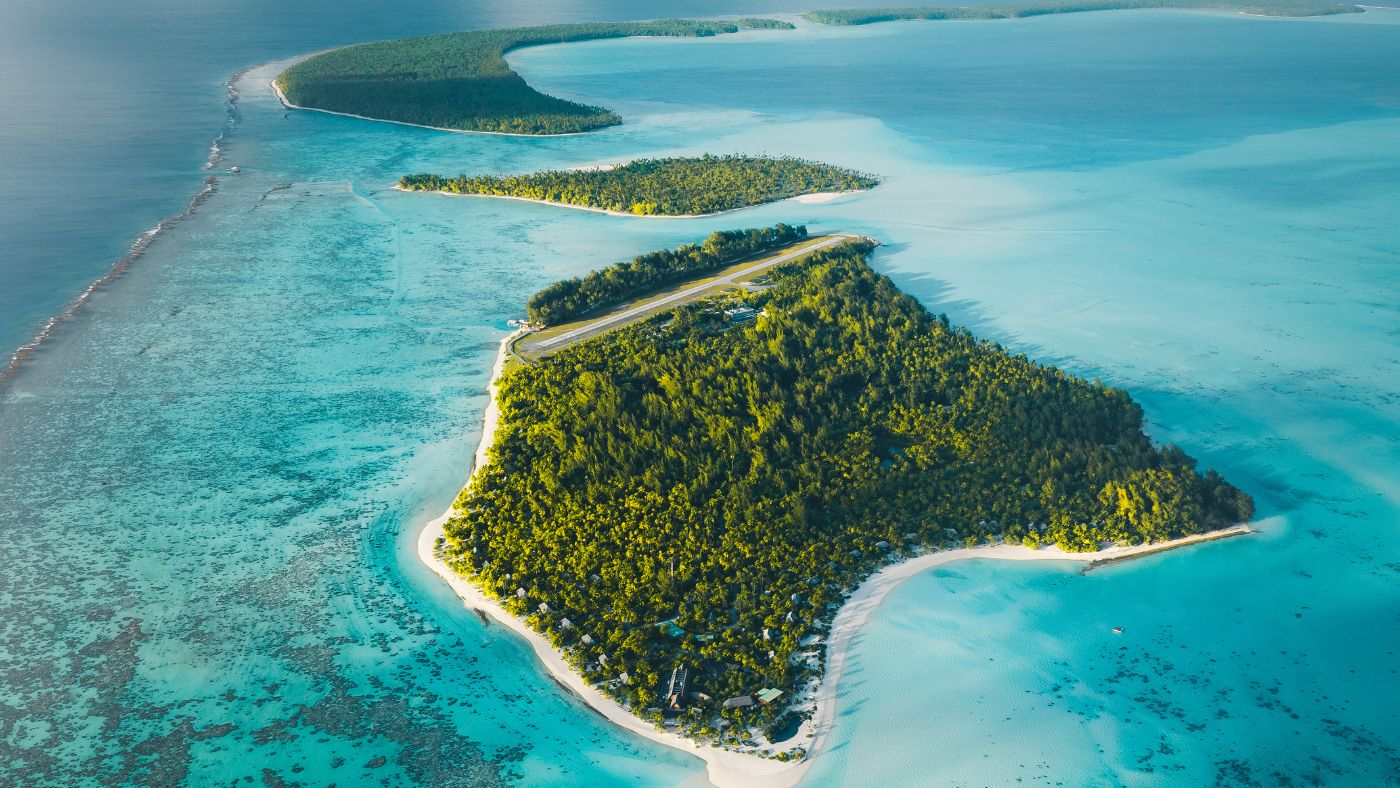
The brainchild of actor Marlon Brando and property developer Richard Bailey, The Brando is a self-sustaining eco-resort which is on the path to becoming carbon zero. Located on the South Pacific atoll of Tetiaroa, the resort has long been a pioneer in sustainability for the luxury travel industry, with initiatives including its own ecostation for marine biologists, the use of renewable energy and the creation of an organic garden, with all food waste transformed into compost within 24 hours. There are 35 private beach villas ranging from one- to three-bedrooms, all with private pools, and the resort also recently launched a partnership with famed French chef Jean Imbert. Other facilities include a traditional Polynesian holistic healing spa and guests can also enjoy guided nature excursions to learn all about the island’s birds, wildlife and sea life. The resort may lie just 30 miles north of Tahiti, but it “may as well be worlds away for its privacy and unspoiled beauty”, said Condé Nast Traveler. This “ultra-polished” island hideaway is “a love song to the South Pacific”. The Brando is “one of the most exclusive resorts in the world” and it features “one of the most beautiful and serene wellness centres I’ve ever seen”, said The Luxury Travel Expert. Celebrity guests who have stayed here include Leonardo DiCaprio and the Obamas. Villas start from $3,500 per night on an all-inclusive basis; thebrando.com
Sun-drenched Montenegro
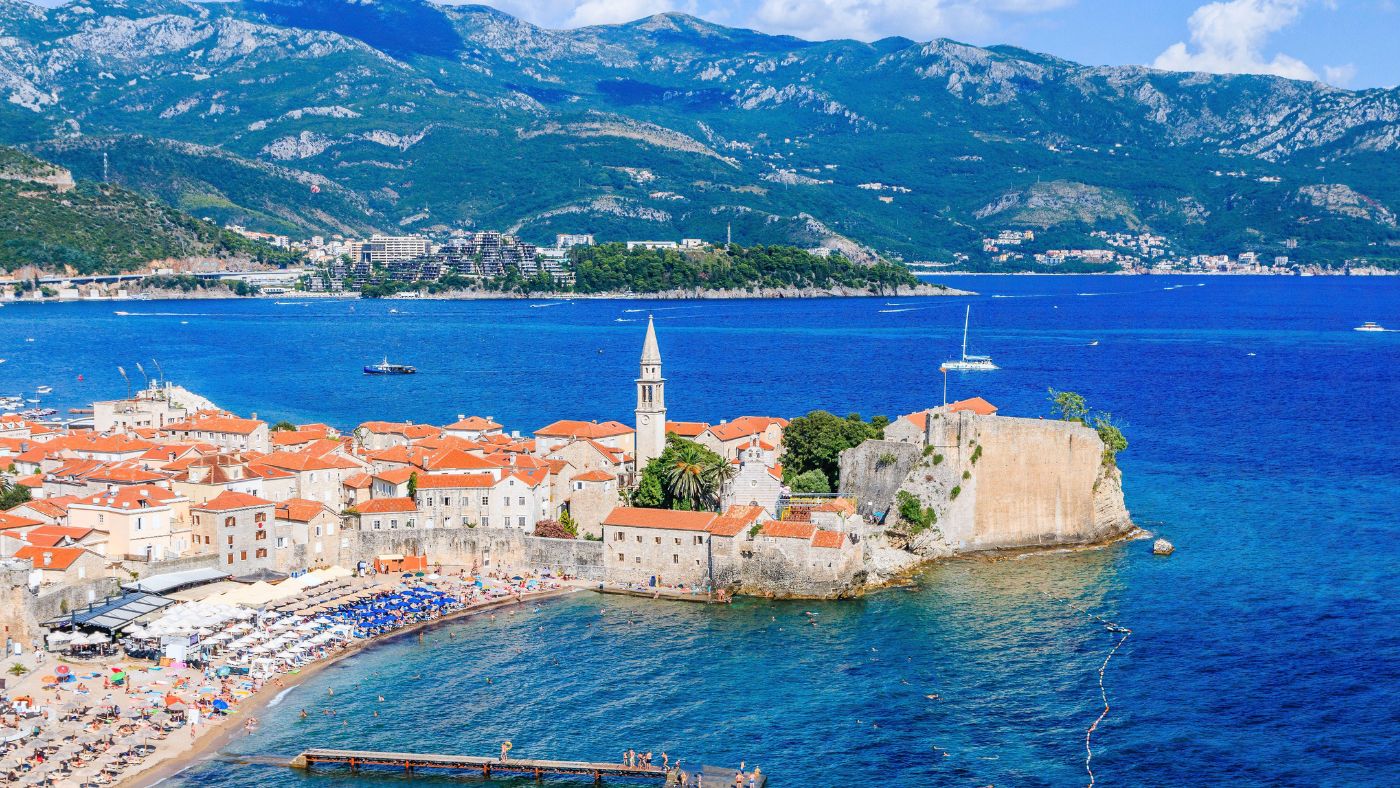
Sandwiched between Croatia, Albania and Serbia, Montenegro is “one of the best sun magnets in southern Europe” – and it takes less than three hours to fly there from Gatwick, said Nick Redman in the Daily Mail. In the north of the country, “mountains plummet to fjord-like jade inlets suggestive of New Zealand or Norway”, while the south’s “broad, blonde sands are reminiscent of Turkey”. It has some fine towns, too. Budva, with its “lichen-spattered old-stone ways, red roofs and stout churches”, is worth a visit, and evokes the medieval Venetian Republic that once held sway. Unesco-listed Kotor has a dramatic position, “wedged between soaring peaks and a deep bay”. To sample some of Montenegro’s finest wines, visit the family-run vineyard Savina, where you’ll sip glasses of “pink grenache” on a terrace overlooking the silver Adriatic, and feel “the magic of the Med” seeping into you. montenegro.travel
Rotterdam’s urban cool
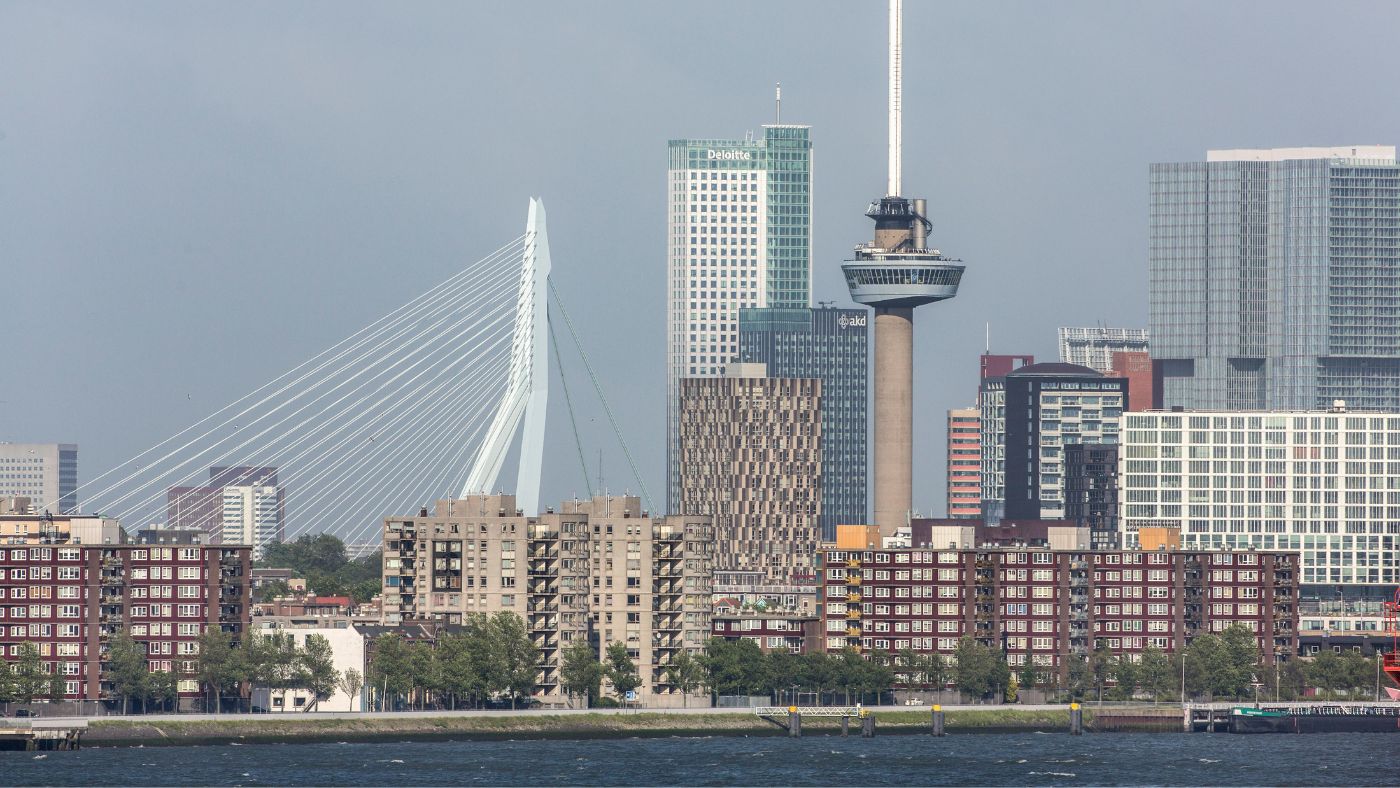
Rotterdam has long been Europe’s biggest industrial port; but these days it’s also a hub of “avant-garde architecture”, and so filled with excellent art institutions that it’s become an “essential European cultural stop”, said Seth Sherwood in The New York Times. To get your bearings, go up the Euromast, a tower that has superb views of the city from its stylish café, and consider a cruise of Rotterdam’s canals. The city is “awash” with experimental restaurants, including Fermin, which “gets clever with fermented, pickled and wood-fired dishes”, and In de Keuken van Floris, where you feel as though you’re dining in an “enchanted forest”. Rotterdam was heavily bombed in the Second World War, but after a few days you’ll agree that what it lacks in historical buildings, it more than “makes up for with contemporary urban cool”.
The ancient Greeks in Sicily
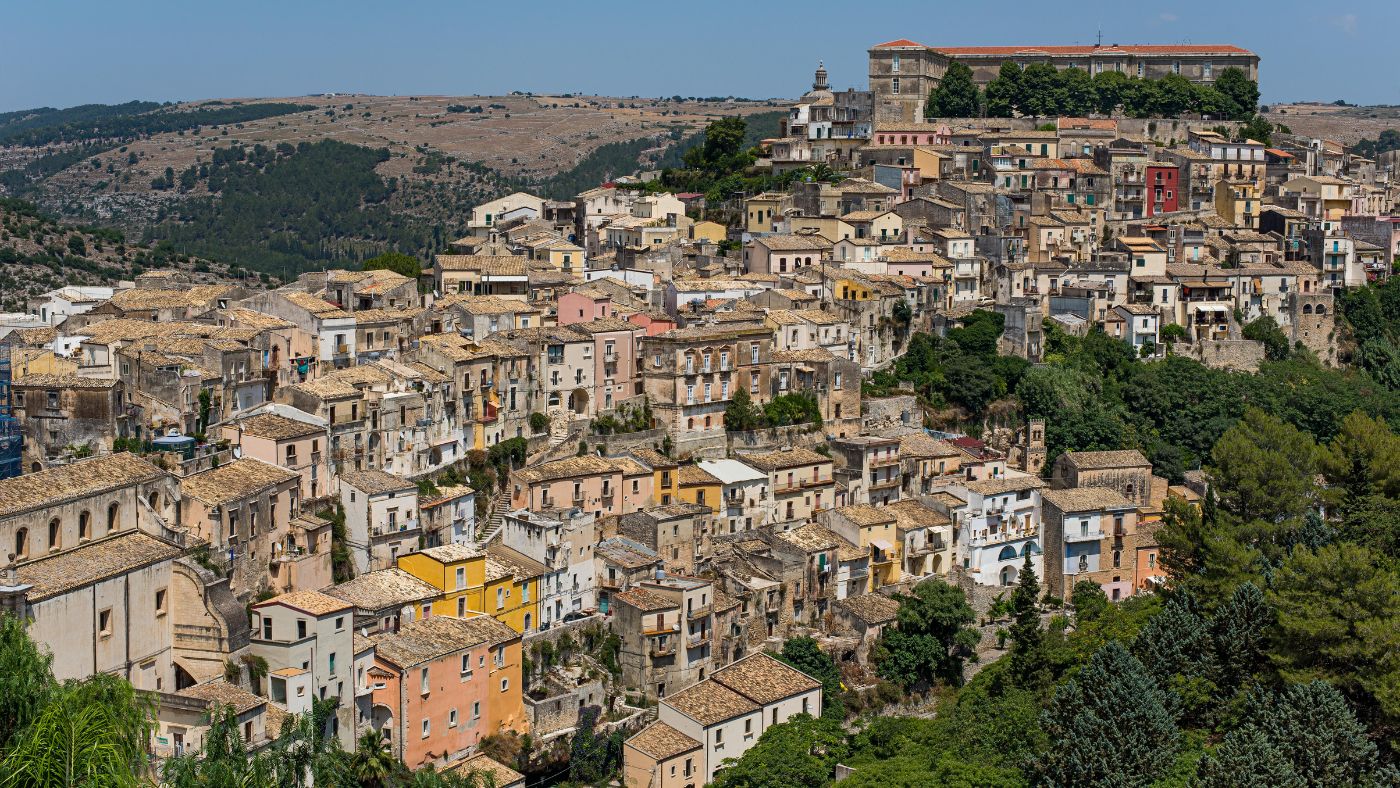
“While just about every ancient civilisation left its prints on Sicily – Phoenicians, Carthaginians, Romans, Byzantines – the Greeks’ were arguably the most indelible,” said Kate Maxwell in the Financial Times. Greek remained the lingua franca during Roman times, and there are still communities in Sicily that speak a Greek dialect. Road-tripping between the island’s ancient sights is great fun, and along the way you can take in some Baroque delights – in the hilltop city of Noto, for instance, there is Palazzo Castelluccio, which is a “dead ringer” for the palazzo described in Giuseppe Tomasi di Lampedusa’s “The Leopard”. If glamour is your goal, begin or end at the San Domenico Palace, the Four Seasons hotel in Taormina that was used in the TV series “White Lotus”. It’s unexpectedly family friendly. Doubles from €1,900 per night, including breakfast; fourseasons.com
Monsanto: a spectacular Portuguese village
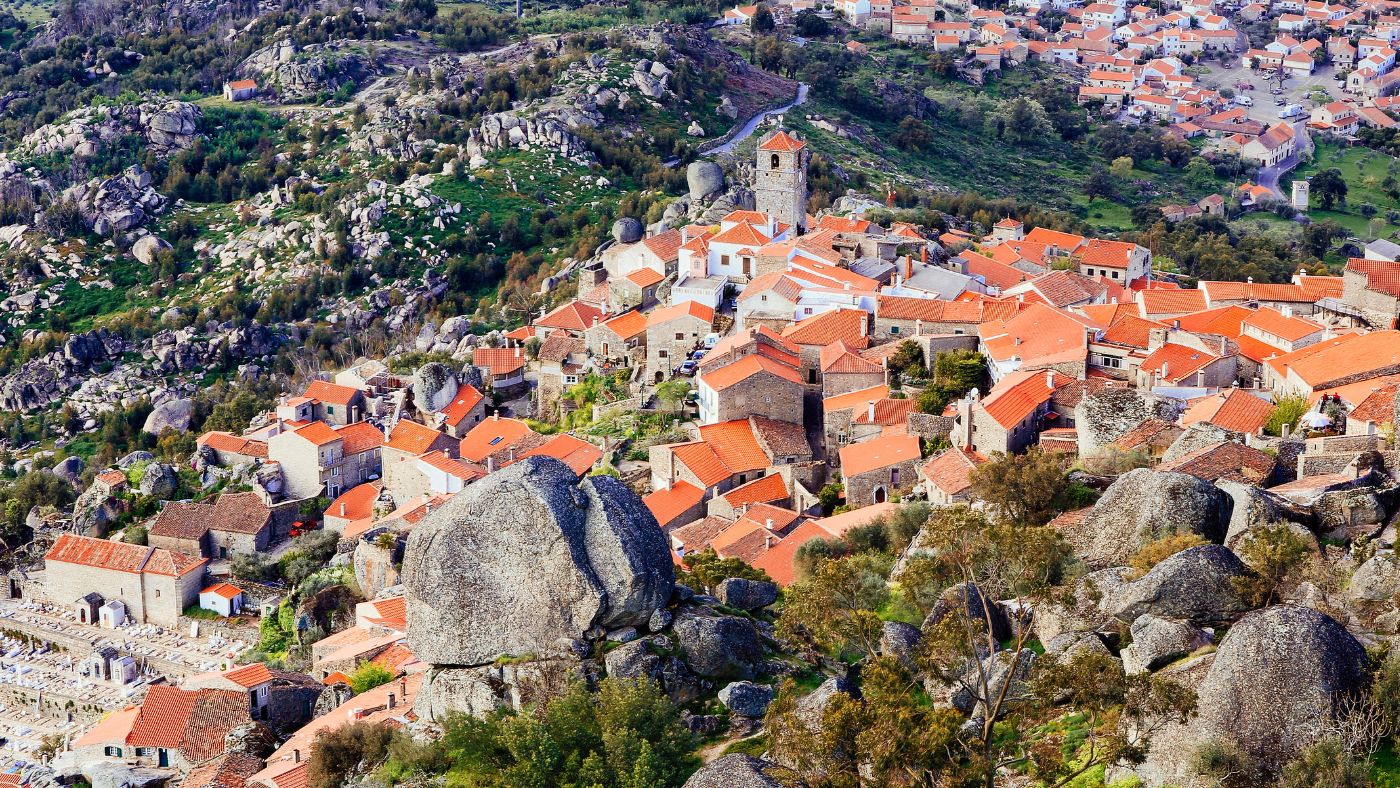
Sitting on a hilltop deep in the interior of Portugal, overlooking a valley “strewn with enormous boulders”, Monsanto is among the country’s most spectacular villages, said Jade Braham in The Daily Telegraph. Its “higgledy-piggledy” streets twist “like rabbit warrens” around and under boulders, and boulders weighing up to 200 tons form the roofs of some of its houses. In 1938, the autocratic Salazar regime named it the country’s “most Portuguese village” owing to its long history and rugged looks, and recently its fortress (built by the Knights Templar in the 12th century) has featured in the hit HBO series “House of the Dragon”. But its fame has not spoiled its peace, its “uniquely medieval charm” – or the beauty of the surrounding countryside, which lies in the Geopark Naturtejo, an area recognised for its richly distinctive geological heritage.
Lancashire’s culinary delights
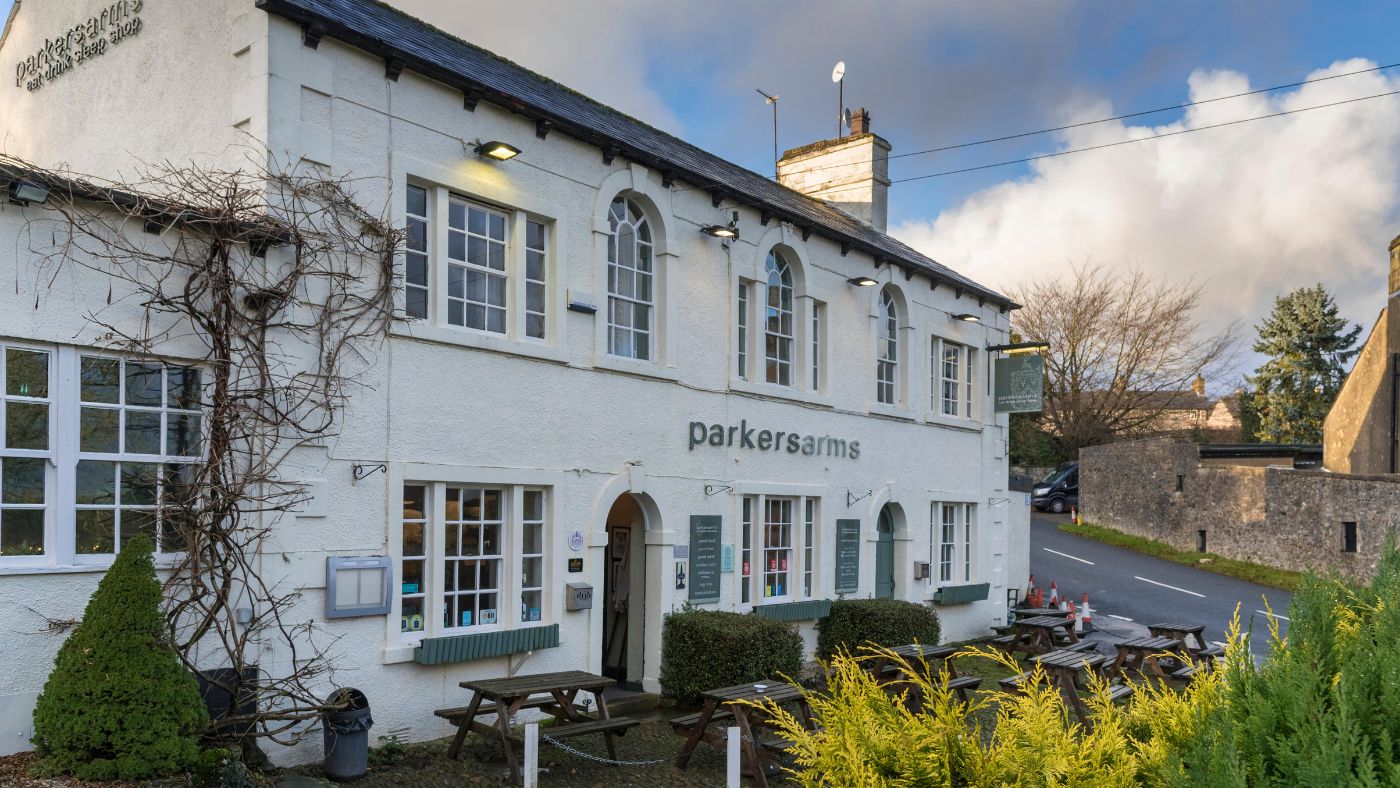
Not so long ago, most restaurant menus in Lancashire didn’t extend far beyond “chicken in a basket”. But today, the county is a gastronome’s dream, said Anthony Peregrine in The Times – and nowhere more so than in the villages of the Forest of Bowland. Chef Stosie Madi (born in Senegal of Lebanese heritage) “bagged top spot” in the 2023 national gastropub awards for the Parkers Arms at Newton-in-Bowland, with cooking that will make you “swoon”. The Freemasons in nearby Wiswell won bronze; its seven-course tasting menu is a “marvel of terrific tastes and textures”. Another “leader in the Lancashire renaissance” is The Cartford Inn at Little Eccleston. And the area is also peppered with excellent food producers, such as Mrs Kirkham’s, a cheesemaker in Goosnargh, and the fabulous Wild Fox gin distillery at Inglewhite. Bowland and Bay offers food tours from £125 a day
Looking for the Wicker Man in Scotland
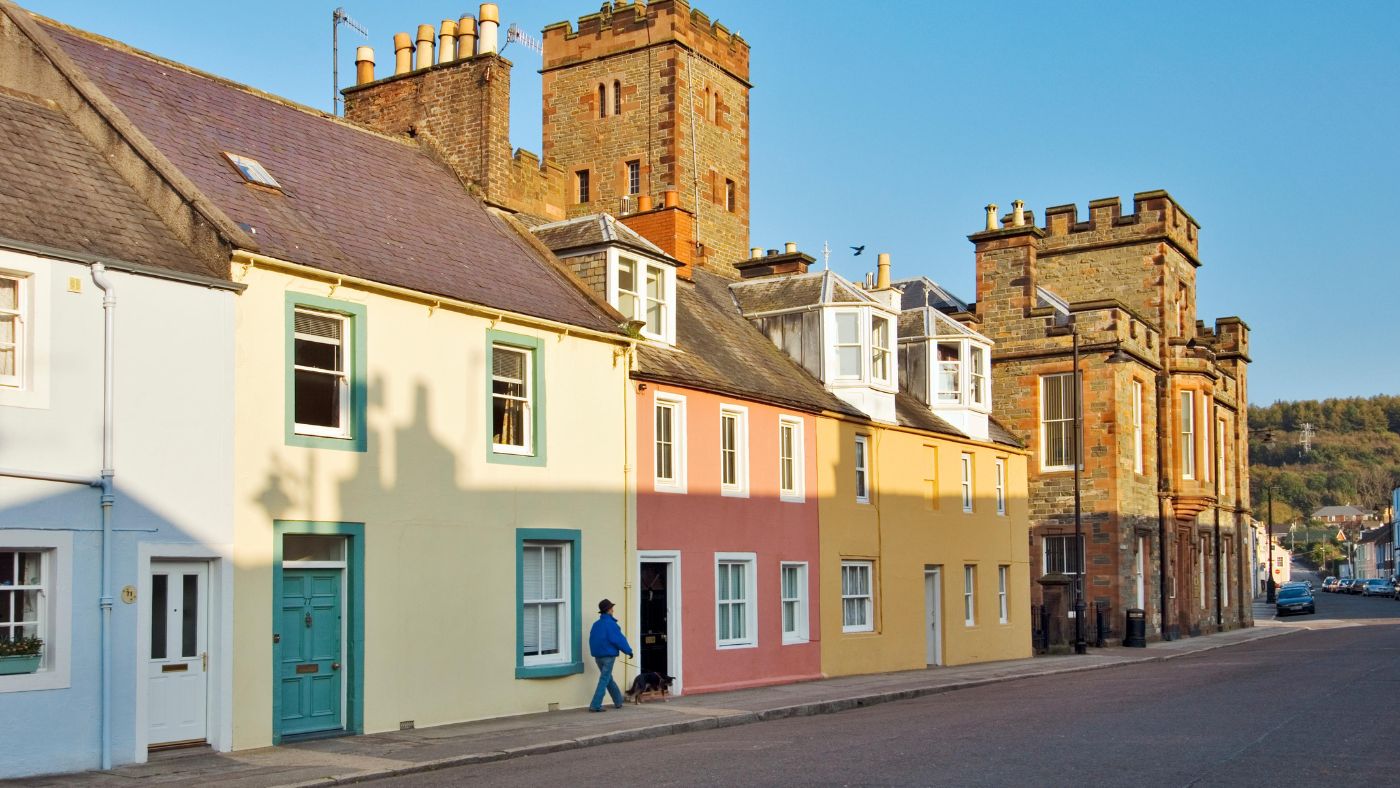
With its mixture of police procedural, occult horror, softcore eroticism and folksy song-and-dance routines, “The Wicker Man” is an odd brew. But the film – 50 years old this year – still unsettles, and the beauty of its setting only adds to its weird power, says Richard Mellor in The Sunday Times. It was mostly filmed in the southwestern corner of Dumfries and Galloway, and a tour of its locations there takes you all over this lovely and little-visited area. Among the highlights is the town of Kirkcudbright, where, having located the former sweet shop that features in the film, you might also visit elegant Broughton House, once home to the painter Edward Atkinson Hornel. The old pilgrimage site of St Ninian’s Cave is splendidly rugged; pretty Wigtown has more than a dozen excellent bookshops; and there’s a remarkably “exotic” range of plants at Logan Botanic Garden, the setting for our first encounter with Christopher Lee’s mysterious local squire, Lord Summerisle. findingthewickerman.co.uk
A lakeside holiday in Hungary
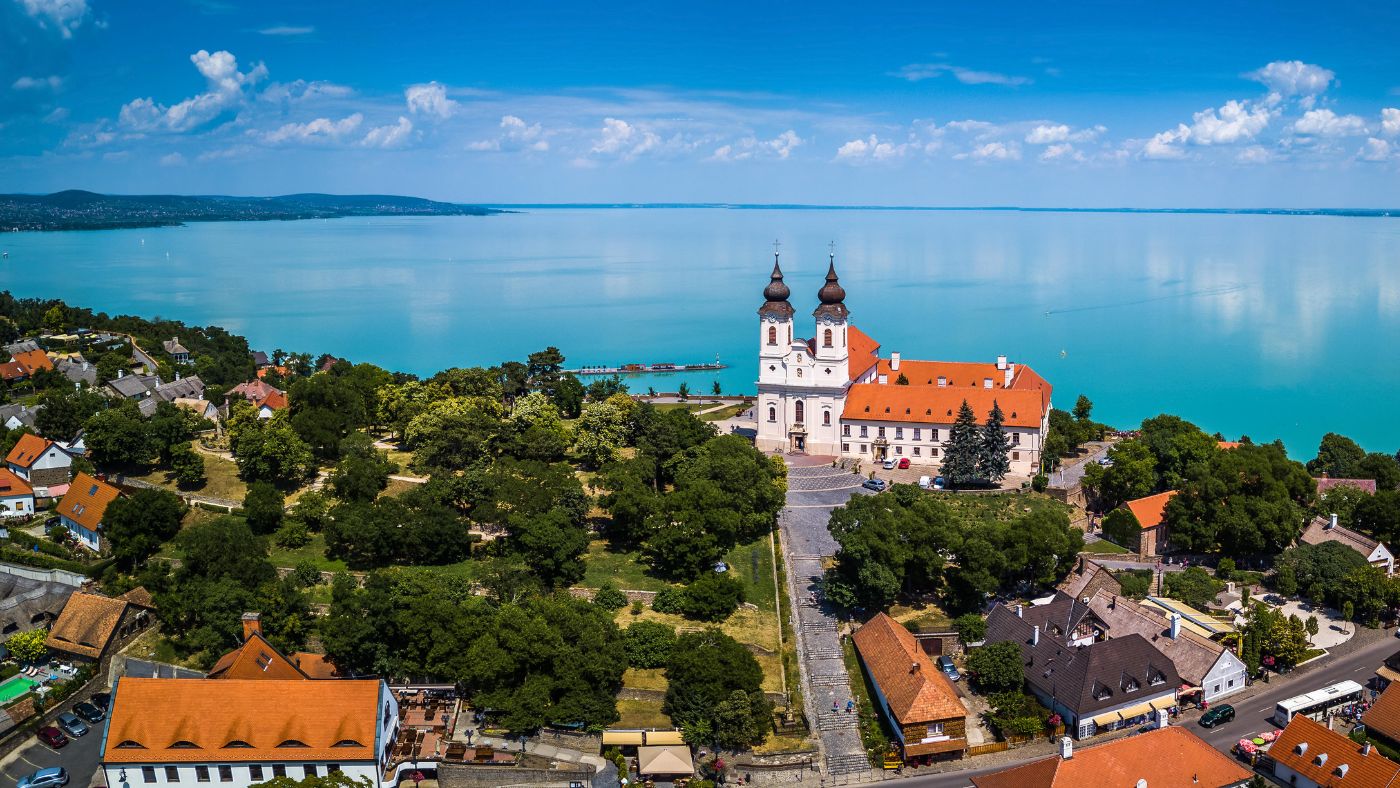
An hour’s drive from Budapest, Lake Balaton has long been a popular place to escape the city in the summer, says Jamie Fullerton in The Sunday Telegraph. In the communist era, it saw a surge of “trade-union organised tourism”, and many of the “dreary, blocky” holiday units that were constructed back then are still standing. But they don’t ruin the lake – Central Europe’s largest – and although Balaton is not in the Como league “for aesthetics”, it makes for a “serenely enjoyable” stop on any tour of the country. There are pretty villages on its shores (Tihany, with its “thatched-roof cottages”, reminded me of the Cotswolds), and some smart modern places to stay (the Liszkay Vineyard Estate is positively “luxurious”). If you do visit, do be sure to take a dip in the “sulphur-tinged”, “bath-warm” water of nearby Lake Hévíz – the world’s largest swimmable thermal lake.
Bonaire: birdwatching in the Caribbean

Most visitors go to Bonaire for the beaches, or the excellent scuba diving. But this Dutch Caribbean island is also “a birding wonderland”, says Betsy Andrews in Condé Nast Traveller. Located just 50 miles off the coast of Venezuela, it is a breeding ground for American flamingos and a “critical” stopover for migrating shorebirds during the winter. But even on a summer visit, I saw 64 of the 245 species that have ever been spotted here. Any tour should include the Washington Slagbaai National Park (a 14,000-acre reserve with a “desert-like” heart – the island is unusually arid for the region); the salt pans of the island’s south; and the ponds into which Bonaire’s waste water is pumped after treatment, which are not a typical tourist attraction, but wildly popular with the island’s avian residents. bonairebirdtours.com
A wine tour in northern Greece
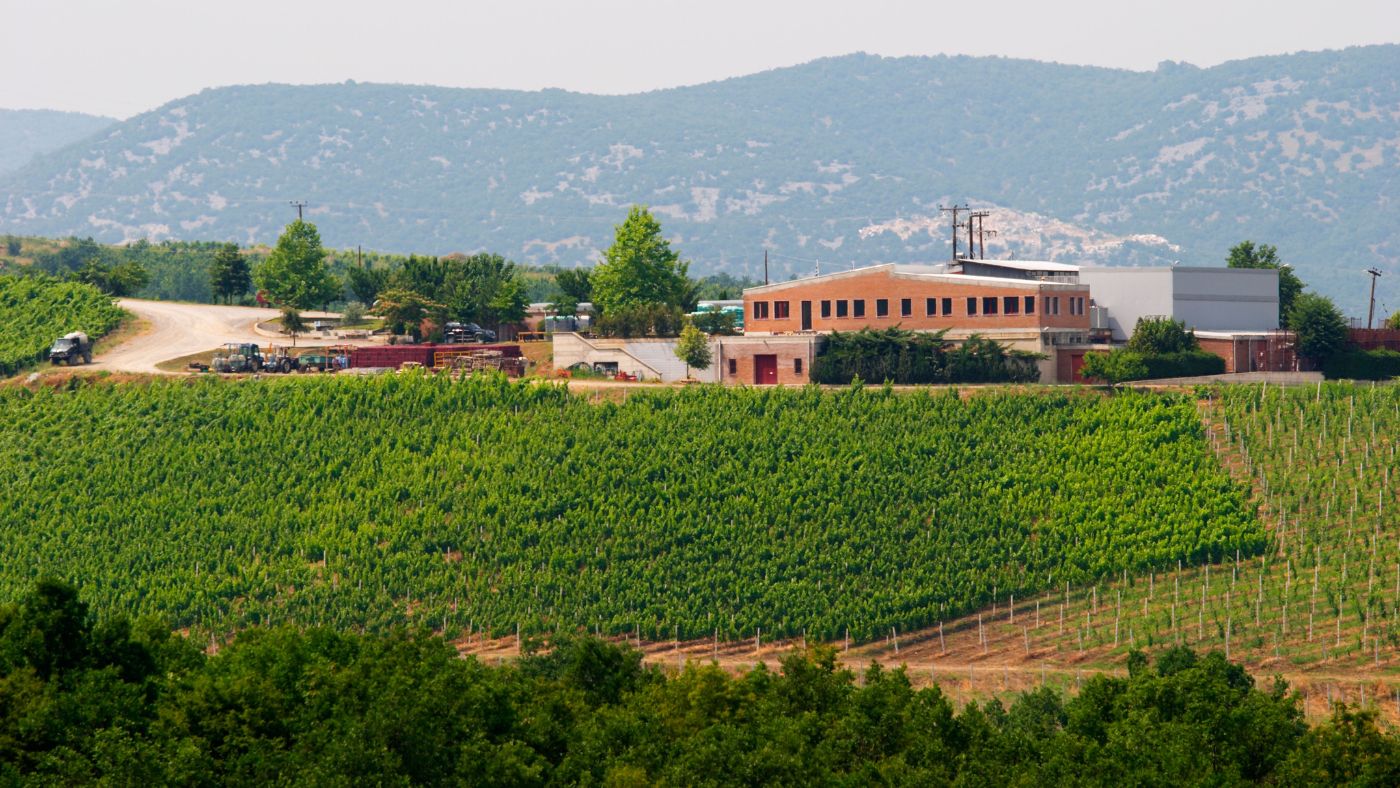
Not so long ago, “the only Greek wine most Brits had heard of was retsina”, with its pine resin perfume. But it has others that are increasingly winning admirers abroad, and many of these wines come from Naoussa, says Nina Caplan in The Times. Spread across the slopes of the Vermio Mountains, of the Central Macedonia region, it’s a beautiful area known for reds made from the indigenous xinomavro grape, some of which are “absolutely gorgeous”. You might stay in the nearby city of Thessaloniki (known for its excellent restaurants and wine bars, including Alea and Blé Vin), and spend a few days pottering about between wineries (don’t miss Thymiopoulos, Kir-Yianni, Dalamara or Foundi) and visiting ancient sites, including spectacular Pella, the birthplace of Alexander the Great. See visitnaoussa.gr and northern-greece.com
Suva: a South Seas metropolis
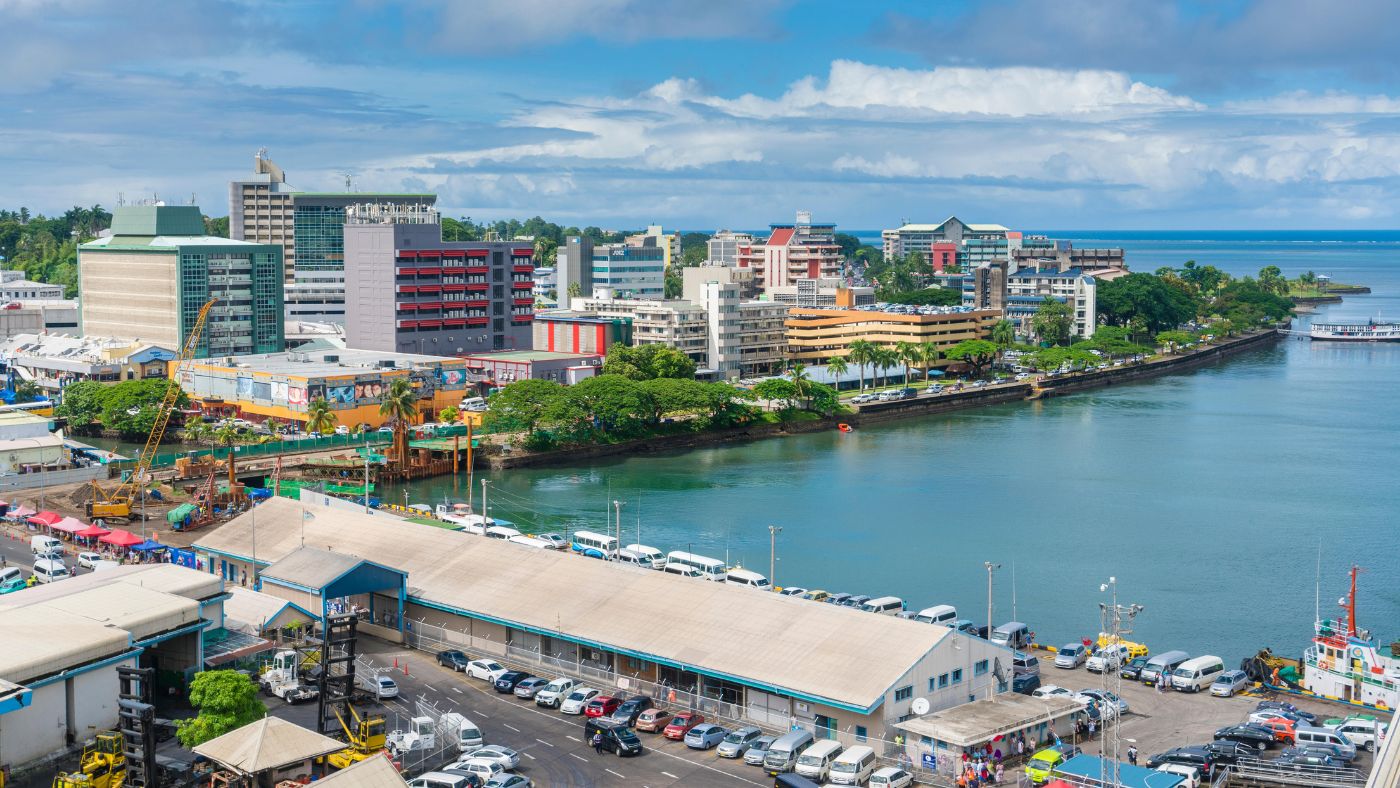
Most tourists in the South Pacific spend their time on deserted beaches and in “bucolic” villages – but the port of Suva, the capital of Fiji and the region’s largest city, is worth a visit too, says Tom Downey in The New York Times. Surrounded by “cloud-topped” mountains, it is home to 100,000 people, mostly of Indian, Chinese or indigenous iTaukei descent – a rich cultural mix reflected in its great restaurants. Its elegant old town was laid out by the British and includes a “lively” cricket pitch and the famous Grand Pacific Hotel. There’s a “bustling” market, plenty of bars where you can try kava (a ritual drink with “mellowing” effects), a newly opened Centre for the Arts (at the time of my visit showcasing the work of “young, local street photographers”), and an excellent museum with exhibits including part of the rudder of HMS Bounty.
Handling eagles in Wales

Located at the National Botanic Garden of Wales in rural Carmarthenshire, the British Bird of Prey Centre was founded in 2018 to educate visitors about the UK’s raptors. Its latest attraction, the private, three-hour Eagle Experience, does so in a particularly hands-on – or talons-on – way, says Ian Belcher in The Sunday Times. Participants get to put on a leather gauntlet and “fly” three of the world’s most majestic predators – a golden eagle, a white-tailed sea eagle, and a European eagle owl called Popeye. It’s physically demanding: Aquarius the sea eagle weighs 5.2kg and has a 7½ft wingspan. But the “majesty” of the birds as they take flight is mesmerising, and the chance to play the “classic British eccentric” and take Popeye for a walk around the gardens is not to be missed. The experience costs from £200 for participants and £50 for spectators; britishbirdofpreycentre.co.uk
George Town’s spicy delights
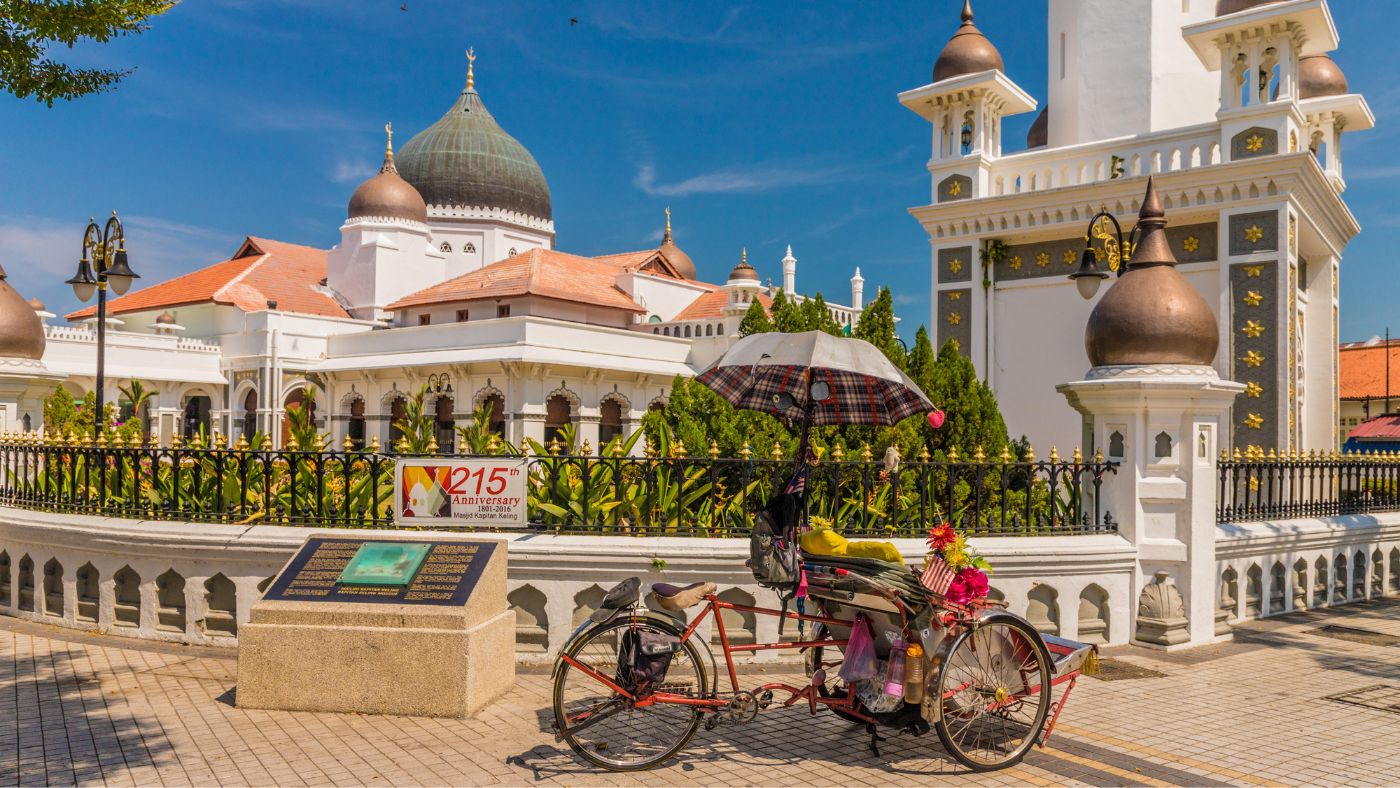
Founded by the British in 1786, the Malaysian port of George Town has “a magic all its own”, says Simon Elegant in The New York Times. Its historic heart – a Unesco World Heritage site – is a square mile of “twisting alleys” lined with “wonderfully photogenic” buildings, some of which are now good boutique hotels (try Seven Terraces, The Edison, or the Jawi Peranakan or Cheong Fatt Tze mansions). But as appealing as the local architecture is the food, which mixes Malay traditions with influences from China, India and Indonesia. Among the best places to try this Peranakan cuisine are BaBa Phang, Ceki, Winn’s Café, and Auntie Gaik Lean’s Old School Eatery – a homely diner so good it earned a Michelin star last year. The “tangy-sour” taste of tamarind features in many dishes, and the nutmeg juice is a spicy delight.
Danube Delta: an avian spectacular in Romania
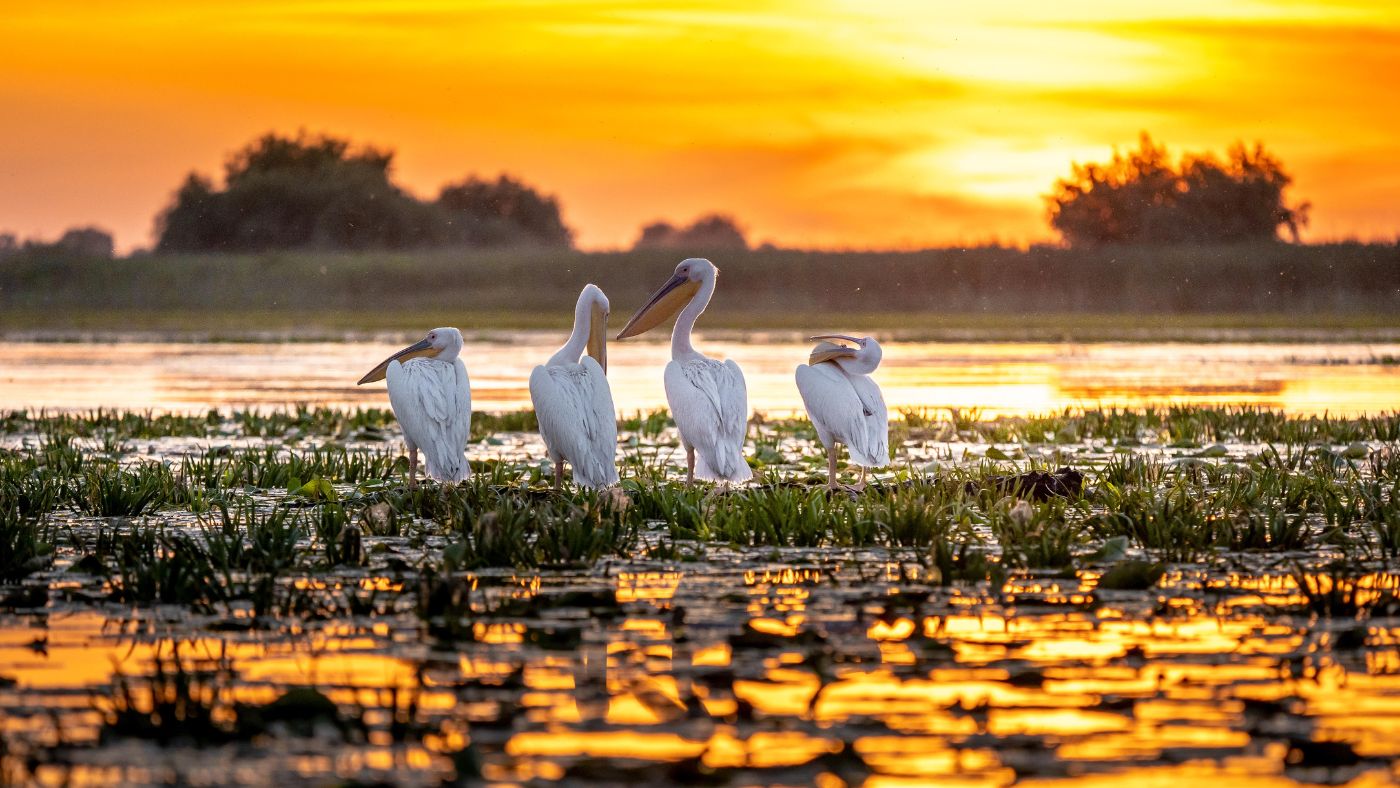
The Danube Delta, an “enormous aquatic labyrinth” where Europe’s second-longest river flows into the Black Sea, is heaven for birdwatchers, says Mike Unwin in The Daily Telegraph. On a ten-day wildlife tour with Naturetrek, you’ll spend time in Romania’s Carpathian Mountains before boarding a boat to explore the delta in the company of an experienced ornithologist. In the warmer months, it feels “pure African Queen”, with its “shimmering blue lagoons” and lush secret channels where kingfishers flash and flit. And in the early autumn, you’ll see countless birds starting their annual migration south, from the “tiniest travellers” (wood warblers, whinchats and more) to spectacular raptors (honey buzzards, red-footed falcons and so on) and huge pelicans – a breathtaking sight as they gather in vast vortices, hundreds-strong, at the outset of their great journey. Trips cost from £1,895pp; naturetrek.co.uk
An epic rail journey across Norway
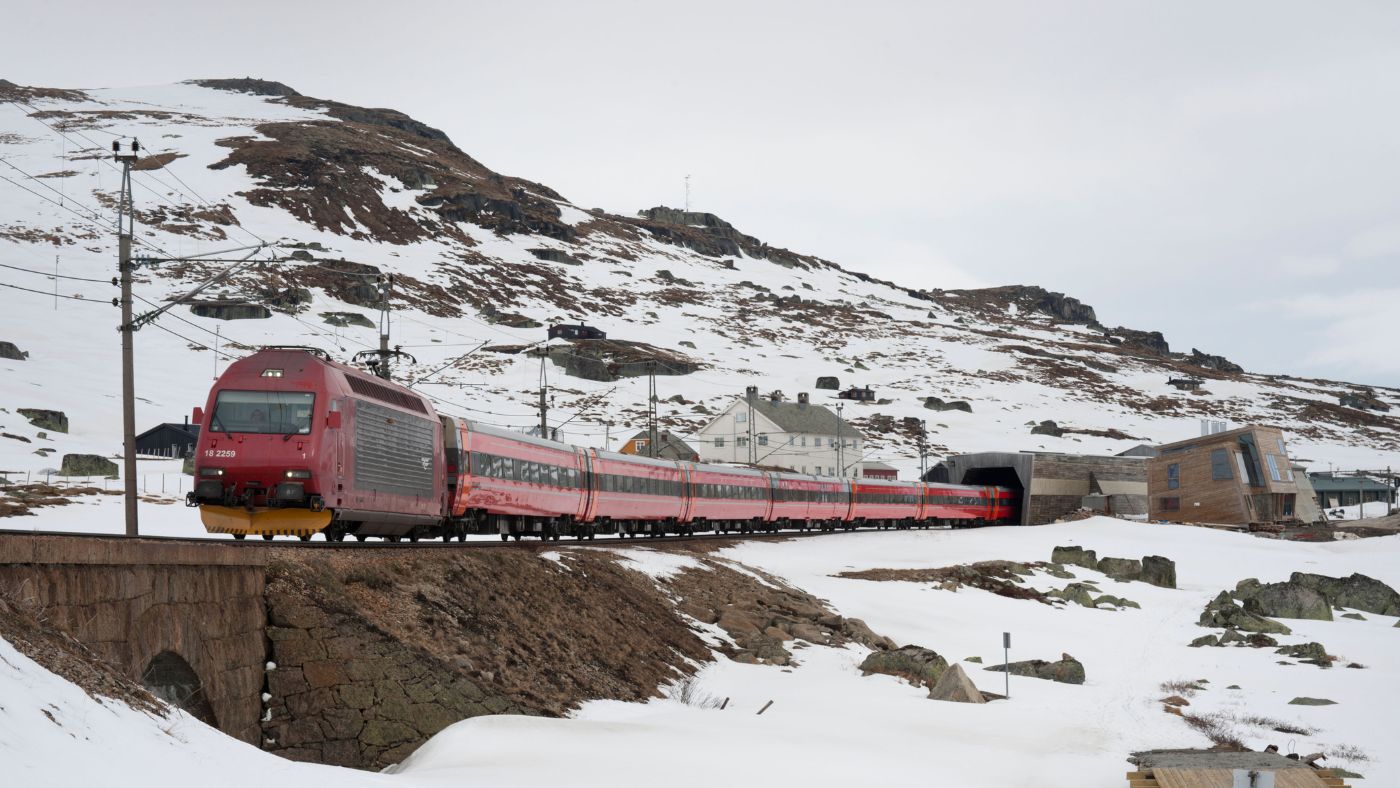
The rail line from Oslo to Bergen, is one of Norway’s main economic arteries, principally patronised by “stressed business folk”, says Oliver Smith in The Sunday Times. But the six-and-a-half-hour trip takes you through wild and varying landscape, from the lakes of Norway’s east to the west’s “salty fjords”. In the centre, you travel across the Hardangervidda, a “primeval mountain plateau” along a route that feels as “daring” now as it did in 1909, when the tracks were laid. Among the best places to break the journey are Geilo, a centre for outdoor activities; Myrdal, from which the Flåm Railway descends some 900 metres to a “sublime” fjord; and Finse, where part of "The Empire Strikes Back" was filmed during a blizzard in 1979. See vy.no and greatrail.com for tickets and tour packages.
Seeking out sea cows in Florida
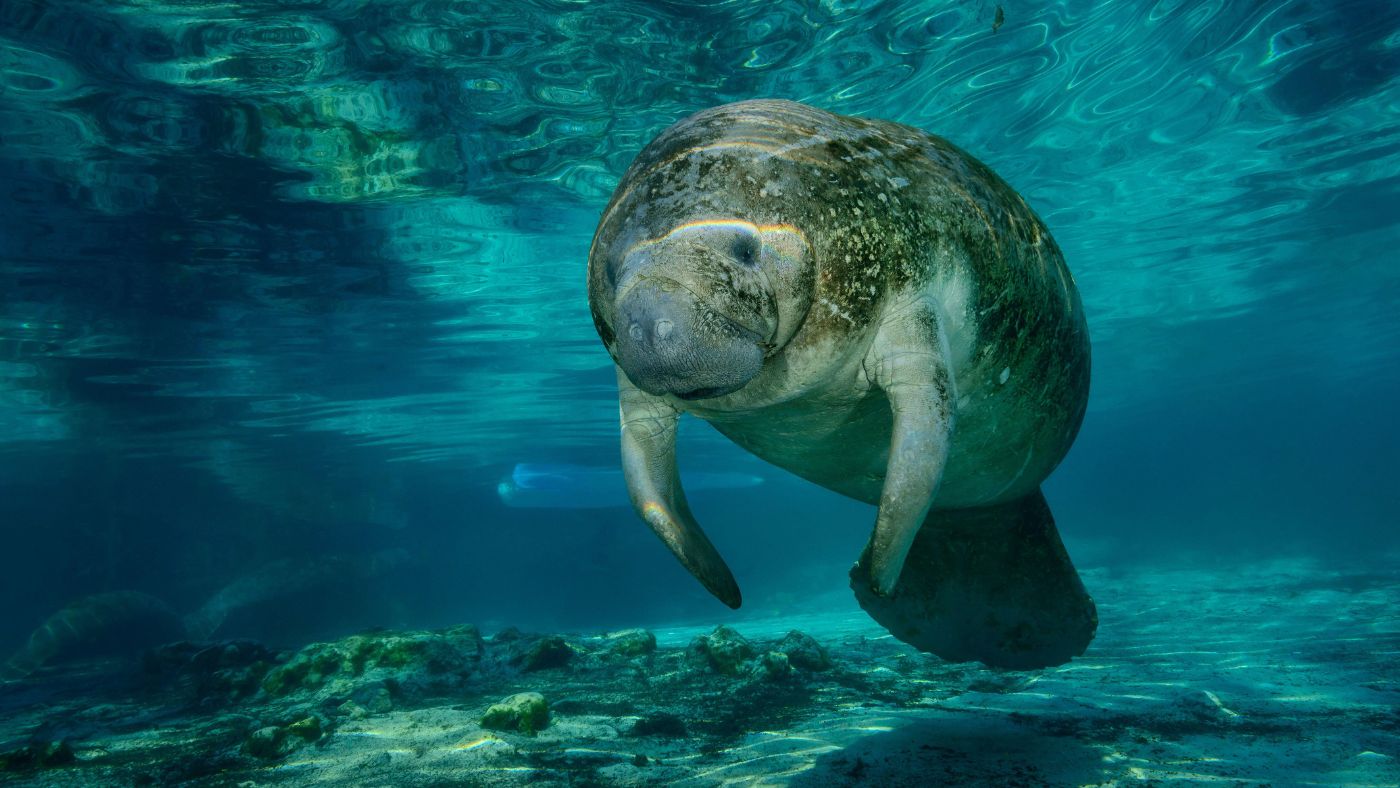
Forget Minnie and Mickey – Florida’s “most captivating residents” are the manatees, or sea cows, that inhabit its inland waterways and coastal areas, says Jacqui Agate in The Sunday Times. Last year was a bad one for these “placid giants”, as algal blooms threatened the seagrass beds on which the creatures feed. Conservation groups are currently struggling to solve the problem. For the best chance of spotting a manatee, head out on a boat trip with Flamingo Adventures in the Everglades National Park, or with Paradise Boat Tours in Bradenton, where the animals can be seen “frolicking” around Anna Maria Island, a barrier isle with “white powder” beaches. The snorkelling tours on offer in Crystal River are more controversial; if you go, choose a “responsible operator” such as Explorida, and keep your distance to avoid stressing the animals.
Olhão: an unsung town in the Algarve
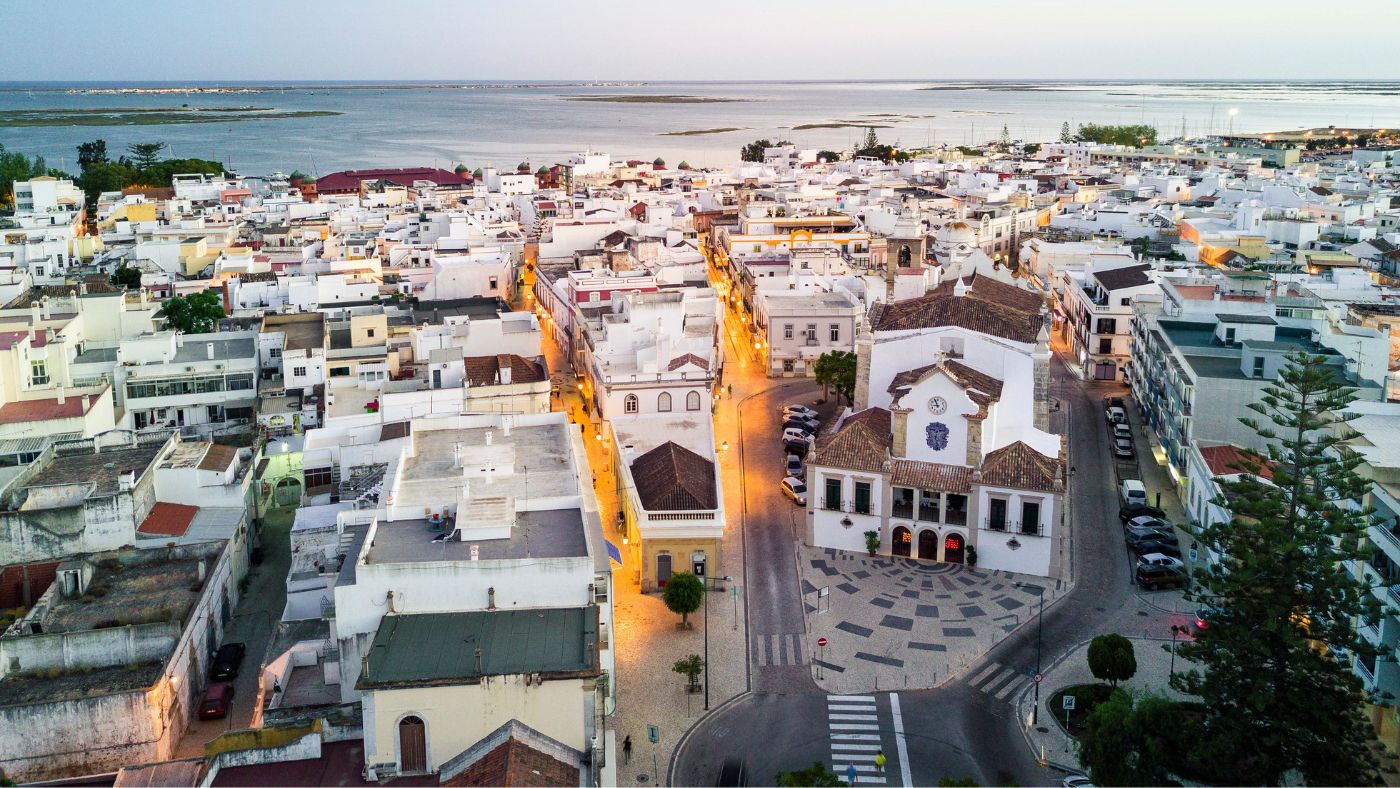
Parts of the Algarve are overwhelmed by tourism – but not the fishing port of Olhão, says Amanda Hyde in The Daily Telegraph. A quick bus ride from Faro, the regional capital, it is a glorious historic town of grand churches and crumbling mansions, with a “lively local scene” (including a busy fish market and a profusion of “packed, no-nonsense” cafés) that makes it a great place for an affordable off-season break. You could stay at Pure Formosa, a stylish hotel where rates start at about €45, and eat at the “swish” but inexpensive seafood restaurants along the shore, including the excellent Cestaria. The nearby islands of the Rio Formosa have some fabulous beaches, along with Roman ruins and lagoons where flamingos gather – all accessible by ferry for as little as €2.20 per leg.
Skating in the Finnish wilds
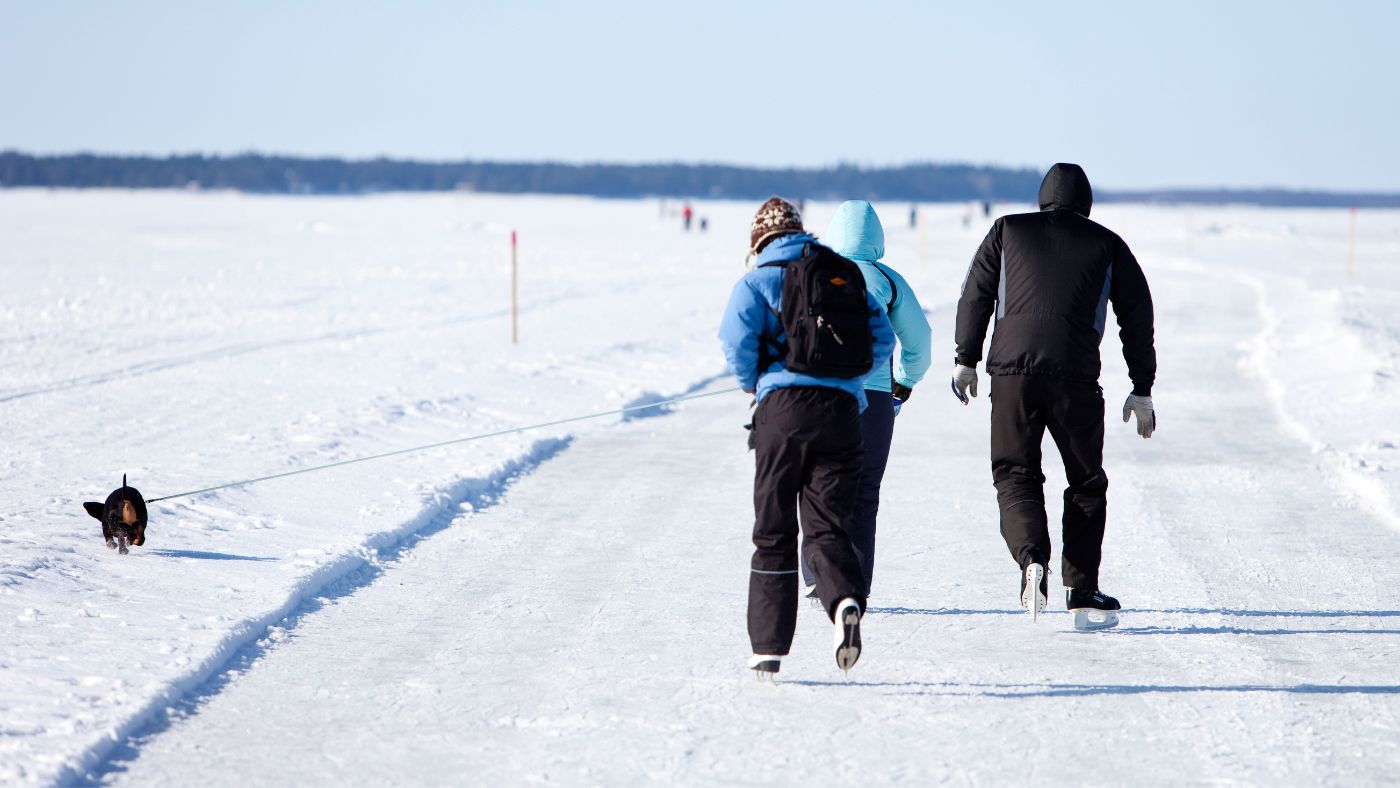
In a poll after Finland was named the world’s happiest nation last year, 87% of Finns cited time spent in natural surroundings as the reason. Among their most enjoyable outdoor pursuits is tour skating, or long-distance ice skating in the wild, says James Stewart in The Times. Try it with Responsible Travel, which offers five-day guided trips with accommodation in a spa lodge and an “arty” design hotel. There’s a training day near the city of Tampere on Lake Näsi, where everyone from toddlers to pensioners come to skate, ski and sledge together. And then you drive east through glorious countryside to the vast Lake Saimaa for some wilder skating amid “rocky pine-clad islets” in Linnansaari National Park. It’s not risk-free (small cracks in the ice can impede movement and cause falls), but it’s magical when it goes well – like “swishing through a Finnish fairy tale”.
Heavenly hiking in Death Valley
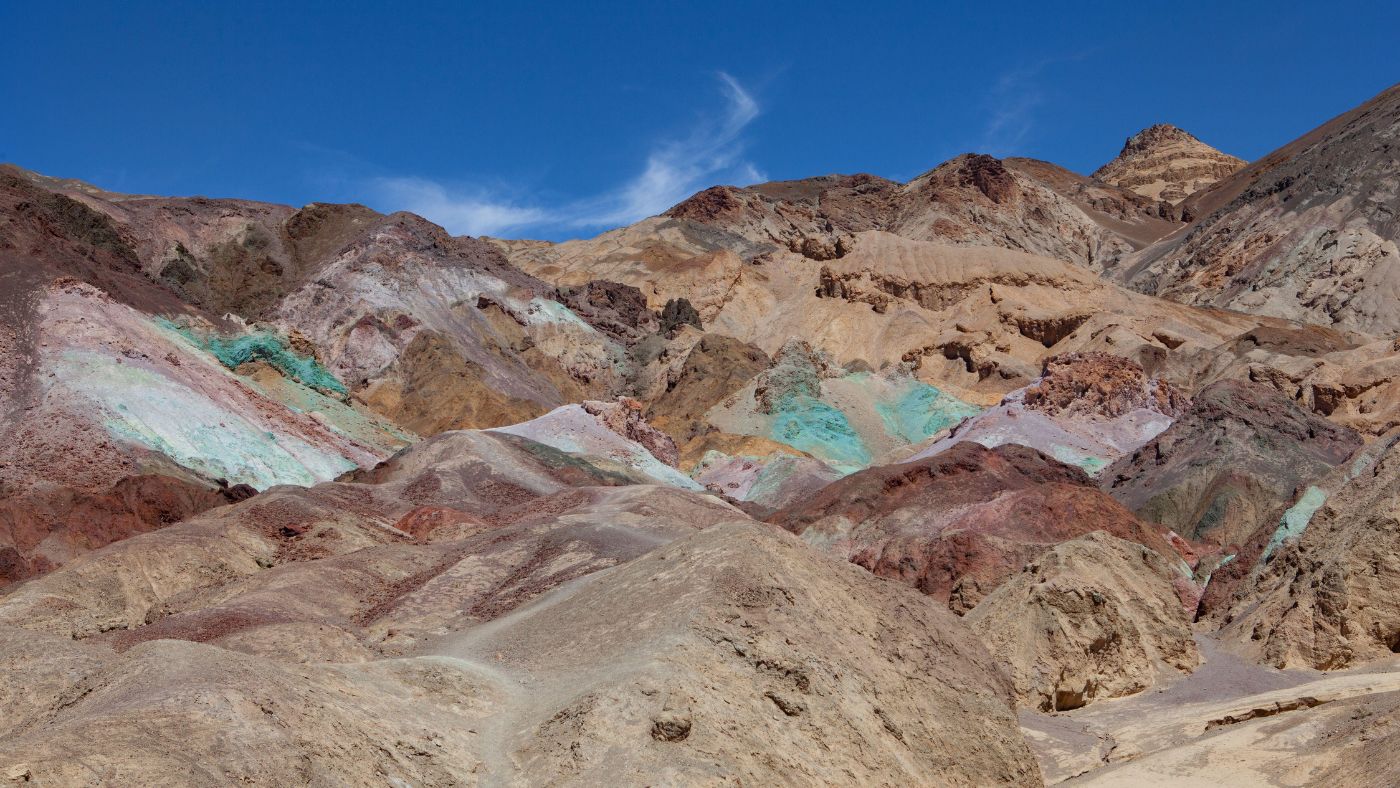
Death Valley and many of its landmarks (Desolation Canyon, Dante’s View, Badwater Basin and so on) could hardly sound more forbidding. But this huge US national park is packed with sublime sights, says Elaine Glusac in The New York Times. Go outside the summer months (when it becomes a “blast furnace”), and either stay at the “palm-ringed” Inn at Death Valley, or hire a camper van in nearby Las Vegas. Many of the park’s most striking sights – including salt flats and sand dunes set against a backdrop of snow-capped peaks – lie in its southern half. You can hike through canyons that “channel deep into the rocky wilderness”, and take the road past Artist’s Palette, where volcanic mineral deposits “drench the hills in violet, pink, yellow and green”. And don’t miss the chance to watch the sunset at Zabriskie Point, a famous viewpoint “surrounded by lava-striped badlands”.
A brewery in Botswana

There can be few tastier ways to help with conservation in Botswana than a trip to the Okavango Craft Brewery, says Sue Watt in The Daily Telegraph. Located in Maun, the “sleepy” gateway town to the Okavango Delta, it arose from the work of a local NGO, Ecoexist, that aims to minimise the sometimes deadly encounters between elephants and farmers in the area. Farmers are encouraged to move their crops away from the animals’ migratory paths, and are given training in protecting their fields and increasing their yields – and the brewery sweetens the deal by buying up their surplus millet, with which all its beers are made. With names linked to the area and its inhabitants (such as Old Bull Stout, and the non-alcoholic Mock Charge), they’re remarkably good, and increasingly found at safari camps across the Okavango. okavangocraftbrewery.com
Harvest of riches on Chios
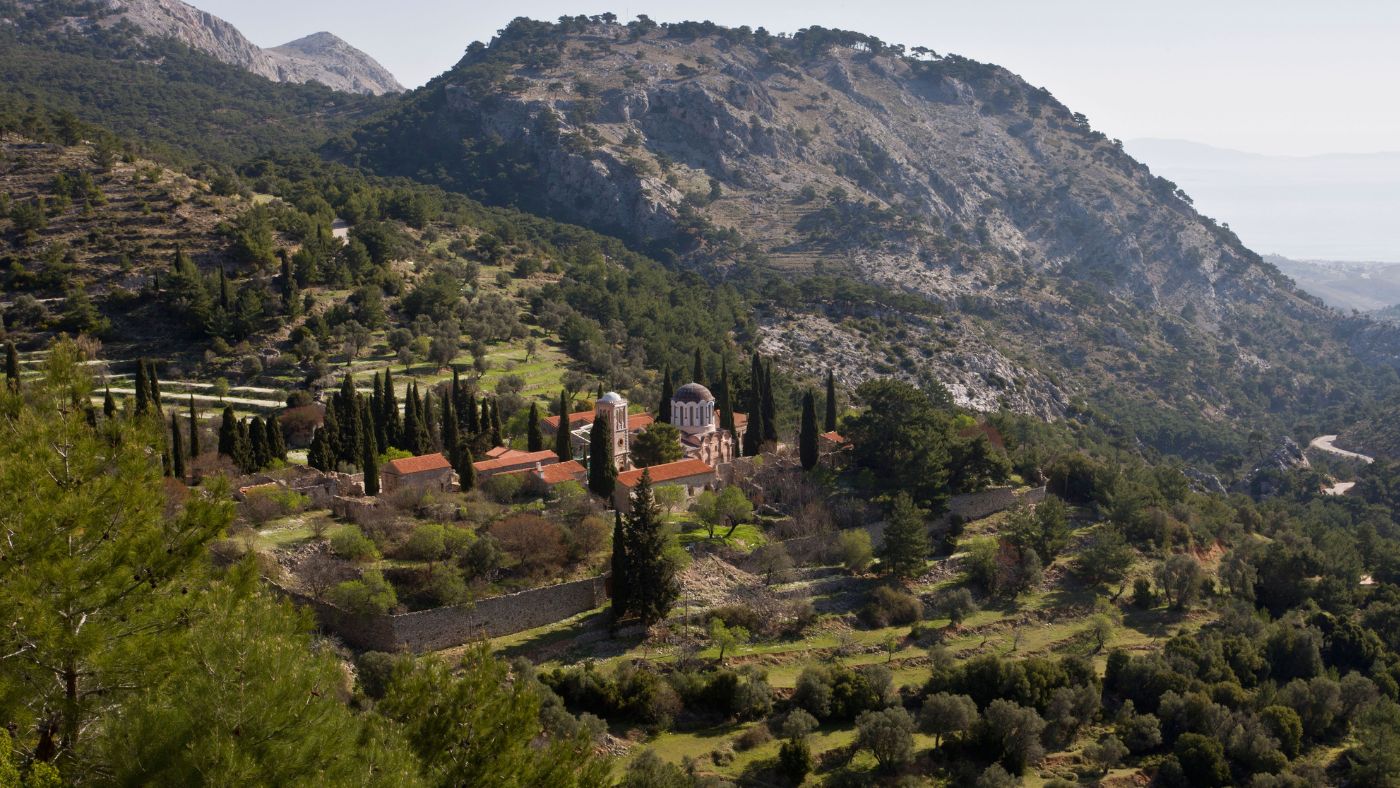
The fifth-largest of the Greek islands, Chios is “made for touring”, says Dana Facaros in National Geographic Traveller, thanks in part to its rich architectural heritage. Central to its history and its modern economy are the gum mastic trees that thrive on its southern hills, producing a resin that has been prized since antiquity for its medicinal properties and unique flavour. Among the fortified villages built to protect the harvest, two – Mesta and Pyrgi – are particularly “spectacular”, and the recently opened Chios Mastic Museum is excellent. The town of Kambos is also lovely, with its stone mansions, many built by the island’s medieval rulers, the Genoese. And the 11th century monastery of Nea Moni – a Unesco World Heritage Site – houses some of the finest mosaics of the Middle Byzantine period, otherwise known as the Macedonian Renaissance.
Dominica: a wild Caribbean island
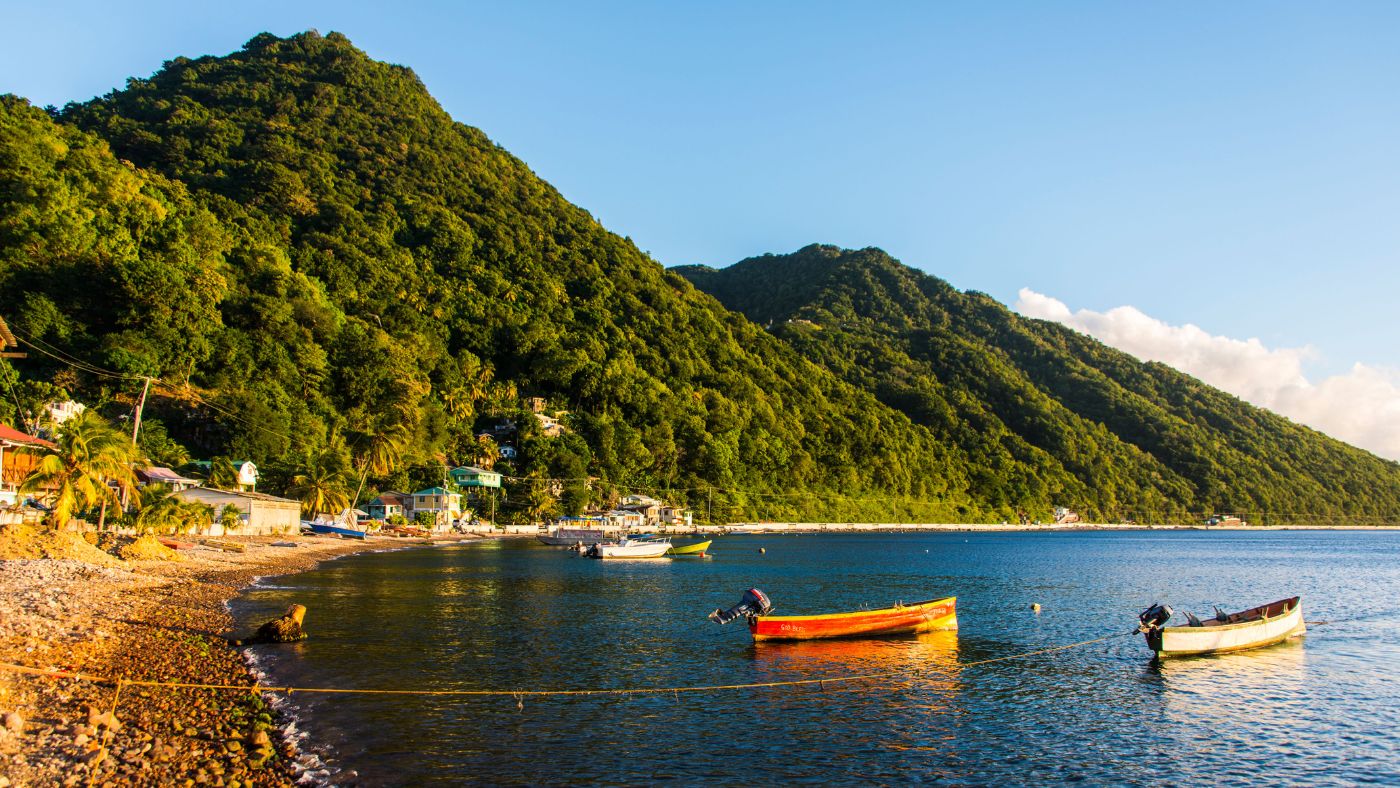
With its “exuberantly beautiful” rainforest, towering mountains and natural hot springs, Dominica is the wildest and most rugged of all the Caribbean’s small islands, says Chris Haslam in The Sunday Times. There’s fabulous (if tough and often muddy) hiking to enjoy, especially on the Waitukubuli Trail, a 14-section, 115-mile path that crosses the island. Alternatively, take to the waves with local guide Wes Moses, who has recently launched the Waitukubuli Sea Trail, a seven-day, 40-mile kayaking adventure along the leeward coast, where the diving is also superb, with accommodation in guesthouses along the way. For a luxurious stay, check in at Secret Bay. This resort’s huge clifftop villas feel like “cloudforest-canopy” treehouses, so lush are their surroundings, and the volcanic island’s only white-sand beach lies a ten-minute swim away.
Accra's booming art scene

Ghana’s art scene is booming, says Ellen Himelfarb in National Geographic Traveller. You can see work by some of its brightest young stars in London, Paris and elsewhere – but there’s much more on display in the West African country’s own capital, Accra. Galleries have “multiplied and flourished” in the city since 2016, when the Lebanese émigré Marwan Zakhem opened its first major art venue, Gallery 1957. Among other indispensable stops are the artists’ collective Artemartis (where you might come across Accra’s “newest art darling”, Araba Opoku), the ADA Contemporary Art Gallery (conveniently located below the city’s first members’ club, Front/Back), and Noldor Artist Residency. The latter is located in the old township of Labadi, which is also home to the studios of “local superstar” Amoako Boafo, and Serge Attukwei Clottey, known for his “epic, multicoloured wall-hangings”.
The mixed appeal of Kalkan
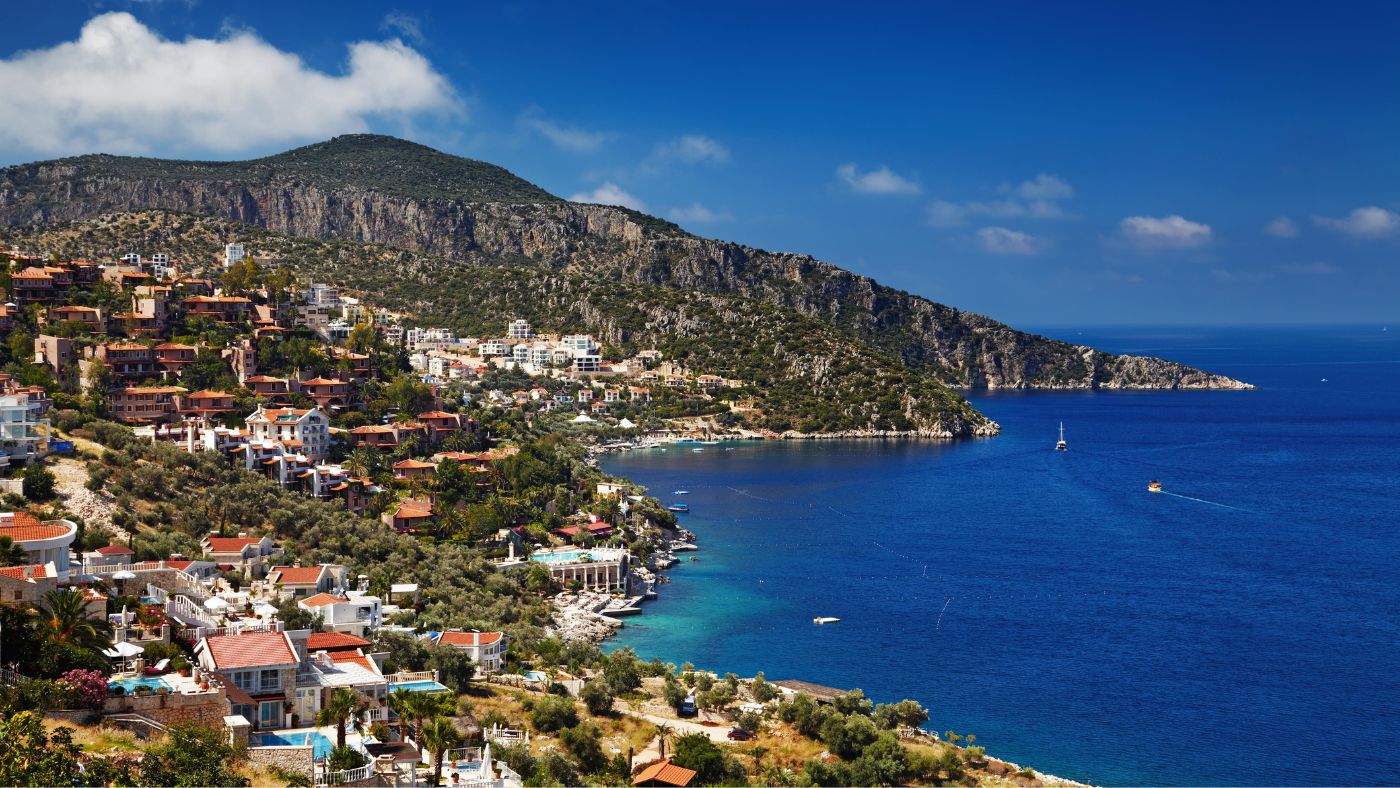
Not long ago, it was a “picture-perfect fishing village”, but Kalkan has “expanded exponentially” in recent years. The surrounding hillsides are now crowded with villas, and parking is a “nightmare”; and yet this Turkish resort hasn’t lost its “magic”, says Annabelle Thorpe in The Times. Its public beach has grown “longer and prettier”, and it now has pleasant beach clubs too, as well as hundreds of restaurants, and “glamorous” nightlife spots. The nearby beach of Kaputas is “stunning”, but often crowded. Head instead for Patara, where Roman ruins sit beside an unspoilt, 22km stretch of sand with nothing but a “ramshackle” beach bar to disturb the peace. And visit the villages set amid “spectacular” forested peaks behind the town, including Bezirgan, where brunch in the flower-filled garden of Sahika Bahce is a delight.
Shrewsbury’s starring role
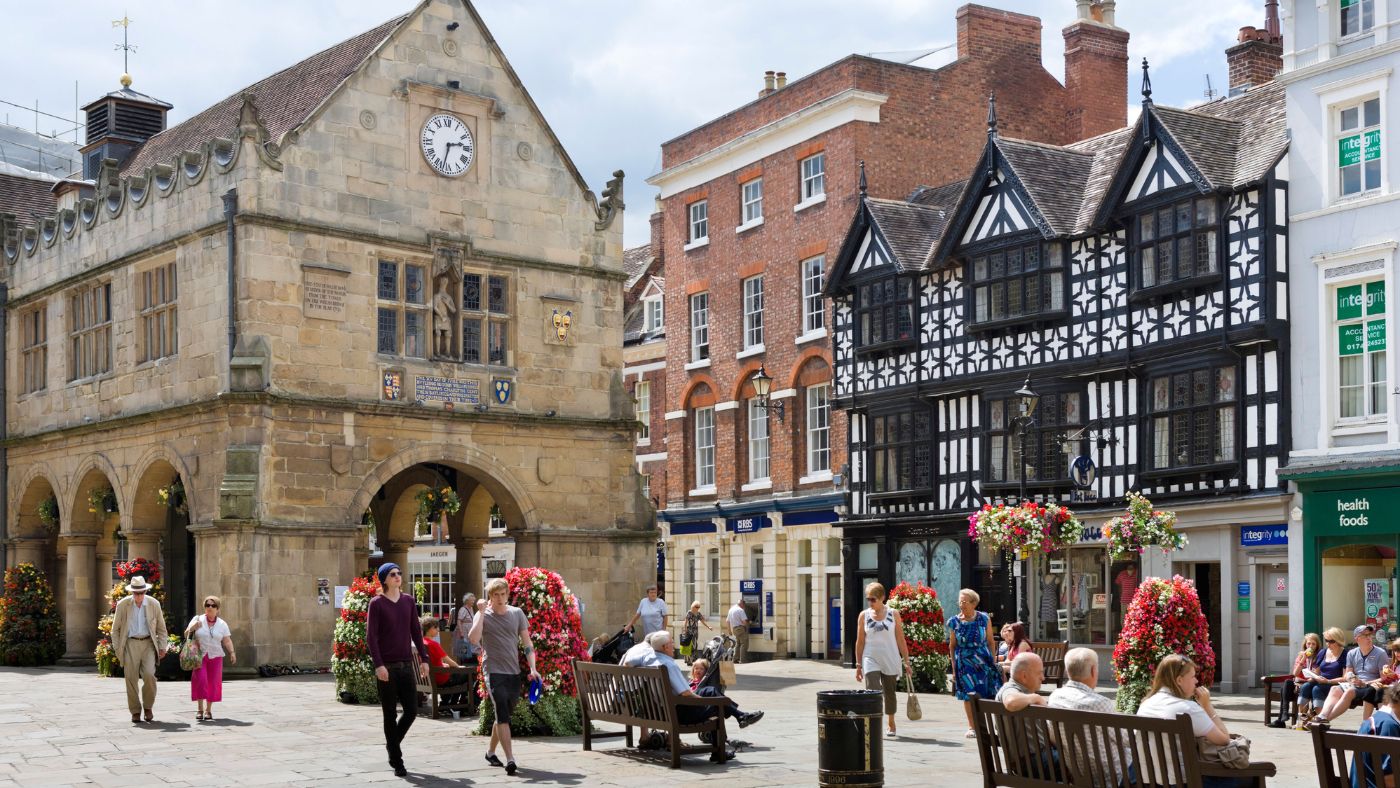
It is one of the UK’s most splendid historic towns, but Shrewsbury sees far fewer visitors than it deserves. Perhaps its role in the BBC’s new adaptation of Great Expectations will change that, says James Stewart in The Sunday Times. With its “fantastical” mix of historic architectural styles, Shropshire’s county town features in the six-part series as a worthy stand-in for Dickensian London. For tourists, its attractions include a handsome medieval castle (restored in the 18th century), an excellent food market, and Wyle Cop, a street that boasts the country’s longest uninterrupted stretch of independent shops. Stay if you can in the Town Walls Tower – a medieval watchtower recently opened as a holiday let by the National Trust – and visit nearby Attingham Park, a Georgian house whose grounds were landscaped by Humphry Repton.
Wine tasting in 'Sideways' territory
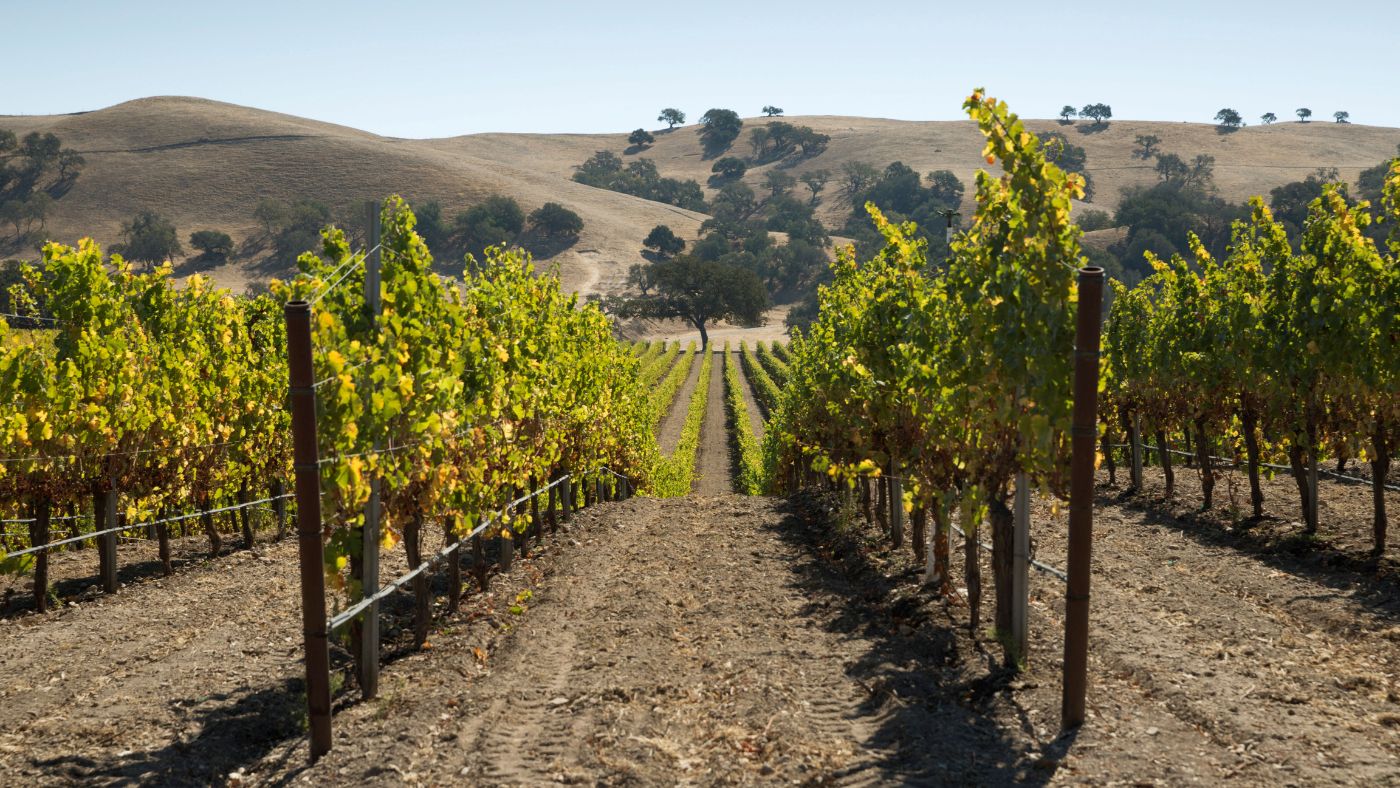
Perhaps best known as the setting of the hit film "Sideways", the Santa Ynez Valley is “one of California’s most intriguing wine regions”, said David Amsden in Condé Nast Traveller. Fifty years since its first vineyards were planted, it is still dominated by independent producers, and offers “the thrill of discovery” as well as “back-road charm” with its quirky small towns, lively tasting rooms and flourishing restaurant scene. Stay at Skyview or Hotel Ynez (both “chicly reimagined” motels), The Ballard Inn or the (“exquisite”) The Inn at Mattei’s Tavern. Good places to eat include the “French-inspired” Bell’s (recently awarded its first Michelin star) and Bar Le Côté, “arguably the hottest restaurant in the Valley these days”. Be sure to plan your itinerary in advance – some of the best vineyards offer visits, tastings and guided hikes by appointment only.
Seaside holidays on Bulgaria's Black Sea coast
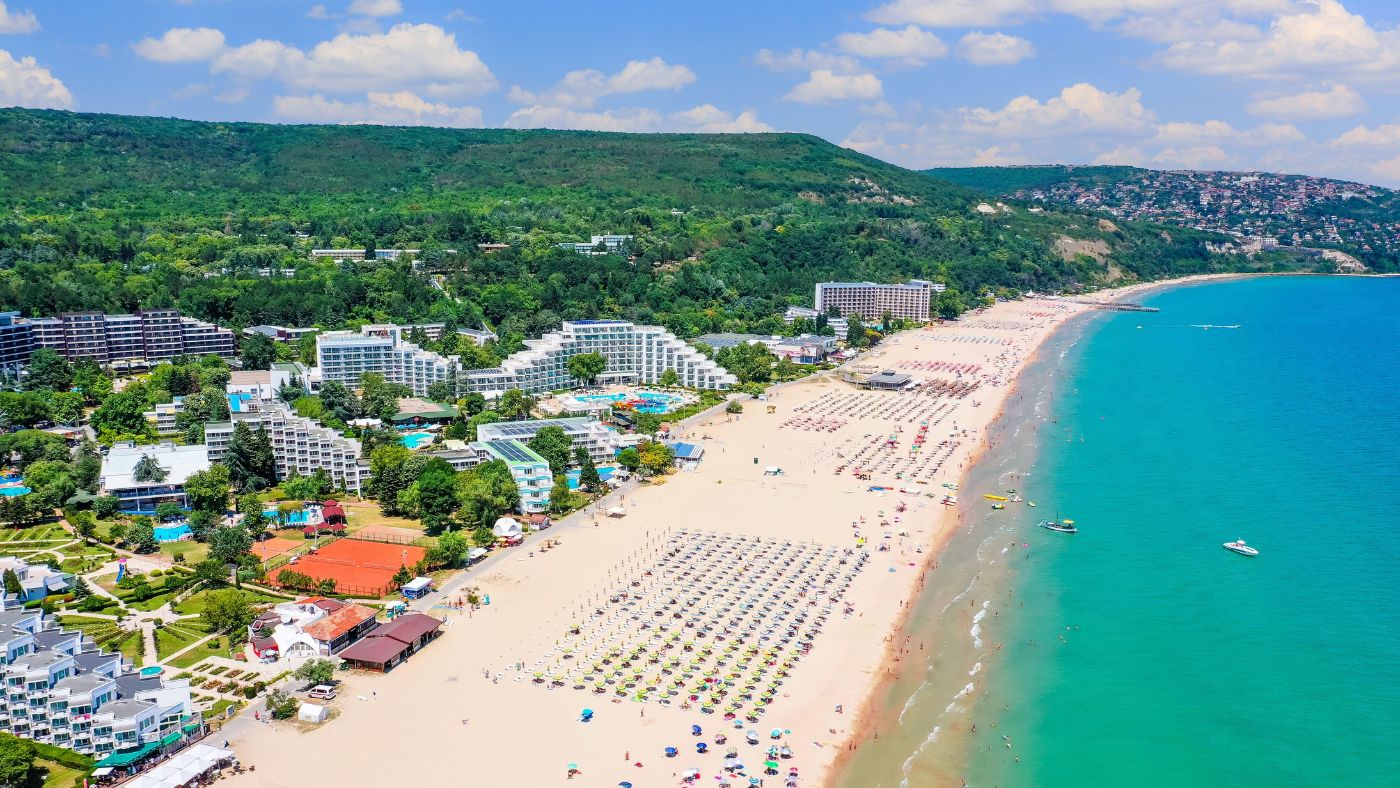
With dependable sunshine, pretty towns and “miles and miles” of golden sand, Bulgaria’s Black Sea coast is perfect for a family summer holiday, says Rudolf Abraham in The Sunday Telegraph. It’s much cheaper than the Med, and likely to be a bit cooler too. The resort town of Albena – purpose-built in the 1960s – makes for a relaxing base, with its gently sloping beach, forested surroundings and extensive facilities. There are wilder beaches nearby – including Bolata (in the Kaliakra Nature Reserve), and Tyulenovo, which has “breathtaking” cliffs. The neighbouring city of Varna has good restaurants, museums and archaeological sites, including Europe’s fourth-largest Roman baths. And – further afield – the fishing port of Sozopol, which is “crammed” with 19th century wooden houses, and the attractive town of Nessebar (known for its Byzantine churches) are also worth a visit.
Bear spotting in Finland
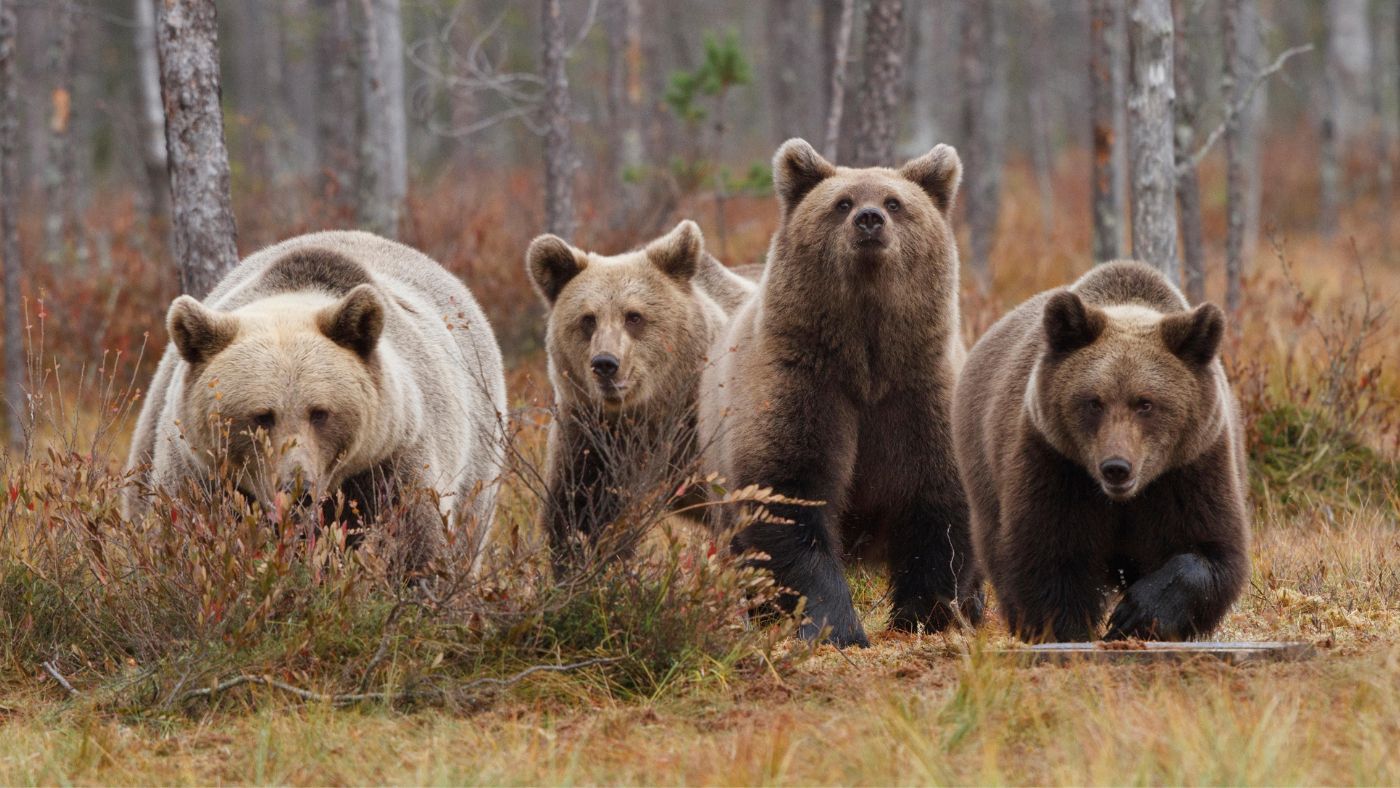
The forests of Finland are home to roughly 2,000 European brown bears, and there’s a smattering of hides from which you can watch them “eat, court and play”, says Phoebe Smith in The Guardian. Guests at the Bear Centre in Vartius – just over a mile from the Russian border – can safely wander along marked trails by day, looking out for birds including eagles, woodpeckers and multiple species of owl. By night, guides will lead them to their own individual hides, which vary from “very basic” to “luxurious”, with huge picture windows, kitchenettes and showers. Daylight hours are longest in June and July; August and September offer the best chance of seeing cubs; and October brings with it the possibility of early snow. Wolves and wolverines often put in an appearance too. See bearcentre.fi
Aruba: a Dutch island in the Caribbean
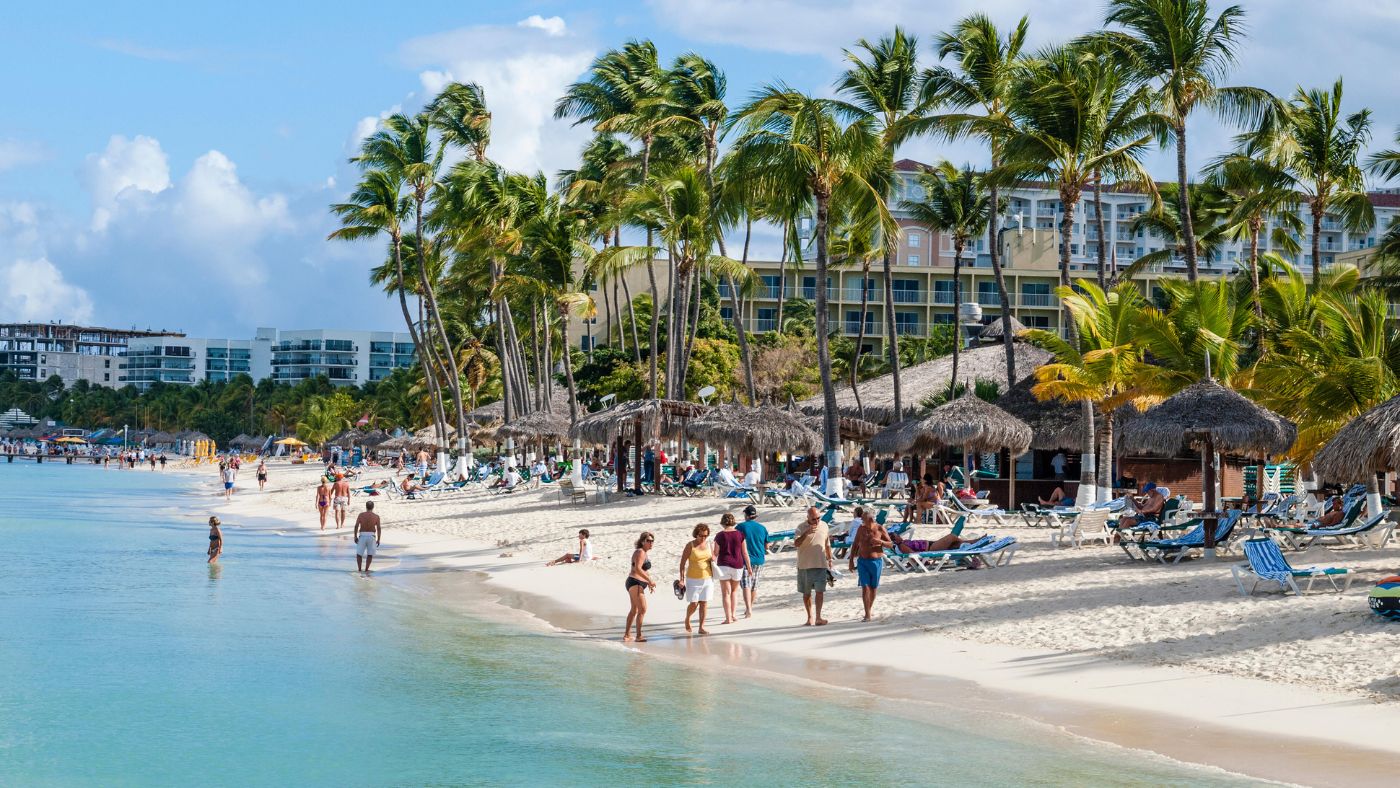
The Caribbean island of Aruba has long been popular with Dutch and American visitors, and now it looks set to see more British travellers too, with the launch of new British Airways flights from Gatwick – the first direct year-round service from the UK, says Claire Dodd in The Times. A largely autonomous part of the Kingdom of the Netherlands, like its neighbours Bonaire and Curaçao, it is located just 18 miles off the coast of Venezuela, but its climate is unusually arid for the region. Don’t let that put you off, however. The island has “all the powder-soft white-sand beaches (about 40, in fact), glittering translucent seas and swaying palms you could want”. And its culture is interesting, too, with a unique, Portuguese-based creole language – Papiamento – and a vibrant art scene, centred in its second city, San Nicolas.
A loop around Lake Michigan
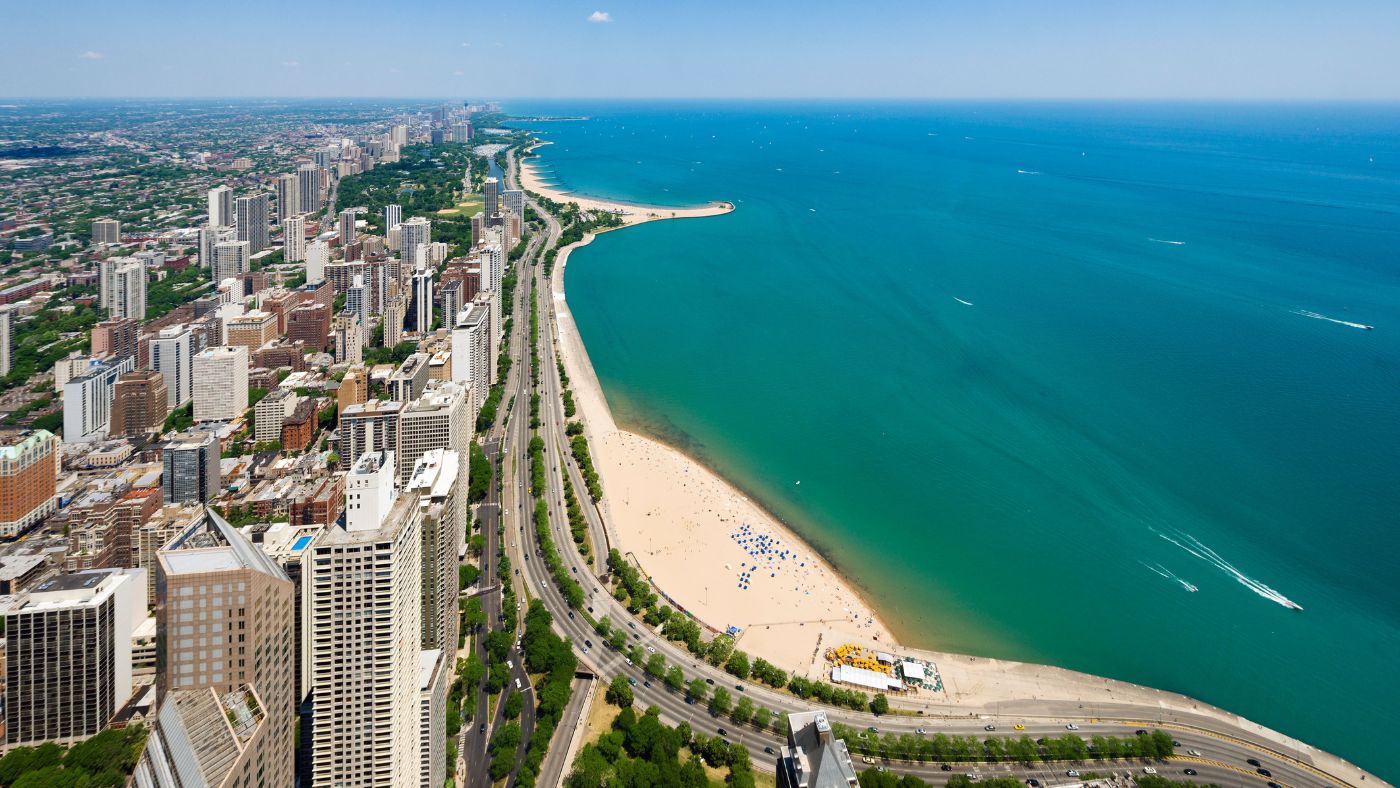
It isn’t one of the US’s most famous road trips, but the drive around Lake Michigan is among the most charming, says Chris Leadbeater in The Daily Telegraph, taking you deep into “a rustic America of orchards, sand dunes and small-town cheer”. You need two weeks to do the whole 900-mile loop at a leisurely pace, and more if you want to explore the cities along the way – notably Chicago and “underrated” Milwaukee. Plan to linger on Wisconsin’s bucolic Door Peninsula, and particularly in beautiful Whitefish Bay; relish the splendour of the Straits of Mackinac, where Lakes Michigan and Huron meet under a “classic” suspension bridge; and don’t rush your journey down the lake’s eastern shore, where the state of Michigan is at its most “genteel” in the likes of Traverse City and “elegant” Grand Haven.
Enticing Eastbourne
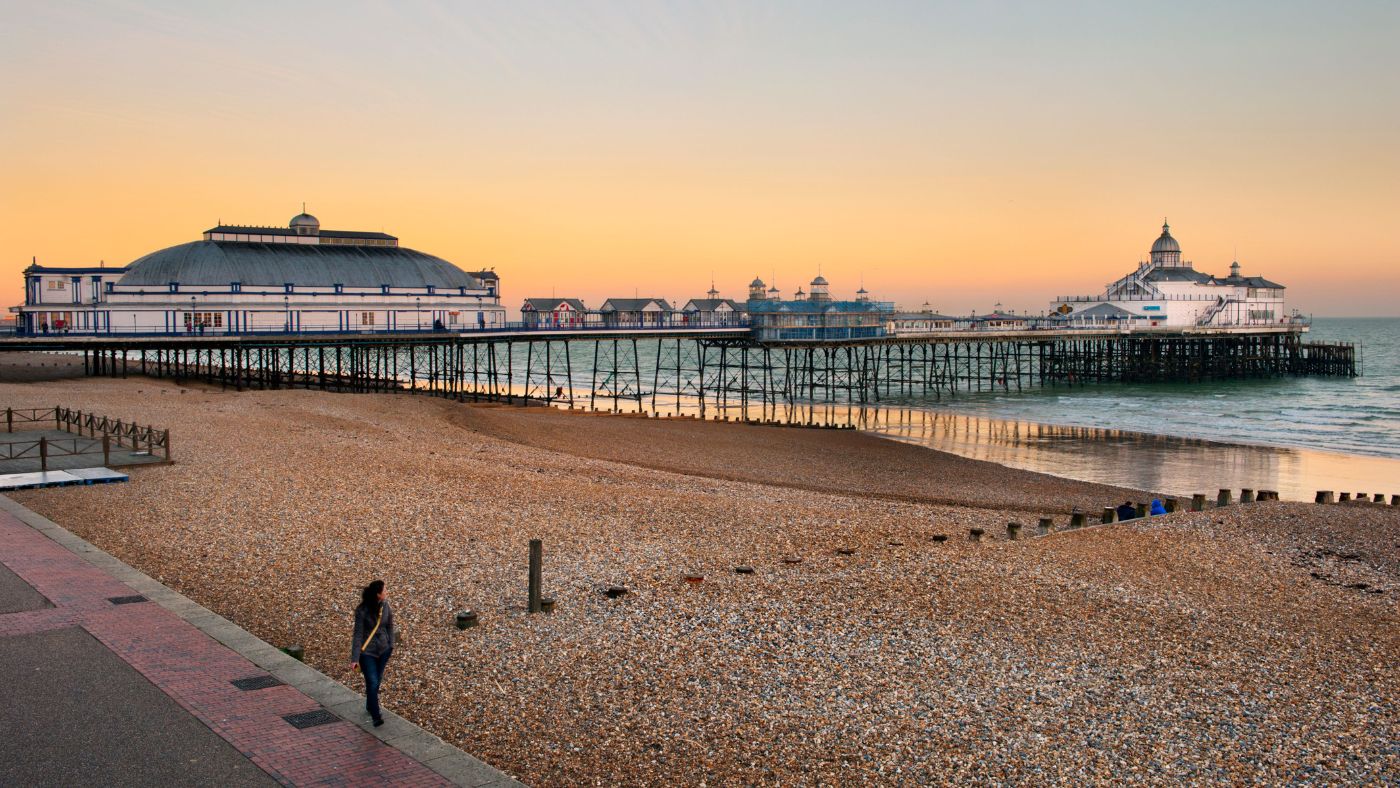
It has a sedate reputation, but Eastbourne has enjoyed something of a renaissance in recent years, making it “ever more enticing as a weekend escape”, says Lisa Johnson in The Sunday Times. Its “trump card” is the Towner gallery, decorated since 2019 with a “razzle-dazzle colour-block mural” by the German artist Lothar Götz. This year it celebrates its centenary with some “excellent” exhibitions, and hosts the Turner Prize from September. The neighbourhood of Little Chelsea is also worth a visit for its “chic” cafés (such as Skylark) and independent shops. Stay at the vast 19th century Grand Hotel, or at the Port, a newish boutique property with a “highly regarded” restaurant. And strike out on the South Downs Way, over the Seven Sisters cliffs, to beautiful Cuckmere Haven, where there’s another good hotel, Saltmarsh Farmhouse.
Fabulous bathing in Iceland
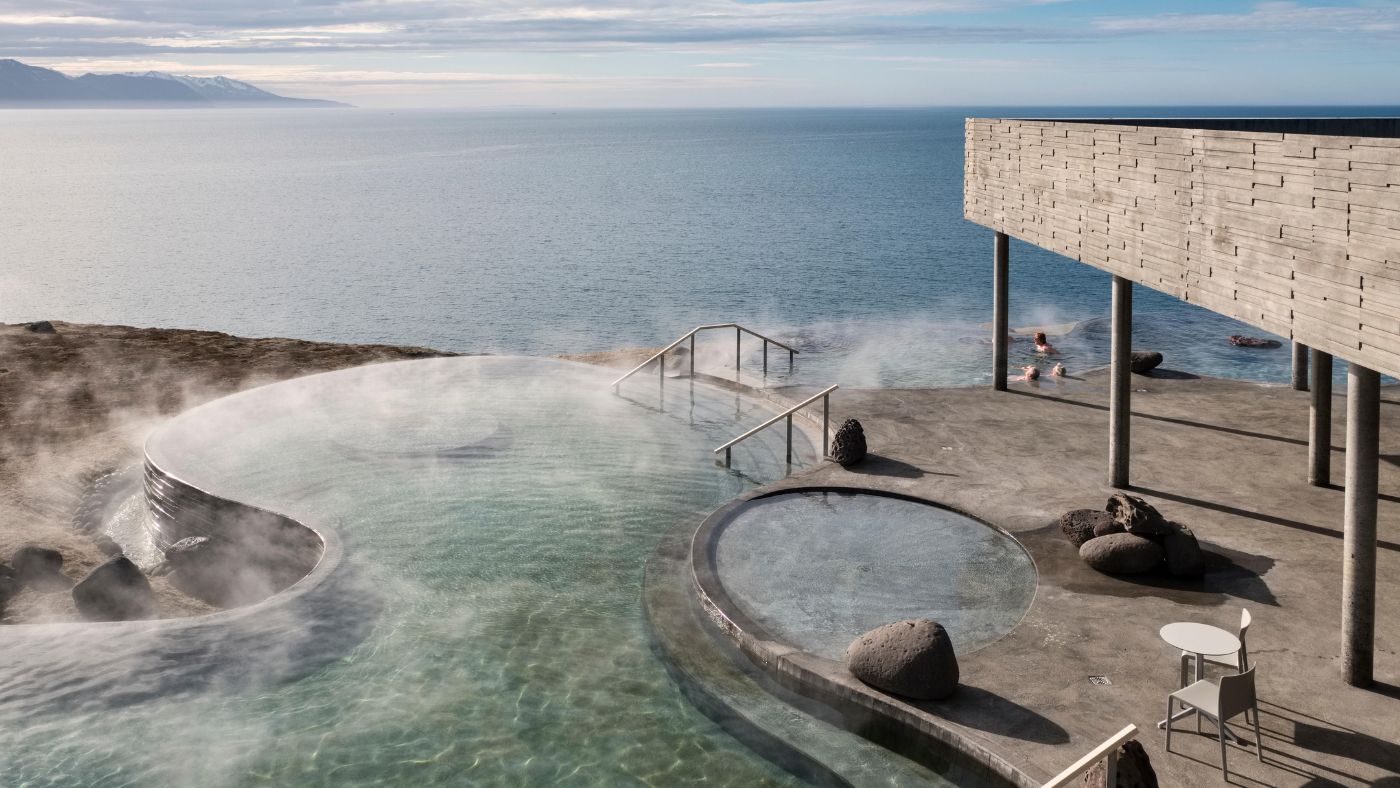
With countless natural springs and limitless geothermal energy, Iceland is a land of hot water, and bathing in it is “part of the culture”. Even the smallest villages have public hot tubs – but still more appealing are the “architect-designed” pools that have appeared across the country in recent years, says Toby Skinner in Condé Nast Traveller. Among the best is Geosea, in Húsavík: from its cliff-side infinity pools you might spot humpback whales in Skjálfandi Bay. Vök Baths has turf-roofed buildings, and six-sided pools that float in Lake Urridavatn, into the icy waters of which you can plunge between soakings. Forest Lagoon is like a “discreet glassy modernist home” set amid woods near the city of Akureyri. And most “splashy” is the “futuristic” Sky Lagoon, where the 75-metre infinity pool has “dramatic” views of Reykjavík – particularly pretty at night.
Culinary treats in Tel Aviv
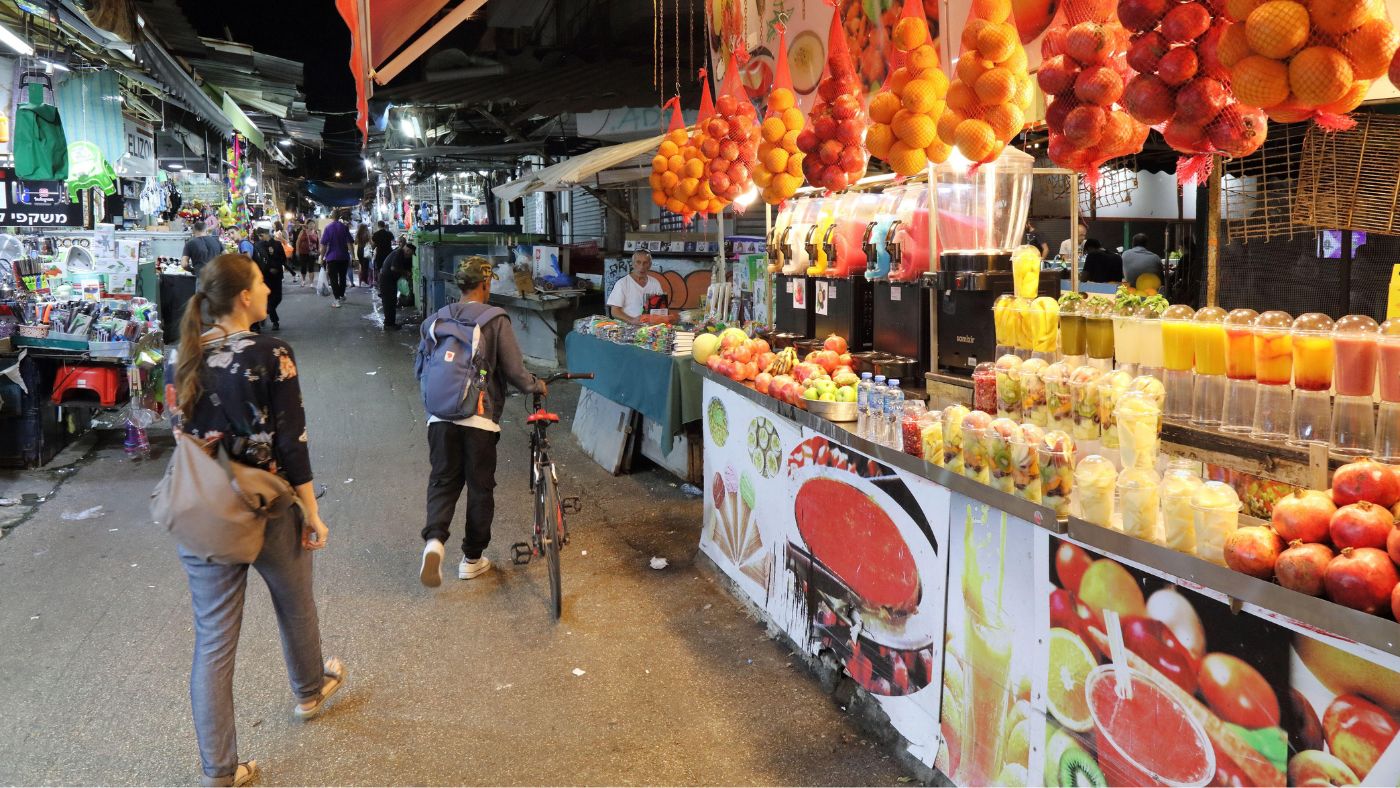
Thanks to the migrants it has welcomed from around the world since the 1920s, Tel Aviv is one of the world’s great food cities, says Oded Oren in National Geographic Traveller, with many eateries specialising in traditional styles of cooking you can’t find elsewhere. The “intoxicating scents” of Jewish-Yemenite food drift through the narrow streets of Kerem HaTeimanim, where tiny restaurants serve “hearty” dishes such as cow’s feet soup with lemon and hilbe (a fenugreek condiment). Around Levinsky Market, you can try Balkan treats including borekas (savoury pastries) and schmaltz herring. Eastern European spots nearby offer pork chops “smothered” in fresh garlic, as well as cholent, a stew of beef, legumes and eggs. And among the other highlights of any tour are the hummus joints of Jaffa, where there’s also fantastic seafood on offer.
Finding peace on Patmos
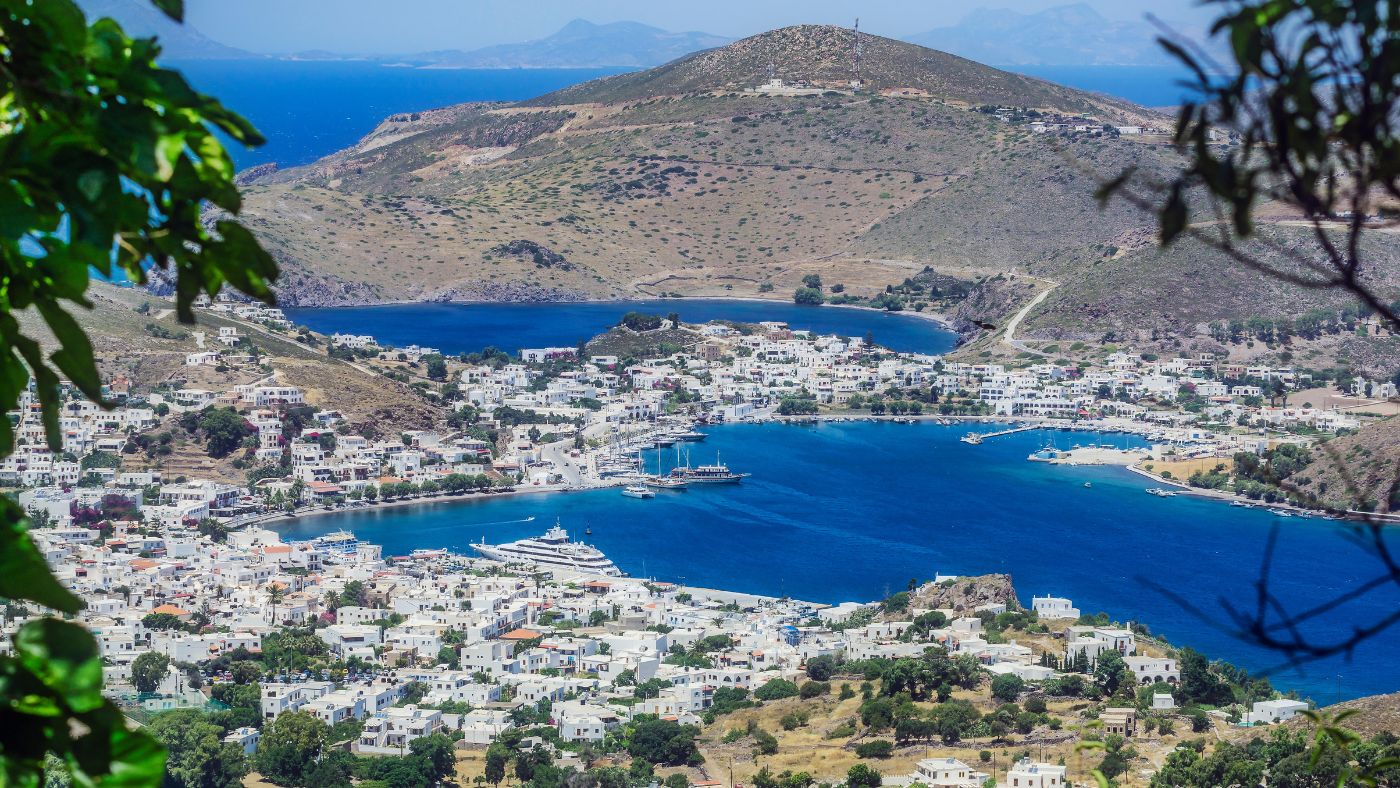
The Greek island of Patmos has long been a place of “spiritual solace”, says Rachel Howard in House & Garden. It was here, most likely, that Saint John “rattled off” the Book of Revelation, and in the 11th century a Byzantine emperor bequeathed the whole place to monks. These days, it’s a glamorous party spot in high season, popular with “aristocrats, interior designers, fashion editors and their muses”. But it has not been ruined by development, and in spring or autumn it is very peaceful. Stay at Pagostas, a small guesthouse with “spare but richly textured” interiors, in the island’s labyrinthine old town. Strike out on “long walks to remote hermitages”, or for “rousing dips in empty coves”. See pagostas.com and walkinginpatmos.com
Living it up in Porto

“If you can’t feel pleased with your lot in Porto, then something’s amiss,” says Nick Hammond in The Daily Telegraph. Portugal’s second city is a “heady delight” of fabulous wines, great food, churches, towers and townhouses “stacked high” above the Douro River. A brief epicurean break there should naturally involve plenty of port, the fortified wine to which the city gave its name. Cockburn’s and Graham’s are among the venerable houses offering tours and tastings, and the latter’s restaurant, Vinum, can also be heartily recommended. For good seafood in “homely” surroundings, try O Gaveto in Matosinhos, and the “tiny, wonderful” Taberna dos Mercadores. And be sure to visit some of the nearby vineyards of the Douro Valley, such as the “Eden-like” Quinta do Vesúvio, and the Quinta do Bomfim, whose restaurant is overseen by the Michelin-starred chef Pedro Lemos.
-
 How weight-loss jabs are changing the way we eat
How weight-loss jabs are changing the way we eatIn The Spotlight Anti-obesity drugs have been a boon for Babybel but are supermarkets ready for a slimmed-down Christmas?
-
 Sudoku hard: December 18, 2025
Sudoku hard: December 18, 2025The daily hard sudoku puzzle from The Week
-
 Crossword: December 18, 2025
Crossword: December 18, 2025The daily crossword from The Week
-
 Rob Reiner, wife dead in ‘apparent homicide’
Rob Reiner, wife dead in ‘apparent homicide’speed read The Reiners, found in their Los Angeles home, ‘had injuries consistent with being stabbed’
-
 10 upcoming albums to stream during the winter chill
10 upcoming albums to stream during the winter chillThe Week Recommends As the calendar turns to 2026, check out some new music from your favorite artists
-
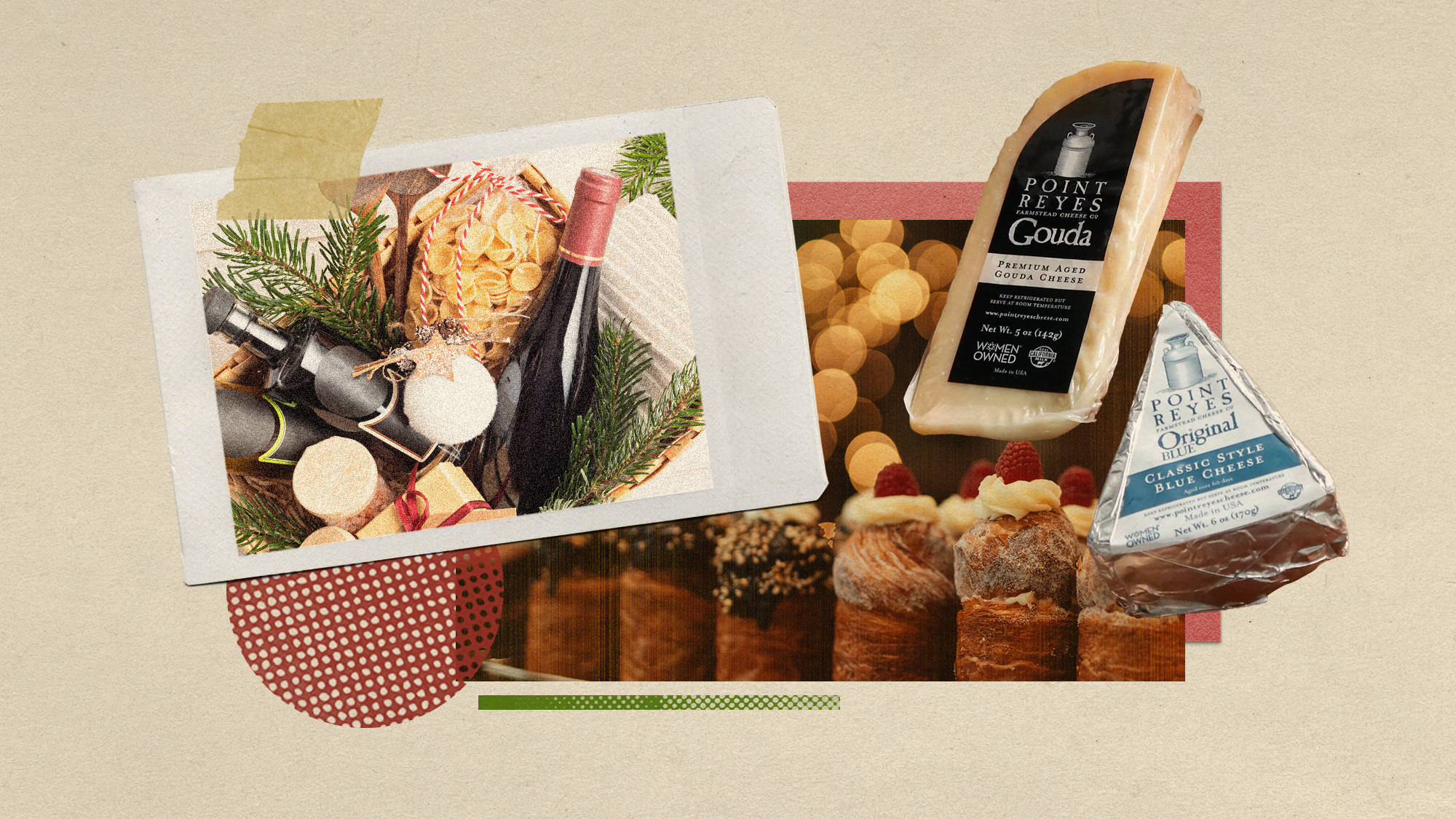 May your loved ones eat, drink and be merry with these 9 edible Christmas gifts
May your loved ones eat, drink and be merry with these 9 edible Christmas giftsThe Week Recommends Let them eat babka (and cheese and licorice)
-
 10 concert tours to see this winter
10 concert tours to see this winterThe Week Recommends Keep cozy this winter with a series of concerts from big-name artists
-
 Is Wicked: For Good defying expectations?
Is Wicked: For Good defying expectations?Talking Point Second half of hit musical film adaptation hamstrung by source material, but Cynthia Erivo and Jeff Goldblum are ‘sublime’
-
 Rosalía and the rise of nunmania
Rosalía and the rise of nunmaniaUnder The Radar It may just be a ‘seasonal spike’ but Spain is ‘enthralled’ with all things nun
-
 To the point: the gender divide over exclamation marks
To the point: the gender divide over exclamation marksTalking Point ‘Men harbouring urges to be more exclamative’ can finally take a breath – this is what using the punctuation really conveys
-
 Primatologist Jane Goodall dies at 91
Primatologist Jane Goodall dies at 91Speed Read She rose to fame following her groundbreaking field research with chimpanzees